34th BATTALION AIF
Regimental Company Quartermaster Sergeant: 1072 Herbert Harold BEVAN. MSM
Born: 27th May 1890. Lambton via Newcastle, New South Wales, Australia. Birth Cert:18119/1890 .
Married: 16th January 1924. Lismore, New South Wales, Australia. Marriage Cert:2569/1924.
Wife: Mabel Bevan. nee: Lawson. (1891-1982)
Died: 7th March 1981. Oatley, New South Wales, Australia. Death Cert:5373/1981.
Father: Thomas S Bevan. (1861-1941)
Mother: Jennet Bevan. nee: Davies. (1867-20/12/1953) Died at Sydney Sanatorium, Wahroonga, New South Wales, Australia.
INFORMATION
Herbert Harold Bevan enlisted with the AIF on the 17th January 1916 at Newcastle, New South Wales before being marched in the the Rutherford Army Camp at West Maitland.
The Newcastle Morning Herald and Miner's Advocate.
"Until the 10th of March, early training and formation of the Battalion was in progress. On that day the Battalion marched to the newly pitched camp at Rutherford and was completed with the exception of the Transport. These joined later and came from the Army Service Corps camp near Sydney. Here strenuous training was carried out. The men were very keen and fit, whilst their comfort and health were made a special study. Food was good and ample and sports and recreation were not overlooked".
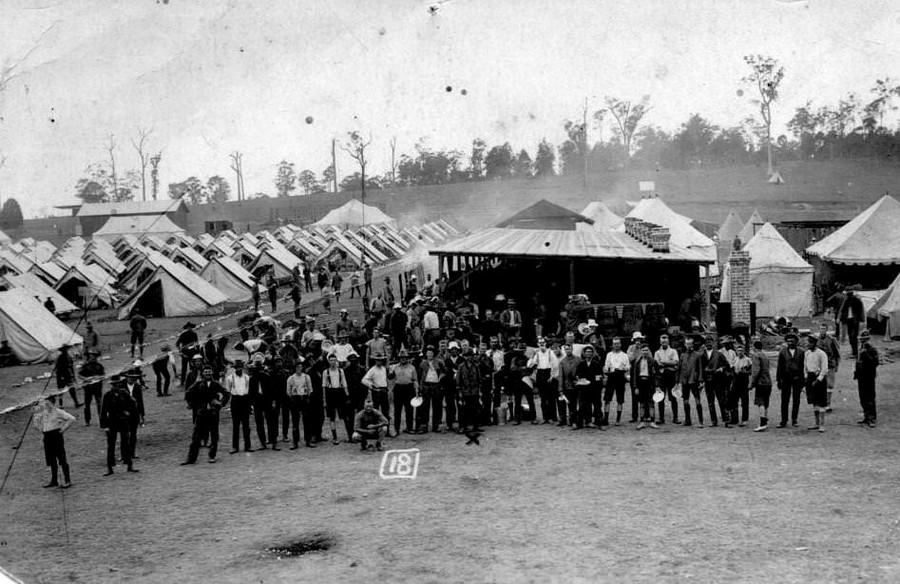
MAITLAND CAMP RUTHERFORD N.S.W. 1916.
A Girl's League was formed to cater for the comforts of the Battalion, under the supervision of Miss Violet MACKAY, who took a keen interest from the beginning, having, with the Mayor of Maitland met the men of the Wallaby March at East Greta and prepared dinner for them on their arrival.
New South Wales, Maitland.
30 April 1916.
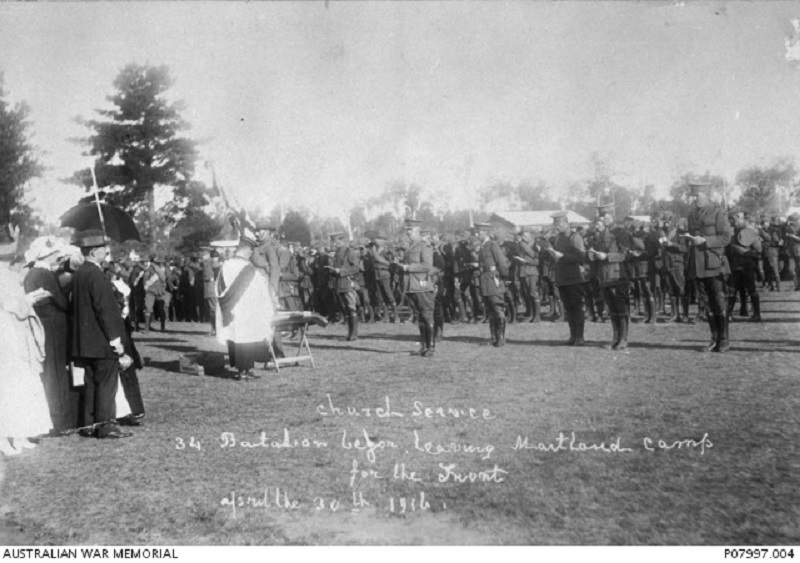
A church service held by the 34th Battalion before leaving Maitland camp to embark overseas. A Chaplain is conducting the service watched by some civilians. Credit : AWM.
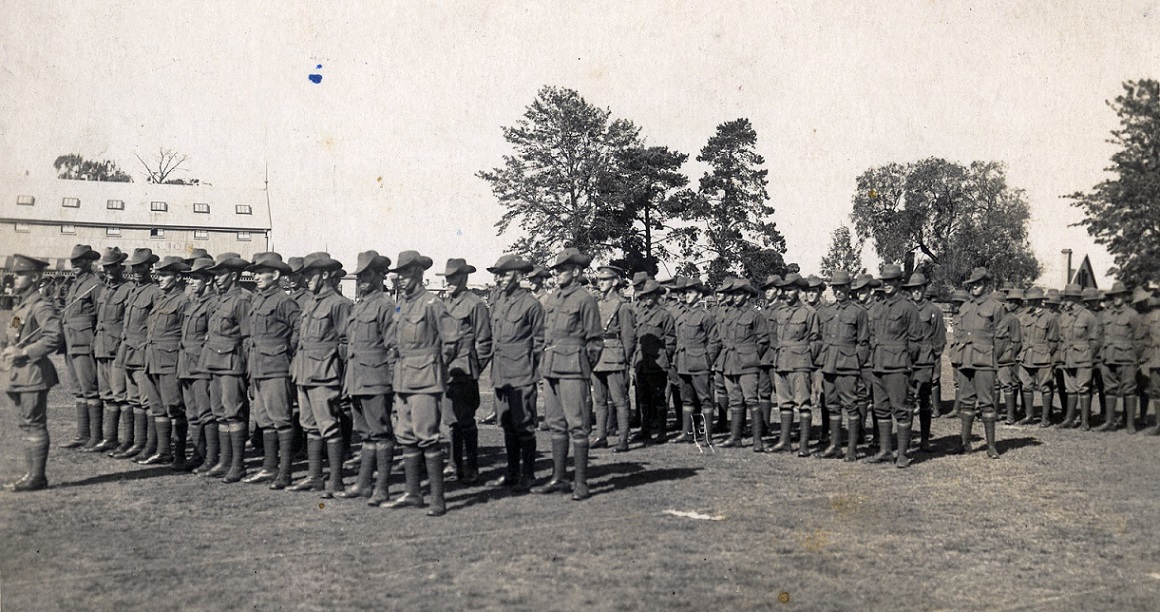
34th BATTALION AIF, MAITLAND SHOWGROUND prior to their departure
On 1st May 1916, the Battalion left by Train from Farley Station for the Showground in Sydney, equipped with kit bags and necessary clothing, and was reviewed in Moore Park by General: Gustave Mario RAMACCOTTI. On the following morning, 2nd May 1916 the men embarked on the transport HMAT A20 "HORORATA" and sailed at 4:00 pm".
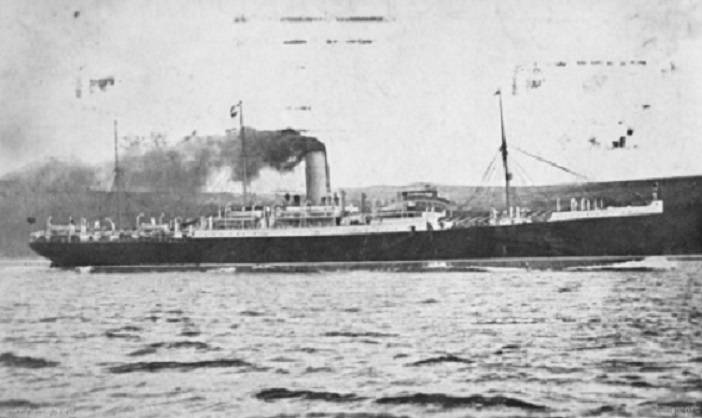
H.M.A.T. A20 "HORORATA
"The voyage to England was without any unusual incidents and a good passage throughout. The first port of call was Albany, where three days were spent. Columbo was reached on Empire Day, 24th May. Here two days were taken up coaling and taking on provisions, etc. During the stay the Battalion carried out a route march through the town. Suez was reached on 8th June, where a party of Light Horse and some details were disembarked. Arriving at Port Said on 9th, the ship coaled and proceeded to Alexandria which was reached on 11th June 1916."
Herbert disembarked at Alexandria and was admitted to Hospital on the 12th June 1916 and after his discharge he was transferred Tel El Kebir in Egypt on the 5th July 1916. Herbert embarked for England on board the Hospital Ship "Megantic" on the 6th August and upon his disembarkation he was marched in the the No: 1 Camp at the 9th Training Battalion at Lark Hill. Whilst in Camp Herbert was promoted to the Rank of Corporal on the 26th August 1916 and appointed as the Acting Regimental Quartermaster Sergeant.
The 34th Battalion left Lark hill on the 21st November and en trained at Amesbury for Southampton, embarking on the S.S "Arundel". The transport section left by S.S. "Princess Victoria". The Battalion arrived at Le Harve, France on the 22nd November 1916. Disembarkation commenced at 8:00 am and the Battalion marched to No;1 camp on the Hill, arriving at 2:00 pm. The men carried heavy loads, in some cases amounting to miniature Q.M.' Stores. The march over cobblestones was very tiring, notwithstanding the many route marches which had been carried out at Larkhill. However, after bathing their feet and receiving treatment, as well partaking of a good meal, some spent a comfortable night.
The following morning the Battalion moved to Le Harve Railway Station, leaving D Company behind. On arrival at the Station en training commenced at 8:00 am and the train left at 11:15 am. The journey was slow and occupied until 4:30 pm on the 24th. On arrival at Bailleul the men de trained and marched to Outtersteene. D Company arrived at 4:00 pm the following day. The Battalion rested here in billets for two days previous to taking over garrison duties in the Line at Armenties. The Commanding Officer Lieutenant Colonel. Malcolm St John LAMB. with the Adjutant, Company Commanders, N.C.O's and Specialists went into the Line to inspect Trenches, Stores, Plans and to arrange for the taking over this Section of the line on the following day.
The specialists and N.C.O's remained in the Line. On 27th November the Battalion went into the Line in the L'Epinette Sector. The men were taken up by motor lorries as far as the Square near Houplines Station, and marched via Butterne Avenue and Willow Walk to the Line, carrying their packs and blankets into the trenches. Lewis Gun ammunition was taken into the Line with the tin cases. The going was difficult owing to the conditions of the Trenches and the heavy and bulky loads. Later the blankets were dumped near Tussage Dump, from which most of them disappeared. This was the main incident of our relief in the Line.
Herbert was promoted to Regimental Quartermaster Sergeant (Warrant Officer Class II) on the 22nd January 1917 in the field.
6th June 1917.
BATTLE OF MESSINES
At 10 pm on the 6th June 1917, the Battalion left its billets fully equipped for the assembly Trenches. The order of march being "D", "A", "C" and "B" Companies. All went well until just before reaching Gunners Farm, where the enemy was putting a number of Gas Shells over and Masks had to be put on. Ploegsteert Wood and the back area were receiving particular attention. All Companies were greatly delayed of the amount of Gas in the Wood, which resulted in a number of men being gassed on the way up and many others were completely exhausted. A number of men lost there way in the darkness and smoke. Many could not see at all and had to be led back by there comrades. I many cases it was the blind leading the blind. After a gruelling March, the first arrivals reached the Assembly Points 30 minutes before Zero Hour, while the last company arrived only 10 minutes before Zero.
On the 7th June, seven seconds before Zero Hour, which was 3.10 am, four Miles on our front were fired. There was a violent swaying as if an earthquake had taken place and the men in many instances were thrown together. The sky was brilliantly illuminated by the explosives and terrific Artillery fire, the sound of which could not be heard over the intense Machine Gun Barrage. The men left the Trenches immediately and there were a number of casualties on the parapet owing to the heavy enemy Barrage. The supports were also being shelled and the Reserve Company ("D") suffered considerable losses. The weather was hot and sultry and every one felt the tiring march.
The Battalion passed through the 35th Battalion in the vicinity of the enemy's original Front Line, near Ulsters Switch. The enemy fire had been very severe up to this point and many men were lying here. A halt in our Barrage gave the Company Commanders an opportunity of Checking their Compass Bearings, defining their limits, and getting into position for the next advance. At the left of the Barrage a fine assault in complete waves was made. The men gained their objective in fine style behind a perfect Barrage and commenced consolidating their position. The mopping up of the Trench System was soon accomplished and many of the enemy were killed in their Dugouts. By 5.30 am fair cover had been obtained on the Consolidation Line. At 6.30 am Enemy Machine Guns were located in a rebut in "Uncertain Trench" and heavy Artillery was brought to bear on them with good results. By 7.30 am the Black Line was down to two thirds of its depth and linking up by Companies and Platoons were in progress. The enemy was seen moving along "Uncertain Trench" and also reports were received from the 33rd Battalion that the enemy was massing 1,000 yards in front. Reports of enemy movement continued throughout the early part of the morning, but Artillery co-operation helped to disperse the tendency and during the day no organised counter attack was attempted.
At 8.30 am the Line was well dug along the Front and affording excellent protection for the men. By 9.30 am only one gap remained between "A" and "B" Companies in the full length of the consolidation of the "Black Line" to the River La Douve. The Trenches being now well down, widening and sandbagging were now in progress and at 11.30 am showed very plainly in an Arial Photo as a good defensive Trench. There were repeated enquiries for water from the Front Line. Carrying Parties were suffering heavy casualties and were completely knocked up with the long distance.
At 1.40 pm Captain: Arthur Sidney WHITLOCK with "D" Company advanced to the Green Line, without Artillery support, owing to an alteration in the Zero Hour not reaching him. At 2.45 pm he reported by Runner that, having waited 30 minutes and no Artillery Barrage as arranged have been put down, he had advanced to the Green Line and was consolidating. by 7.30 pm all Companies reported that their positions were well consolidated. Just before midnight Captain: Arthur Sidney WHITLOCK was killed between the Green and Black Lines, and Captain: Robert Joseph STEWART took command of "D" Company. Patrols under the Scout Officers were sent out during the night and encountered enemy Patrols which were dispersed. A number of enemy patrols were also killed by our Machine Gun and Lewis Gun fire earlier in the night. At 5.00 am on the 8th June an enemy Plane over, flying low and inspecting our new position.
Our casualties to date had been 8 Officers and 236 other ranks. Captain: Arthur Sidney WHITLOCK and Lieutenant: 584 Leslie William Roy WARNER K.I.A. Lieutenant's Lieutenant: William Walter MATTHEWS Lieutenant: Hector Reginald McLEOD, Lieutenant: Bruce Gray McKENZIE, Lieutenant: Benjamin Greenup BRODIE, Lieutenant: Thomas Clifton PITTAWAY and Lieutenant: Frederick Winn WALKER wounded.
During the morning the enemy put over a heavy Barrage of 7.7's and 4.5's. Captain: Robert Joseph STEWART sent a message by pigeon that our own Heavies were dropping a few Shells short and doing some damage to our own Trenches and causing a few casualties. Several messages were sent back but it was some time before the matter was rectified. At midday enemy Machine Gun Fire from the vicinity of Potterie Farm, about 300 yards from our Front, was very troublesome. At 4.00 pm our Artillery opened up a heavy bombardment which continued for four hours. This was replied to by the enemy at 8.30 pm and was particularly heavy north of La Douve. Ten minutes after this opened all communication lines were cut and messages were sent on the Power Buzzer. By 10.40 pm everything had become normal and the night was fairly quiet.
On 9th June 1917, Lieutenant: Clarence Smith JEFFRIES. with a Patrol of 50 Other Ranks left our Trenches at 4.00 pm with the object of reconnoitring Potterie Farm. This Patrol came under heavy Machine Gun fire and on returning reported the position was fairly strongly held. Lieutenant: Clarence Smith JEFFRIES. was wounded, 2 Other Ranks killed and 3 wounded.
Private: 192 Edward Rolfe "Robert" SPINKS. Killed in Action.
Private: 2640 Clive William QUINN. Killed in Action.
On the night of 12th June the Battalion moved out to Vauxhall Camp and here reinforced by reserve men from Morbecque. The whole operation had been most successful, in spite of the difficult approach March, caused by the wearing of Gas Masks and the darkness of the night. About 3.30 am an unusual occurrence happened when one of our Planes, flying low for observation, was struck by one of our Shells and was cut in halves. During the whole period rations were taken up as usual, the limbers and Carriers being constantly under heavy fire. Many brave deeds were performed and a number of Officers and men were recommended for decorations which were in many cases awarded later. Total casualties were 10 Officers and 399 Other Ranks.
On 14th June the Battalion moved to billets near Vieux Berquin for rest and training. The next day the Corps Commander, Lieutenant General: Sir Alexander John GODLEY inspected the Battalion at Doulieu. Captain: Charles Edwin Woodrow BEAN Australian War Correspondent, was also present. The following day General: Herbert Charles Onslow PLUMER, Army Commander, interviewed the Officers and addressed them. The weather was fine and the men had a good time bathing, writing letters and resting, while reorganization and training was carried out.
On the 21st June the Battalion moved back to Vauxhall Camp and the following day went into tents at Neuve Eglise and relieved 1st Wiltshire Regiment. Training, sports and other competitions were carried out. The weather was fine and enemy planes were very busy strafing our Observation Balloons and the Artillery on several occasions shelling Neuve Eglise. Whilst Here the DUKE of CONNAUGHT held an inspection at Bailleul, the Battalion being represented by Captain: Robert Joseph STEWART Company Sergeant Major: 225 Thomas Brown NORMAN. and 3 Other Ranks.
On 27th June a Sports Day was held and the enemy livened up the proceedings by setting fire to four of our balloons at the one time. During the evening the Cooee's gave a concert. At 9.00 pm the same evening the Battalion marched to the rear of Middle Farm and relieved the 36th Battalion in reserve. From here the Battalion supplied Working Parties during the night time. The enemy shelled continuously and there were a number of casualties. The Transport had a very difficult time taking up the Rations along the track which was being continuously shelled, especially in the gully near Railway Line.
On the 1st July about 4.30 am the Transport came under heavy shell fire and Sergeant: 1482 Timothy "Tim" Daniel MALONE who was in charge, called a halt for a time. When things appeared a little quieter he decided to make a dash for the Ration Dump. When about 300 yards from it a heavy shell struck the Transport, killing Sergeant: 1482 Timothy "Tim" Daniel MALONE and a store man and wounding three others. The Limber was upset into a hole and the Mules killed. The wounded having been taken back, the Rations were delivered to the Battalion, good work being done by Private: A J TAYLOR. The weather was fine but the ground was a mass of Shell Holes. Continual trouble was experienced in transporting Rations, as the enemy appeared to have good observation and always seemed to open fire on any movement. Carrying Parties had long trips to make and heavy loads to carry and were under constant Shell fire. Tracks were charged but conditions did not improve and numerous casualties were sustained nightly. Lieutenant: Henry Cecil Llewellyn BENNETT. who had charge of the Carrying Parties, did good work under trying circumstances and by his coolness set the men a fine example.
On the night of 3rd July the Battalion relieved the 33rd Battalion at Middle Farm. Lieutenant: Harold Wydham LILJA joined here with a number of reinforcements. The enemy was raining Shells on this position, but it was very noticeable that a large representation were "duds", as many 15 in succession. The Battalion was relieved by the 36th Battalion on 6th July, and on 7th July during the afternoon Lieutenant General: Sir Alexander John GODLEY held a review at Hillside Camp. Captain: Robert Joseph STEWART and Captain: Herbert Henry PERCY were decorated with the Military Cross, While 1 Distinguished Conduct Medal and 11 Military Medals were presented to Other Ranks.
Captain: Herbert Henry PERCY Military Cross
Captain: Robert Joseph STEWART Military Cross
Lance Sergeant: 1070 Donald Francis BERMAN. Distinguished Conduct Medal.
Rain and Heavy Shelling made the conditions bad, but the weather cleared later and Air Fights became more Frequent, with sometimes as many as 30 enemy Planes in one formation. On 12th July the Battalion relieved the 44th Battalion in the Front Line. This was carried out with great difficulty owing to the heavy enemy Artillery Fire. On the night of 13th July the enemy opened up a heavy bombardment on our Front Line. Captain: Robert Joseph STEWART M.C "A" Coy, sent up the S.O.S. Signal and a good response was made by our Guns, but enemy movement followed. However, early in the morning many Bombs were thrown into "A" Company's Trenches from a Strong Point opposite "Gapaard Avenue".
The Trenches were very wet and muddy, with water in some places two feet deep. Ration Carriers had considerable difficulty in getting through. Duckboards were floating about in the Trenches. Rain continued to fall and conditions became worse, making the Trenches miniature canals. Heavy shelling was put over by the enemy, day and night, around "Gapaard" and "Wellington" Avenues, also "Owl" Trench, causing great damage to our Trenches.
Our 4.5 Howitzers put up a four hour Barrage to destroy three enemy Strong Points, which were causing trouble to "A" Company by throwing Bombs and small calibre "Minnies" into our Trenches, with resulting casualties. A Raid was planned for the night, but as the Howitzer Barrage failed to destroy the Strong Posts, Captain: Robert Joseph STEWART M.C sent a message asking that it be postponed. However at 9.15 pm. instructions were received from Brigade to go on with the enterprise. At 10 pm. Lieutenant: 777 George Edward HODGES. and 45 Other Ranks with two Lewis Guns attacked the Strong Posts. Immediately the party left the Trench they were met with a Barrage of Machine Gun Fire, Bombs and Grenades, from these points. The men pressed on with great determination until Cinema Road was reached.
Here enfilade Machine Gun Fire was brought to bear on them by the enemy who, it was discovered, were standing shoulder to shoulder under good cover waiting to attack. Lieutenant: 777 George Edward HODGES. successfully arranged the withdrawal of his Party under difficult circumstances. At 10:58 the enemy heavily bombarded our Front and support Lines and gave every indication of an immediate attack. Captain: Robert Joseph STEWART M.C fired the S.O.S. and the answering Barrage prevented the development of the attack. Our casualties in this operation were 2 killed and 10 wounded. the Stretcher Bearers did some good work under heavy fire and succeeded in bringing in our wounded.
Private: 917 Robert BROWN. Killed in Action 13th July 1917.
Private: 2333 William HUNT. Killed in Action 13th July 1917.
Private: 486 John Victor LODGE. Wounded in Action 13th July Died of Wounds 14th July 1917.
Private: 894 Alexander SNEDDON. Wounded in Action 13th July 1917.
The Battalion was relieved by the 36th Battalion on 17th July and moved to a position of support in "Huns Walk" and the Subsidiary Lines in from of Messines. During the process of the relief the enemy sent over a great quantity of Mustard Gas, which made the change over both difficult and most unpleasant. There were no serious casualties, but a number of men were slightly gassed. Shelling of this area continued during the night of 18th/19th July, with large quantities of both H.E. and Gas Shells. Also large formations of enemy Aircraft were constantly flying overhead.
Private: 1528 Edward BRYANT Killed in Action 17th July 1917.
From here Working Parties were supplied for the Front Line and Jumping Off Trenches. While holding this Sector, all "B" Company Cooks were killed. The Cook Houses were constantly under fire, as apparently the enemy was able to see the smoke issuing from them. Gapaard Avenue was also under constant Shell Fire, which caused many casualties. The whole of the Support area was under heavy fire from 5.9's and 4.2's also Gas Shells. "C" Company at Zareete was subjected to an intense Barrage for two hours and sustained a number of casualties. Owing to the continuous Shelling some of the men were beginning to suffer from Shell Shock.
On the night of the 23rd July the Battalion relieved the 36th Battalion in the Front Line Trenches, which were in a very bad state, from Staquart Farm to Bloumepuortbeck. It rained heavily most of the time, whilst the Shelling and Gas Barrages continued by night and day. On 26th July the Battalion moved back to "Huns Walk", where Working Parties were supplied for the Front Line. On 28th July the enemy put over a heavy Barrage from 10 p.m., along the whole of our Front and gave every appearance of a massed attack. The S.O.S. was called for and the Battalion stood in readiness for three hours, but the enemy did not follow up with an attack.
On 29th July the Battalion withdrew to Hillside Camp, near Waterloo Road. Heavy rain was still falling and making things generally unpleasant. The period of holding the Line at Messines was a very trying one. the enemy was in a good position and kept up a continual heavy bombardment of H.E. and Gas Shells. The Trenches, which were in very bad condition owing to the heavy rain, were under observation the whole time and special attention, by way of Shelling, was paid to the Cook Houses. The men were very tired after the strenuous period in the Trenches and were glad of a rest. While at Hillside Camp Working Parties were supplied and a general cleaning and refitting was carried out.
On 3rd August the Battalion marched out to billets at Bleue via Bailleul Road. The billets were comfortable in old farms, but the rain continued and the roads were mostly under water. On the 5th a Brigade Church Parade was held and General: William Riddell BIRDWOOD informally inspected the men. On the 6th August the Battalion marched to Aldershot Camp. Whilst here Working Parties were supplied to dig a Corps Line in front of Messines. This entailed a long march to and from work, mostly under Shell Fire.
The Battalion left Aldershot Camp on the 15th August and marched to Bailleul Station to en train for Wizernes. From here a lone march was carried out to Vaudringhem. this was a quite village and with its peaceful farms and green fields was a very pleasant change from the chaos of the Battle Area. The Billets were in old farm houses and the men trained with zest and Sports were held twice weekly. New formations were practiced and everyone was made ready and fit to again meet the enemy and defeat him.
Herbert was granted leave to Paris from the 23rd August until the 3rd September 1917 after spending many months in the lines supplying stores and ammunition to the lines.
12th October 1917
THE BATTLE OF PASSCHENDAELE I
At 1:30 am rain showers began. By 2:30 am it was raining lightly but steadily, by 3:30 fairly heavily. the infantry moved through the pitch dark in single file. In some battalions each man held on to the equipment of the man ahead of him; if touch was broken, those in front had to come back. The news that the line as reported by the 66th division was not held only just reached the incoming troops. Accordingly, in the right brigade (9th) the leading Company Commanders Captain: Clarence Smith JEFFRIES. V.C. and Captain: Telford Graham GILDER M.C. both of the 34th Battalion stopped their men at the entrance to Broodseinde railway cutting, and themselves went to make sure that their column might not run into the enemy.
At Keerselaarhoek Cemetery they found the tape duly laid, and met the officer of the 36th Battalion who had laid it, and by 3:00 am the time set, the 34th battalion was extended on its jumping-off position. But during the previous halt and afterwards, as it lay on the tape, the battalion was persistently shelled and suffered many casualties.
The first shell killed three signallers. Lieutenant: Albert Leslie WATSON. a signal officer of the 34th Battalion, a brave and enterprising leader who also was at the head of the column was severely wounded and all his staff hit. After establishing a forward command post Lieutenant: Thomas Fraser BRUCE 36th Battalion was also killed. Lieutenant Colonel: John Alexander MILNE. 36th Battalion supervising the assembly was knocked down by a shell but continued to command. Captain, Chaplain: Charles MURPHY was also wounded.
(BEAN; History of World war 1 Vol IV p911) Charles Edwin Woodrow BEAN
Only one Australian Division, the 3rd, was wholly employed in the days offensive. but the division was to capture Passchendaele an in spite of the depressing conditions, it was eager to achieve the distinction of doing so. One unit carried the Australian flag, to be planted in Passchendaele, and although officers and men in general were not enthusiastic concerning such "stunts" the Commander-in-Chief had been informed, and had told General: MONASH that, when this flag was planted, the news would be immediately cabled to Australia.
Some keen spirits looked on the operation simply as a dash for Passchendaele. One young company commander of Monash's reserve battalion, the 33rd, in face of a strict prohibition, led on his company as soon as the barrage fell. Starting from a line 350 yards in rear of the general alignment, the 3rd Division was out of touch with its neighbours from the outset. The heavy shelling on the tapes had made orderly disposition there almost impossible, as German Machine-Guns, undisturbed by the barrage now opened immediately, no opportunity offered of restoring proper formation.
The 9th Brigade went forward in the utmost confusion and a terrible mix up as reported by Captain: Robert Derwent DIXON D.S.O 35th Battalion at 6:40 am and "Great Confusion" was the description given by Captain: Henry Vince CARR 35th Battalion. Even on the ridge, the mud was difficult, the hope, if there ever was one, of catching up before the quick barrage finished.
The 9th Infantry Brigade's intended direction lay not along the ridge and the Passchendeale road, but diagonally across them, and parallel to the railway, which most of the brigade could not see. As the jumping-off line was practically at right angles to the ridge, the brigade tendered to advance alone the heights. The Machine-Gun fire at the start came, on the 9th Brigade's right, from the ruined house near Defy Crossing; on its center from, "Hillside Farm"; and on its left from Augustus Wood.
The pillbox opposite the center was supported from the rear by a trench in which were Germans with Machine-Guns, and here occurred a delay which threatened to wreck to whole attack. it was not until an hour after the program time that these places were rushed by the neighbouring portion of the line under Captain: Henry Vince CARR and Captain: Robert Derwent DIXON. D.S.O of the 35th Battalion. The trench contained 35 Germans and 4 Machine-Guns. Part of the line was also held up by a pillbox close to Passchendaele road near the highest point of the ridge.
Here there was practically no shelter from attack, but Captain Clarence Smith JEFFRIES. V.C. of the 34th Battalion managed to organise a party, with Sergeant: 21 James BRUCE and another N.C.O Corporal: 2036 Vere Cummings STEVENSON and a dozen men, and outflanking it, charged the place from the rear, capturing 25 Germans and 2 Machine-Guns. These actions set free the advance. The pillbox captured by Captain Clarence Smith JEFFRIES. V.C. being not far short of the first objective, the 34th Battalion dug in there.
Great loss had been uncured; the 34th Battalion had only three officers left and there were wide gaps in the line. The right flank had swung far away from the railway, along which the 4th Division was attacking, but on the left Captain: Telford Graham GILDER M.C. of the 34th Battalion who had been wounded by a Machine-Gun bullet, but was carrying on found the 10th Brigade digging in slightly to his left under Captain: LATCHFORD, 38th Battalion, and fell back seventy yards to join it.
The Advance to the second objective was to begin at 8:25, the low clouds had opened, and fleecy cirrus with patches of blue were widening overhead and the sun had come out. The 9th Brigade had been so late in reaching the first objective that, while most of the 34th Battalion dug in, the 35th Battalion, allotted for the second phase, moved straight on. Standing on the Passchendaele road, Captain: Henry Vince CARR and Captain: Robert Derwent DIXON. D.S.O of the 35th Battalion endevoured to decide where the barrage then was; at first Carr thought it may be behind them, but finally decided that it was ahead.
The confusion at the start had split the brigade into mixed parties of all battalions and many of the 34th went on with the 35th, the main body of which, about 100 in all, now advanced along the south-eastern side of the ridge in order to catch the barrage. The hour was probably a little before that for the second advance. A German Machine-Gun in the gap between the brigade's right and the railway immediately opened with deadly effect.
Major: John Bruce BUCHANAN 36th Battalion, the senior forward officer was killed. At this critical juncture Captain: Clarence Smith JEFFRIES. V.C. of the 34th Battalion, again accompanied by Sergeant: 21 James BRUCE, led out a few men from the first objective and made for the gun. it was shooting in short bursts, and he was able to work up fairly close. Seizing a moment when it was firing to the north, he and his men rushed at it from the west. It was switched round, killing him, and sending his men to the ground.
But when its fire eased they worked round it, rushed the position, seized 25 Germans and 2 Machine-Guns. This gallant and effective action Captain: Clarence Smith JEFFRIES. V.C. was posthumously awarded the Victoria Cross for removing the chief danger to the advance along the crest, but as soon as the 35th Battalion crossed to the eastern side of the hill it became the target of a number of field and heavy guns which, from the hedges and other cover in various parts of the landscape, fired over open sights.
After passing a corpse on its right, the 35th Battalion settled down on what its officers took to be the second objective, although on the extreme right they were actually short of the first. Captain: Henry Vince CARR, now the senior officer on the spot, reported; 8:35. On objective, with about 100 Captain: Robert Derwent DIXON. DSO and three officers. Casualties 25 or 30 per cent. Captain: Henry Charles Dight CADELL M.C Lieutenant: Charles Teesdale MAIN Lieutenant: Keith Maitland DAY reported killed and Lieutenant: Frank HORNE Lieutenant: Christopher Kyffin MEARS Lieutenant: Charles John HENRY were wounded. Prisoners sent back 400-500. Contact on flanks uncertain, being heavily shelled.
Three posts were established under surviving officers, right Lieutenant: Norman Beade D'ARCY M.C centre Lieutenant: Joseph Francis ADAMS left Lieutenant: Harold Sydney WYNDHAM. In this brigade the battalion for the final objective was the 36th, and a report came along that it had gone through. Actually, it had advanced with the 35th, but, on the left, penetrated to the second objective, which bad been reconnoitered during the previous halt by the commander of the company Captain Robert Austin GOLDRICK. M.C.
He went up the road towards Passchendaele. The barrage, he said afterwards was no hindrance to him, although he left the line lying as close to it as possible "or where he thought it was." He was unable to detect the intensification of the barrage for the second phase, but led his men forward at the proper hour.
As no other battalion was there, he now established the line with its left on the road 600 yards from the church, about the point reached by the 66th Division's troops on October 9th. In front of the position Captain: Robert Austin GOLDRICK. M.C. and Lieutenant E.H FLEITER (39th Battalion) found hidden in a shell hole men of the 66th Division. One had a broken arm, the other trench-feet. They took the Australians at first for Germans. When reassured, "we knew the Australians would come," they said, 'We prayed hard."
From the direction of the church, which lay straight down the highway, no fire came. two Germans ran up the road and surrendered. South-east of the village, along the Moorslede road, were the Germans who seemed "very windy," and near the road two 5.9-inch howitzers began to blaze at the troops digging in.
The 9th Brigade had taken its second objective and the 10th its first, but the position of the officers in charge of these advanced lines was full of anxiety. On the eastern slope Captain: Henry Vince CARR 35th Battalion, the senior officer in this part of the 9th Brigade's front, could see the 4th Division somewhat ahead of its right, and by 10:55 he had discovered that the 36th was on the left, but farther left than the 10th Brigade was far behind on its first objective . The German Guns ahead were sniping with dreadful accuracy. Carr on the western slope, sent back for instructions: "what am I to do?"
Word of the true situation reached headquarters slowly. As on the 9th, the first news was all encouraging. General: MONASH in the Ypres ramparts heard shortly after 7 that both brigades were "well away"; but by 8:26 he had ample evidence that the first objective was taken. At 9:25 the intelligence officer examining prisoners (Lieutenant: Frederick Morley CUTLACK Official War Correspondent) reported having heard from the wounded men that the second objective had been reached.
At 10:28 headquarters was informed of a statement of a wounded man, that the 38th Battalion had gone through. A further report that Australians had been seen at Crest Farm although quickly contradicting but probably true nevertheless. Which confirmed Monash's impression that his division was succeeding. Concerning the New Zealand brigade on his left, however, there was no word until, at 10:50, there arrived the tragic information that the New Zealand Division was stopped by the enemy alone the entire front.
Monash has already heard at 9:55 that the 10th Brigade was held up by fire from Bellevue Spur. Believing that his division was still advancing, he asked that every gun that the New Zealand Division could spare should be turned upon that ridge to suppress the fire. Meanwhile, he would order the reserve (39th) battalion of the 10th Brigade to be ready to assist in holding the ground already won. The reserve battalion the (33rd) of the 9th Brigade he was still keeping back to assist in the capture of Passchendaele.
Shortly after noon news of the true situation arrived. Lieutenant Jackson of the 40th Battalion had established at Waterfields pillbox near the Ravebeek a forward report-centre from which a series of messages, admirably accurate, was flashed by lamp to the headquarters of Lieutenant Colonel Lord of the 40th Battalion. Thus Brigadier General McNicoll of the 10th Brigade was able to inform Monash of the precise position of Giblin's Line. He added that the situation was very serious and the casualties very heave. At the same time from the front line of the 9th Brigade arrived a pigeon message, sent by Captain: Richard GADD of the 36th Battalion.
We are on the Blue Line (second objective) with composite force all three battalions, both flanks in the air.
The New Zealand Division was to make a second attempt at 3:00 pm, and Monash was of the opinion that from the 9th Brigade, well forward on the ridge, patrols might still work northward around Crest Farm. His reserve, the 33rd Battalion (9th Brigade), was accordingly ordered to attempt this at 4:30 pm and the 10th Brigade's forward line being meanwhile reinforced by its own reserve, the 39th Battalion.
These orders went out, but none of them were fulfilled. The New Zealand Division had been defeated by obstacles which no hastily renewed bombardment could have overcome. no infantry in the world could have crossed the Ravebeek mud, penetrated the dense wire, and attacked the crowded pillboxes of Bellview with the assistance of a barrage which did not even screen the advance. No blame can attach to the artillery. Its commander, according to the New Zealand official history, had reported on the previous day that his guns might be unable to give efficient support.
This magnificent division, which lost nearly 3,000 men, had been held up in almost exactly the same position as the 49th three days before-the left brigade penetrating half-way to the first objective, the right stopped almost at the start. The Germans were reinforcing. The New Zealand battalion commanders knew that their men had no chance of succeeding by renewed attack, and the order was eventually cancelled.
As for the Australians, of the two battalions that MONASH had now ordered to participate, the 39th had already to a large extent been involved in the fighting, and the 33rd, endevouring to reach its position of readiness for outflanking Passchendaele, had suffered great loss. No less than 6 of its Officers were killed or mortally wounded. Captain: Wilfred Frank HINTON in command of the forward company, Lieutenant Leonard Rockley BROWNLOW Lieutenant: Thomas Acheson ARMSTRONG Lieutenant: Albert George KILPATRICK Lieutenant William REES-REYNOLDS and Lieutenant: Norman Francis GOBLE.
By the time Lieutenant Colonels Henderson DSO 39th Battalion and MORSHEAD attempted to carry Monash's orders, they found that the attacking force of both brigades was back almost at its starting point. What had happened was as follows.
Neither Major: GIBLIN near the Ravenbeek nor Captain: Henry Vince CARR on the ridge had received their messages sent several hours earlier. The 9th Brigade's line was still being battered by the German Guns. Captain: Richard GADD 36th Battalion, whose troops were being wiped out, informed Captain: Henry Vince CARR 35th Battalion that Lieutenant Colonel: John Alexander MILNE D.S.O 36th Battalion had now come forward to Hillside Farm. CARR accordingly sent Captain: Robert Derwent DIXON. D.S.O with GADD to explain to Milne the desperate nature of their situation. Milne said that he would try to get their troops relieved after dark, but till relieved they must hold on.
(BEAN; History of Word War 1 Vol IV page 921) Charles Edwin Woodrow BEAN
Meanwhile, however, the German artillery was annihilating some parts of their line. All leaders of Carr's three posts were out of action. Lieutenant: Joseph Francis ADAMS was Killed in Action and Lieutenant: Norman Beade D'ARCY M.C and Lieutenant: Harold Sydney WYNDHAM were wounded. Of the remaining officers of the 36th Battalion, Major: John Bruce BUCHANAN and Lieutenant: Fredrick William PUTNEY had been Killed in Action and Captain: Robert Austin GOLDRICK M.C wounded. Farther back Lieutenant: Sydney COOK had been Killed in Action and Lieutenant: William WAND and Lieutenant: Herbert Reginald MAILER were wounded.
At 3 o'clock rain began to fall steadily. at 3:15 pm Captain: Richard GADD 36th Battalion, thought agreeing with Captain: Henry Vince CARR 35th Battalion that to hold on meant annihilation, refused, in view of his Colonel's orders, to retire. Carr consented to wait while Gadd again sent word to Lieutenant Colonel: John Alexander MILNE D.S.O. Carr himself at 12: 30 had sent Captain Robert Derwent DIXON. D.S.O to the headquarters of the 35th Battalion at " Seine", from which no word had been received all day.
At 3:45 pm, no reply having come from Milne, and Dixon not having returned as he had been kept at 35th Battalion headquarters awaiting the arrival of an order from brigade headquarters concerning the projected operation by the reserve battalion, Gadd agreed to withdraw and Carr sent along the line a note: The 35th Battalion will retire.
When visiting Gadd, Carr had warned the troops of the probable order to withdraw, and he now saw that the left had already begun to retire. He told men whom he passed to get back as fast as they could to the 34th Battalion (which he believed to be on the first objective). Captain: William James GORDON M.C 36th Battalion, strongly dissatisfied with the order, went straight to Lieutenant Colonel: John Alexander MILNE D.S.O urged that the forward position was tenable, and with Milne and Major: John Martin HAWKEY M.C rushed out to stop the withdrawal. But it was too late.
The 34th was not, as Captain: Henry Vince Carr 35th Battalion, believed, on the first objective. The Commander of the line, Captain: John William RICHARDSON 34th Battalion, on hearing of the extreme weakness of the force at the second objective, had reinforced it. He and his only remaining officer's Lieutenant: James Clement BURGES Lieutenant: Bruce Gray McKENZIE Lieutenant: John Abbott LONGWORTH had all been Killed in Action while organising on the first objective, and the first objective now lay empty. The retiring troops, being without orders as to the position to be taken up, streamed back past Milne's headquarters.
All that Hawkey, Gordon, Gadd, and others could then do was to lead a fraction of them forward again to the first objective, where they remained during the night. Captain: Robert Derwent DIXON. D.S.O. with Captain: John Grieve PATERSON adjutant of the 35th, went up to organise the 35th there, but could find none of it's men. When eventually re-formed the remnant of the 35th was temporarily attached as a Company to the 33rd Battalion.
9th-12th October 1917 saw the 3rd Division, 9th and 10th Infantry Brigade in action during the Battle of Passchendaele, which saw massive losses and suffering in the Australian ranks. The casualties numbered 3,199 men in 24 hours during the height battle. The 34th Battalion lost every officer that day, either killed or wounded including their Medical Officer, Major: Gother Robert Carlisle CLARKE and some of his staff were killed while dressing the wounded. The spirit of some of the wounded is illustrated by the case of Corporal: 3170 Winsleigh Alexander MURRAY 35th Battalion, (formerly a Methodist Minister from Newcastle) gave up his place in a queue waiting for stretcher bearers and was never heard of again.
The Battle of Passchendaele saw 60 Officers and 1,322 other ranks loose their lives.
9th Infantry Brigade Casualties.
| 33rd Battalion. AIF | 11 Officers | 273 Other ranks |
| 34th Battalion. AIF | 15 Officers | 323 Other ranks |
| 35th Battalion. AIF | 18 Officers | 296 Other ranks |
| 36th Battalion. AIF | 15 Officers | 383 Other ranks |
| 9th Machine Gun Company. AIF | 1 Officer | 36 Other ranks |
| 9th Light Trench Mortar Battery. | - Officer | 11 Other ranks |
18th September 1918.
MERITORIOUS SERVICE MEDAL
Regimental Quartermaster Sergeant (W.O. Class II) Herbert Harold BEVAN. 34th Battalion AIF. "This N.C.O. in the capacity of Regimental Quartermaster Sergeant has consistently displayed the greatest energy and enthusiasm for 2 years under varying conditions and difficulties, this N.C.O. has conducted his department with unfailing success and the result of his conscientiousness had been reflected by the health and well being of the men throughout the Battalion.
Herbert was granted leave to Italy from the 18th September until the 7th October 1918 and re joined the 34th in the field.
11th November 1918.
ARMISTICE SIGNED
We could now tell by the news in the papers that the war was practically over although we (The Third Division) was told to hold ourselves in readiness to proceed to the line again the 1st, 4th, and 5th Australian Divisions being already on their way back to the line. On Monday 11th November 1918 (the day the Armistice was signed) we marched to Alleray for a hot steam bath and on passing through Airaides found all the houses decorated with tri colours and the church bells pealing and the Frenchies running about like madmen. We wondered what was wrong and halted in the main street for a rest. The Captain then told us (he had interviewed the Mayor who had received a telegram saying that the Armistice was to be signed) that the Armistice was to be signed at 11 a.m. that morning it was then about 10 a.m. We gave three cheers and could scarcely realize that the war was over. When we arrived back at Warlus the news had already reached there and the town was decorated &c. Next day we had a holiday from drill to celebrate Peace. The bells of the old French church chimed day and night for several days. Most of us attended the Victory Mass at the Roman Catholic Church and we also had a great Thanksgiving service out on the parade ground. Some of the men broke camp and went to the neighbouring cities and some got as far as Paris. Many were "pinched" and put in clink (gaol) as they had no leave passes others were caught and sent back to the Battalion.
Herbert was again granted leave in Paris from the 4th March until the 17th March 1919 and was with the 34th Quota on the 15th April and returned to England before embarking for Australia on the 12th June 1919 on board the "Themistocles" and disembarked in Australia on the 11th August and was discharged from the AIF on the 27th December 1919.
Family Information
Herbert was a single 25 year old Joiner from Mitchell Street, Stockton via Newcastle upon his enlistment with the AIF.

Thomas S Bevan. (1861-1941)
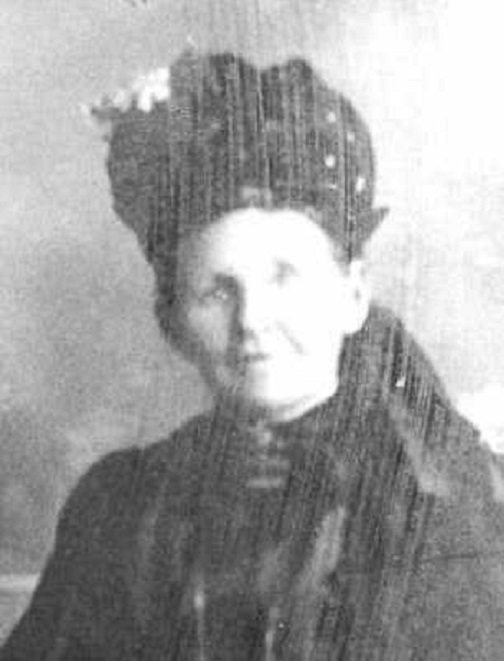
Jennet Bevan. nee: Davies. (1867-1953)
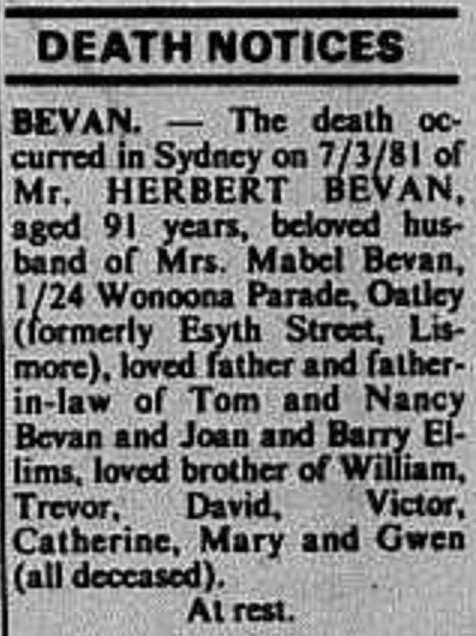
Death Notice, Lismore Star. Herbert Bevan 7/3/1981.
Military Records
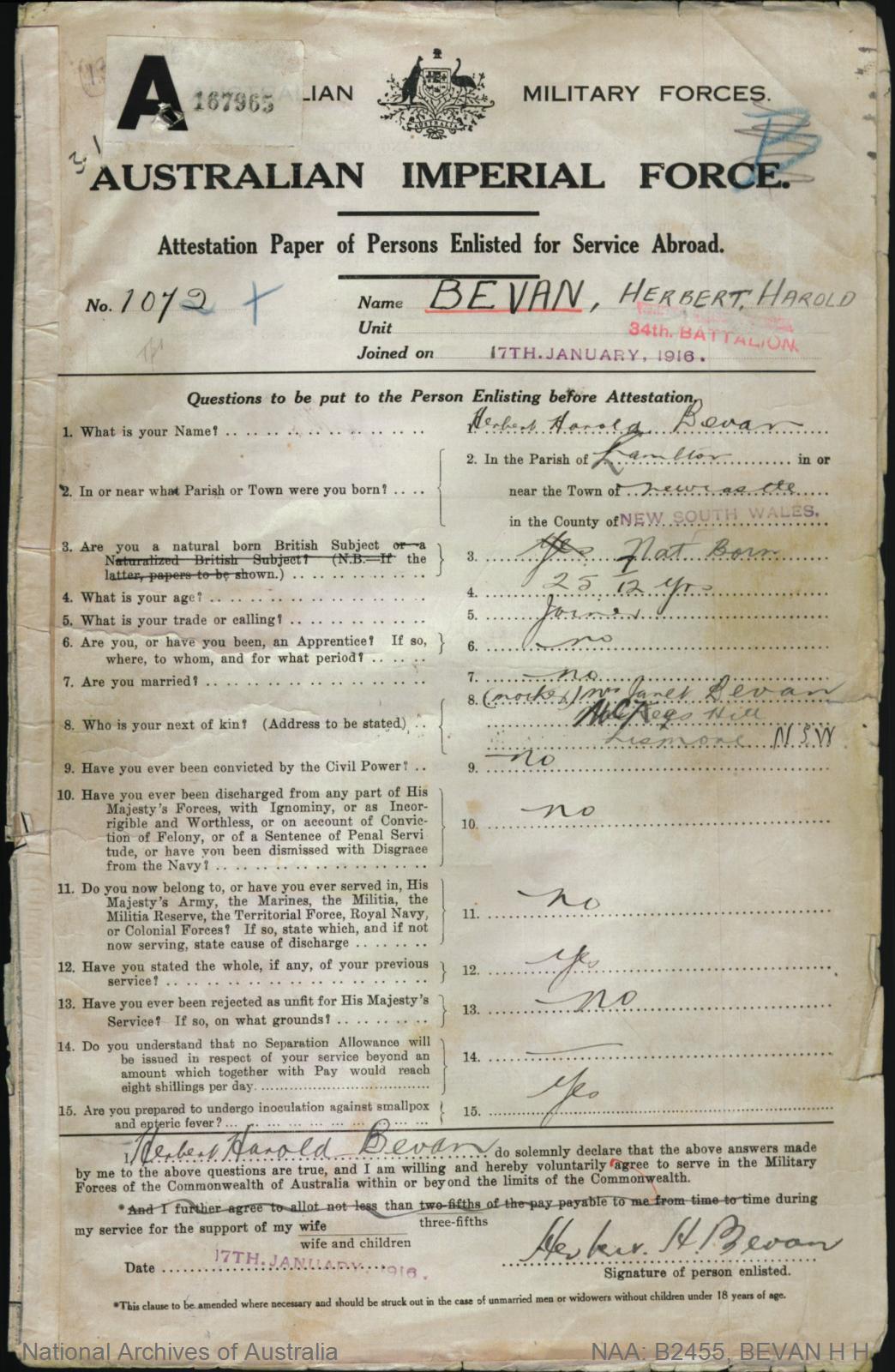

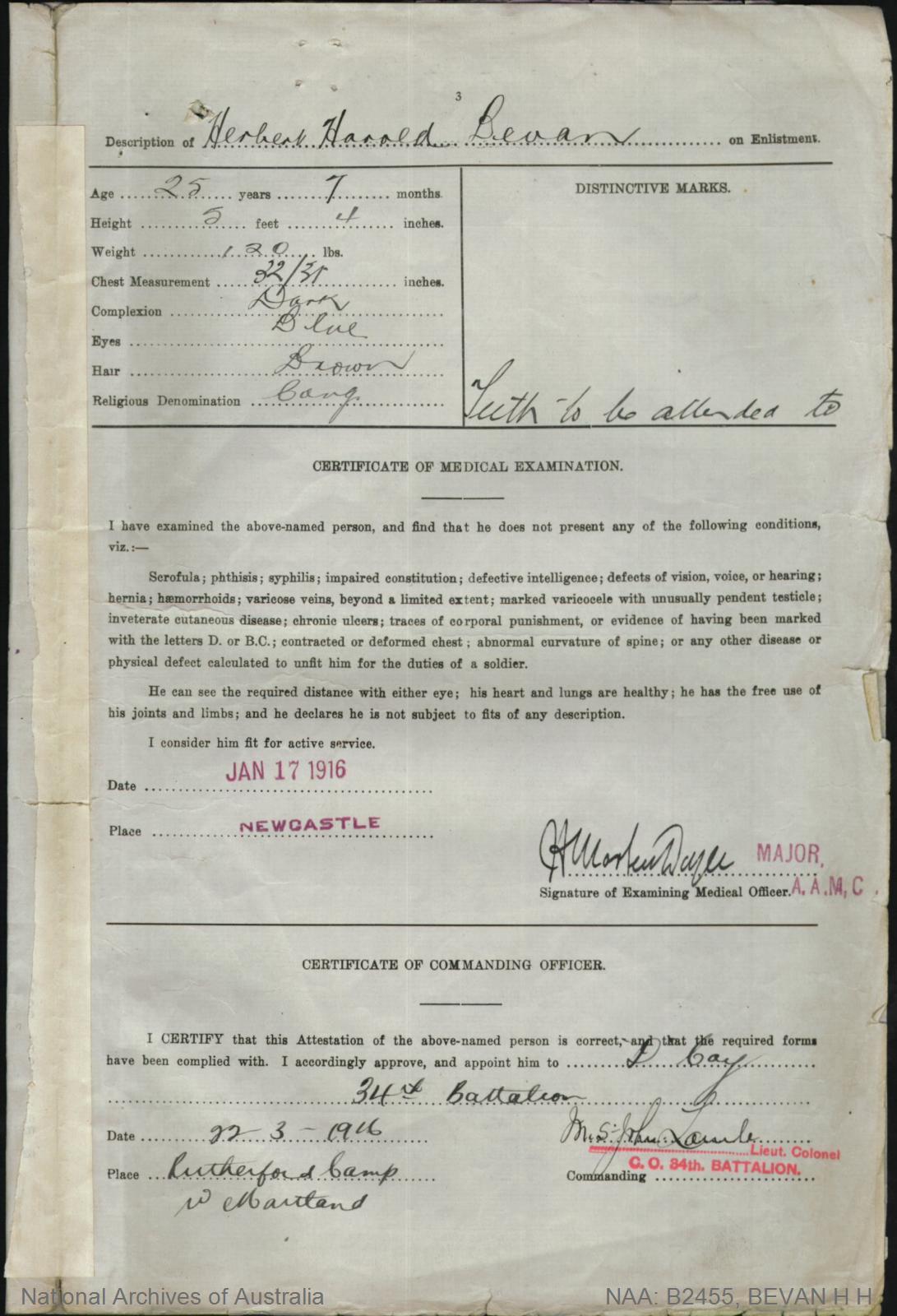
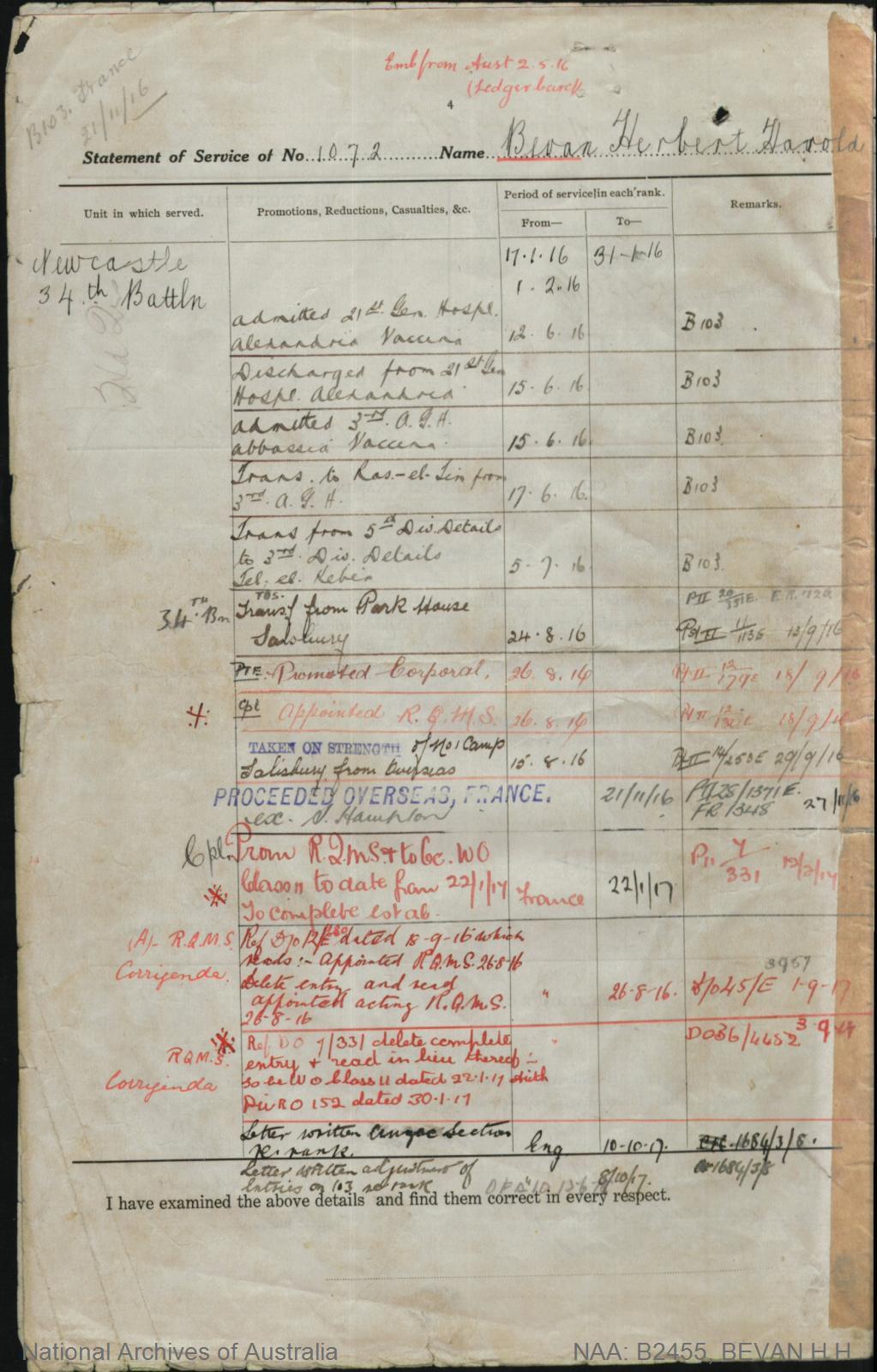
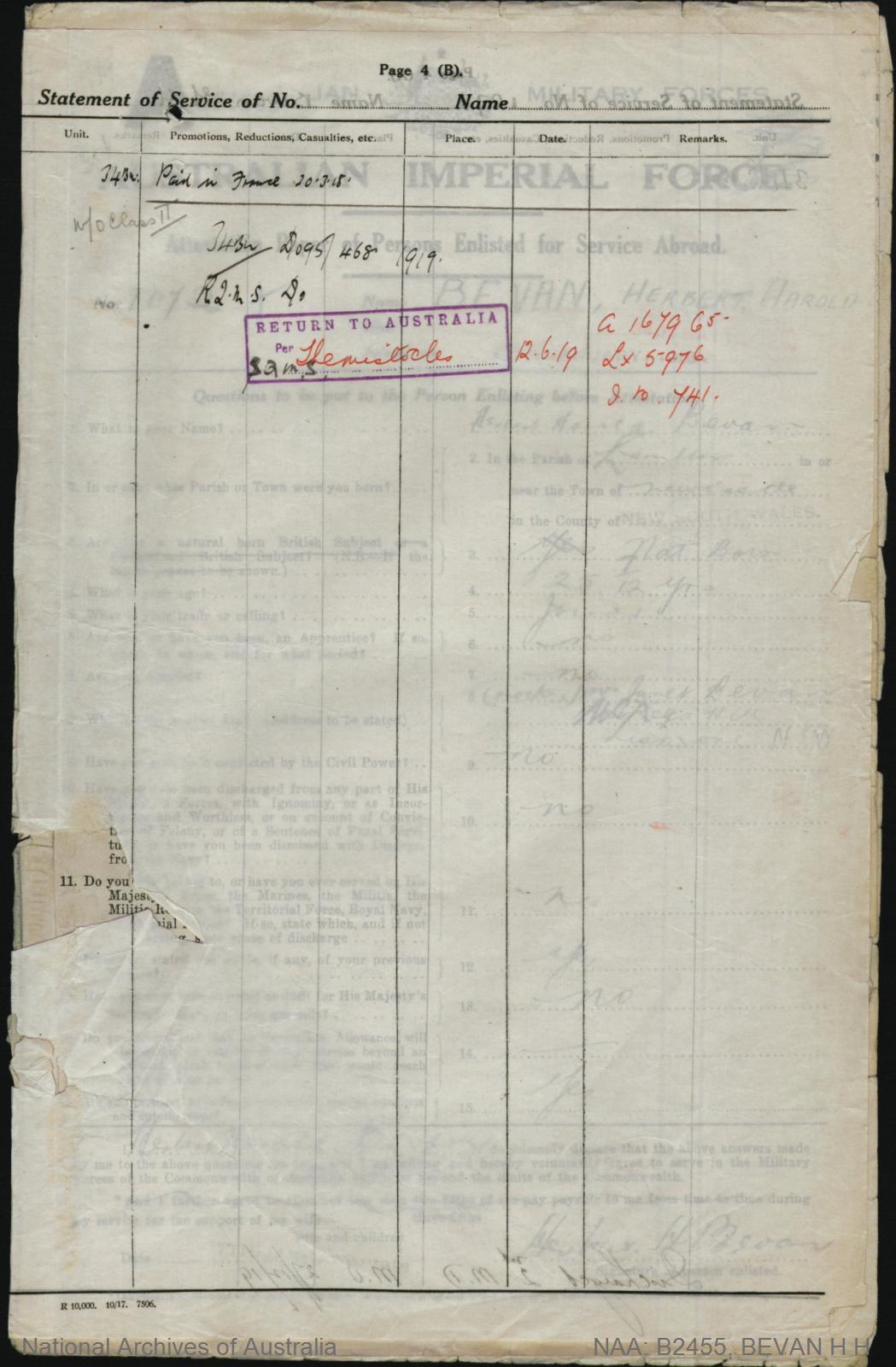


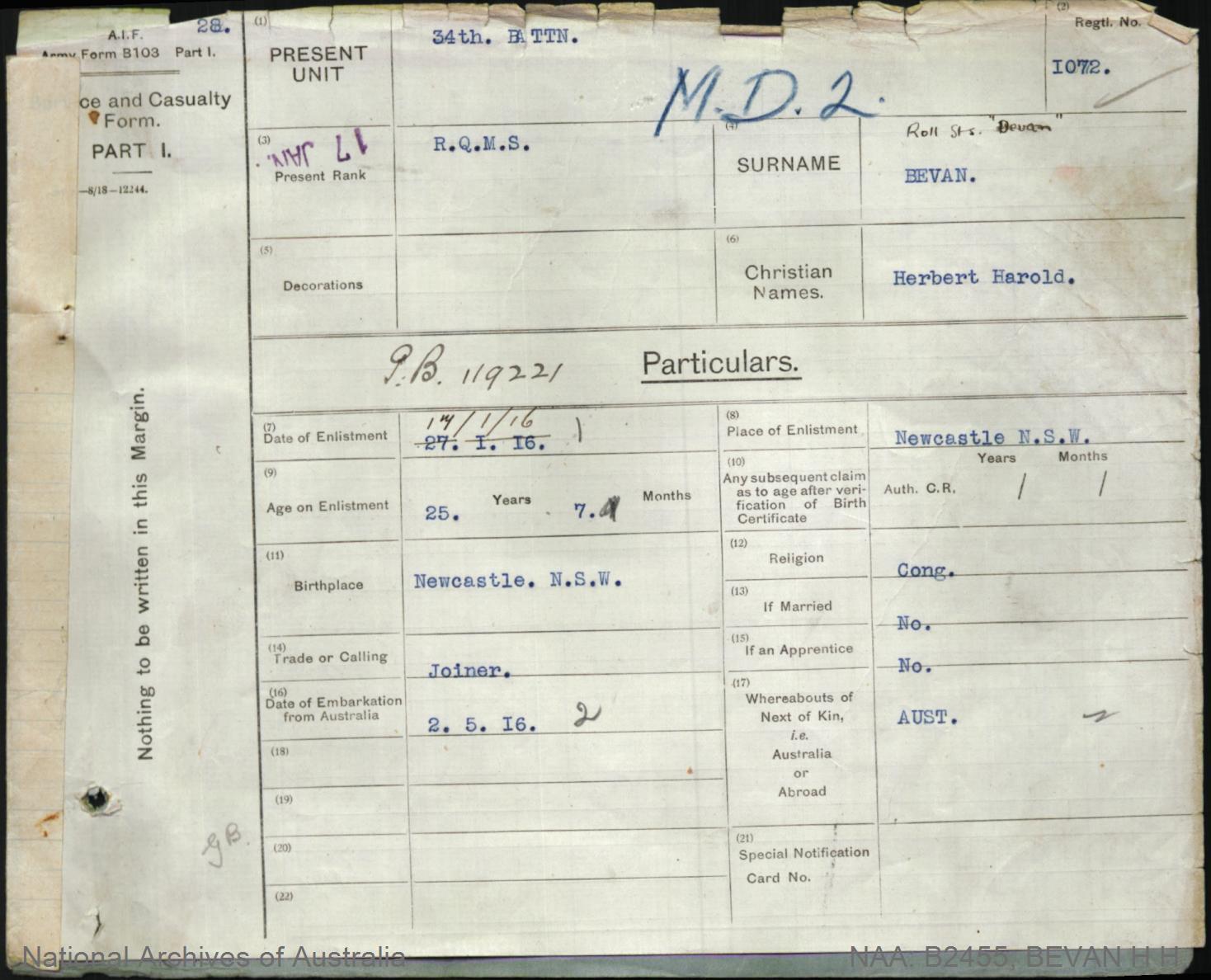

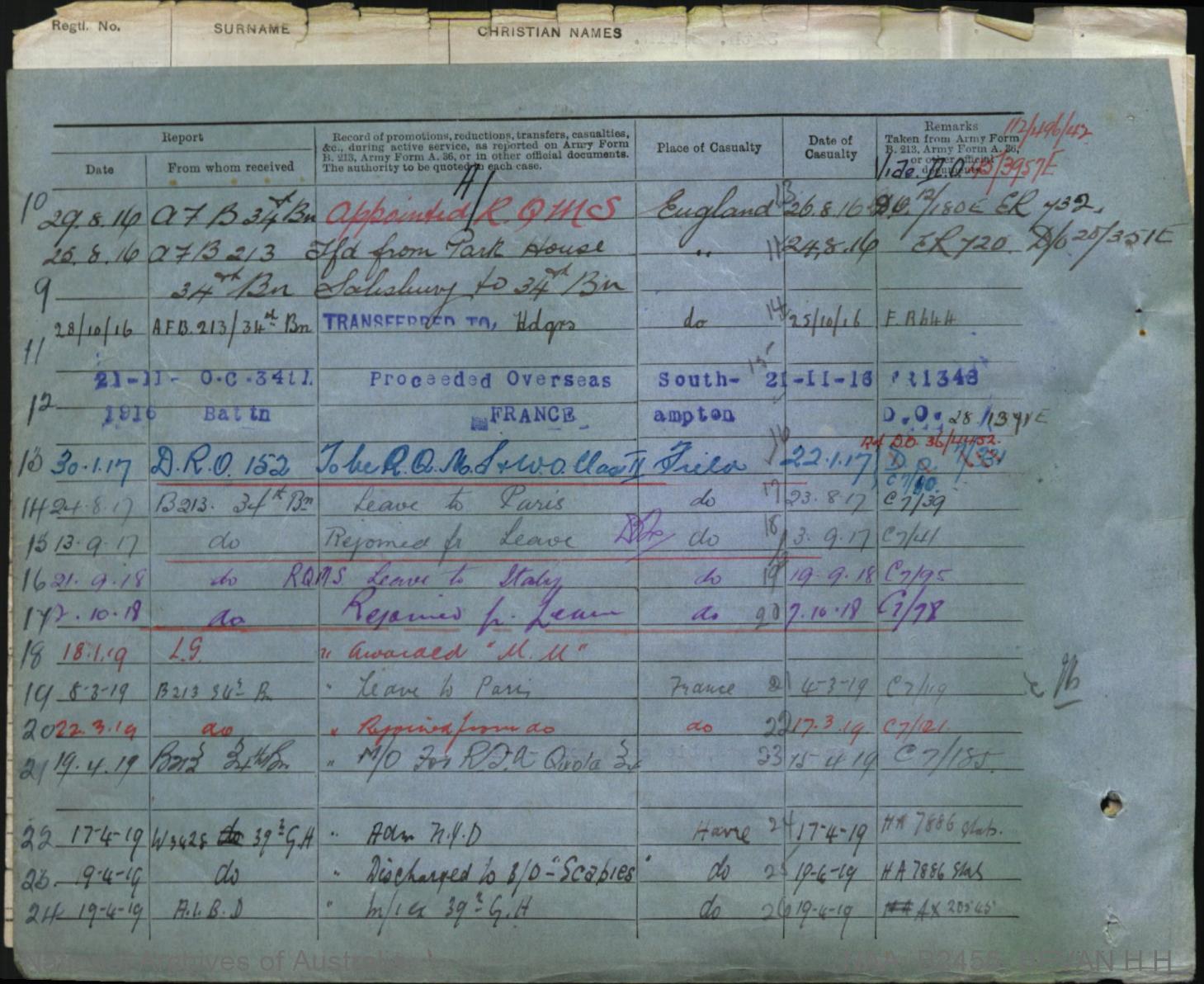
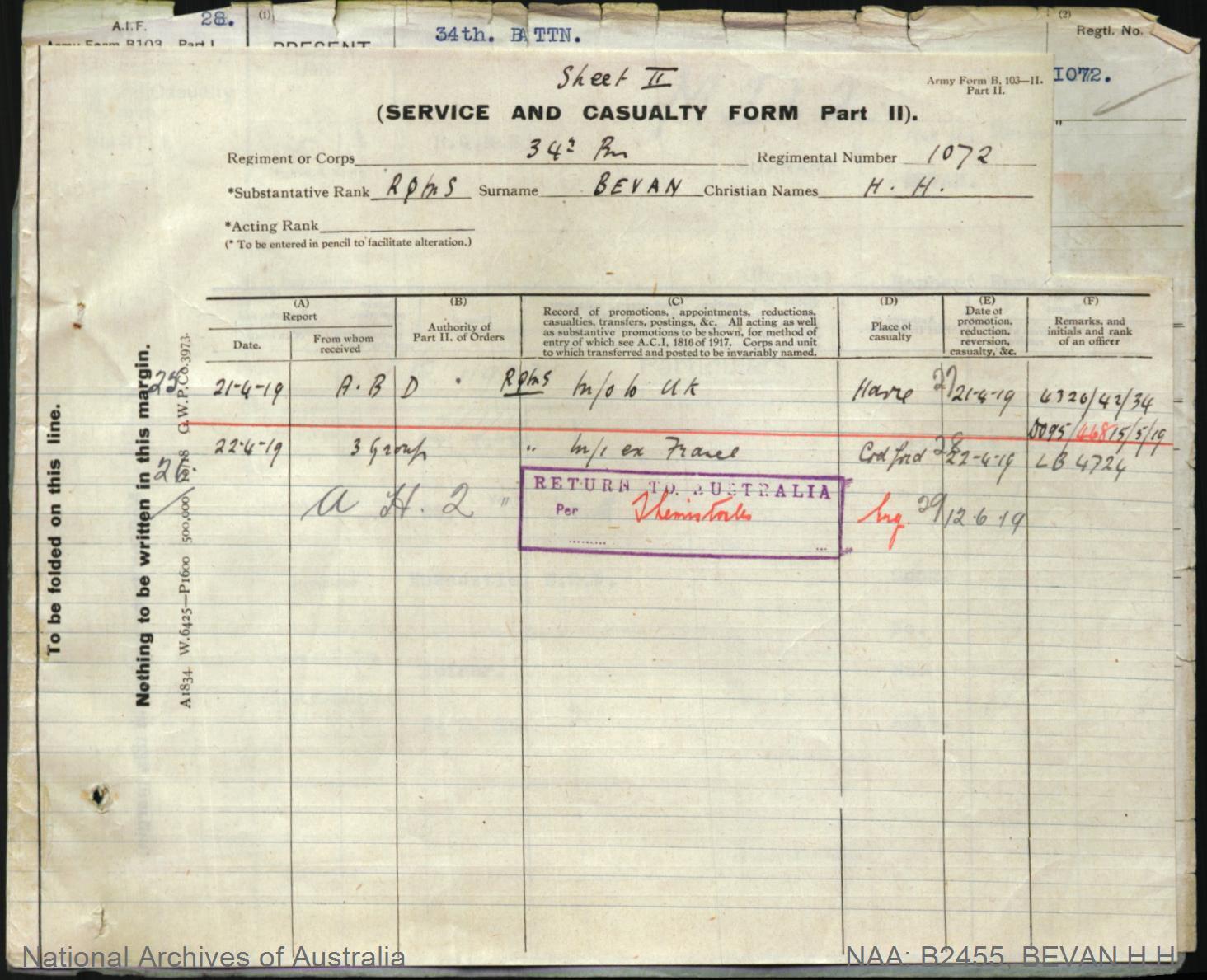
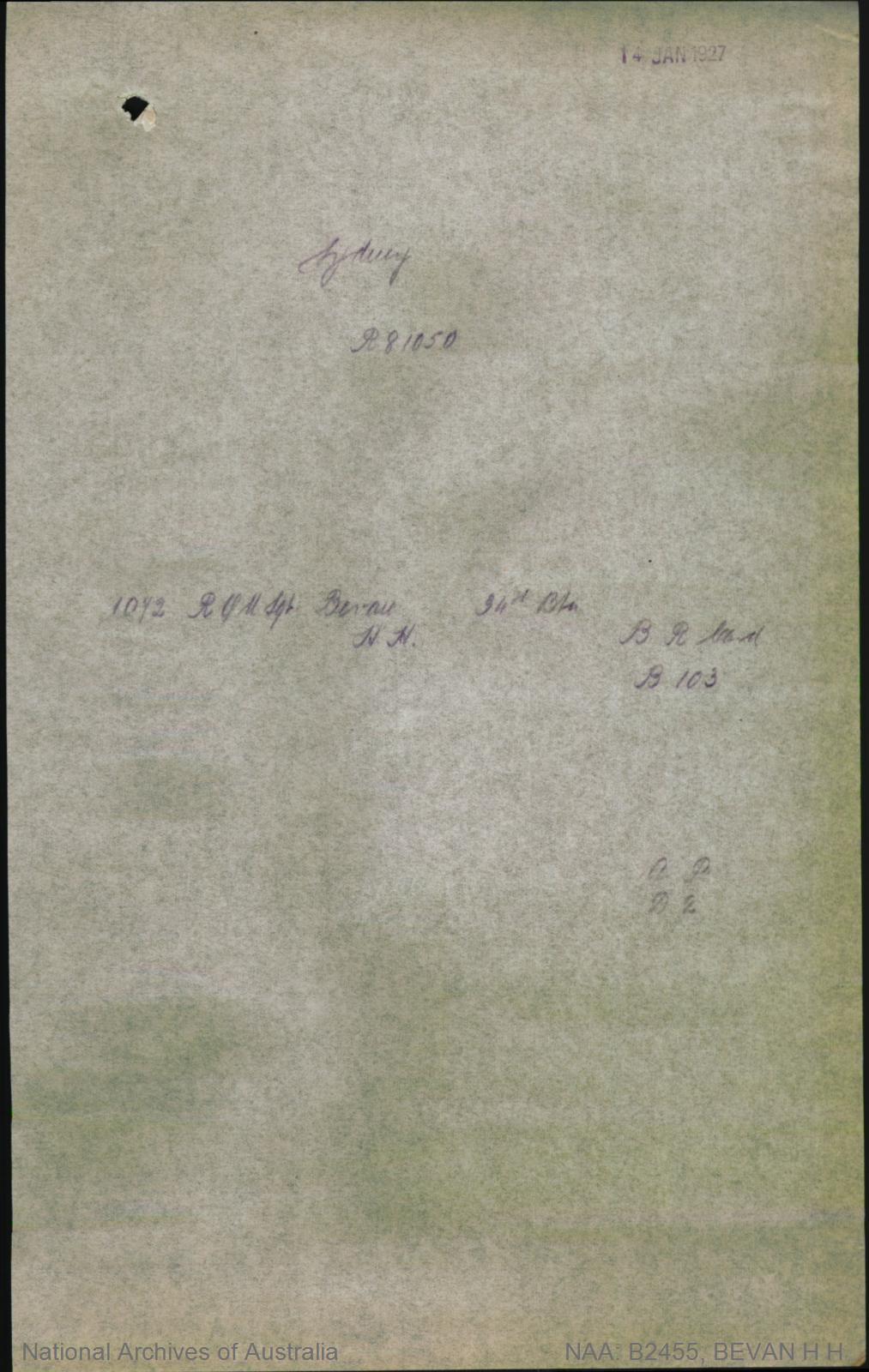
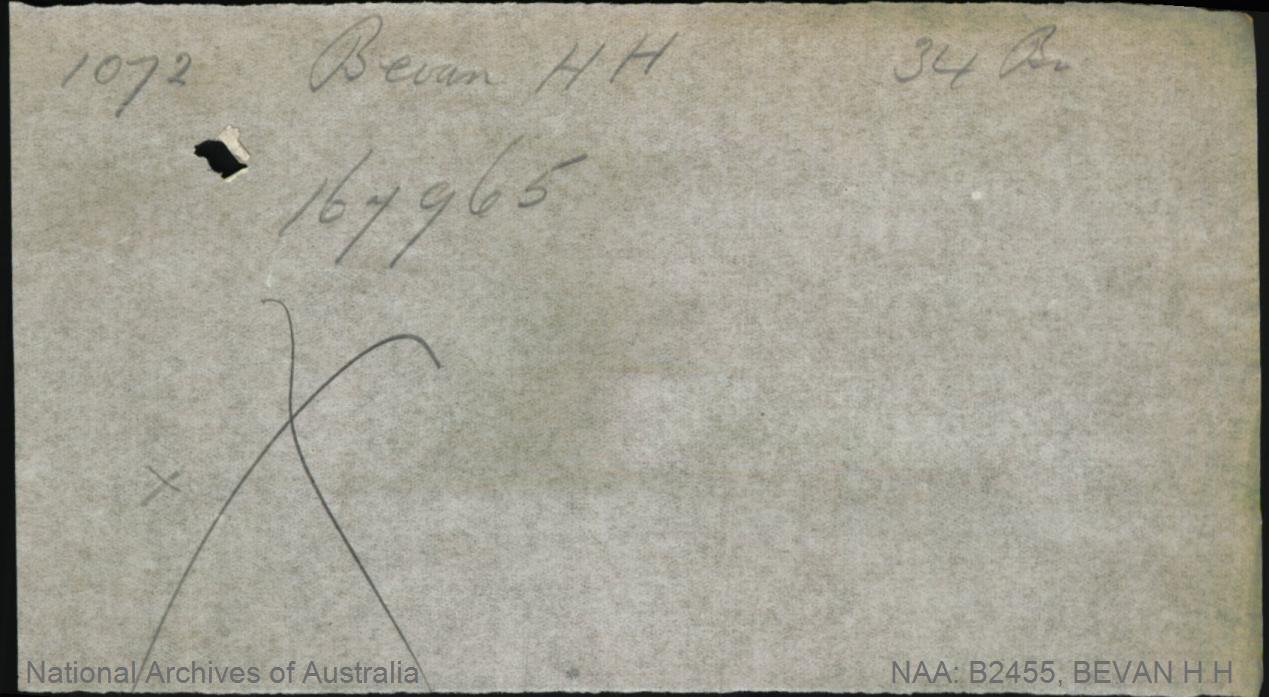
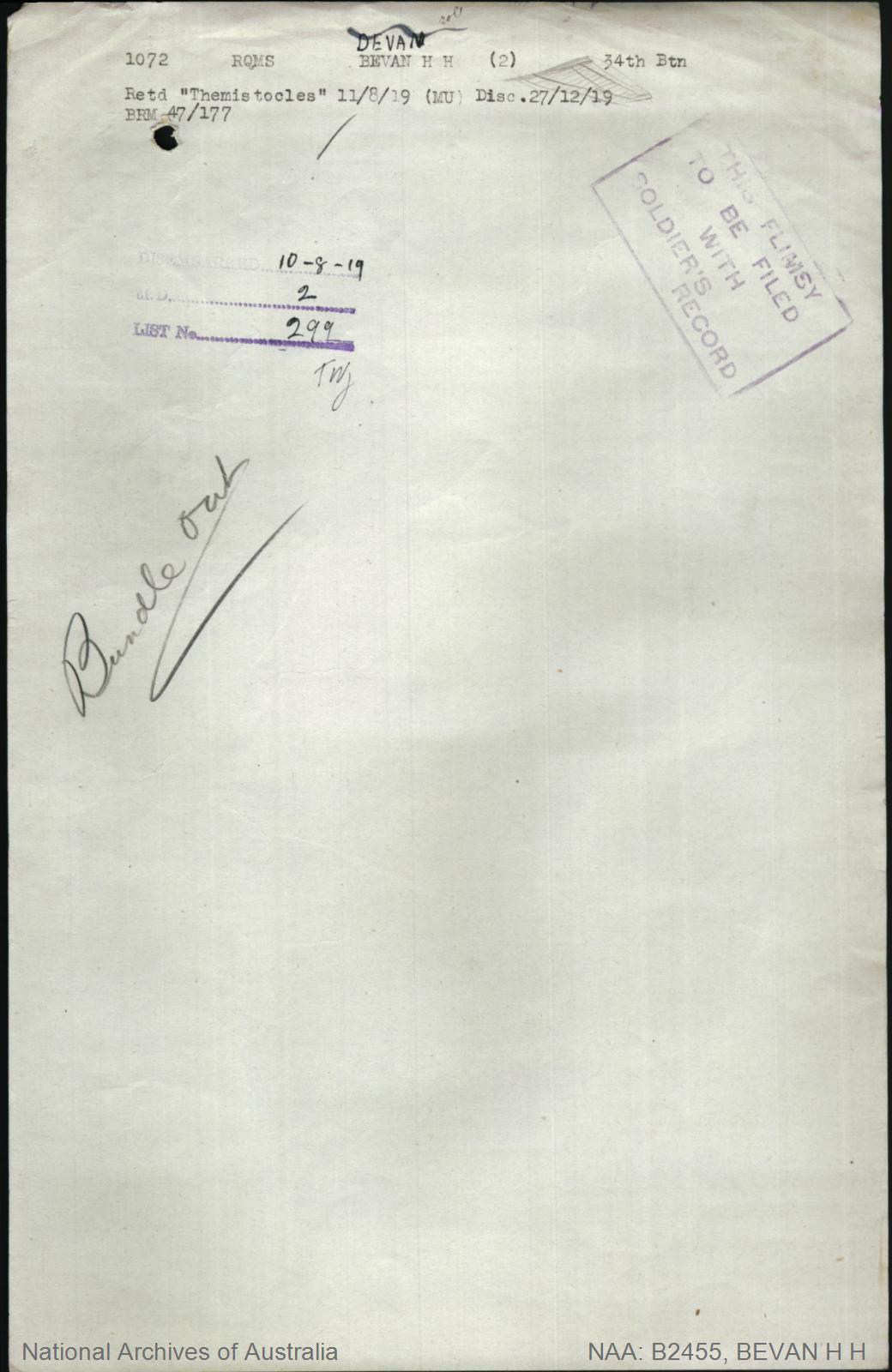
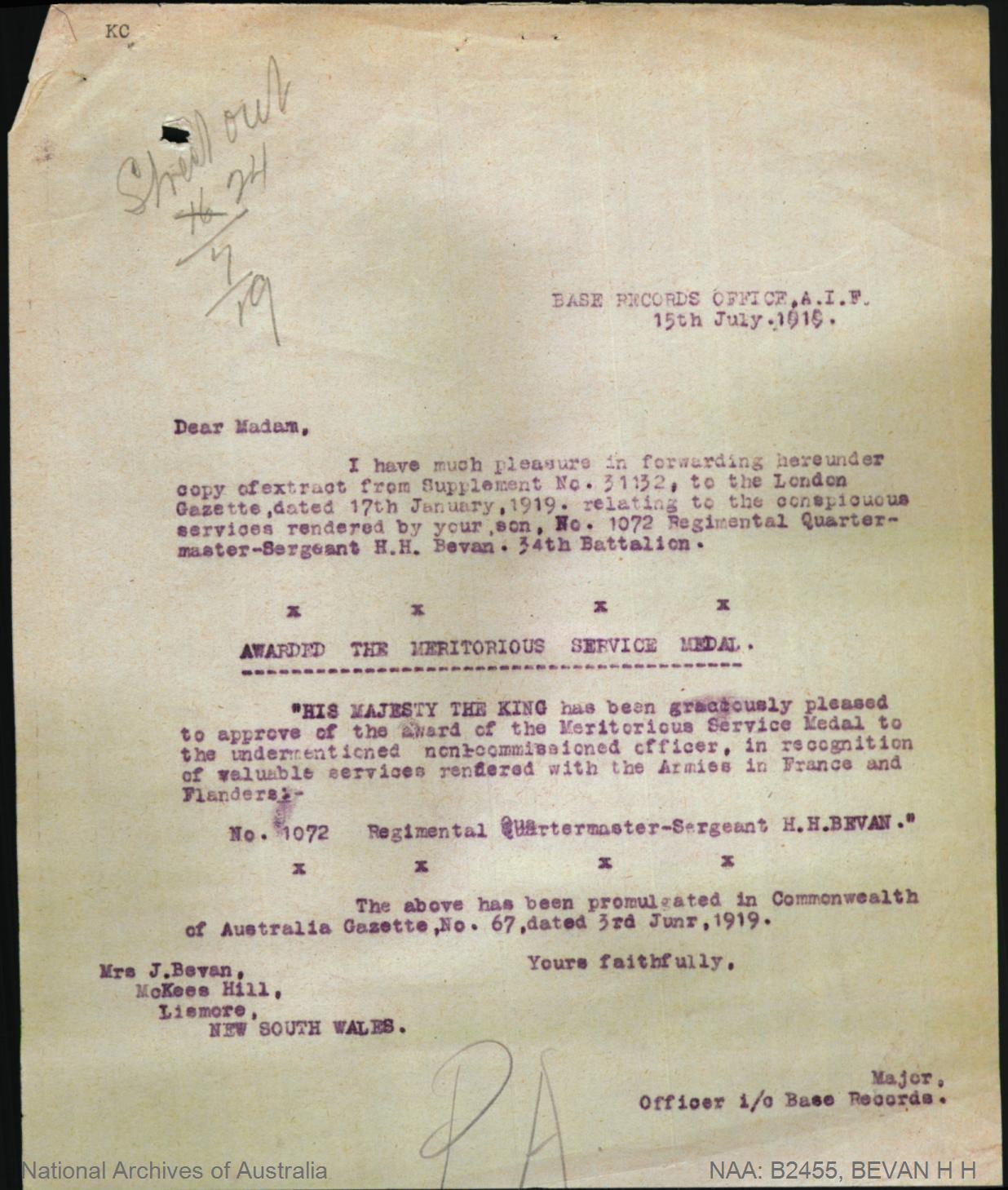


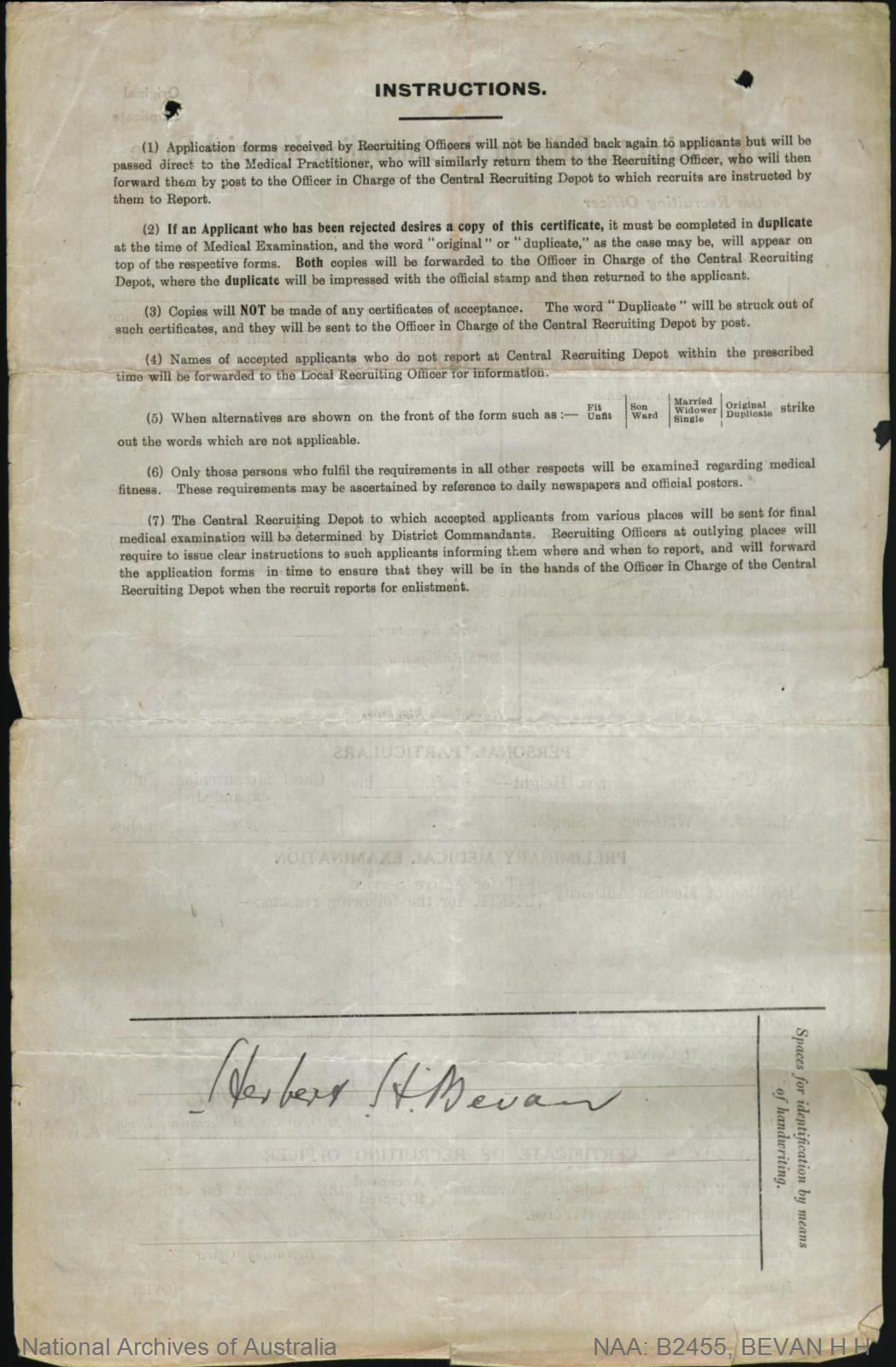
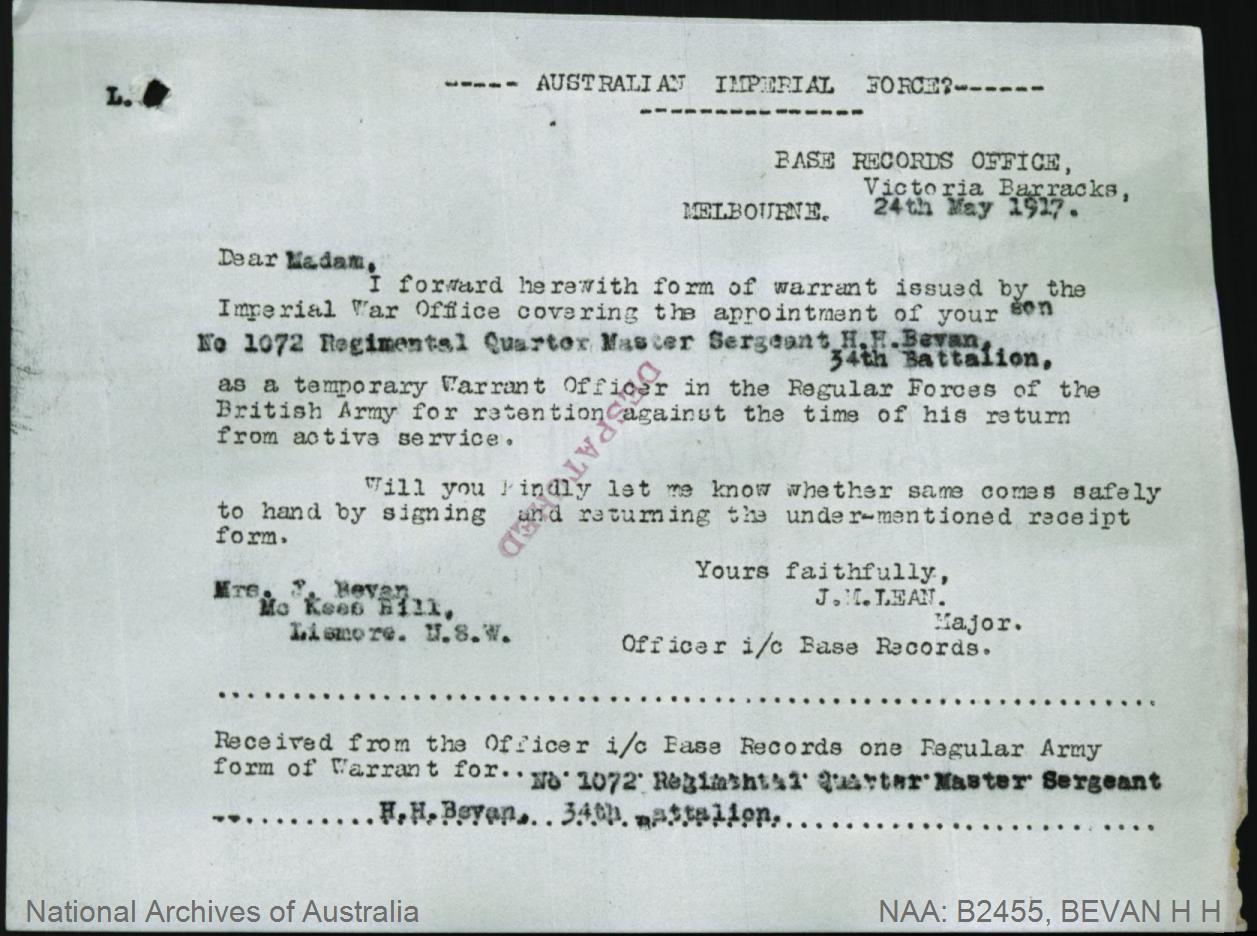
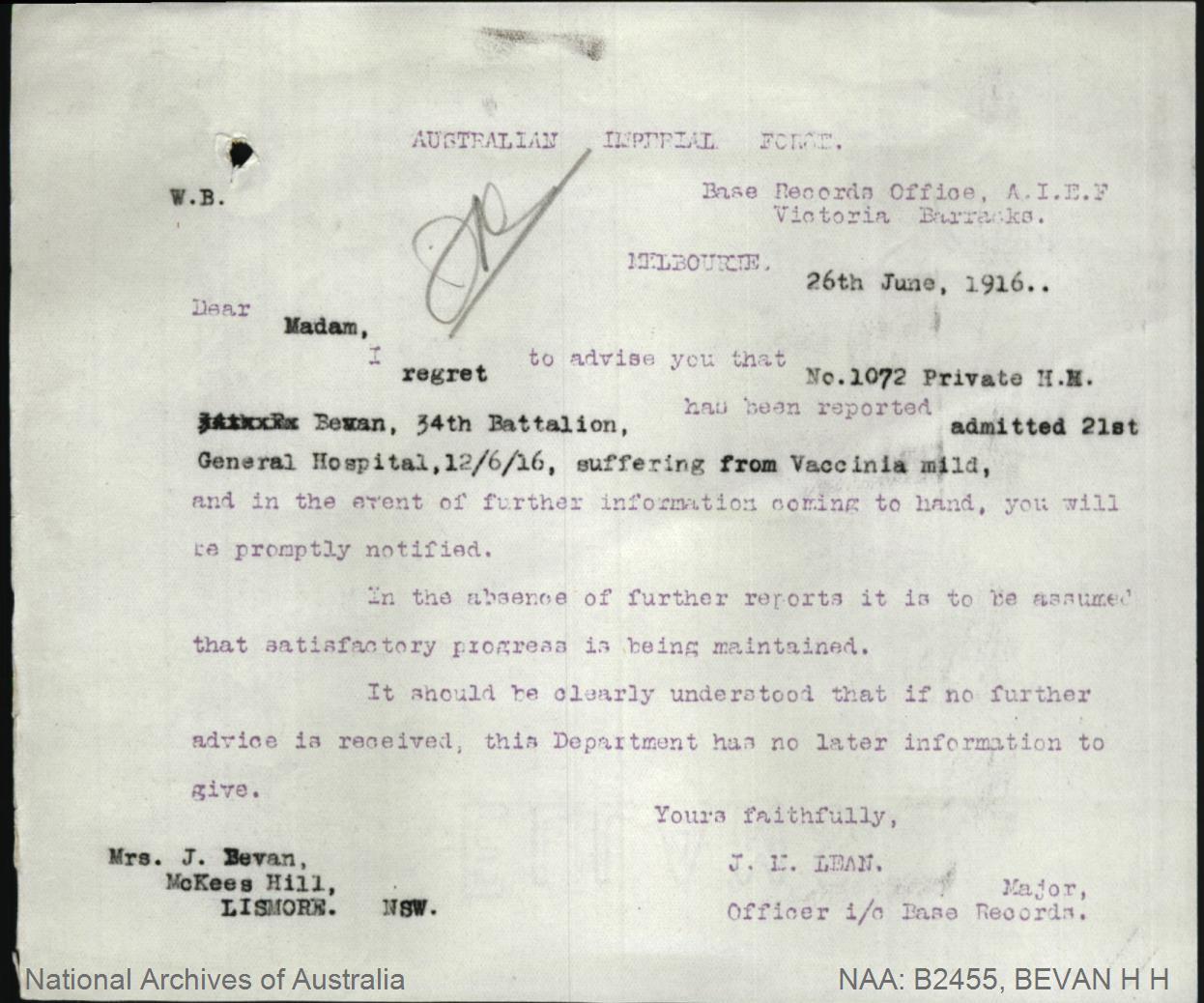
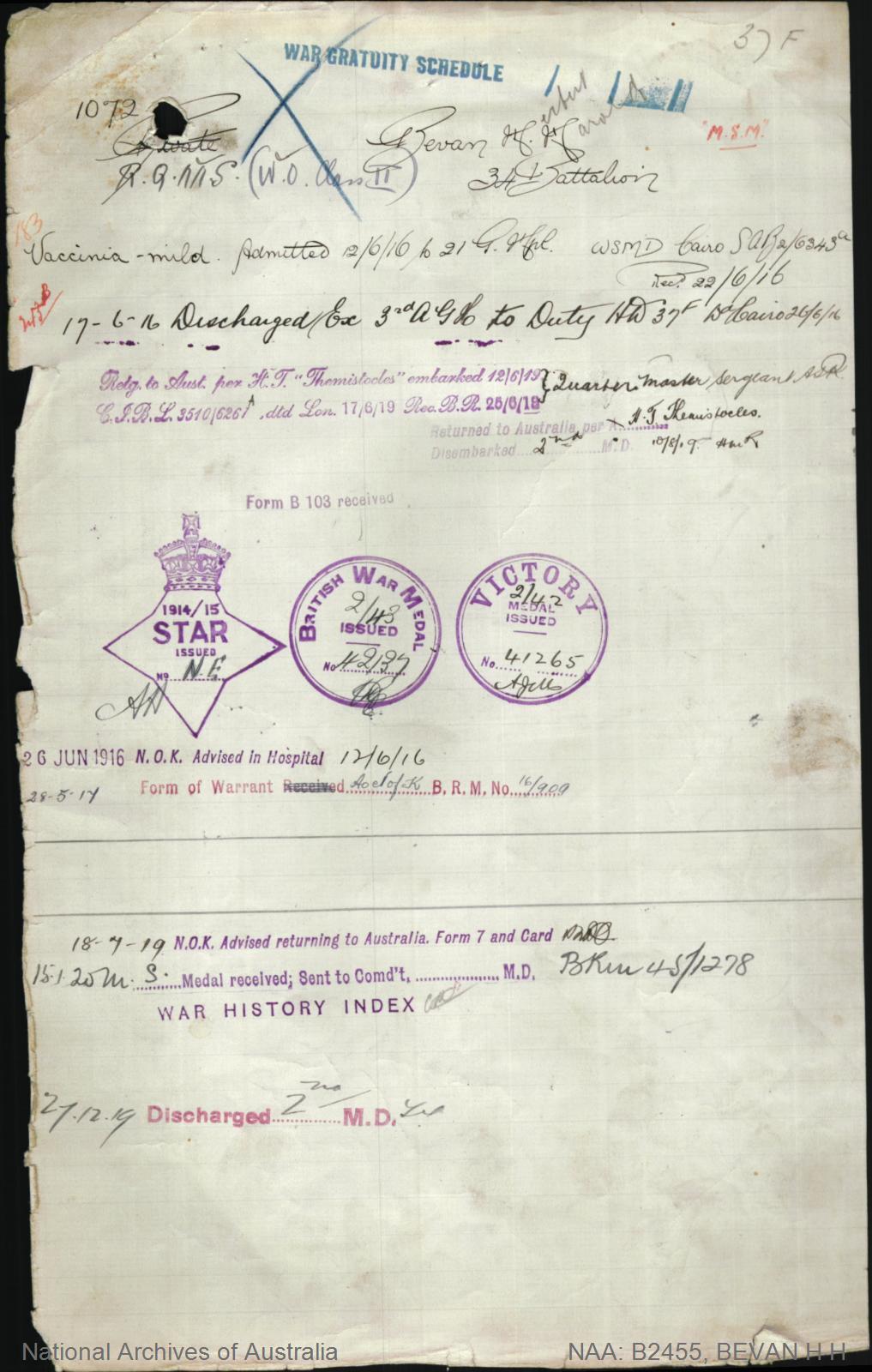

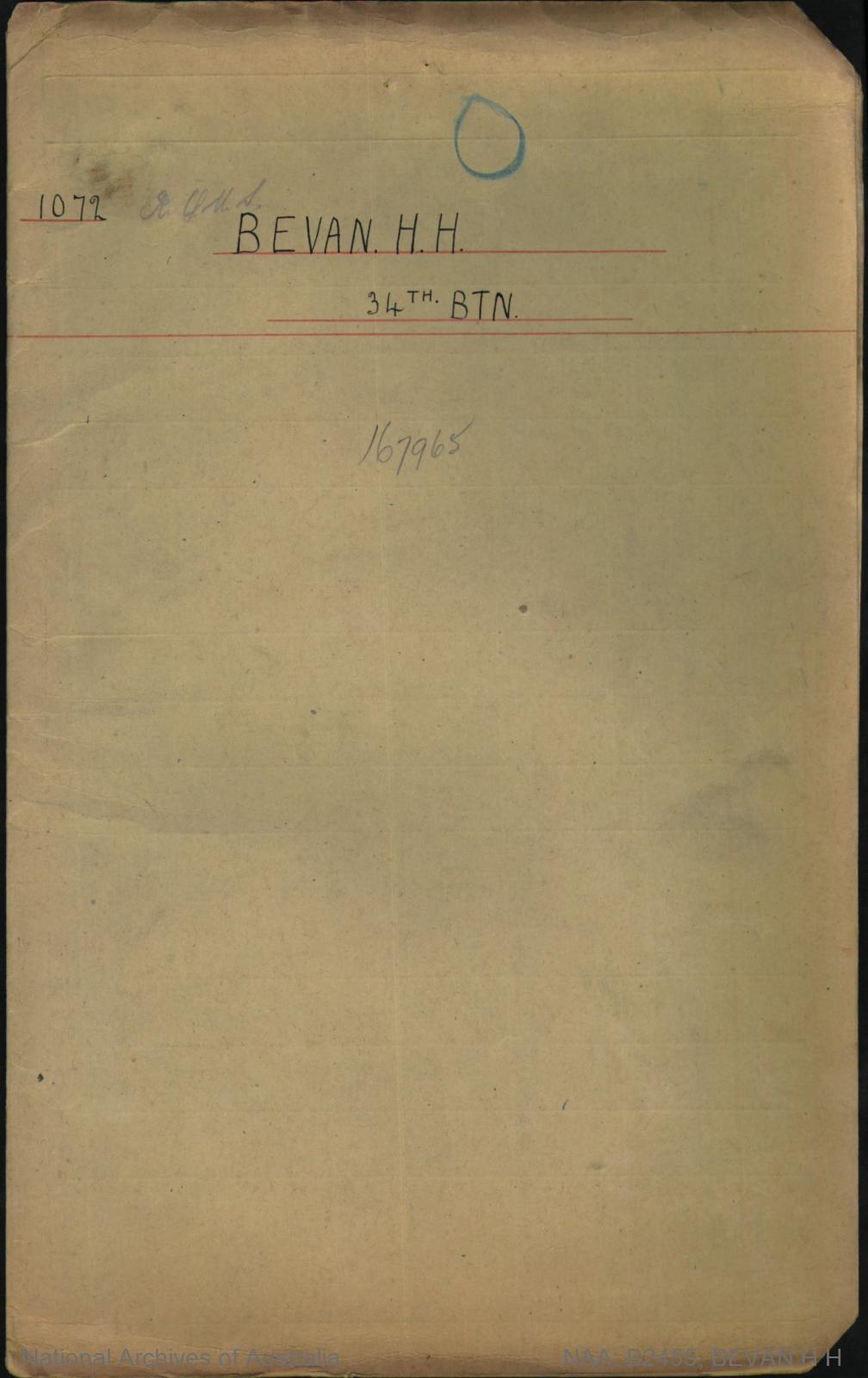
© Commonwealth of Australia (National Archives of Australia)
Under Construction: 15/12/2023-18/12/2023.

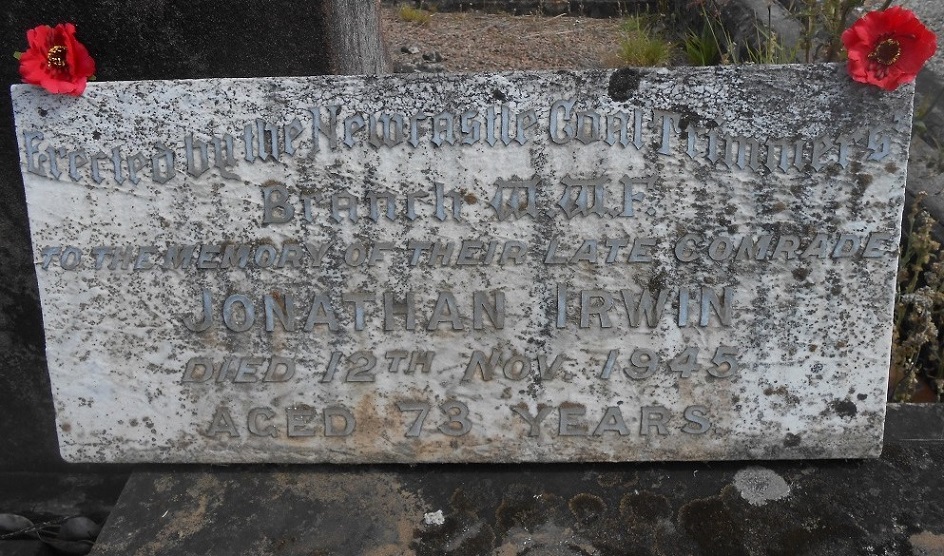




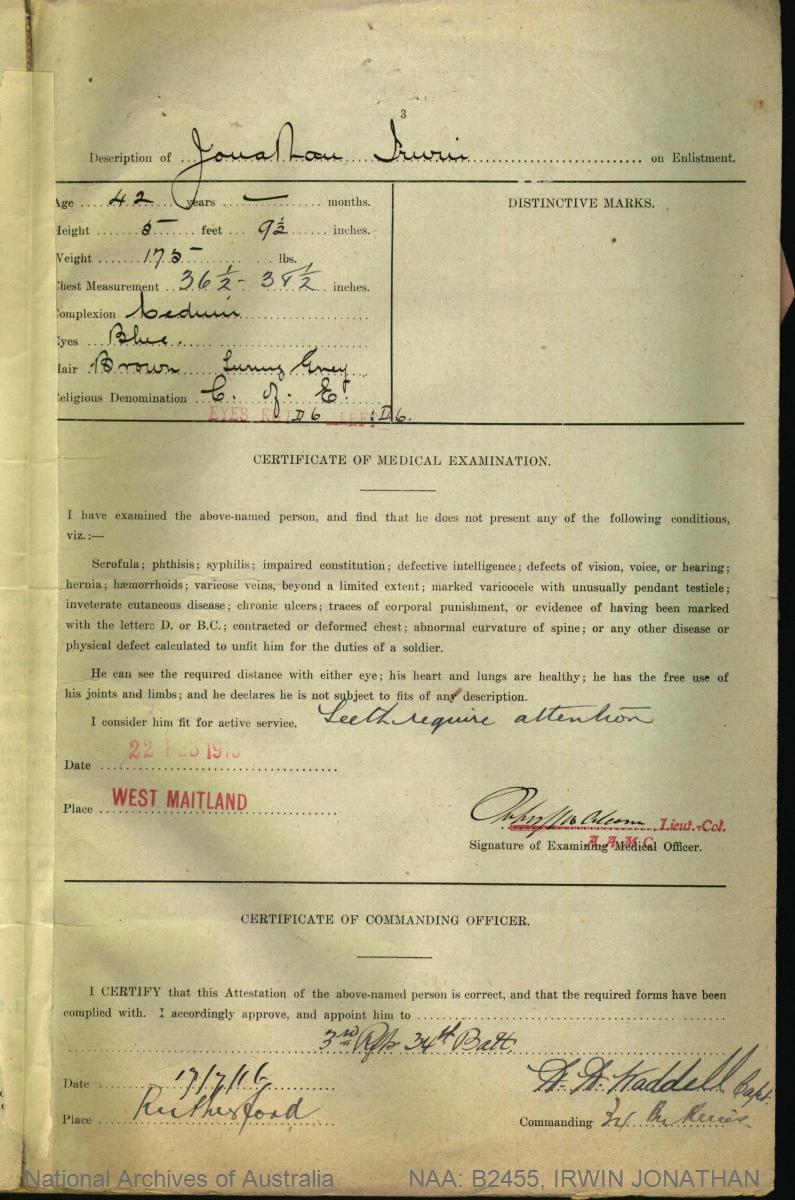

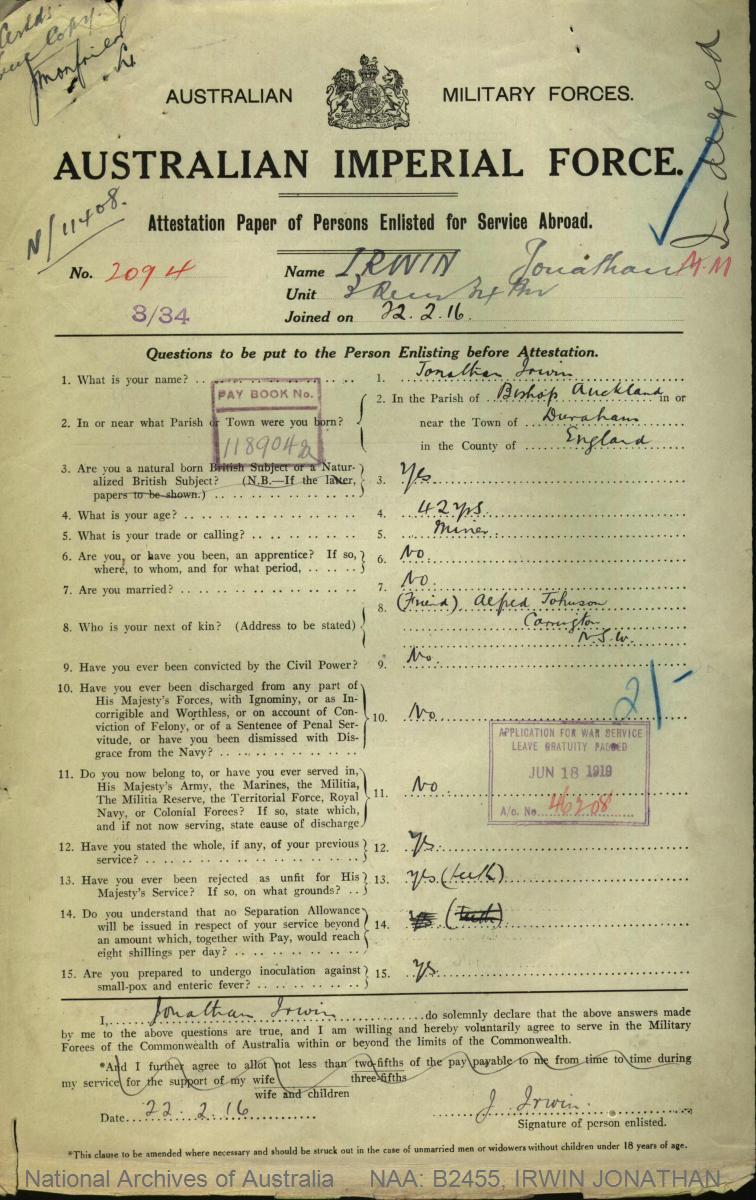



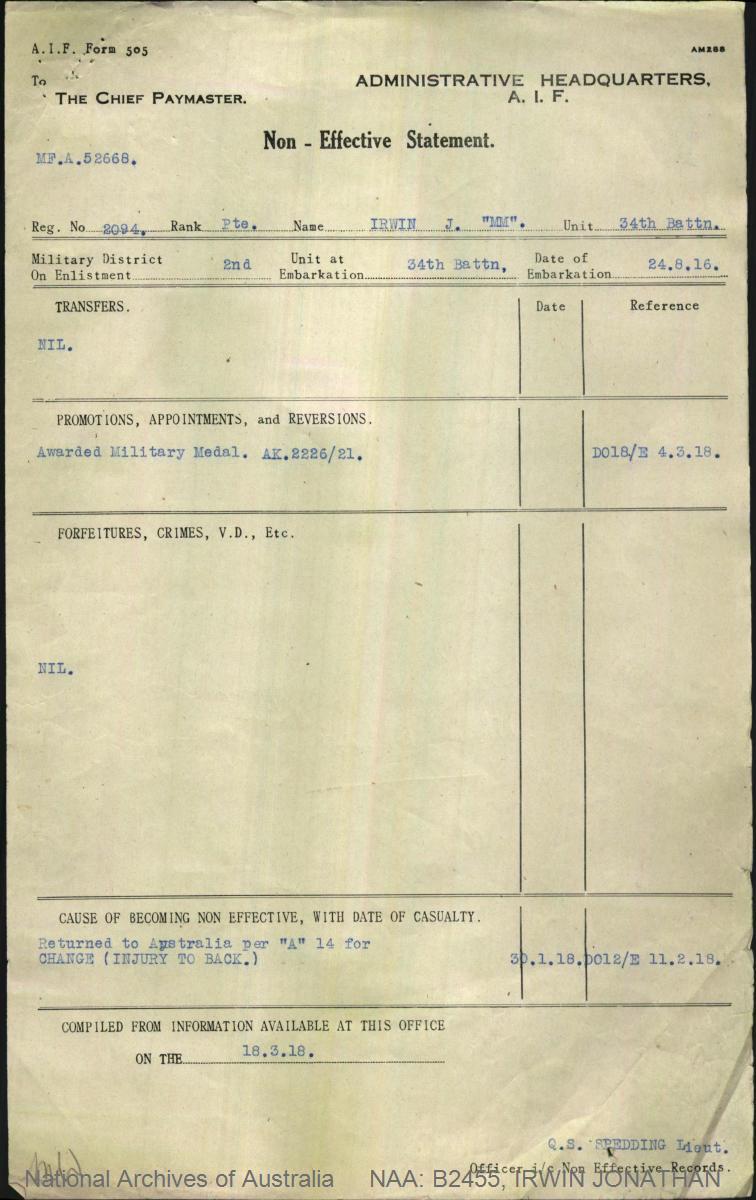
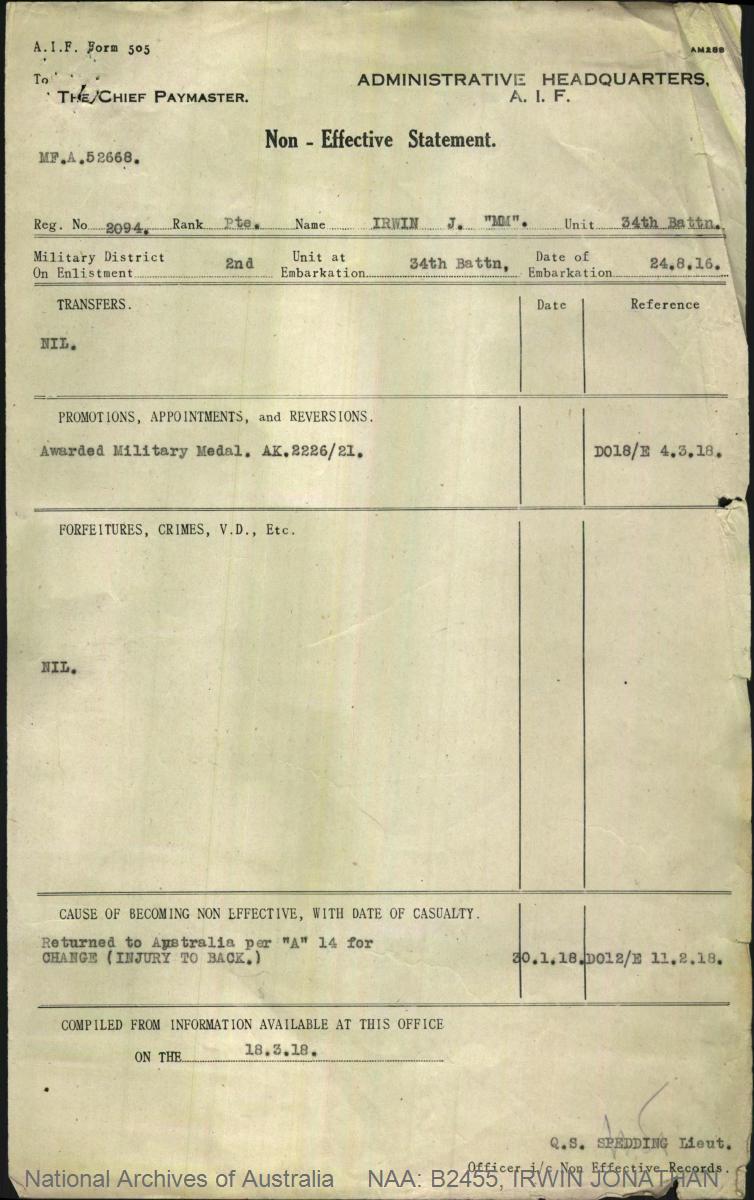
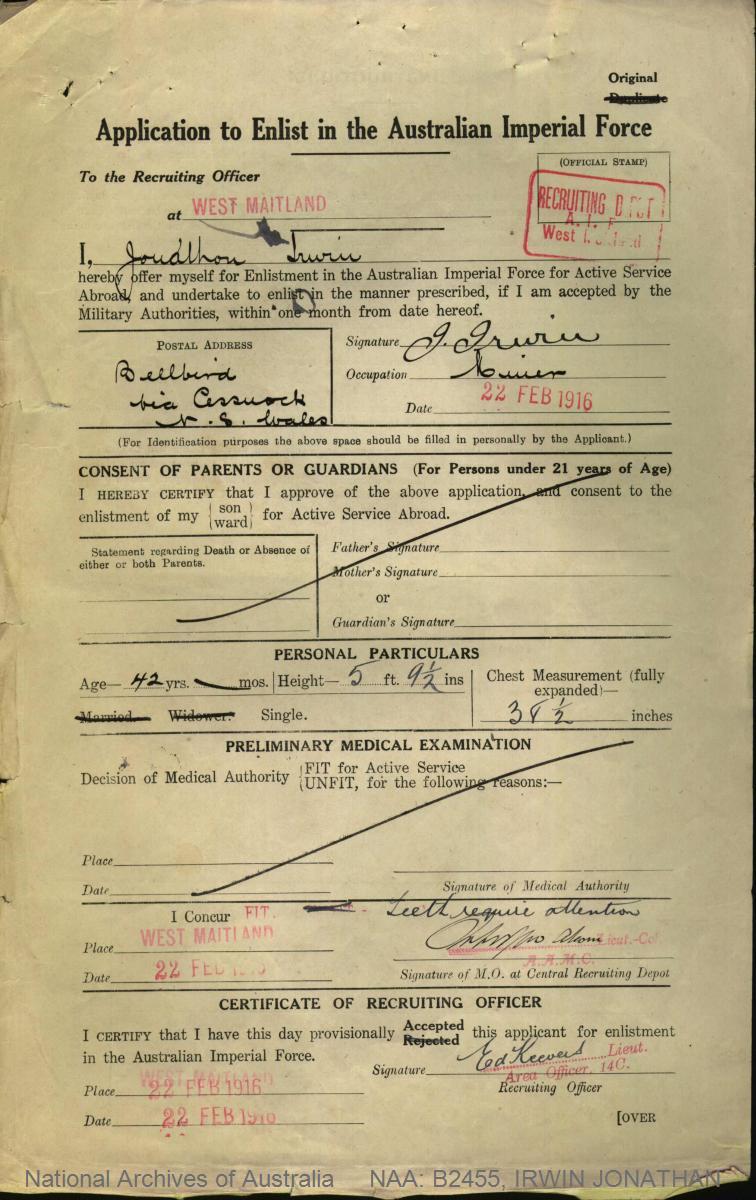

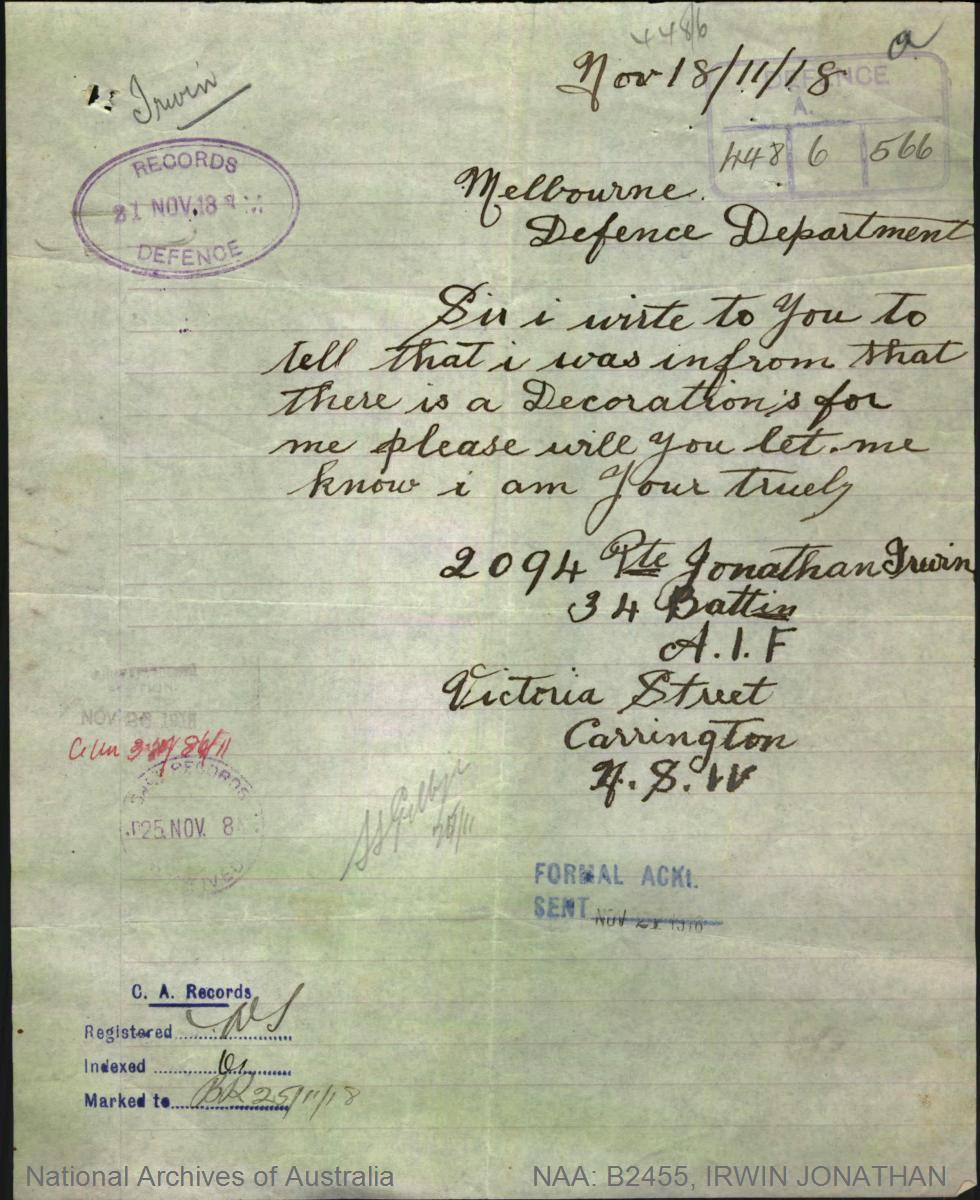
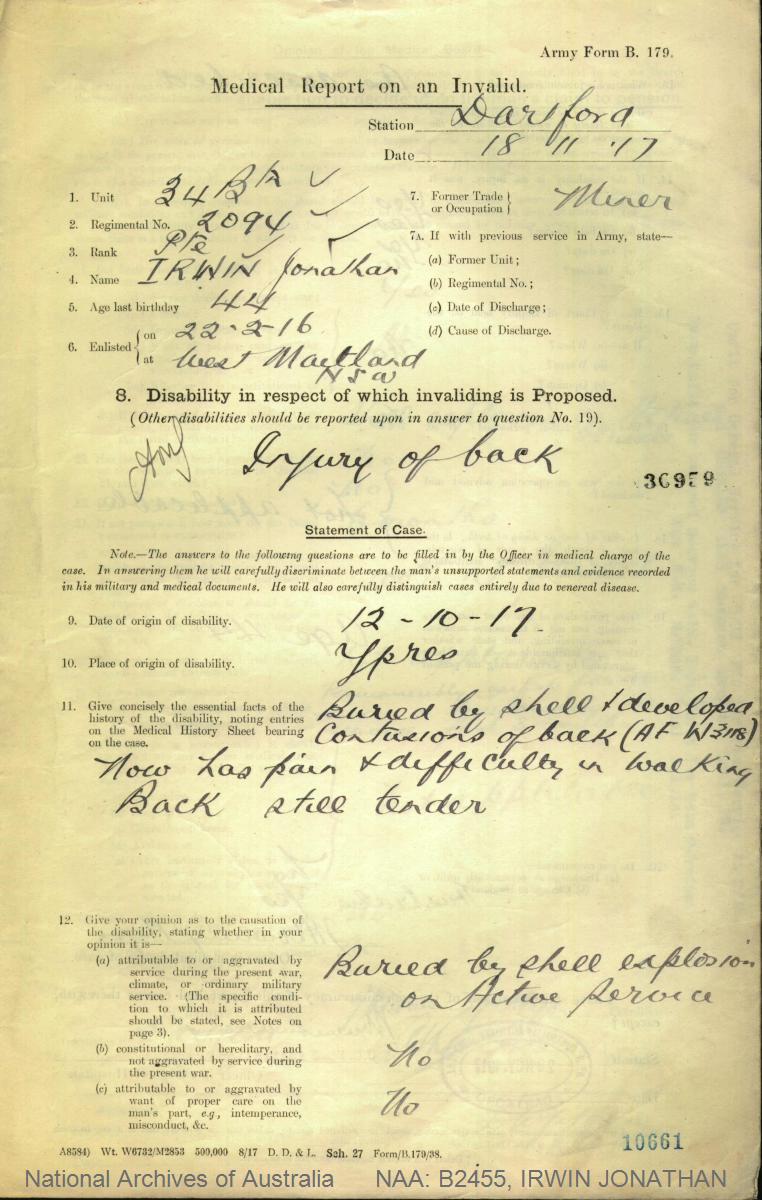
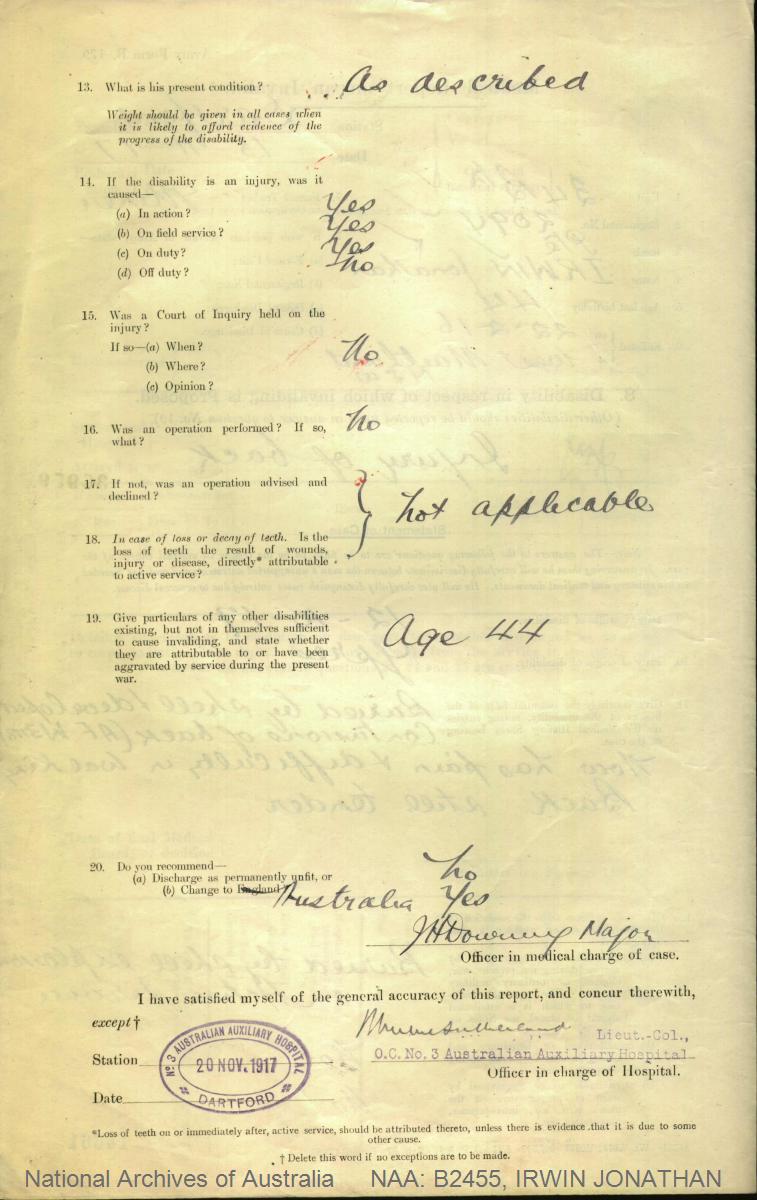
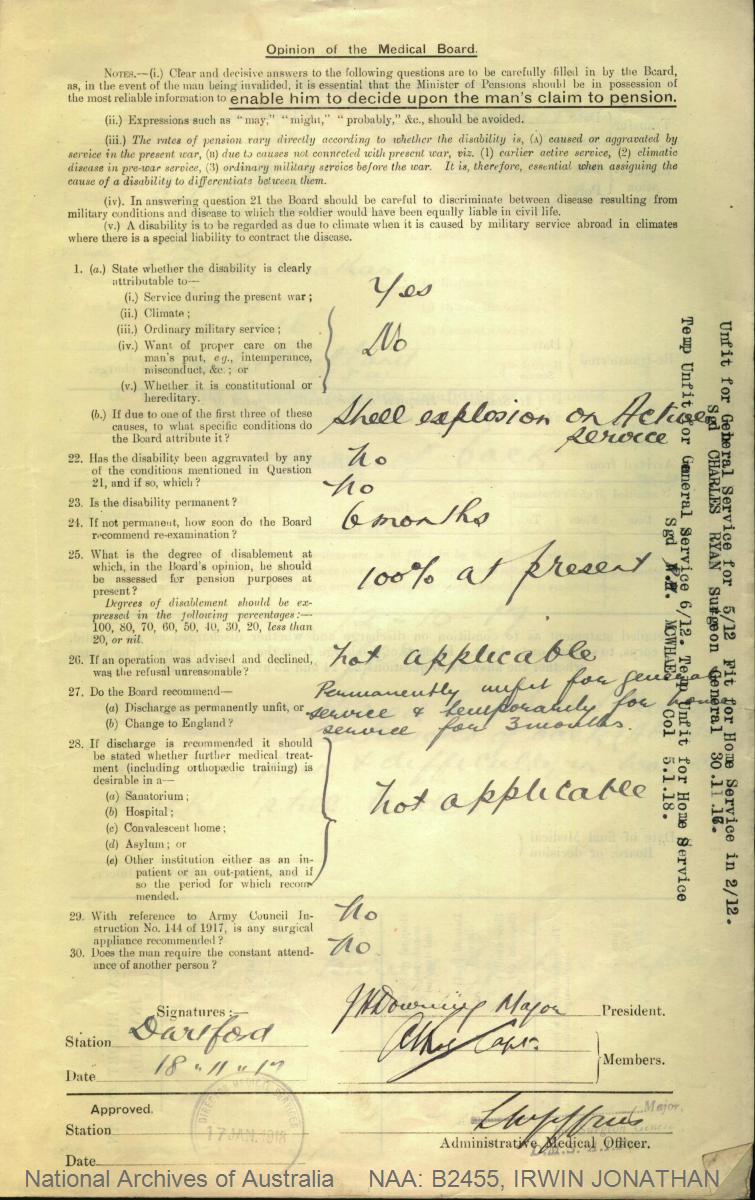
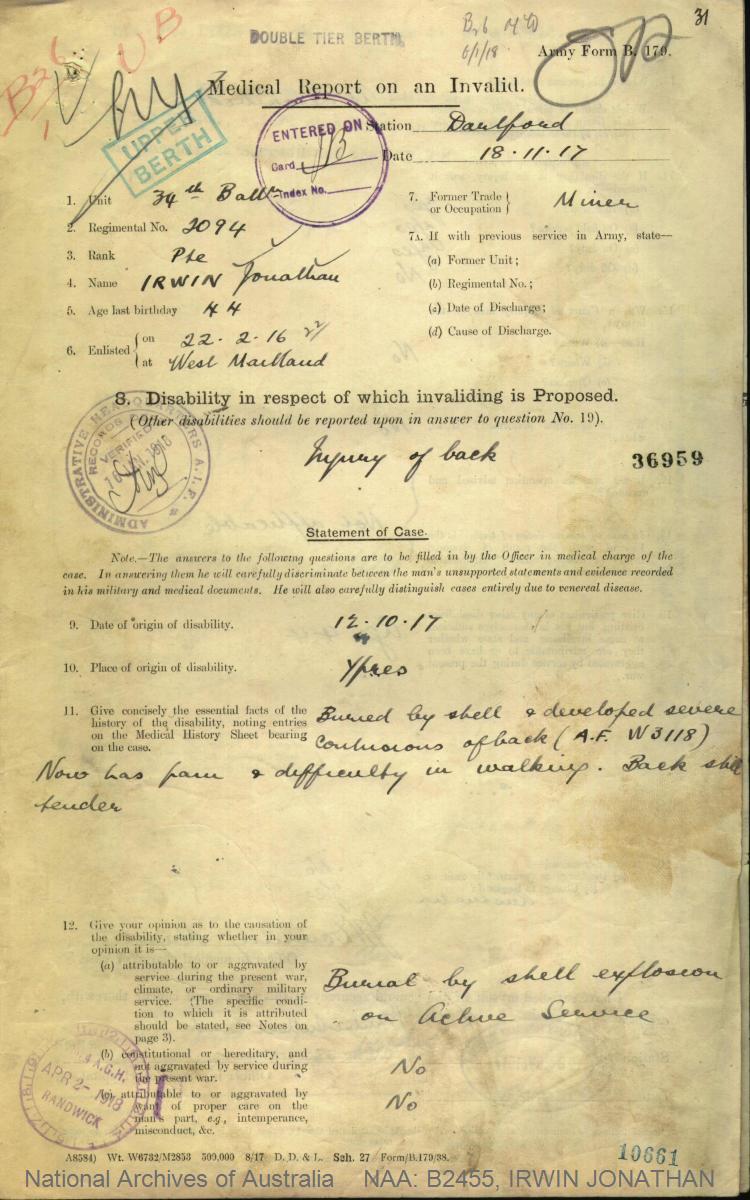
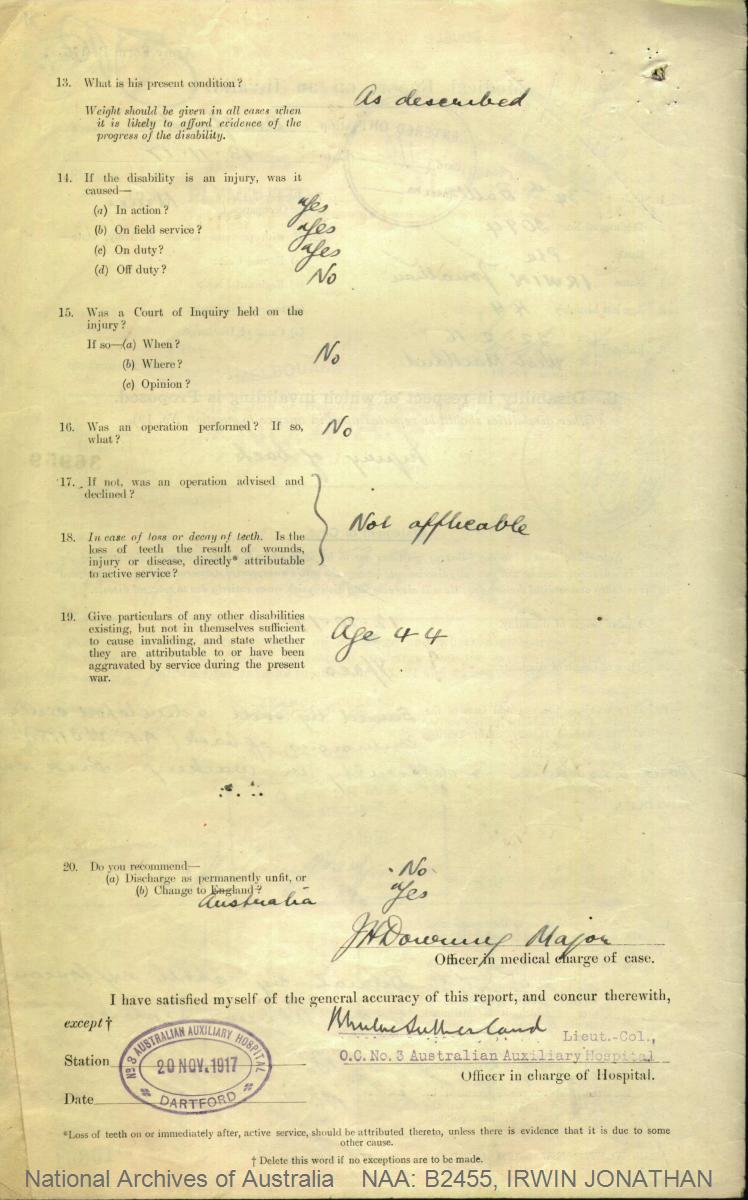
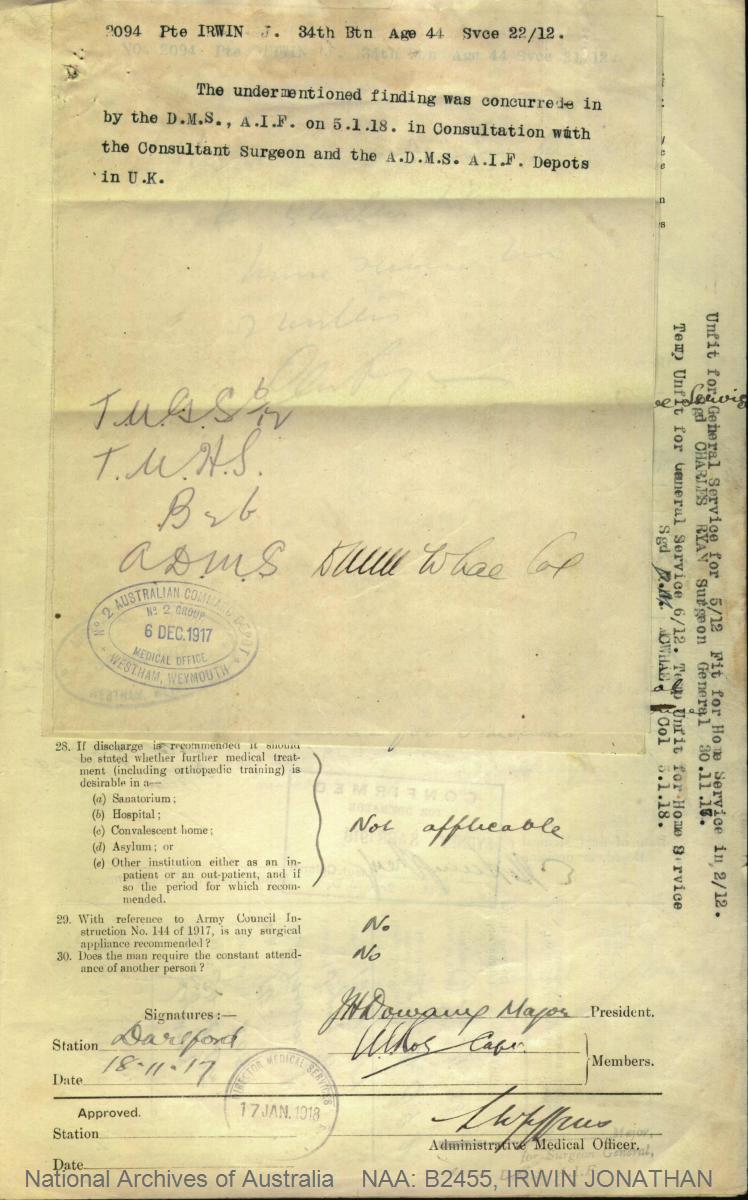



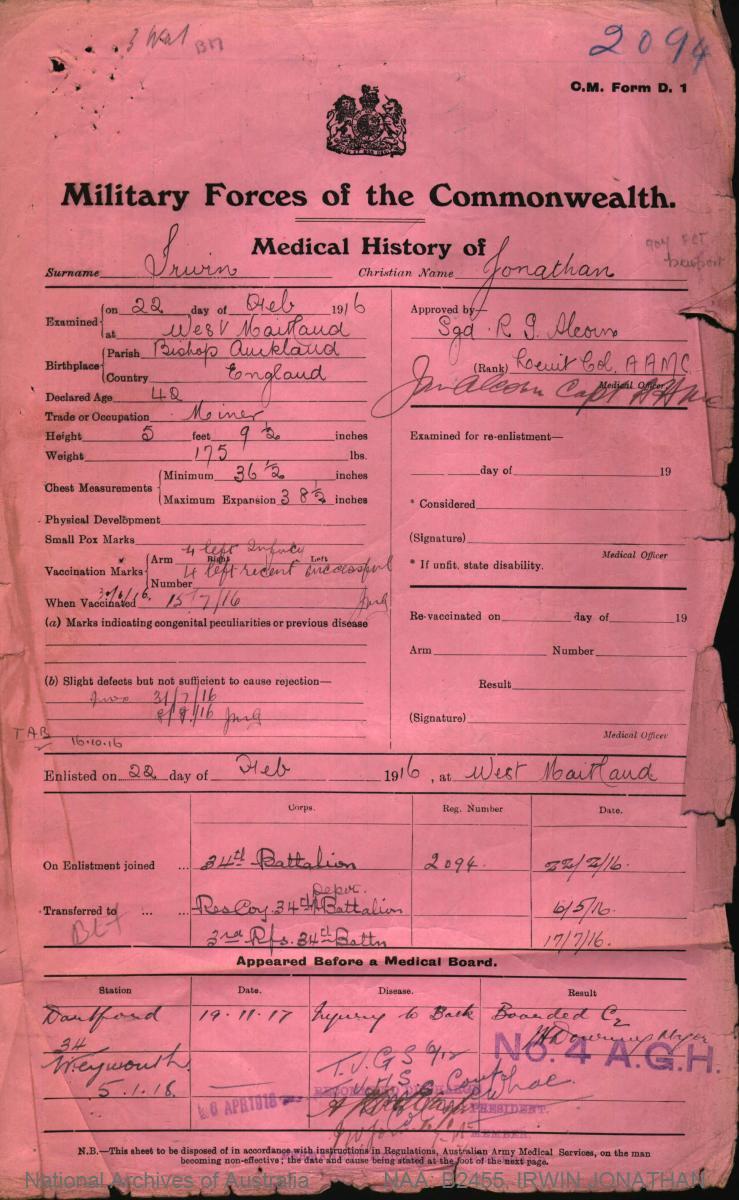

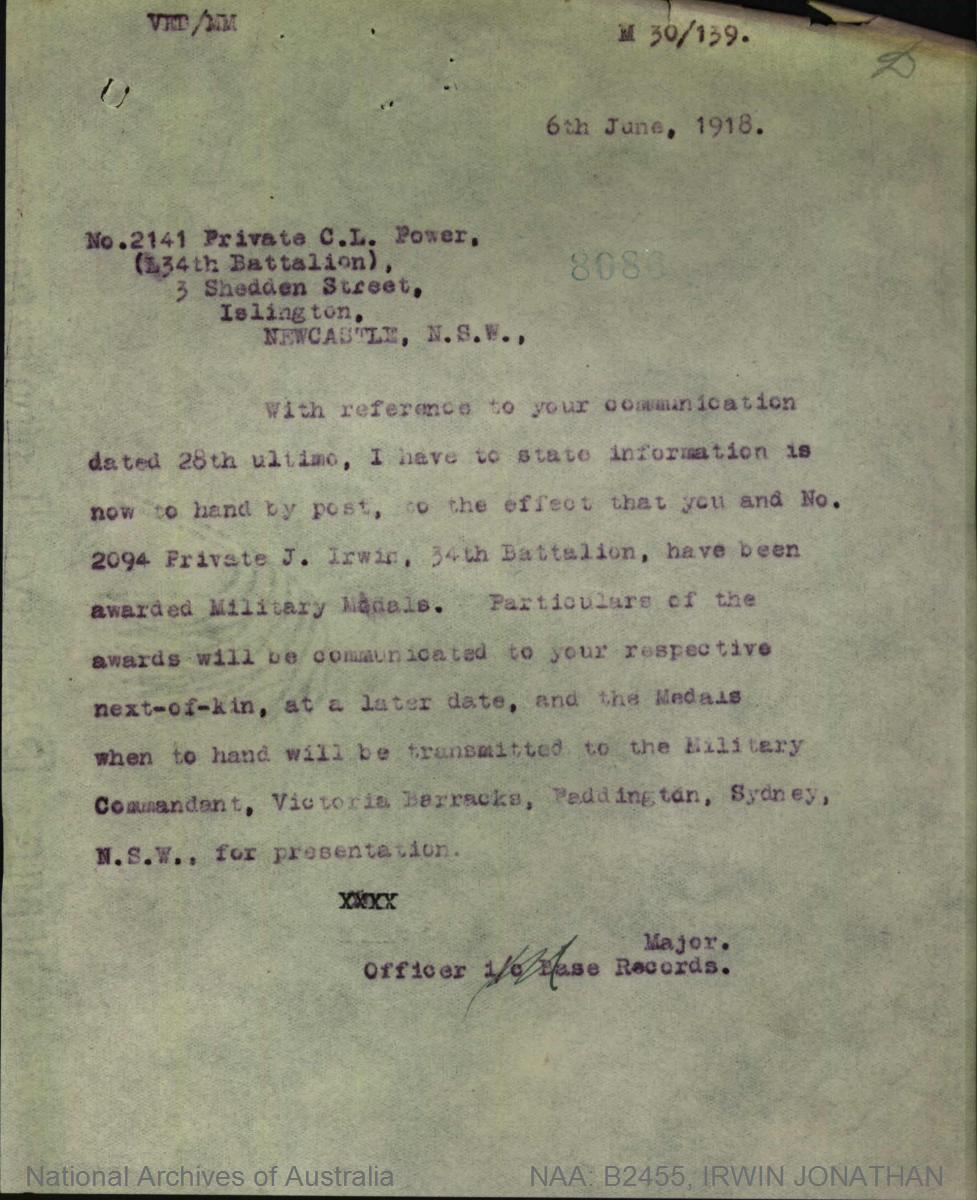
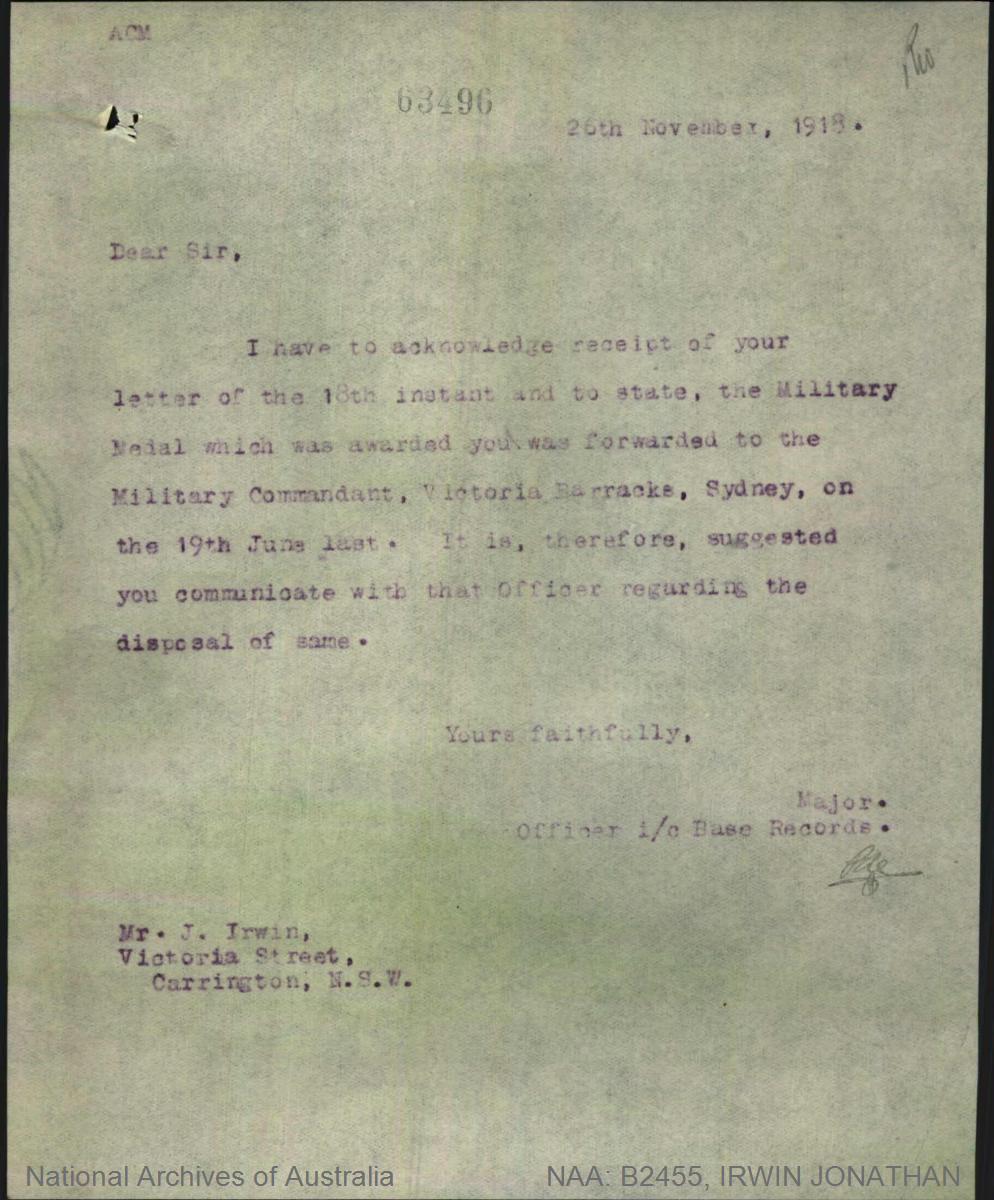
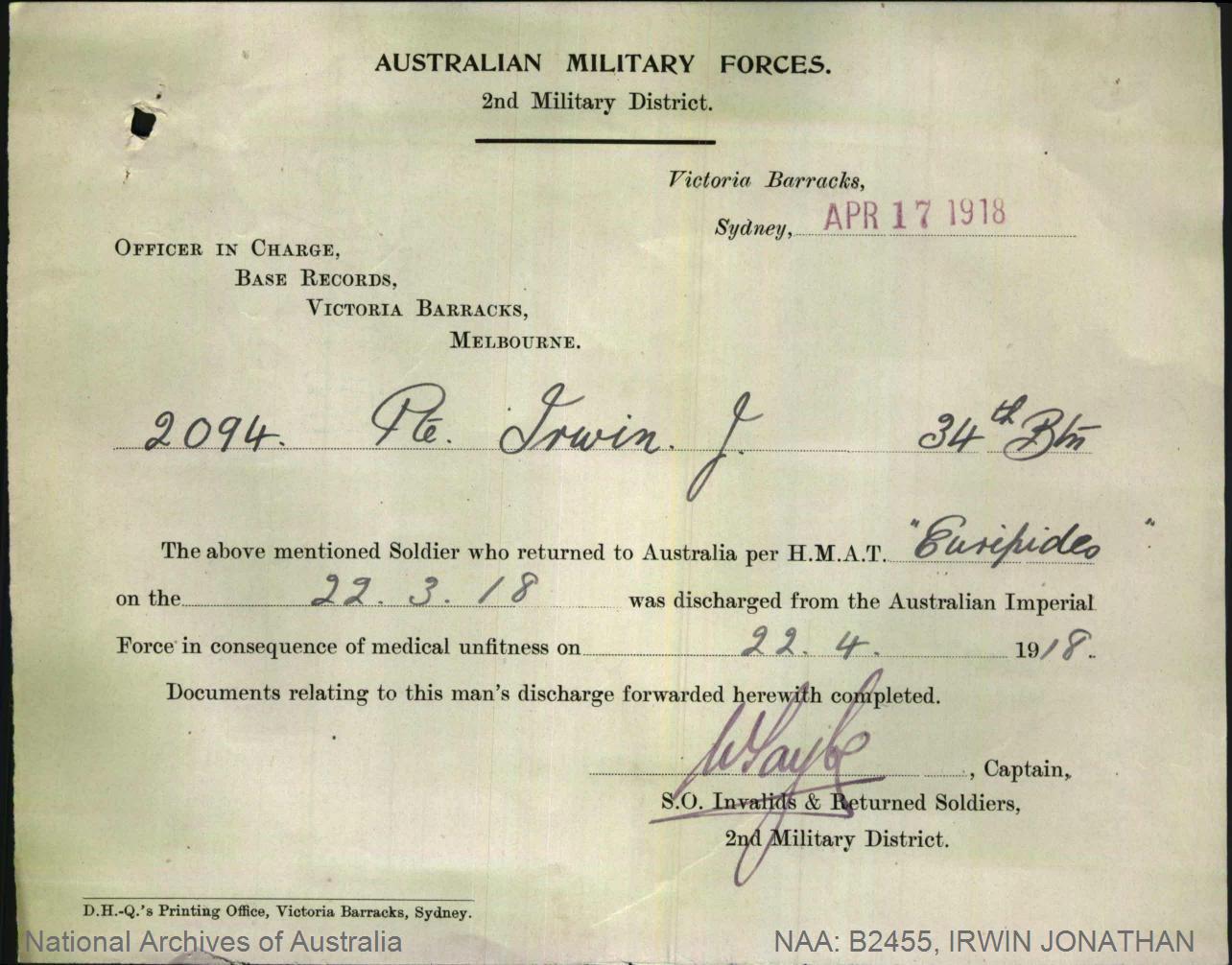
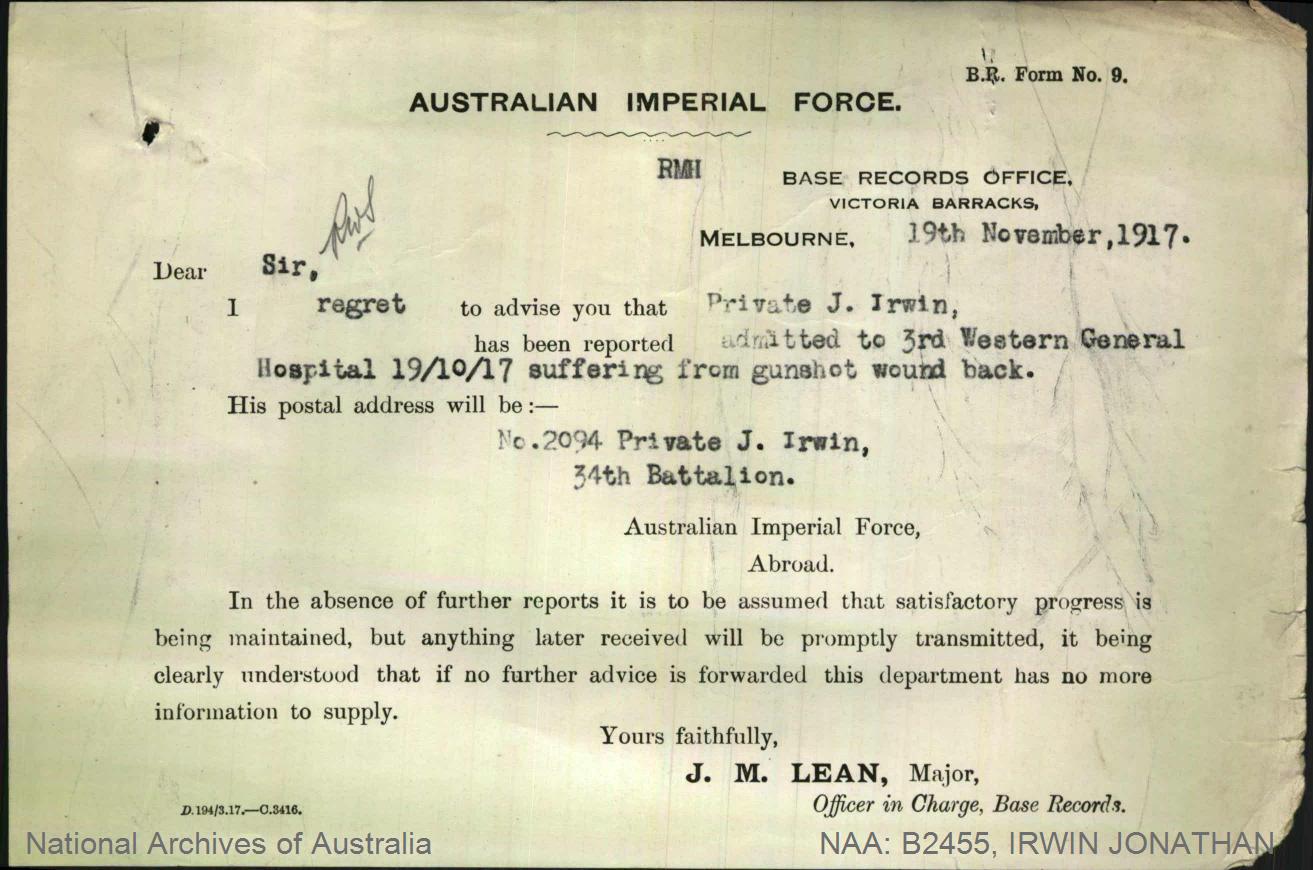
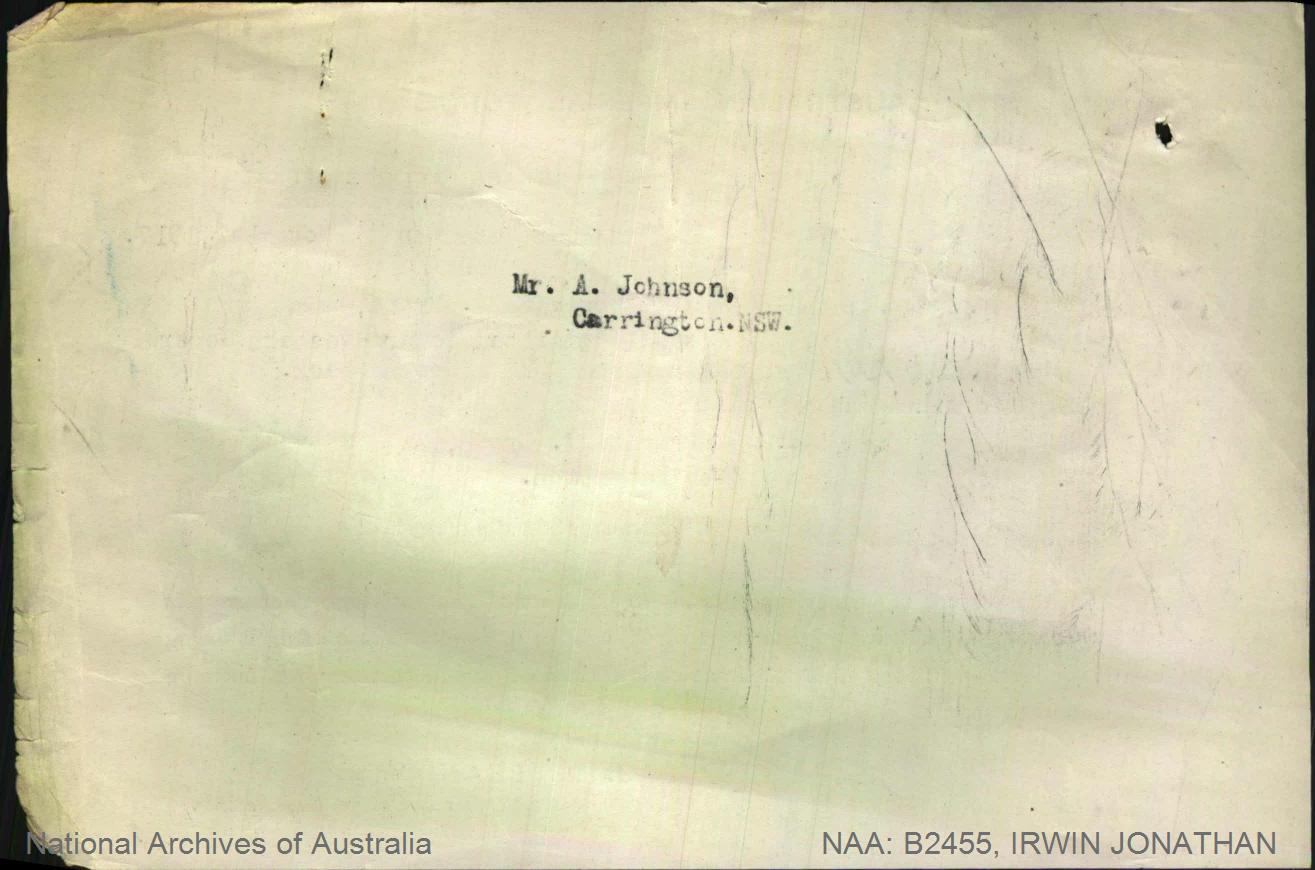
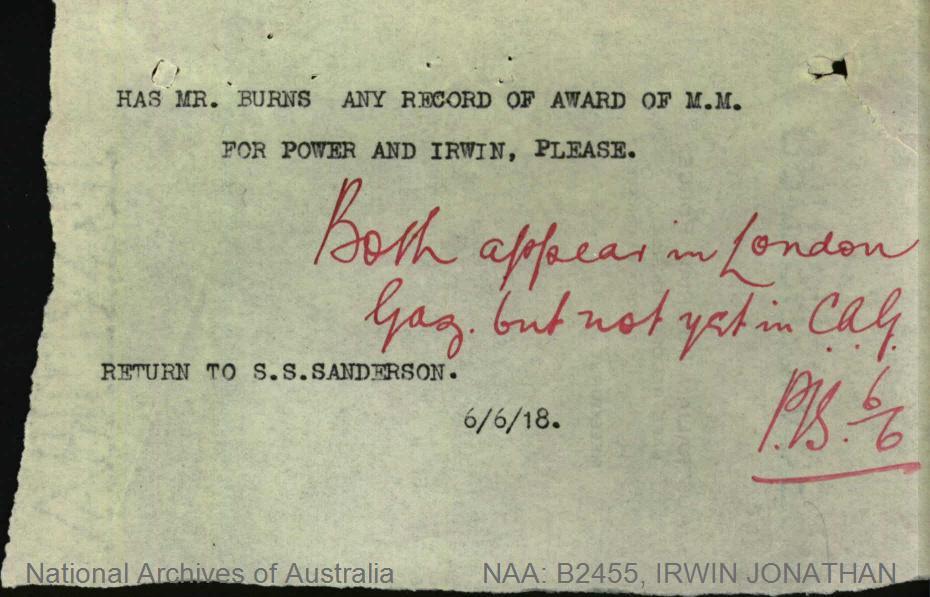



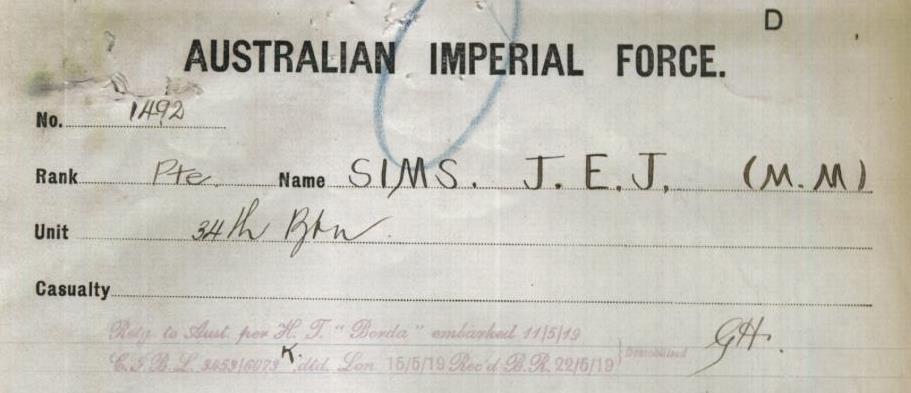

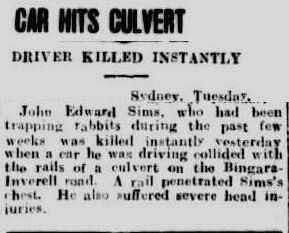
 11 Aug 1931
11 Aug 1931

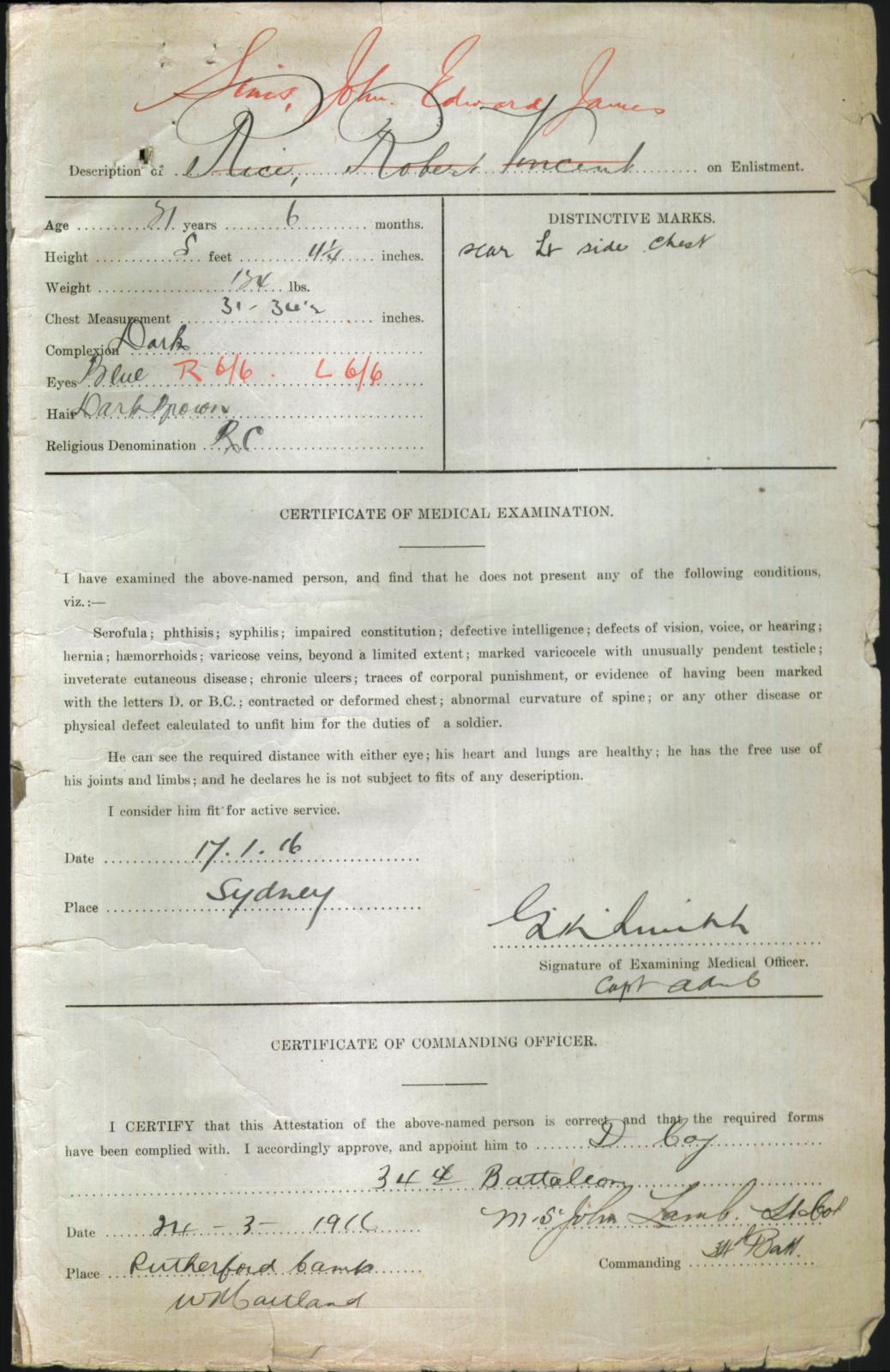
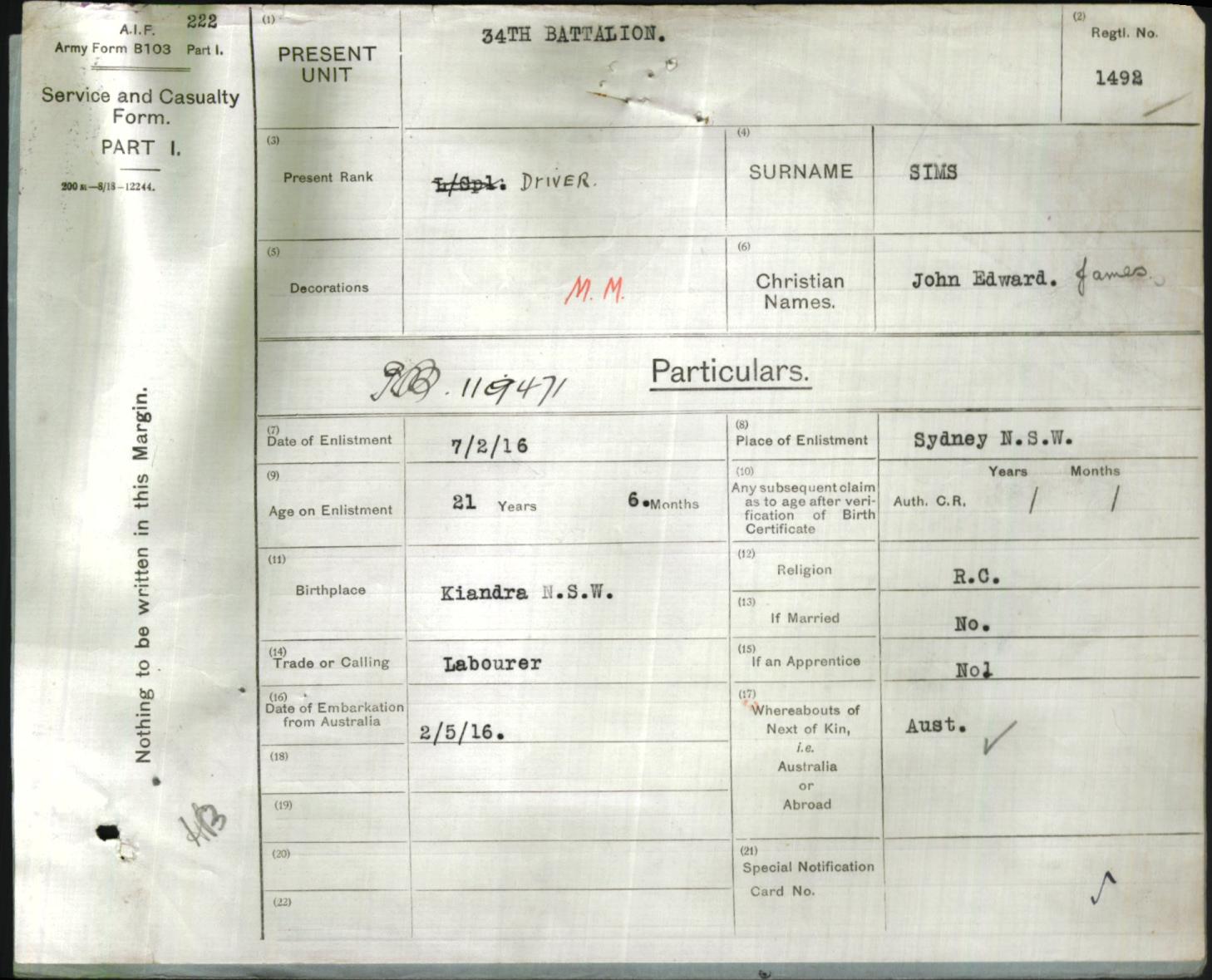
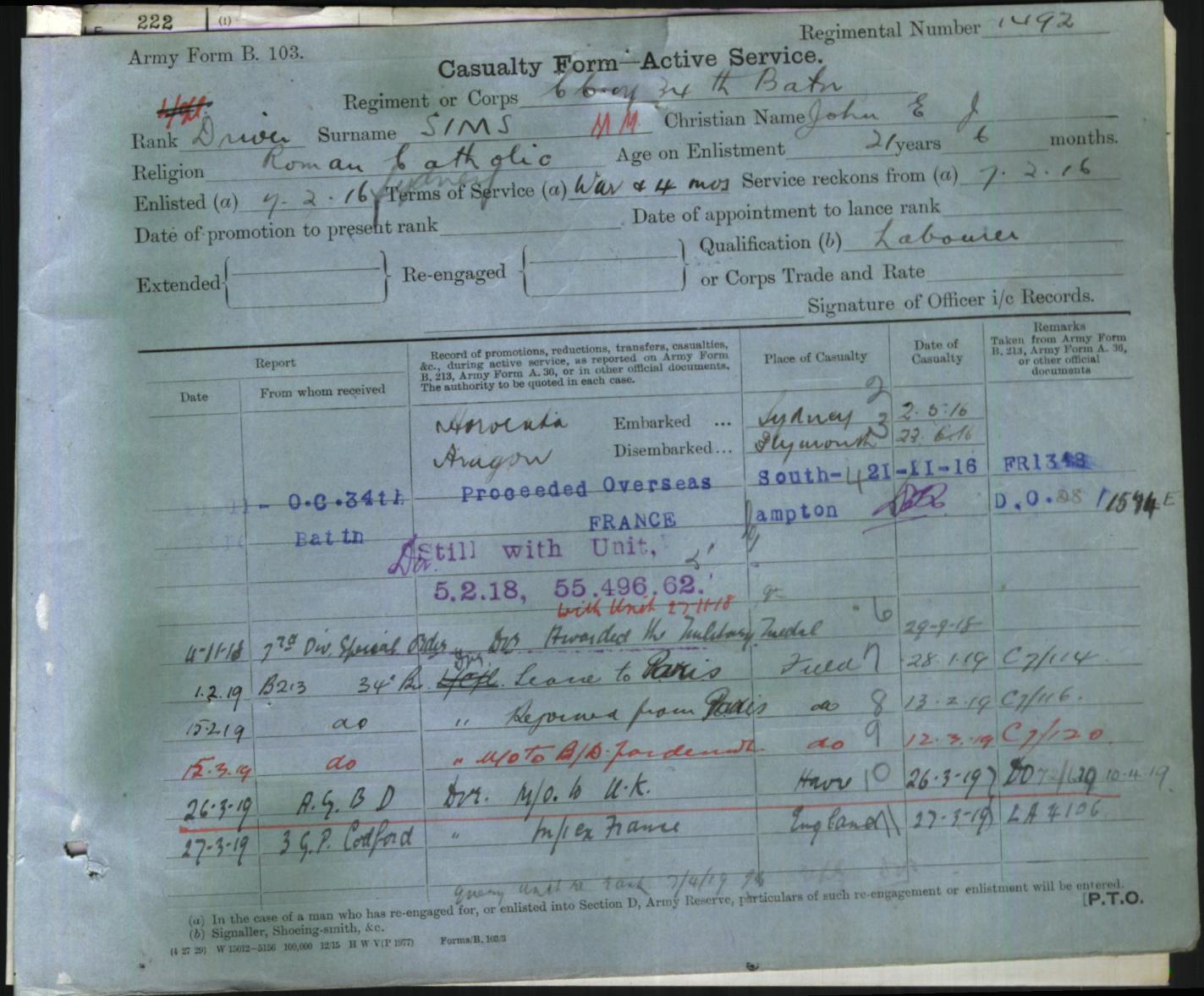

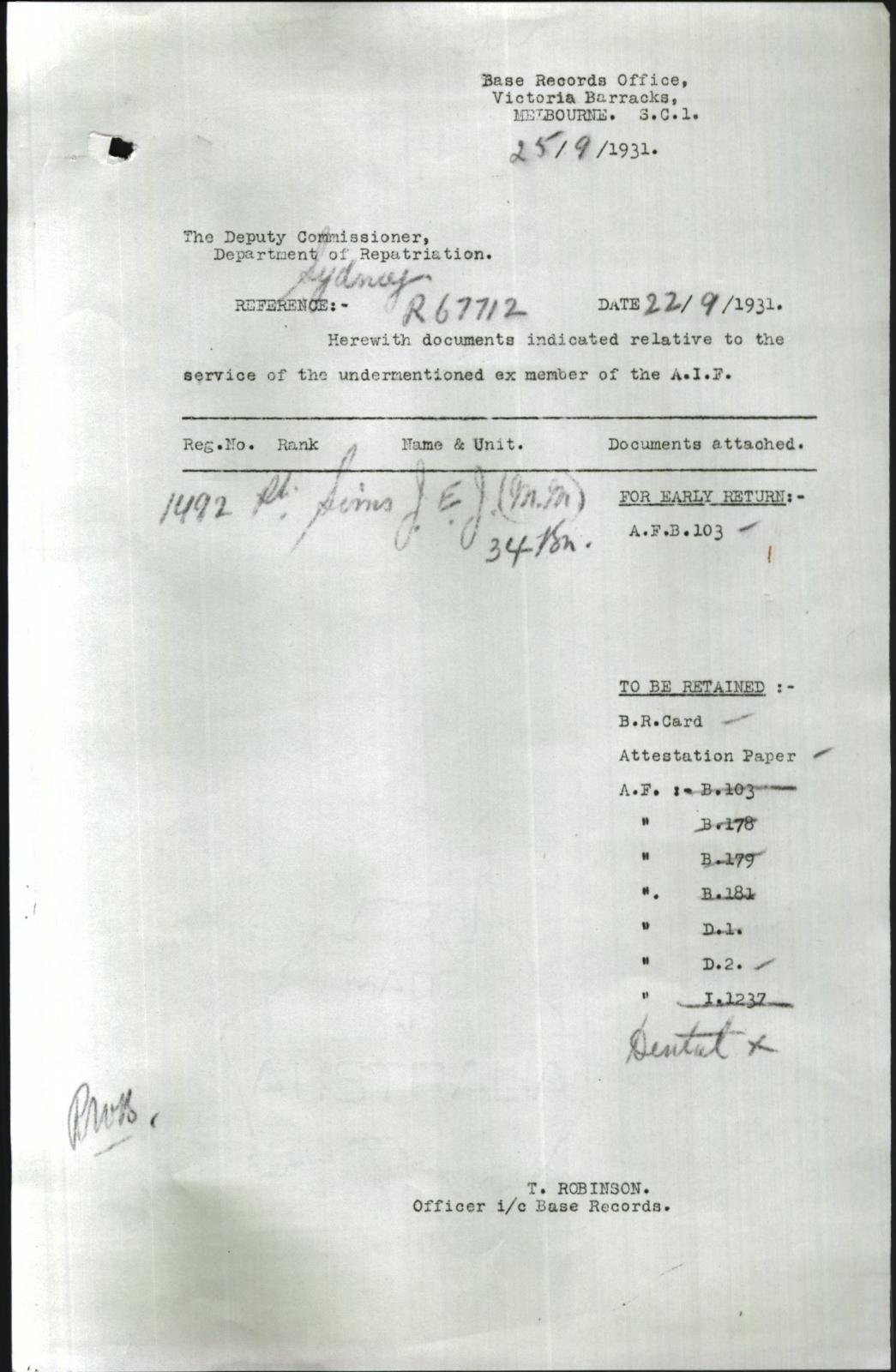
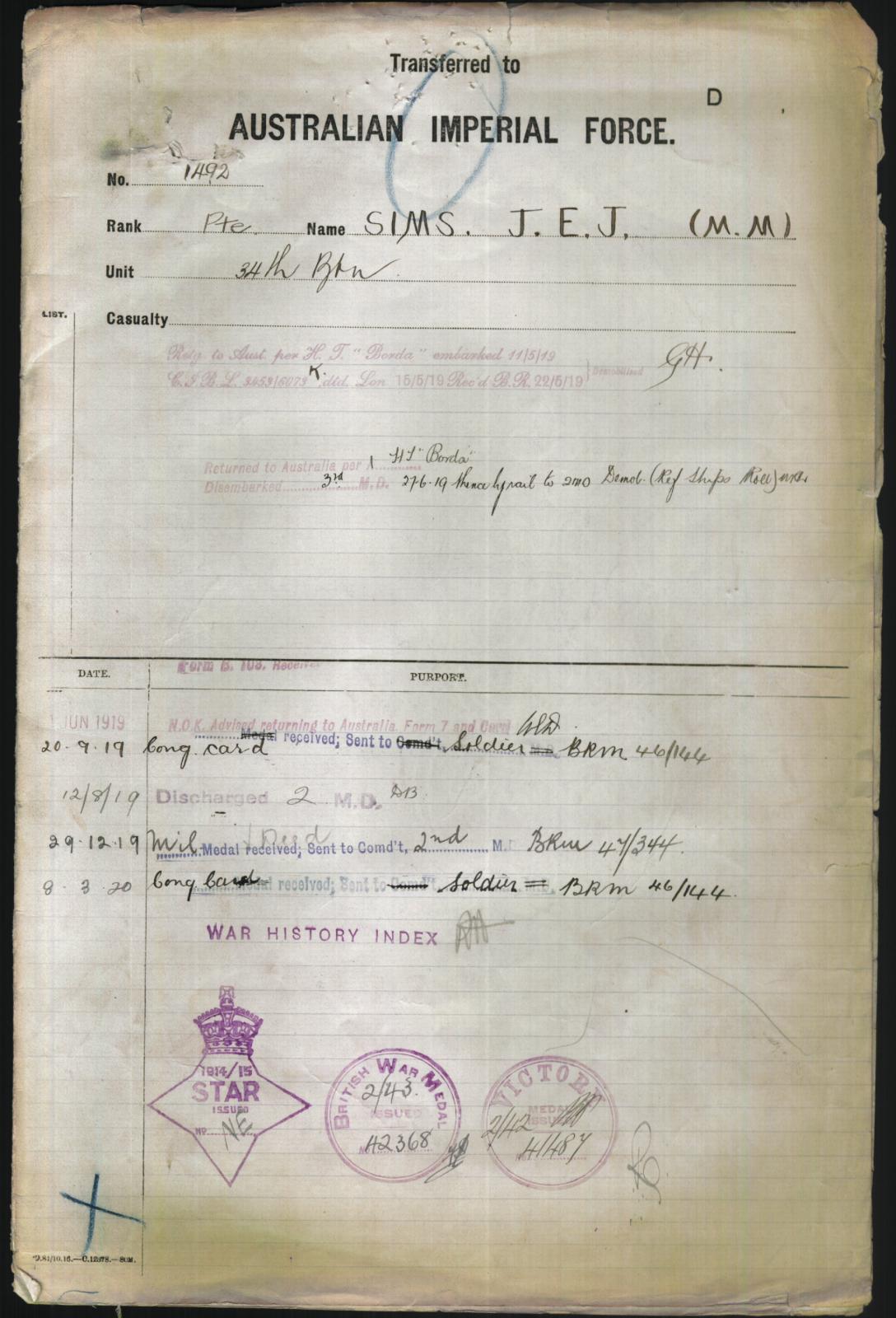
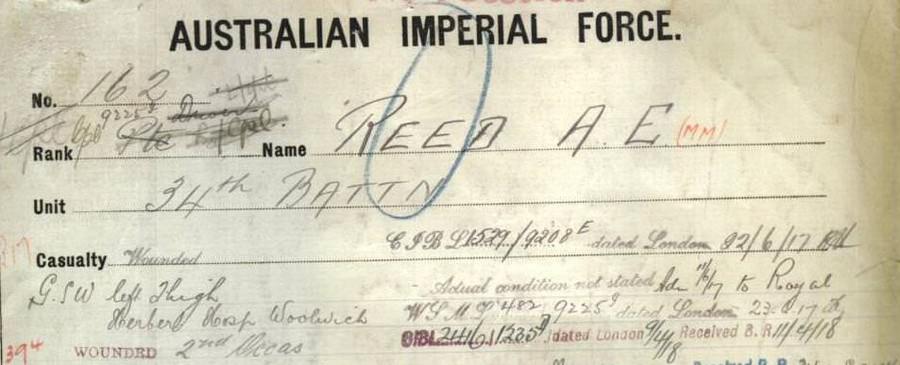



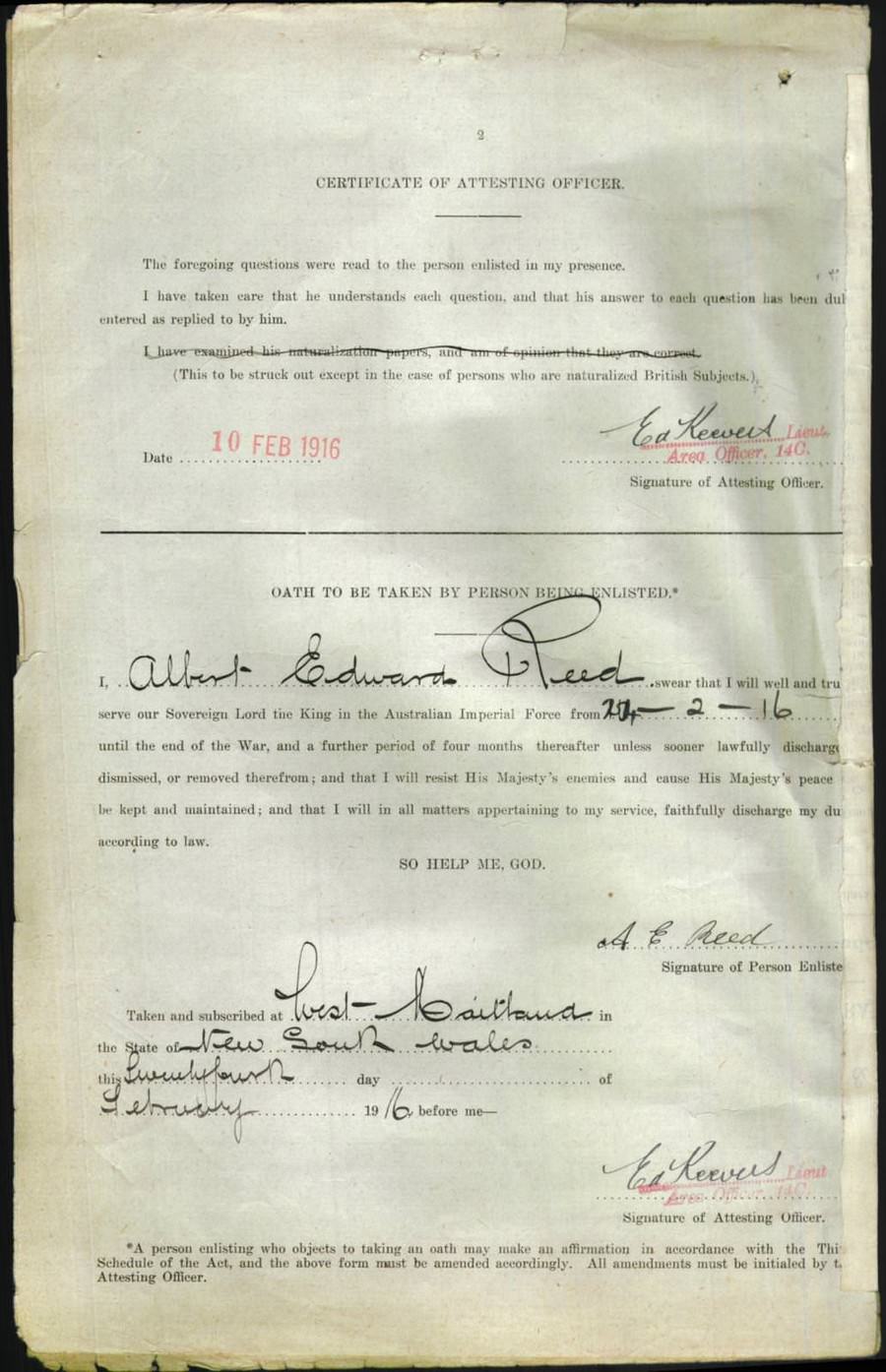
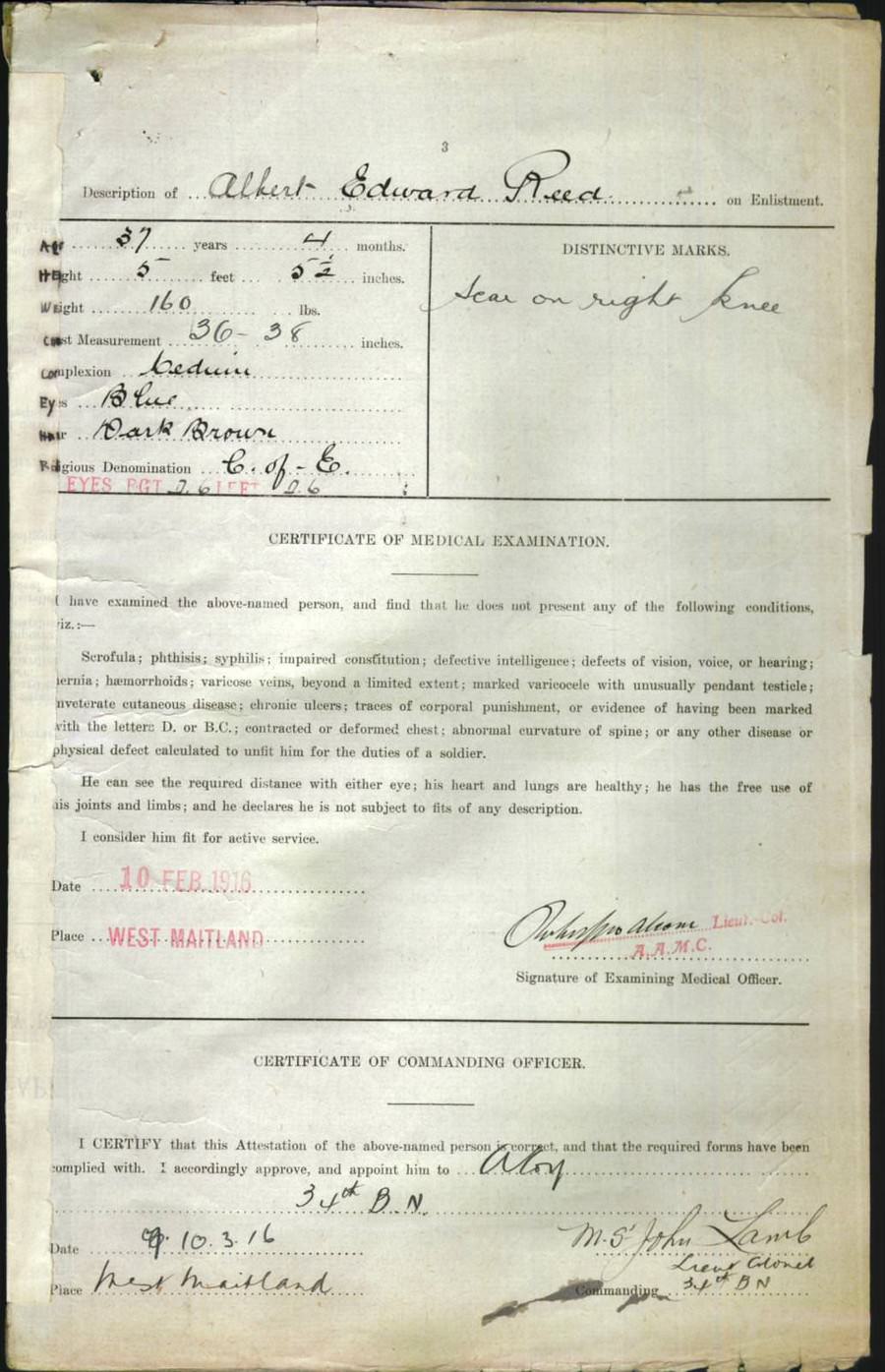
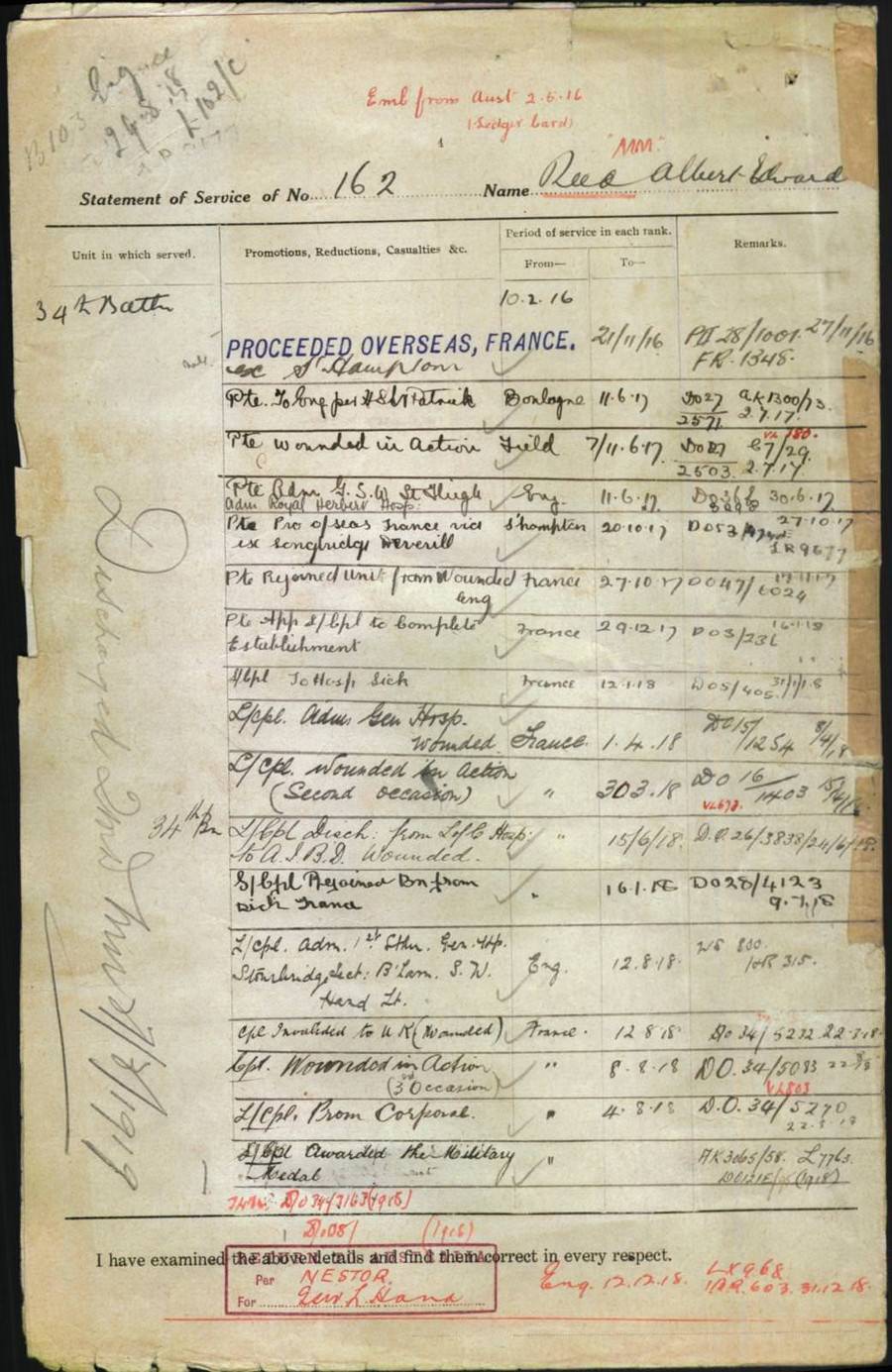
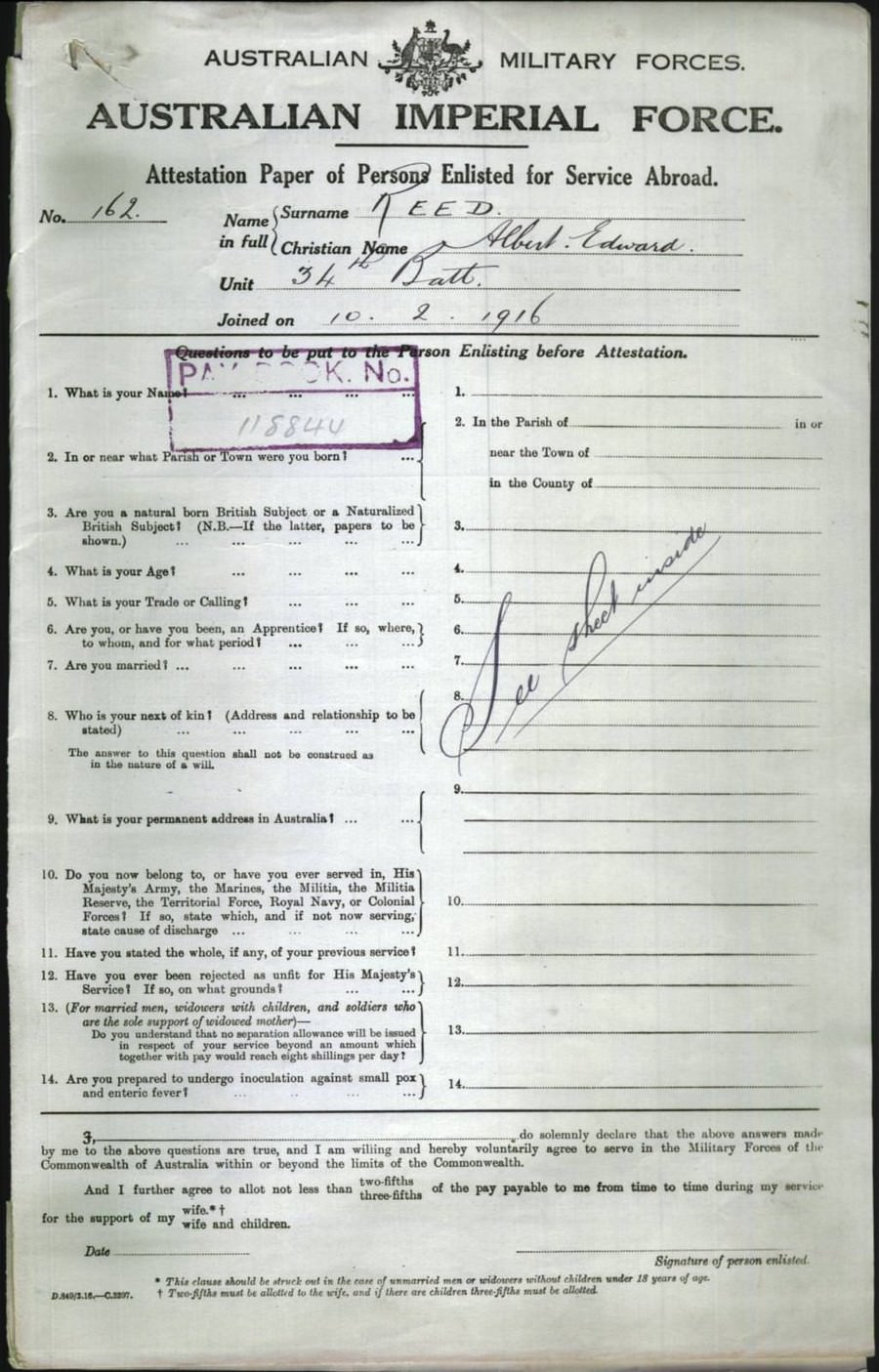

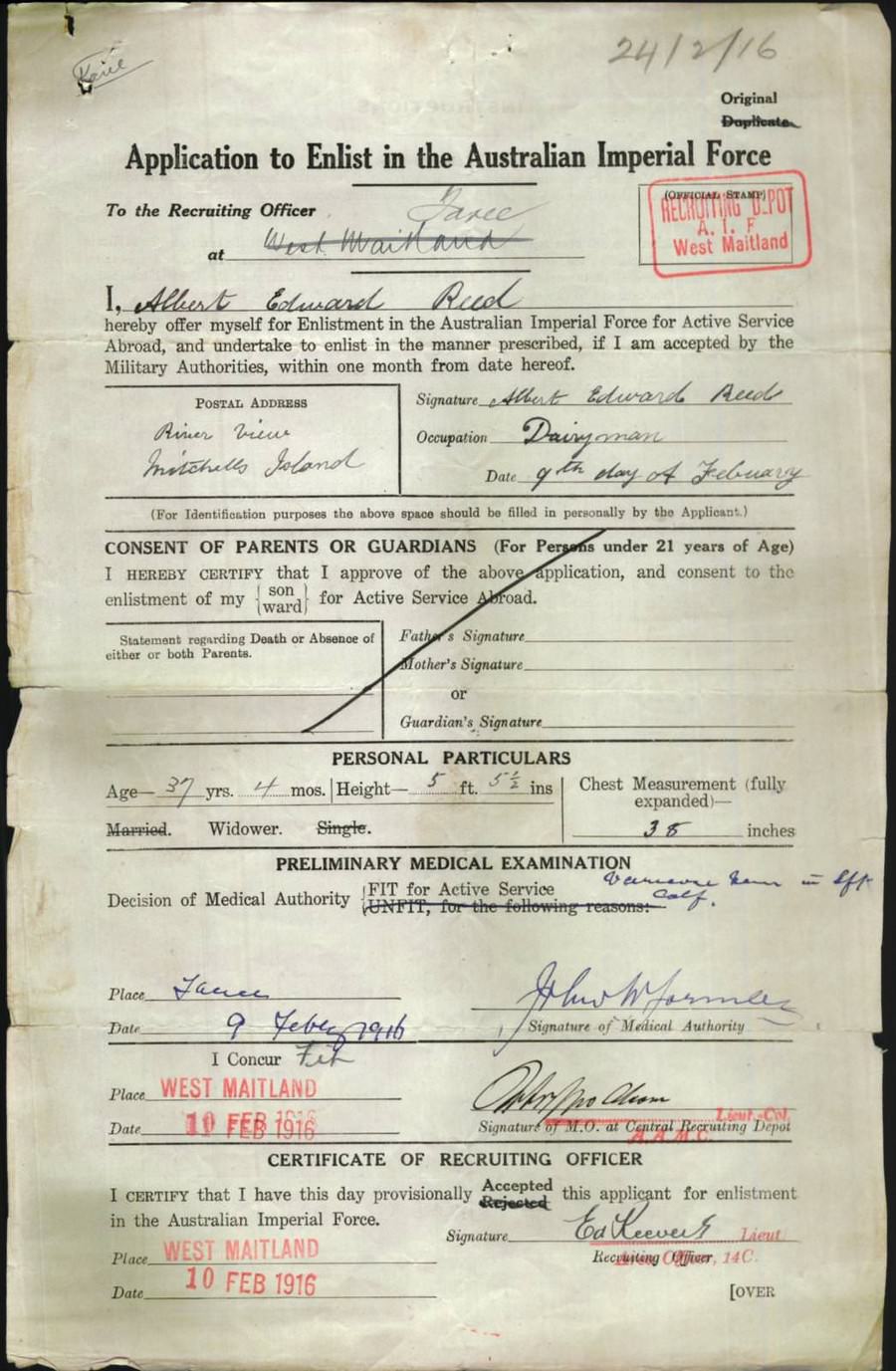
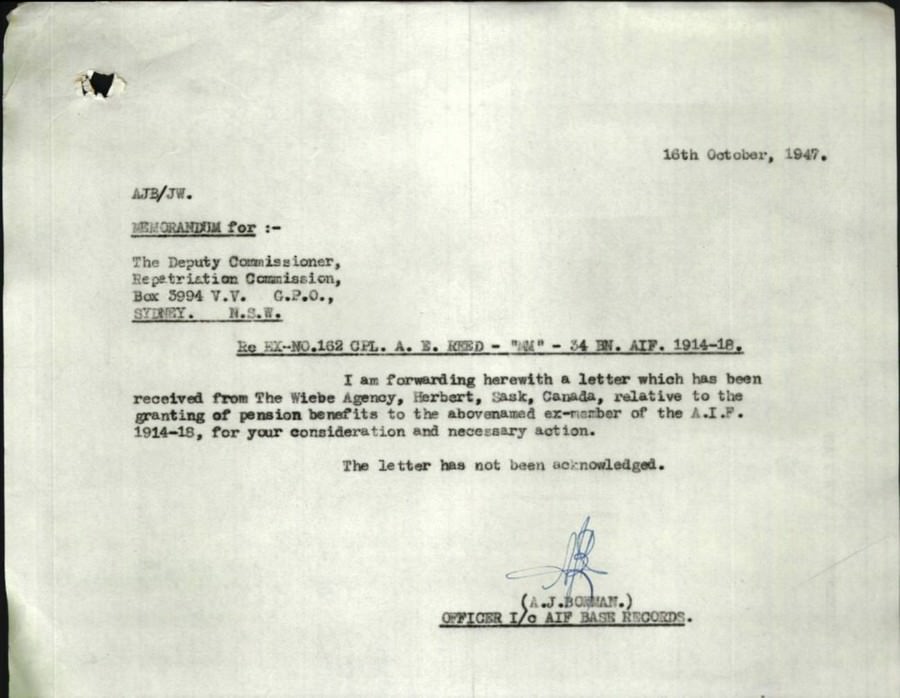
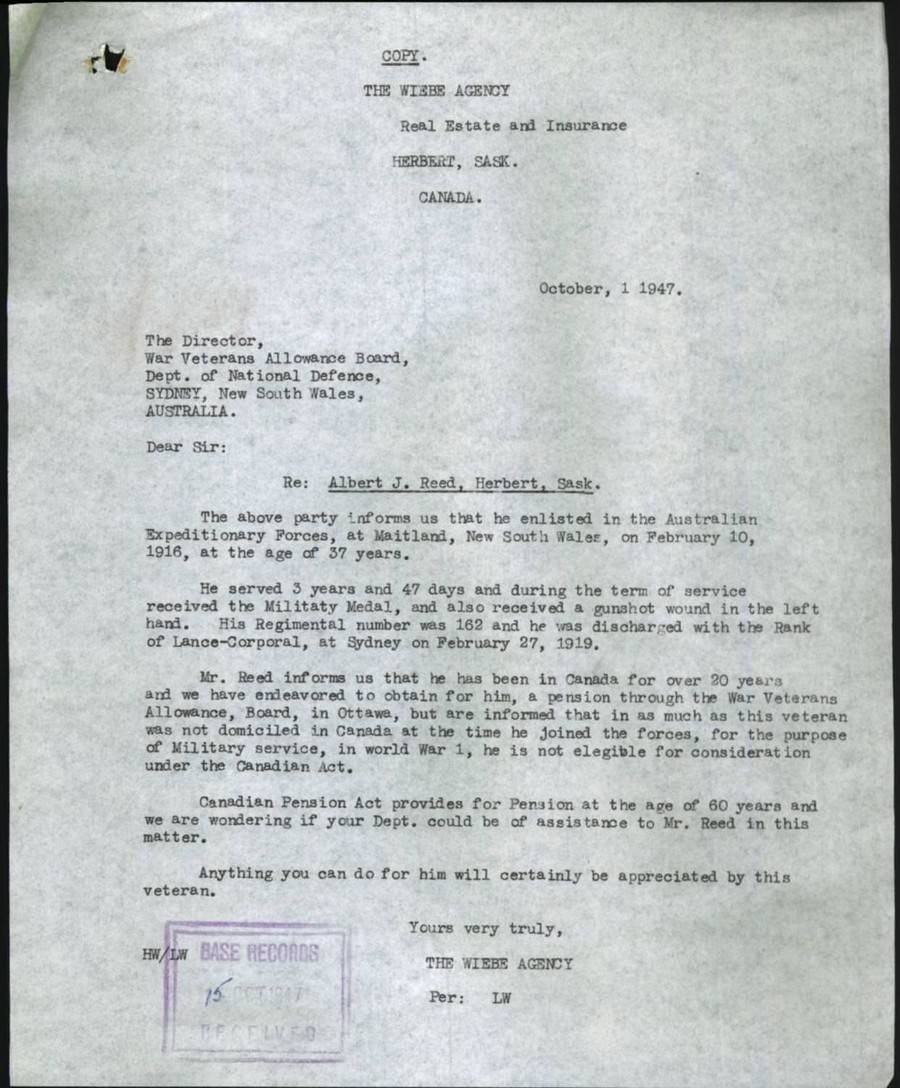


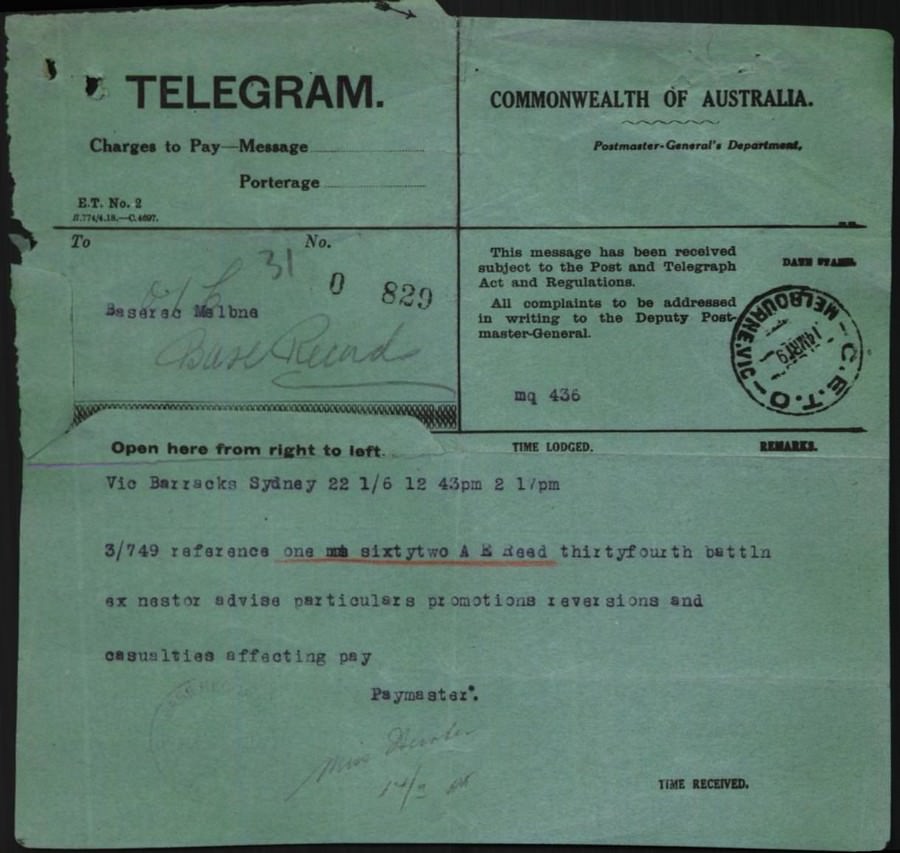
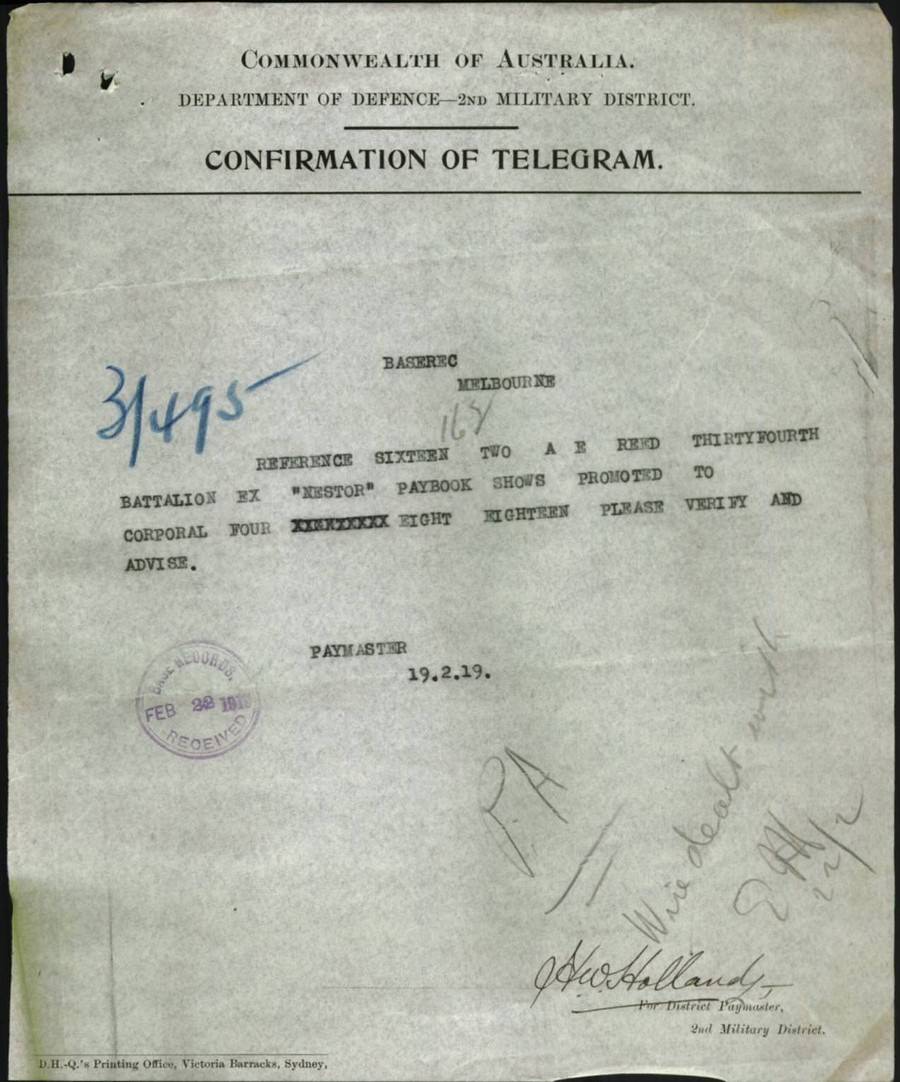
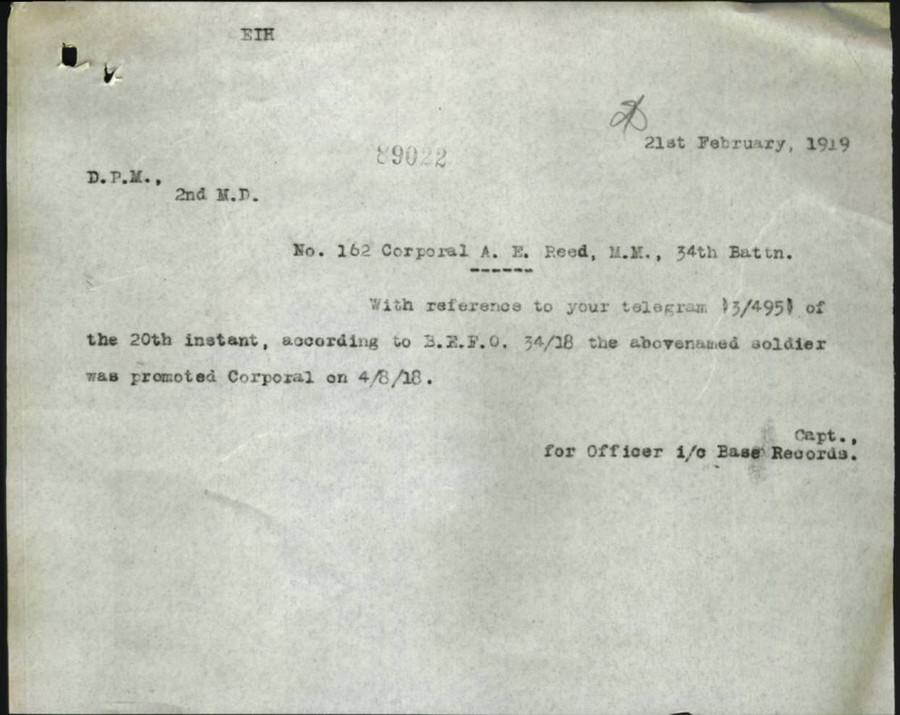

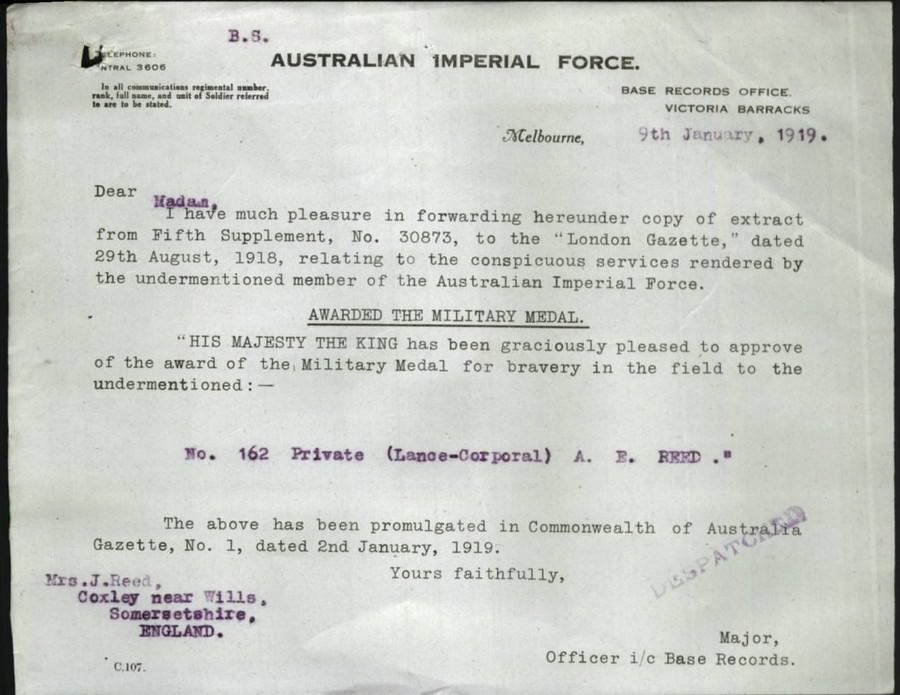

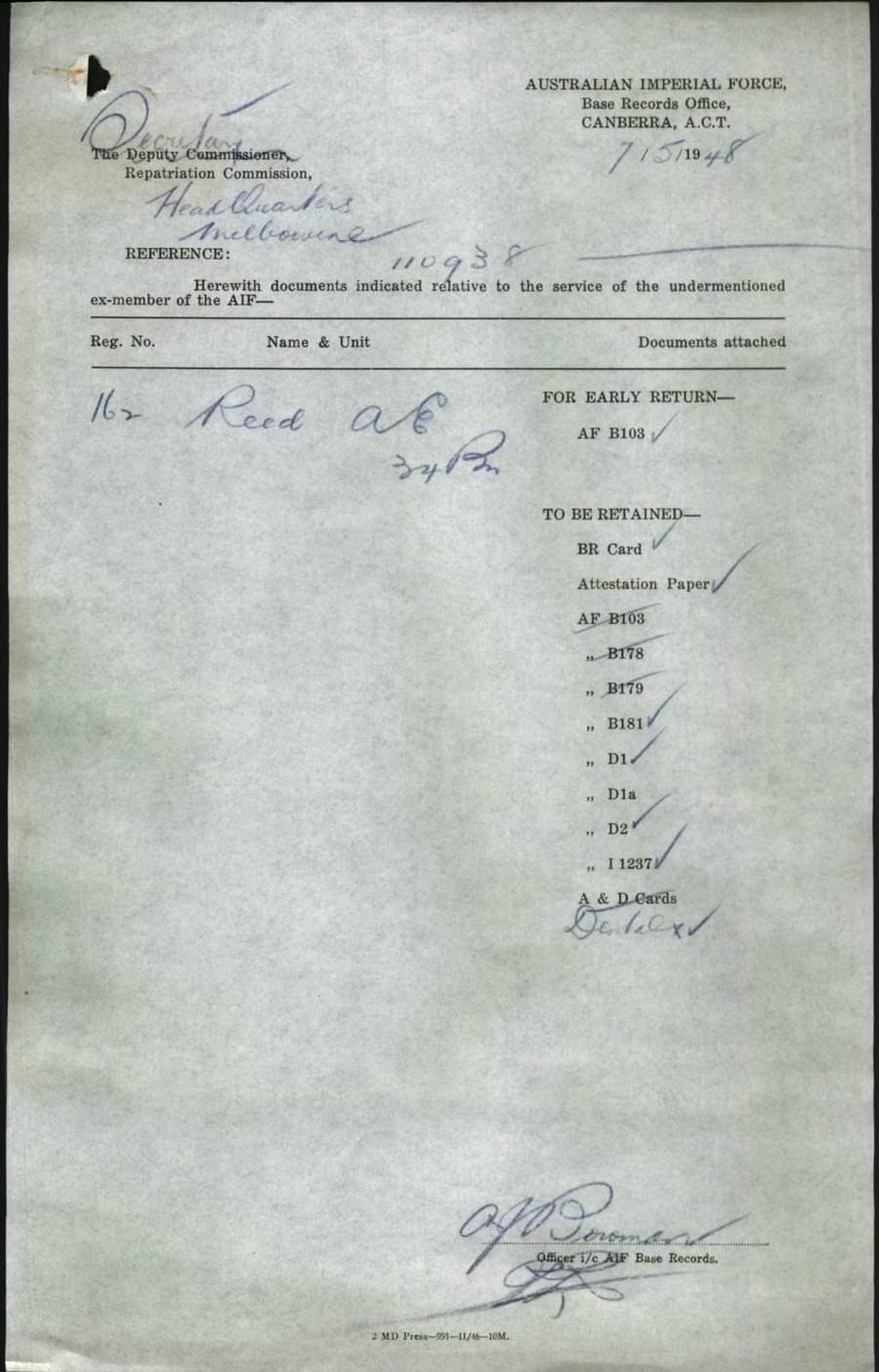
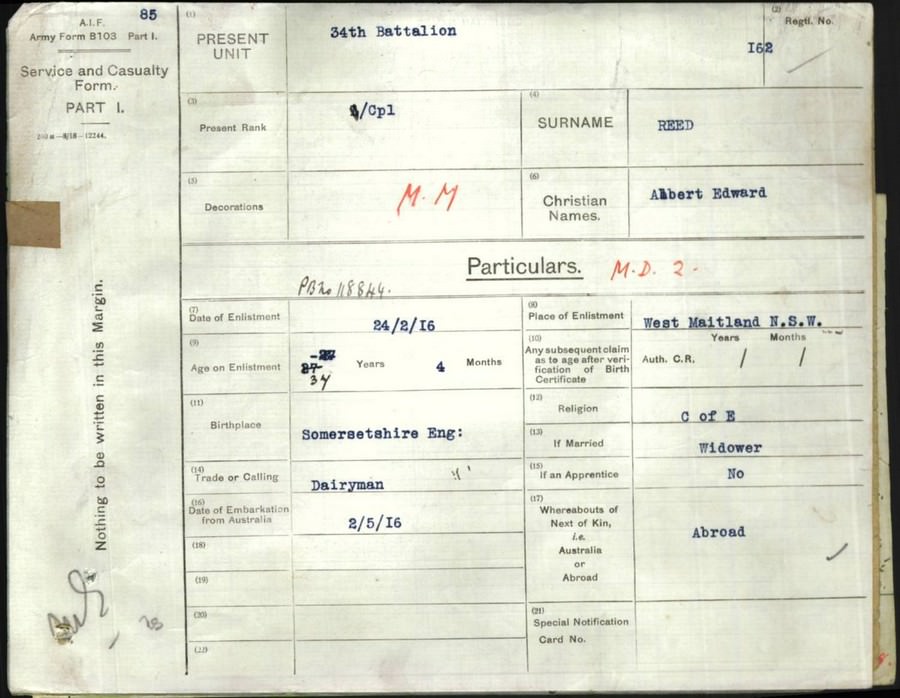
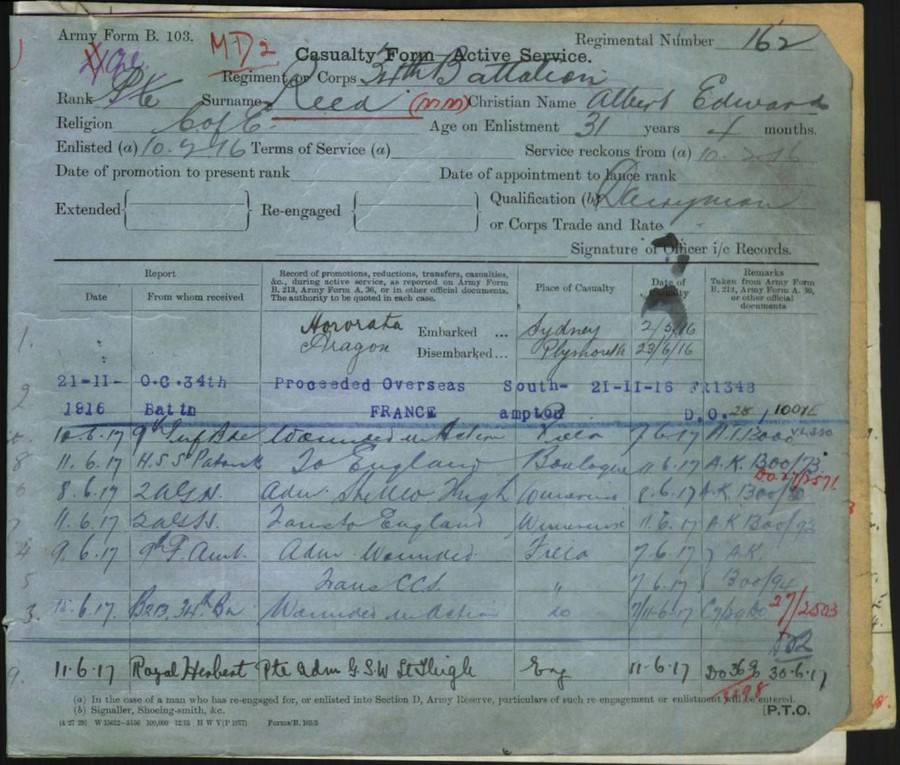
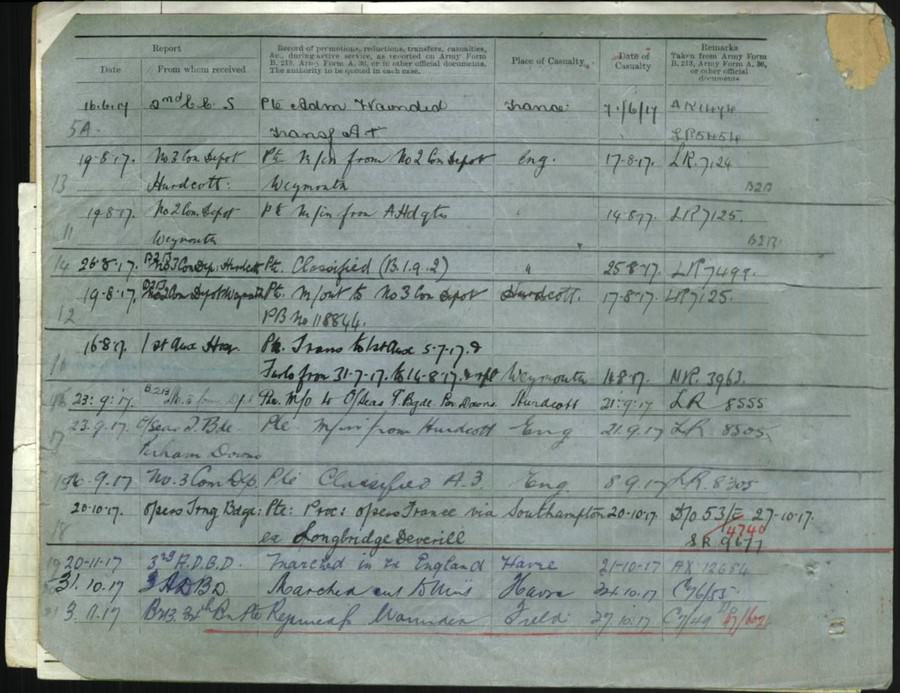
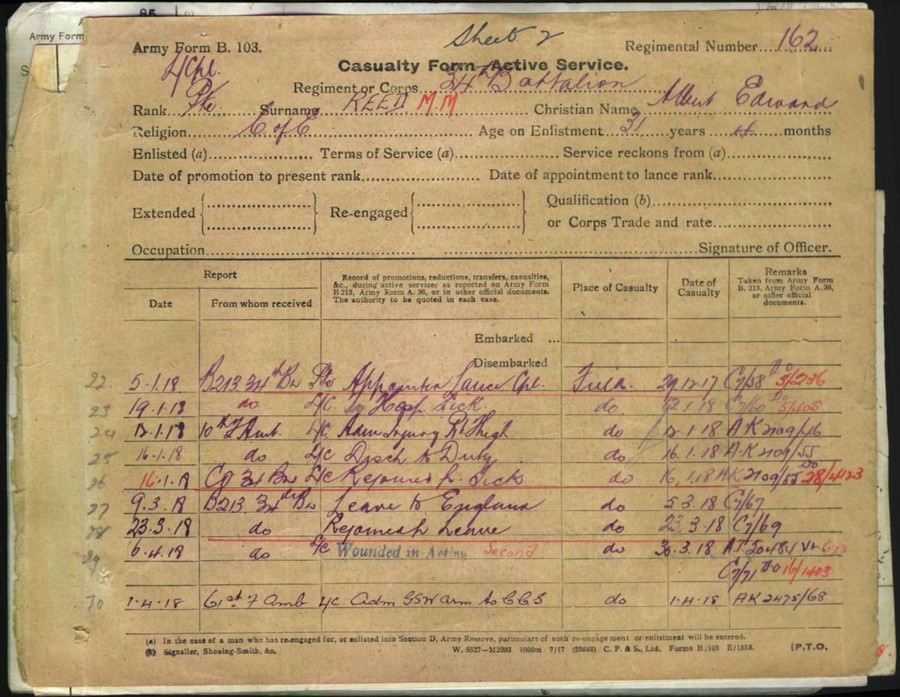
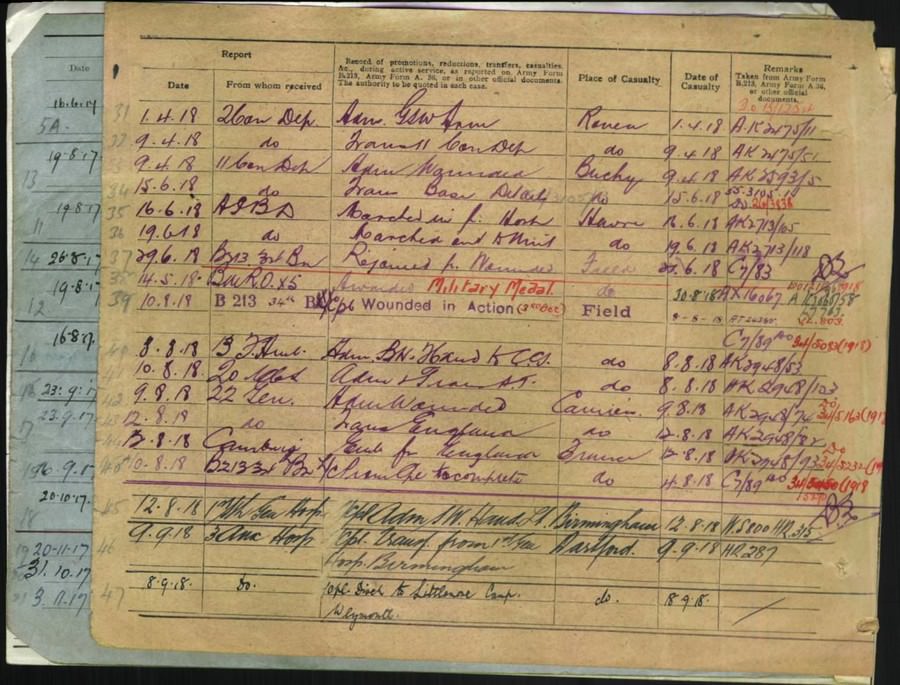
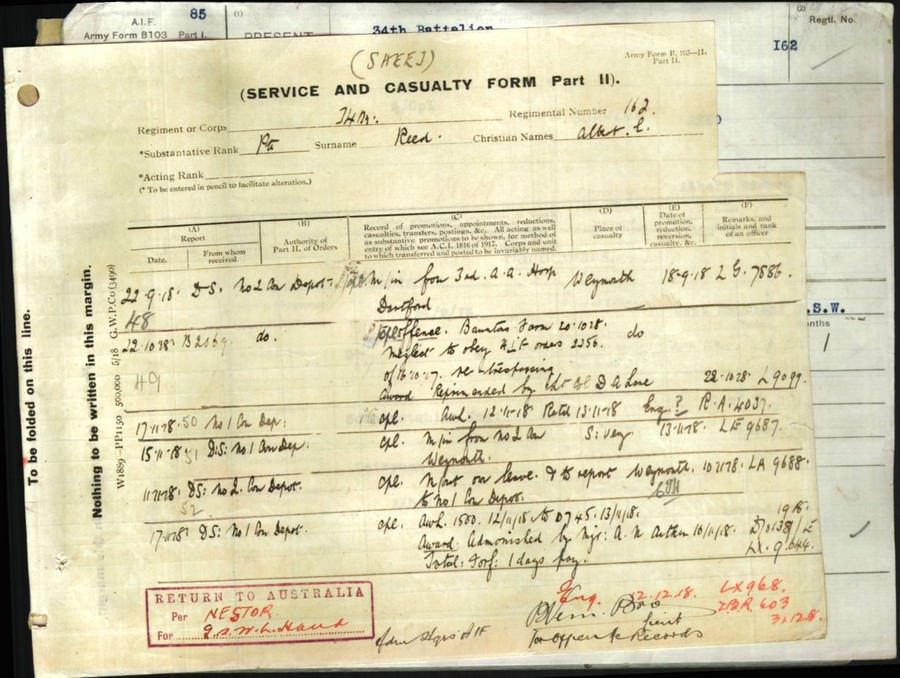
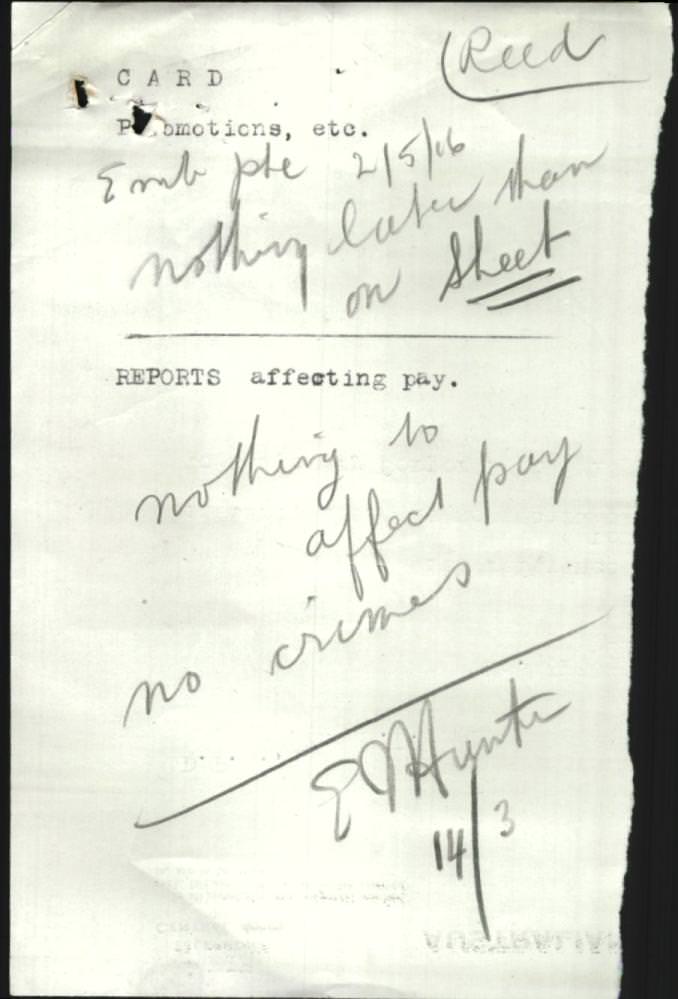
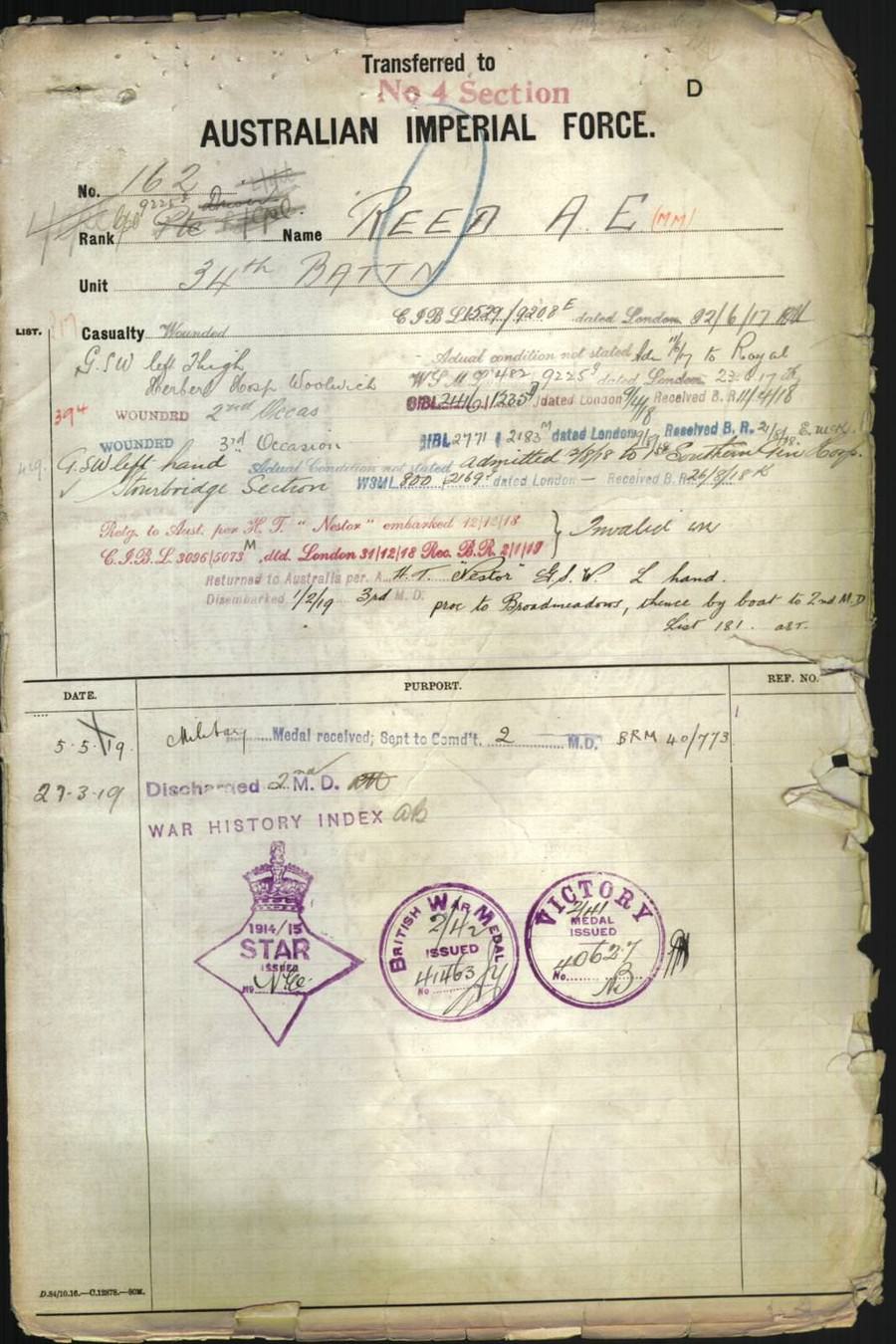
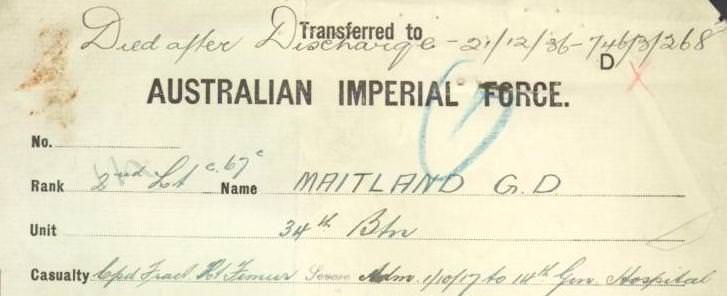
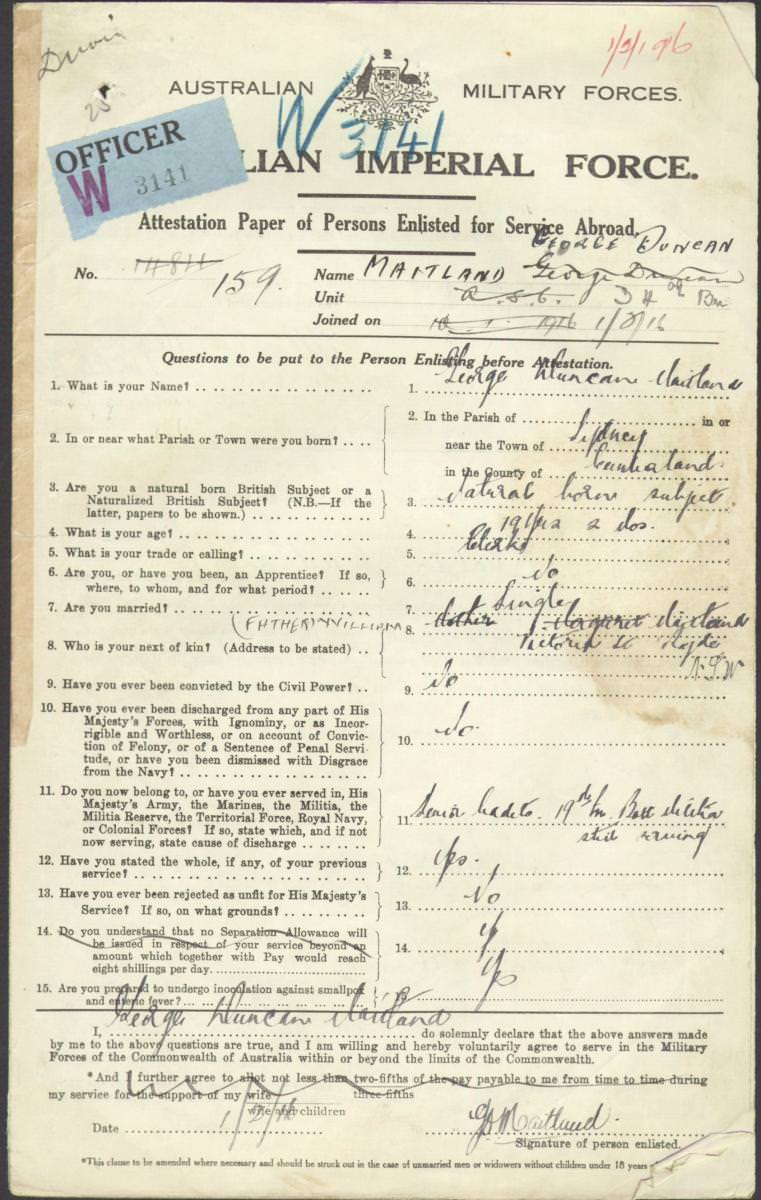
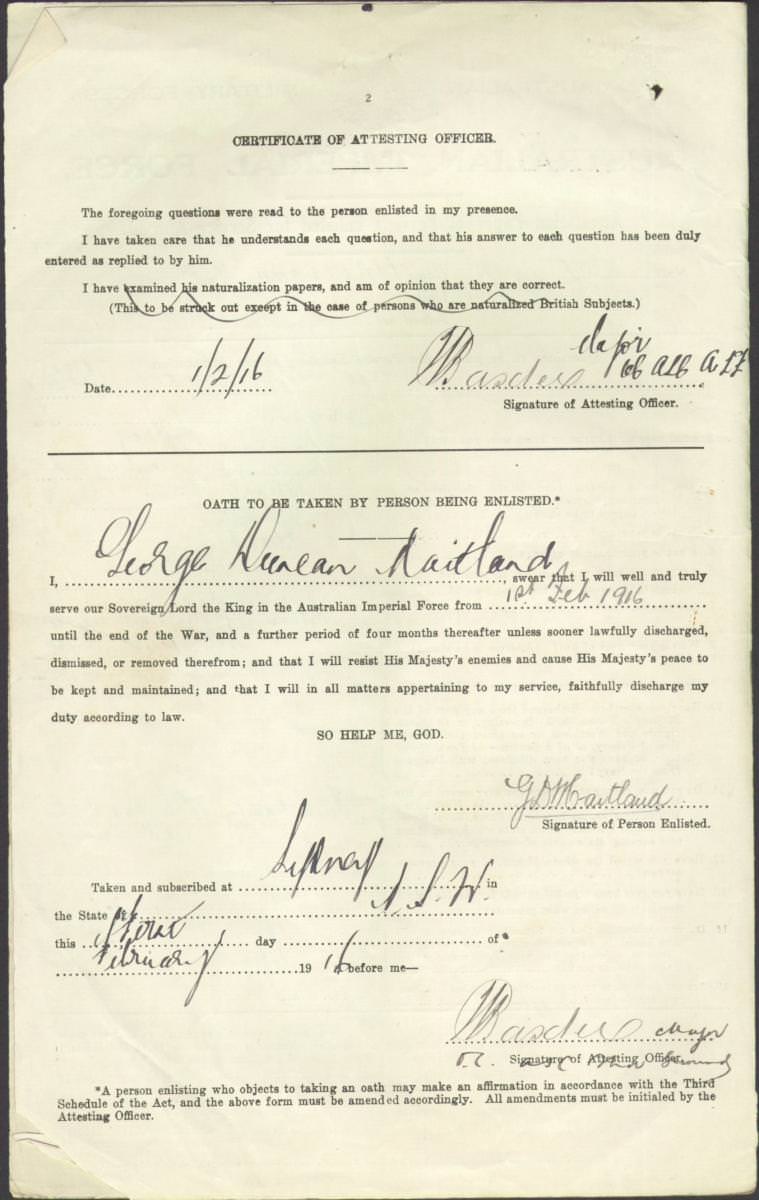
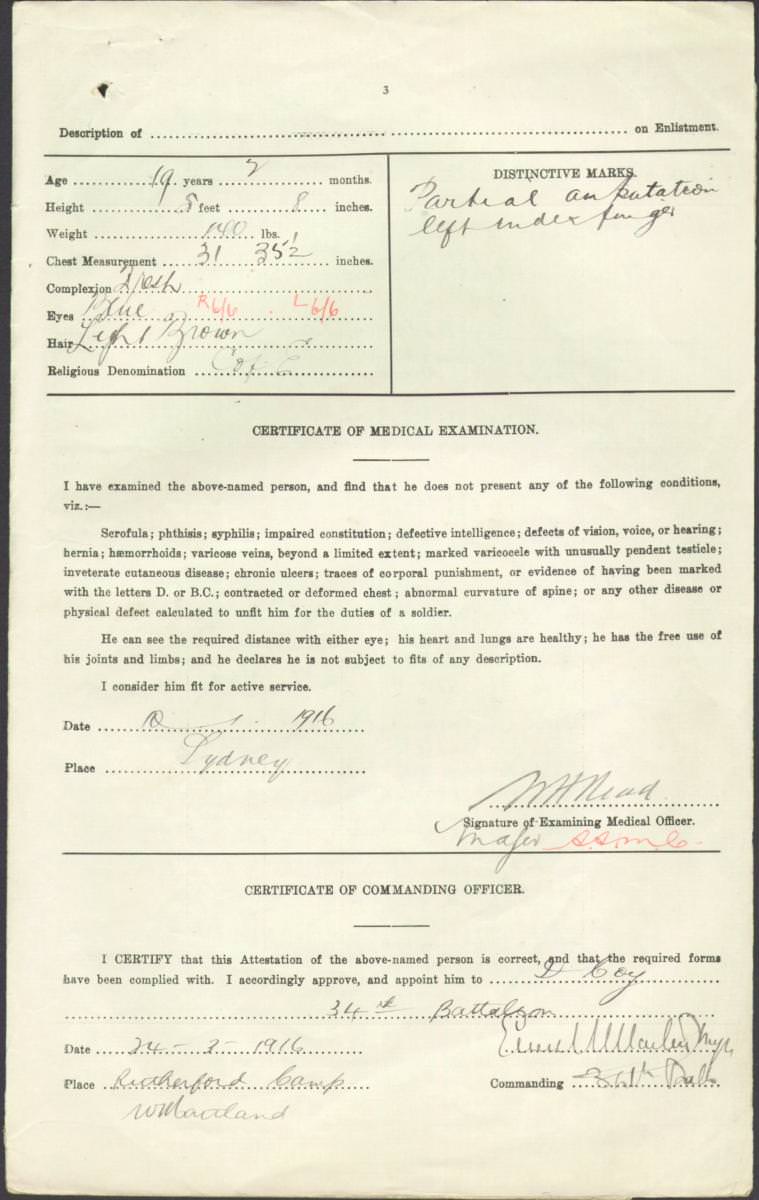
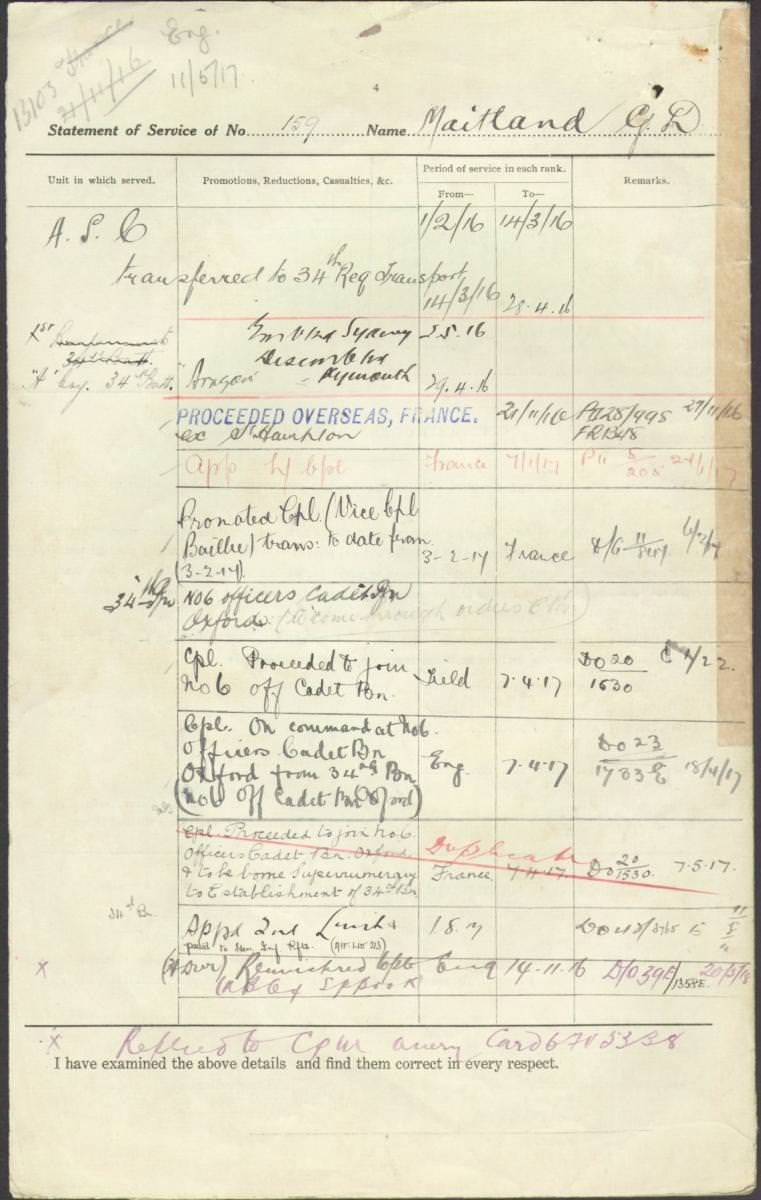
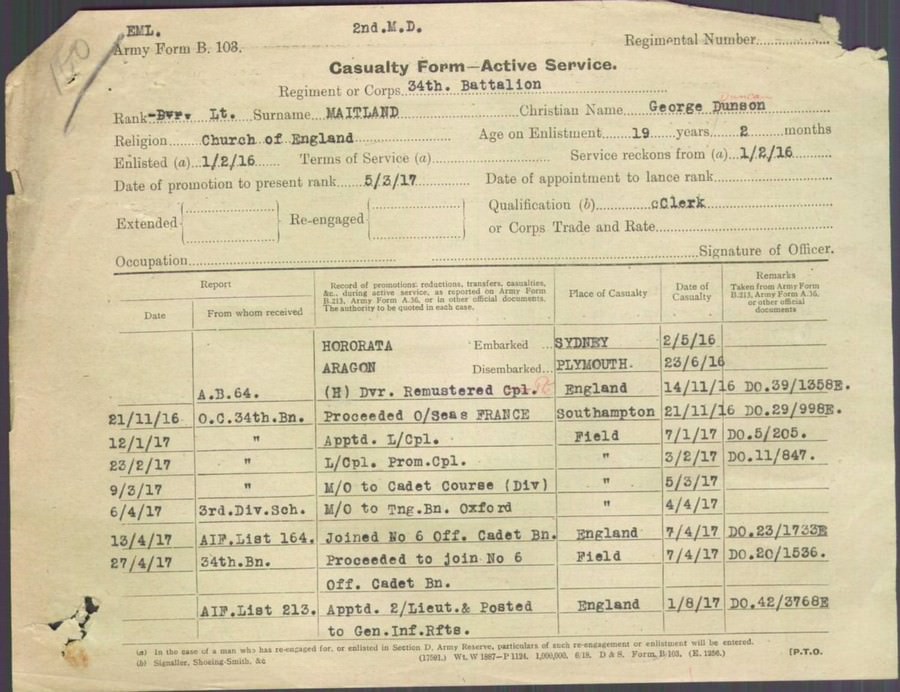
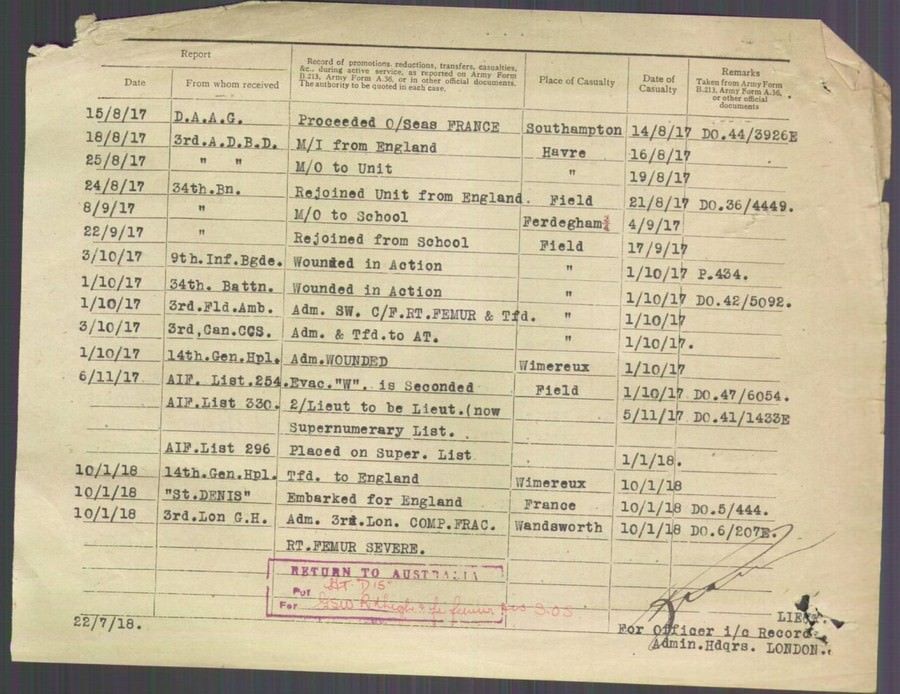
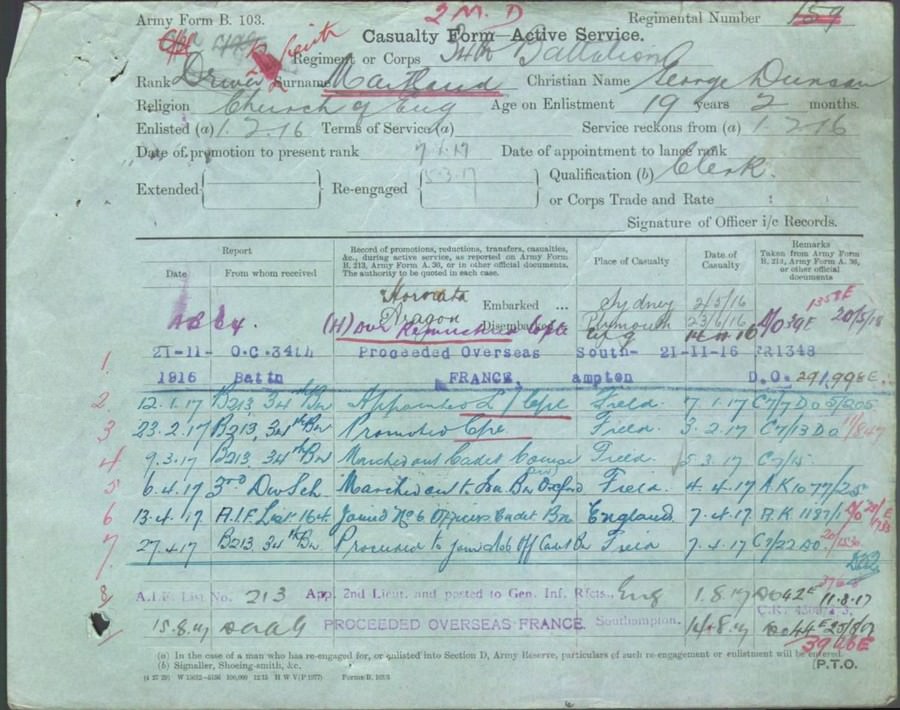
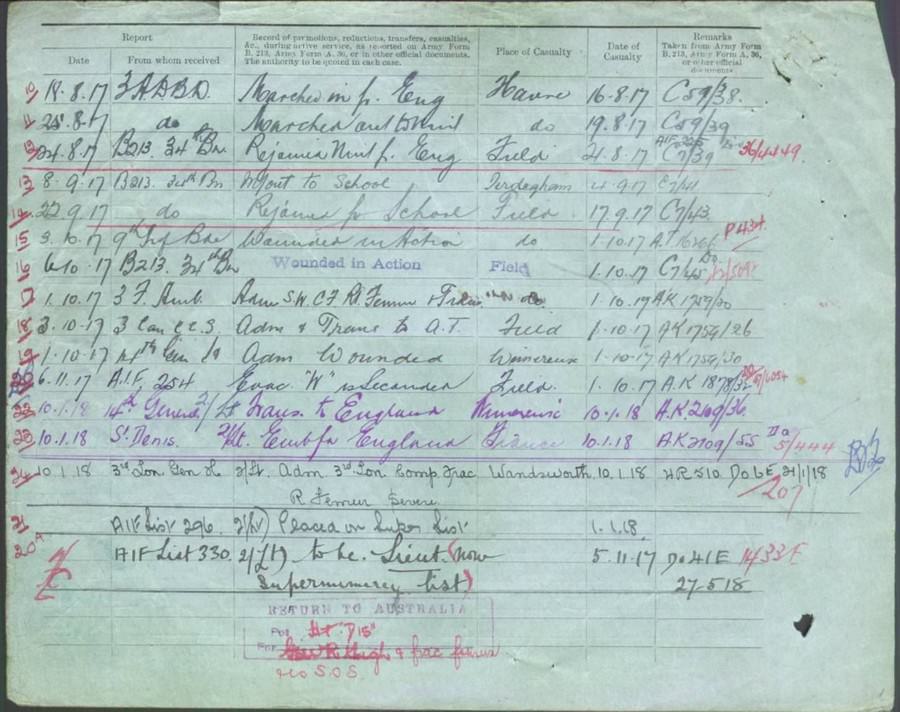
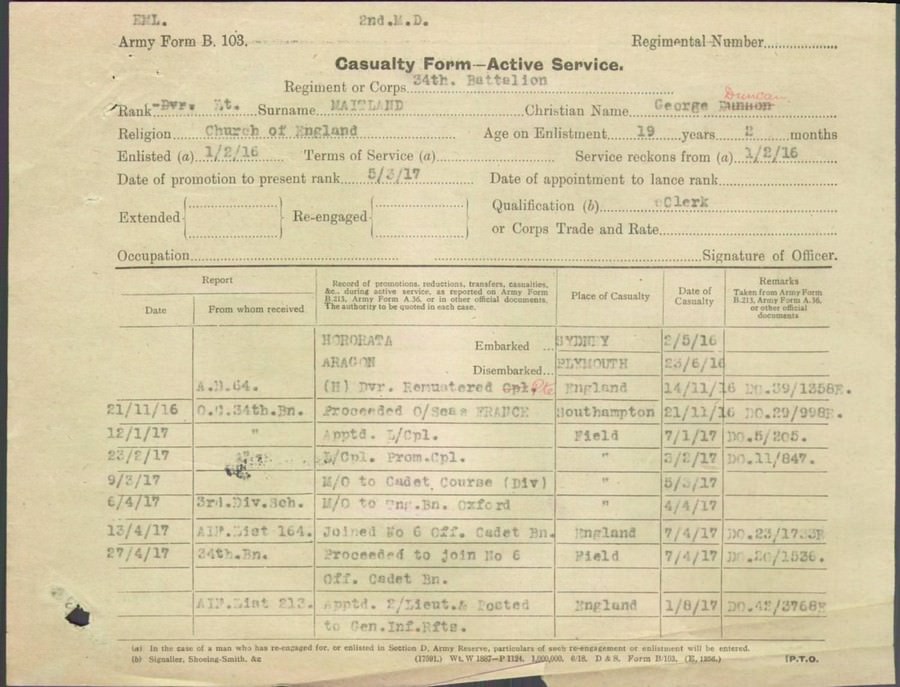

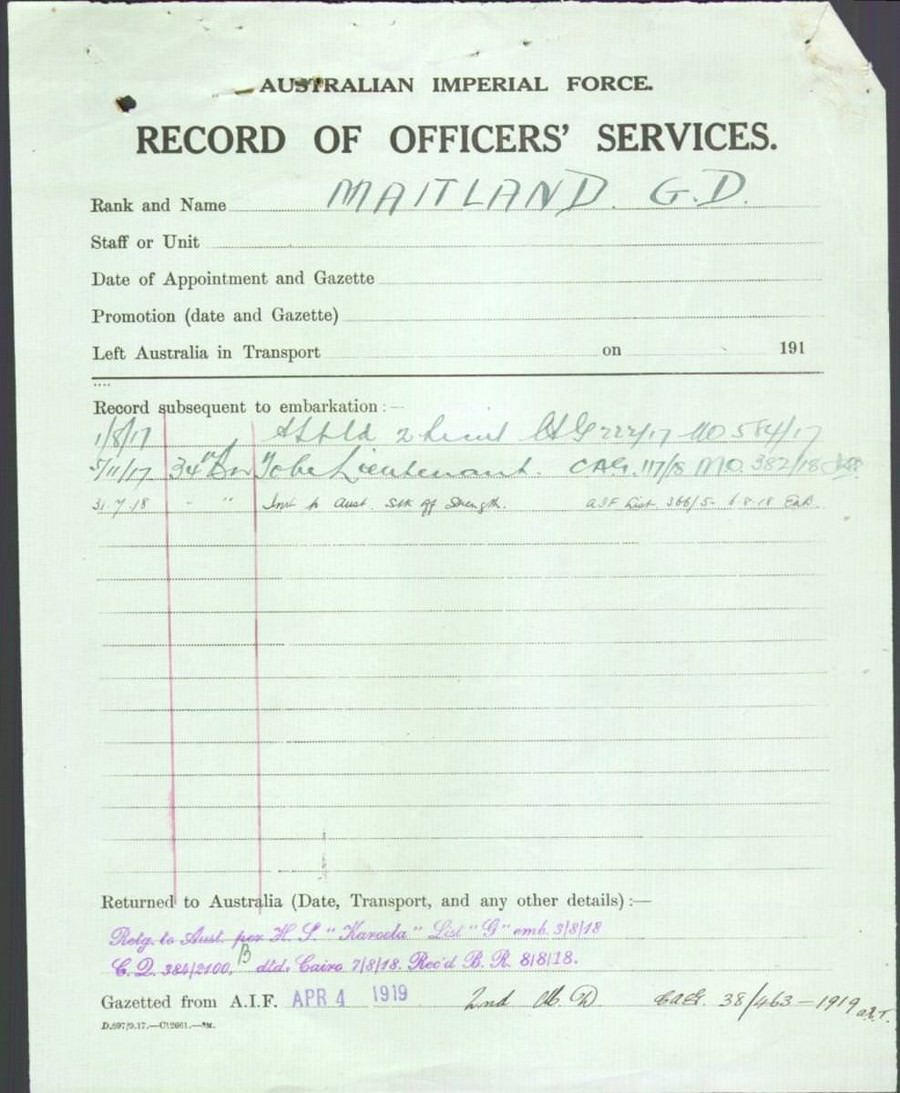
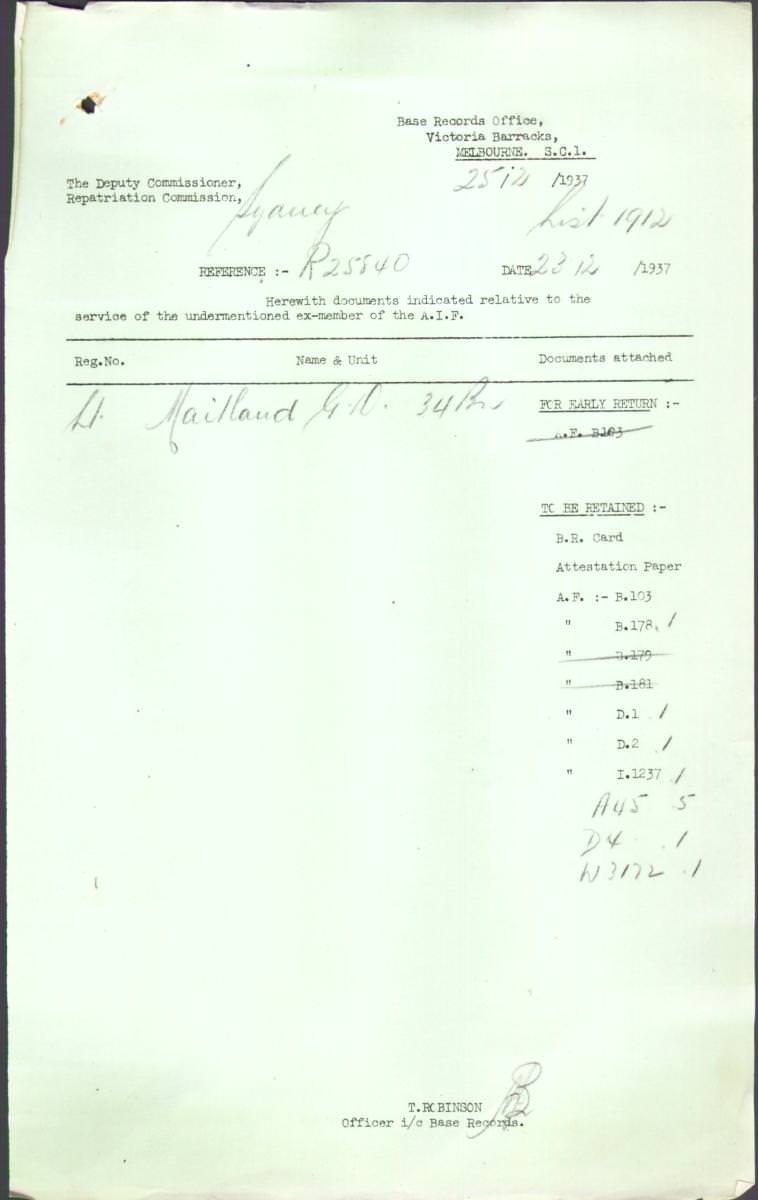
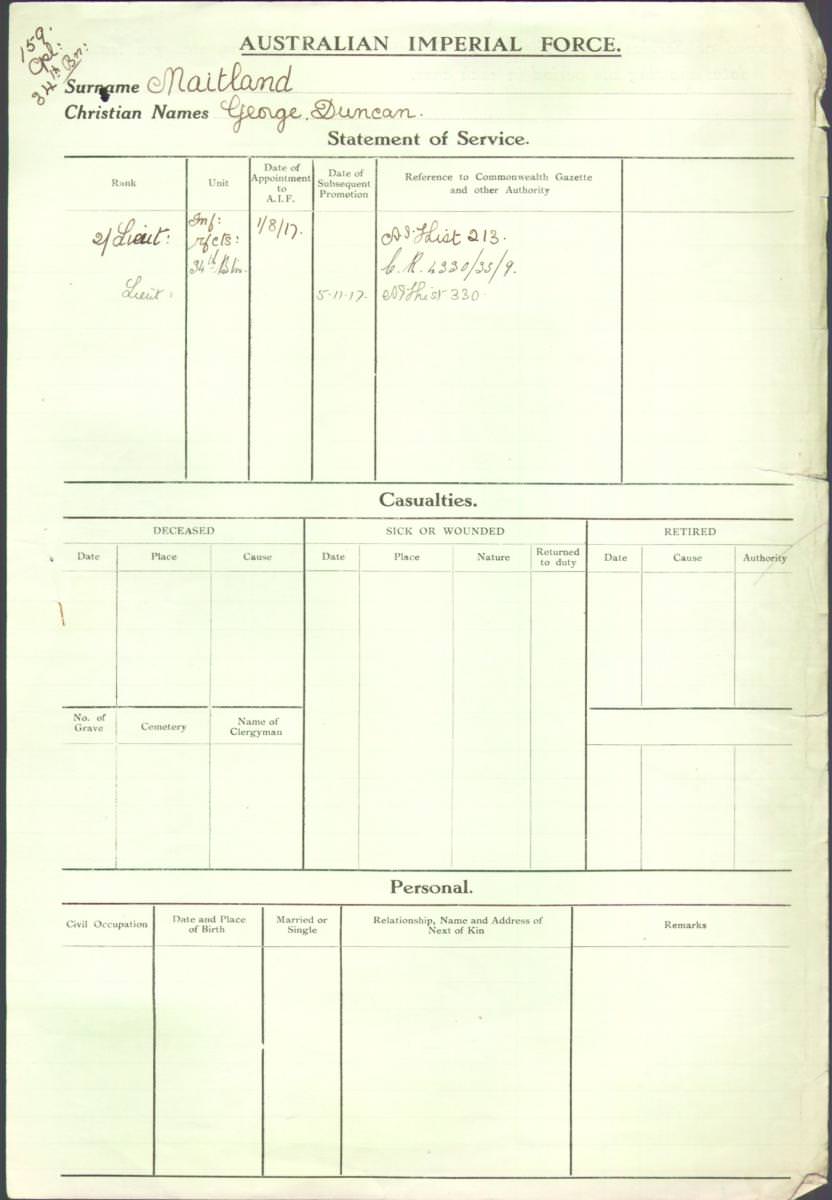
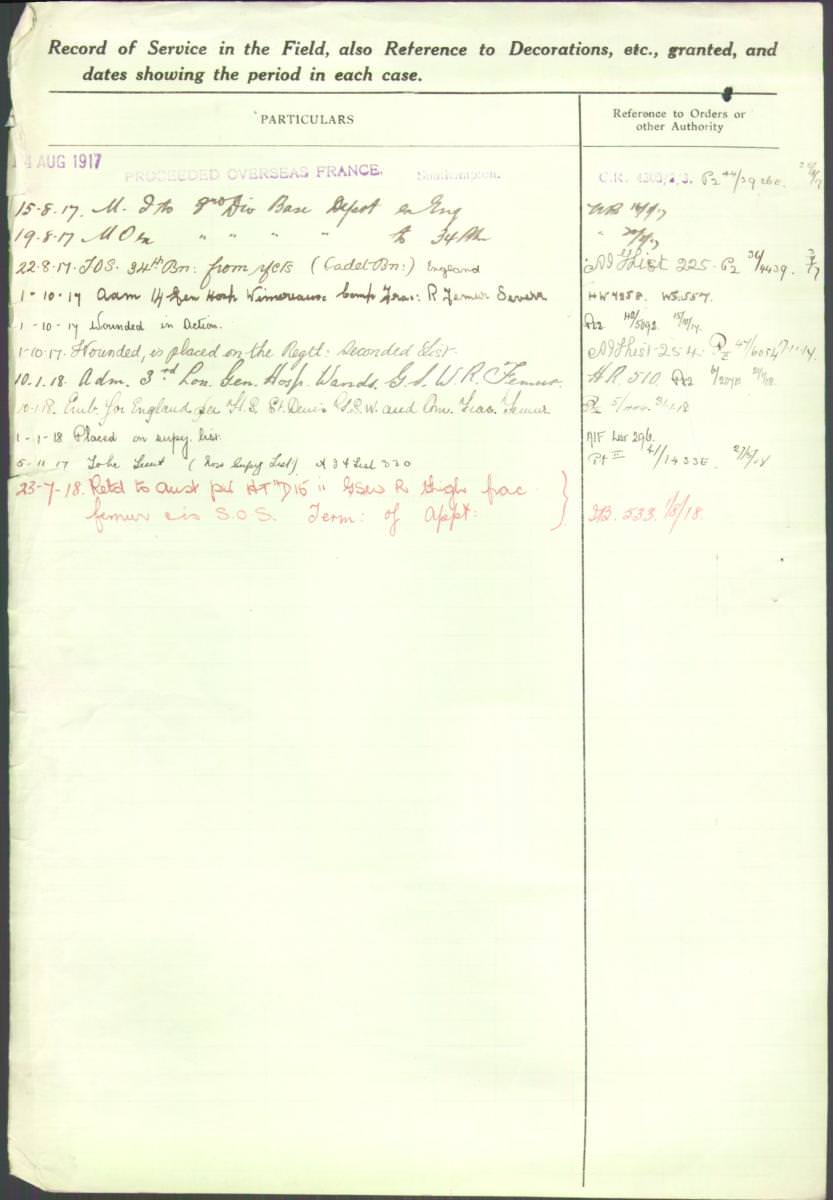
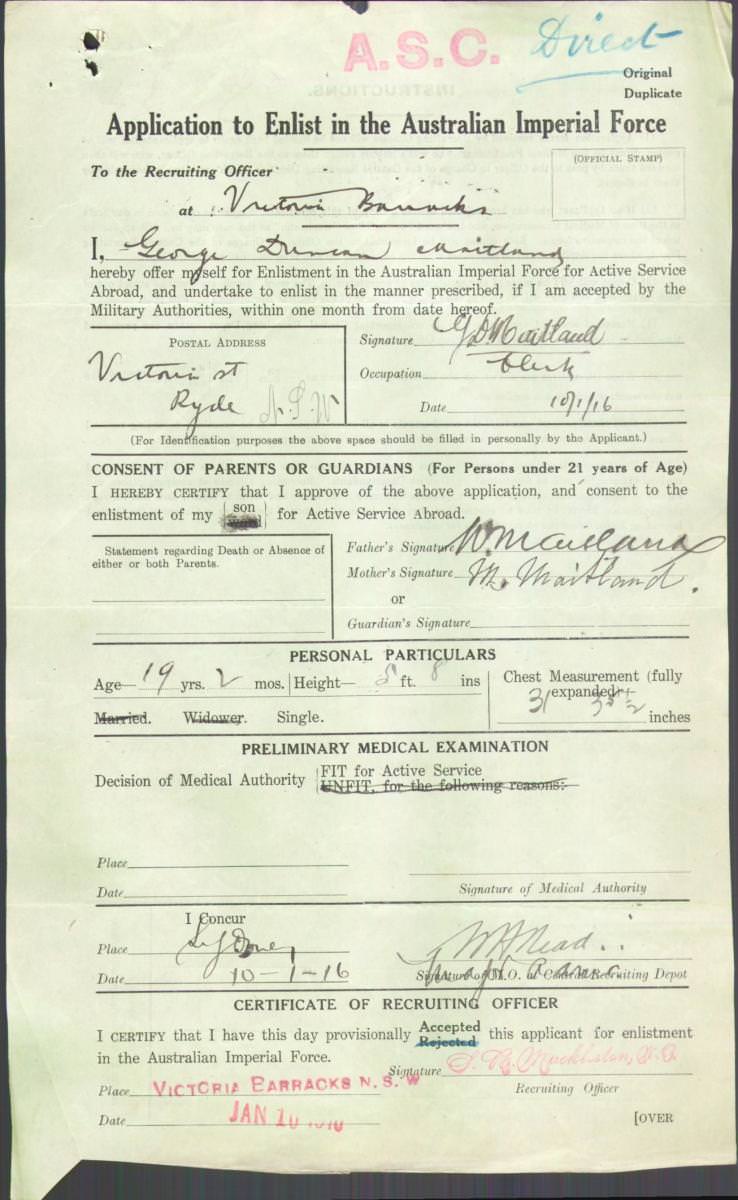

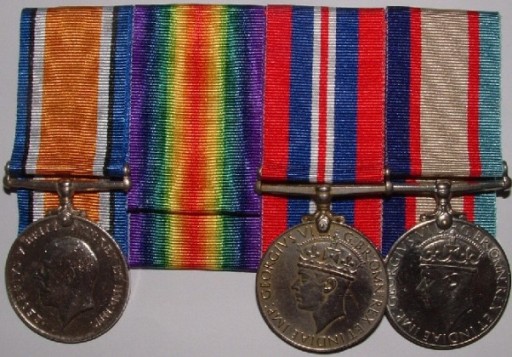
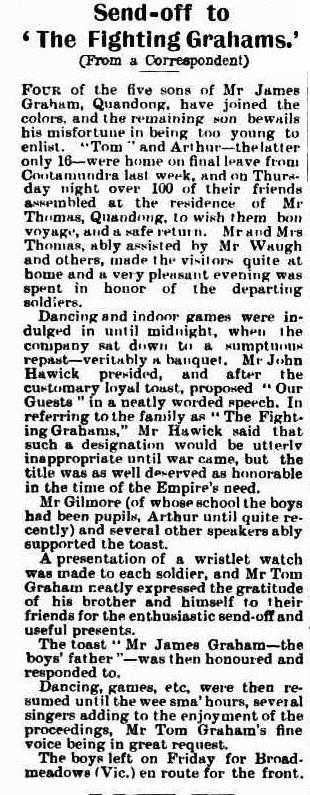

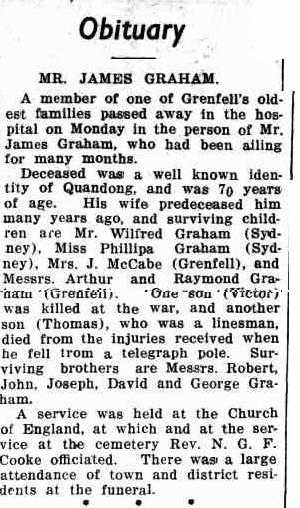
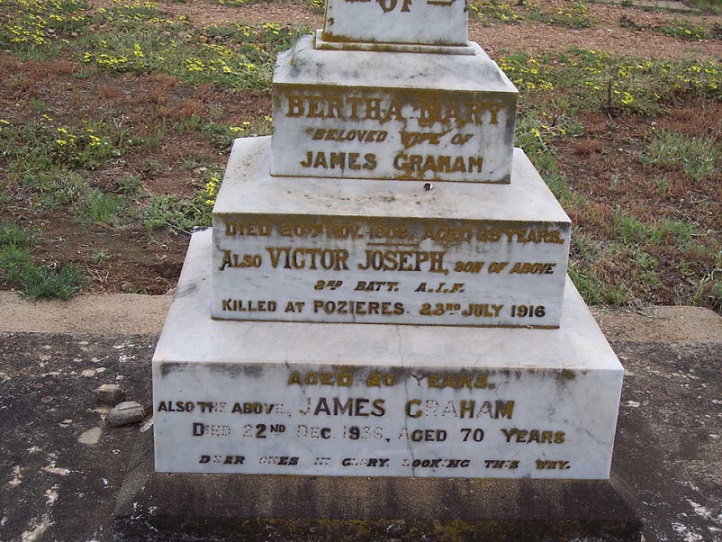
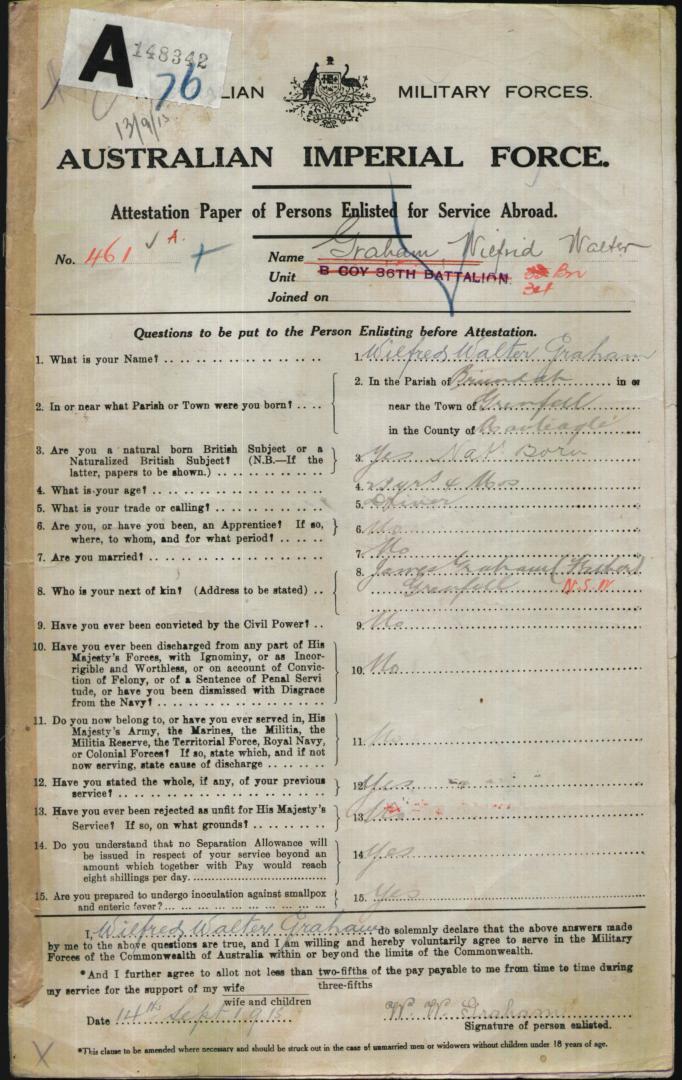

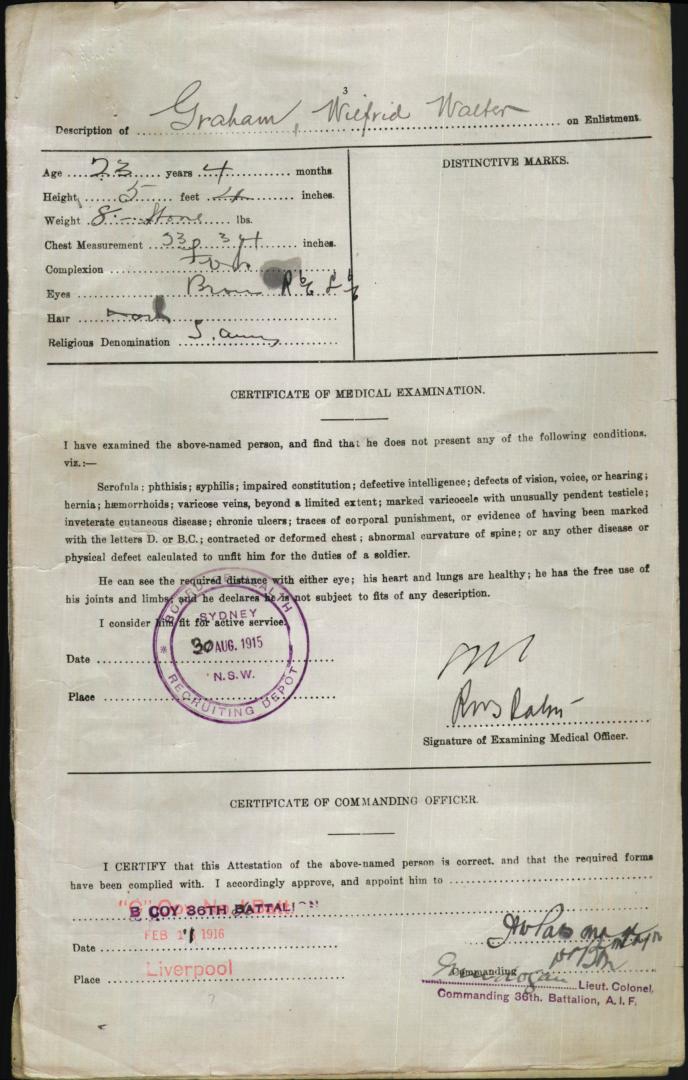



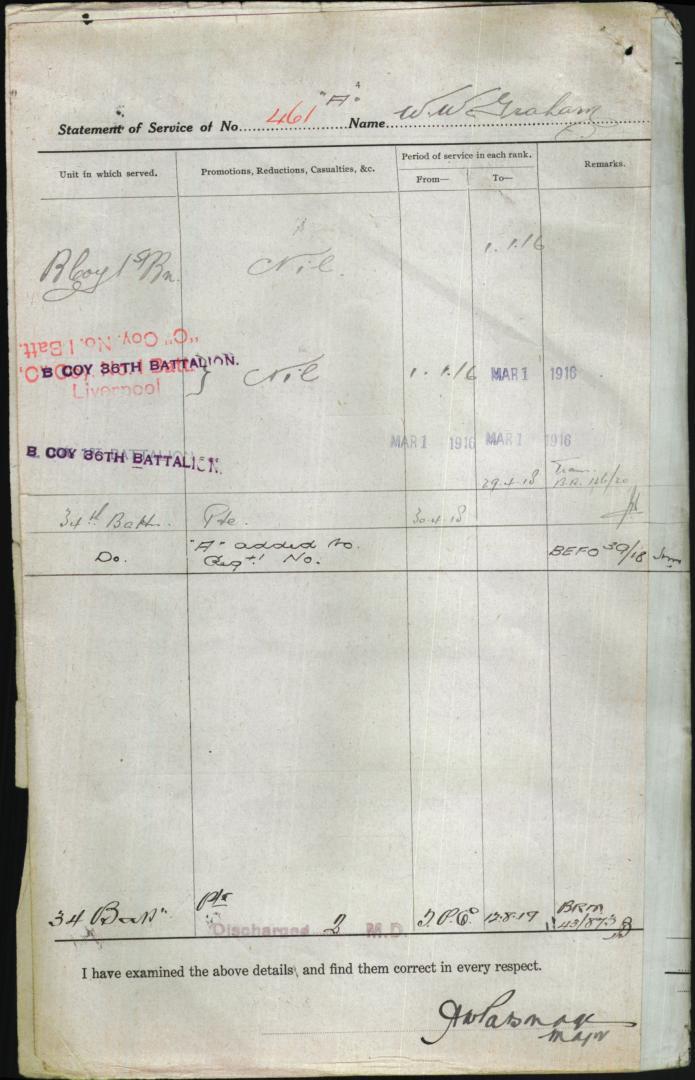

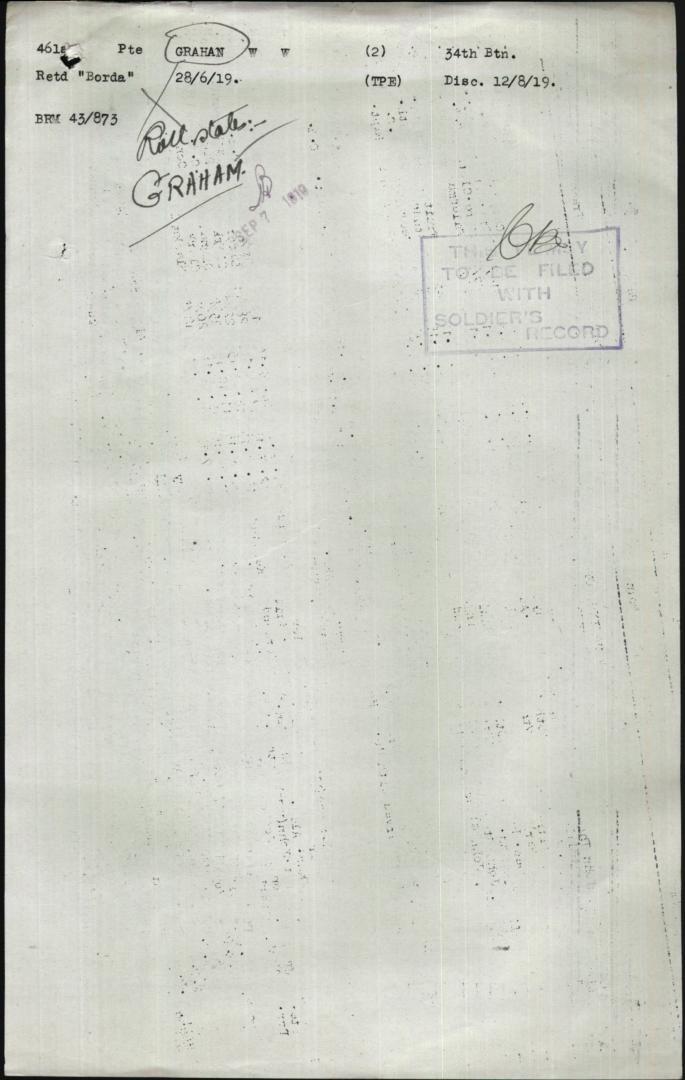


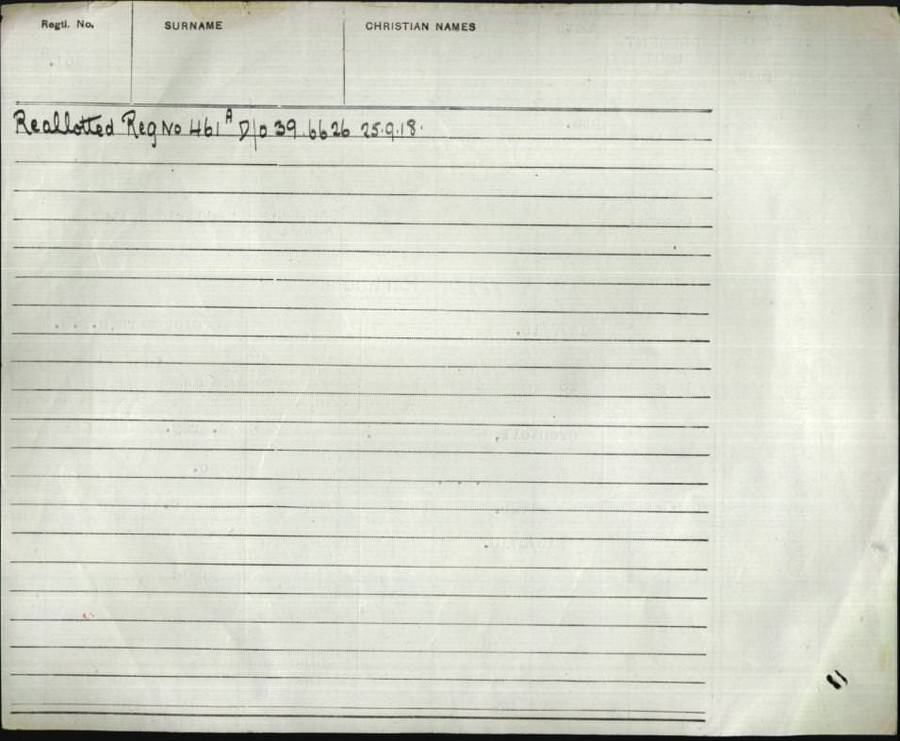

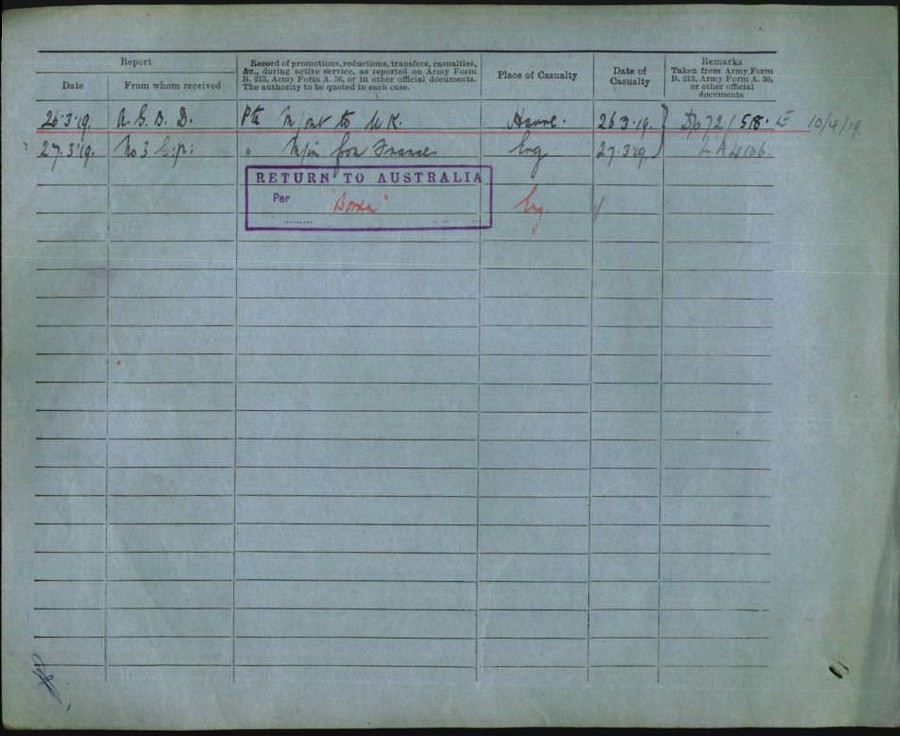
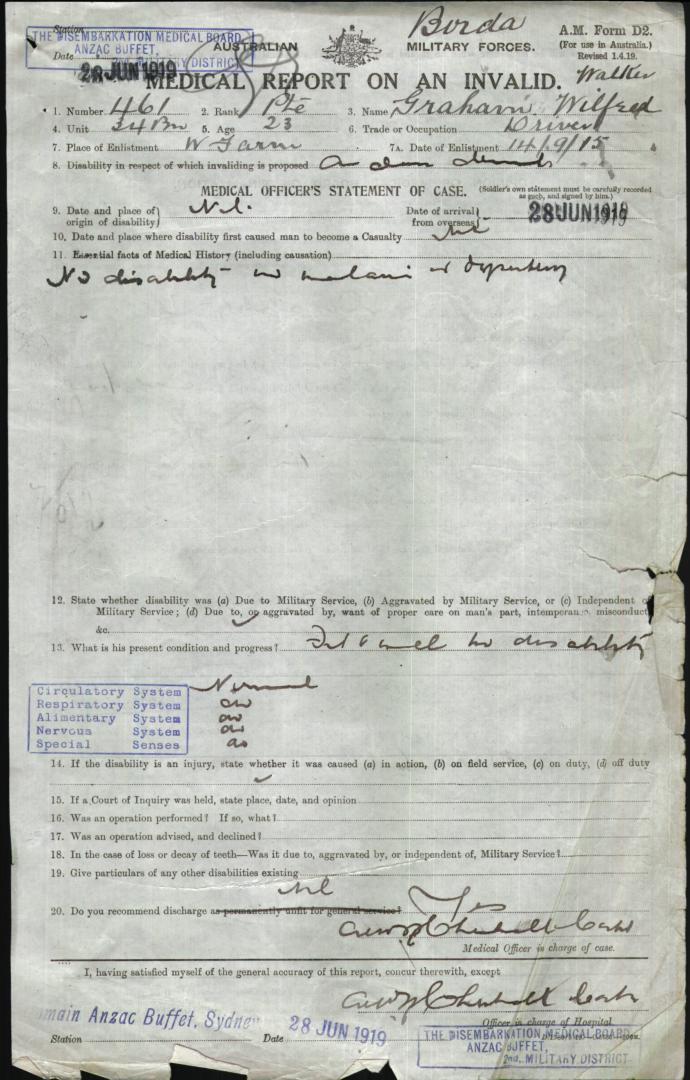


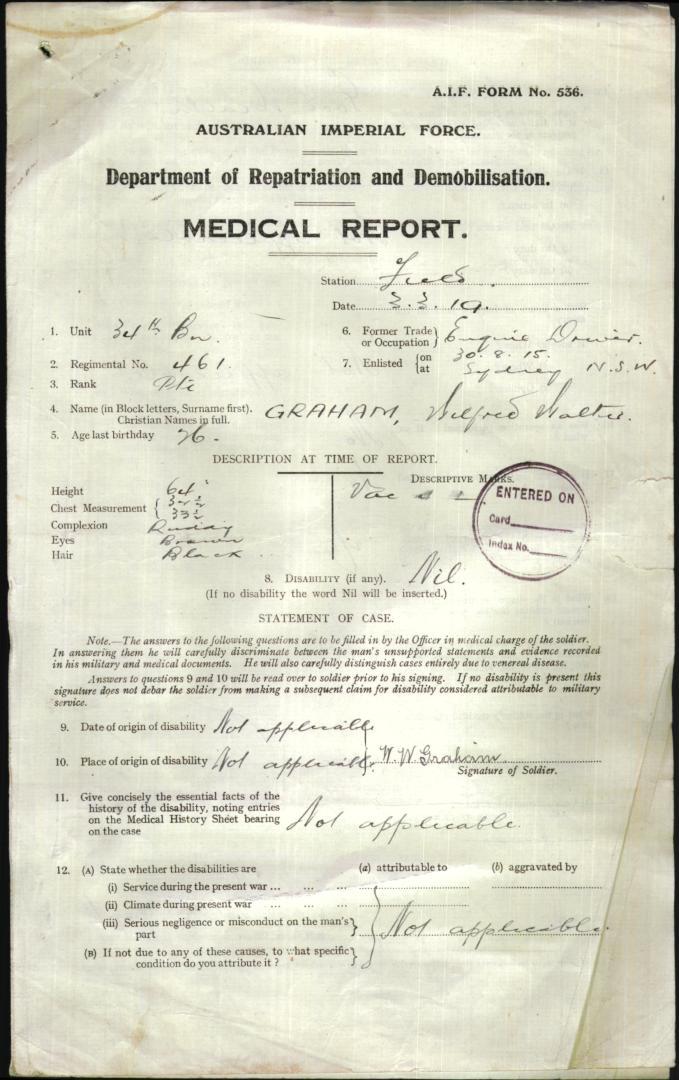



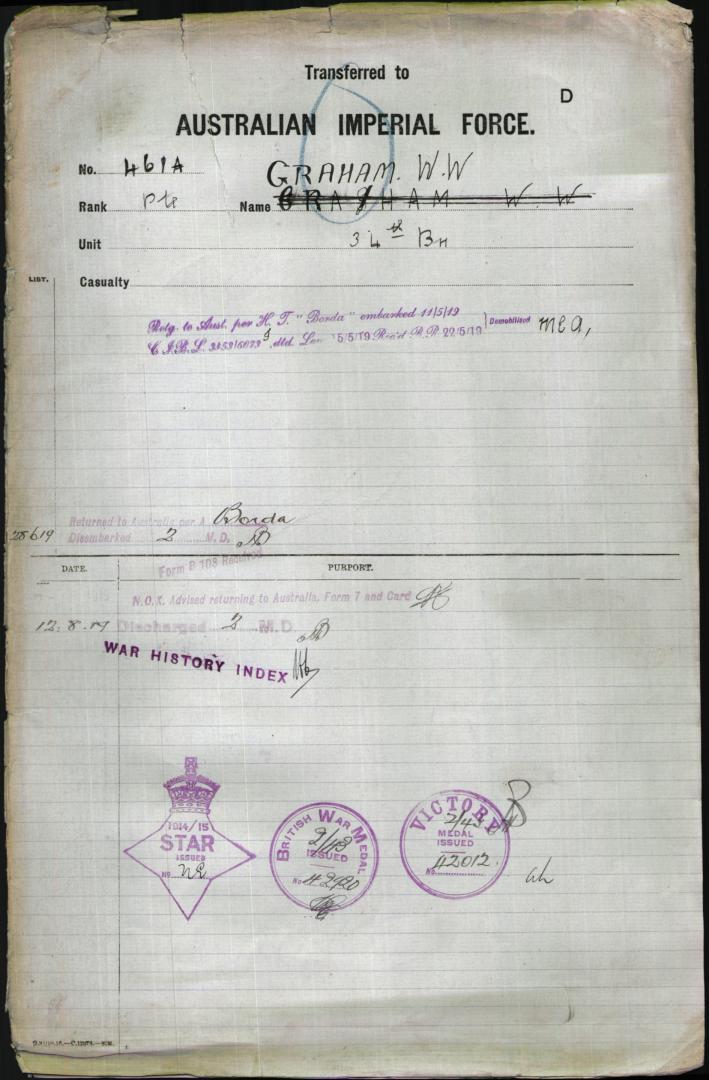

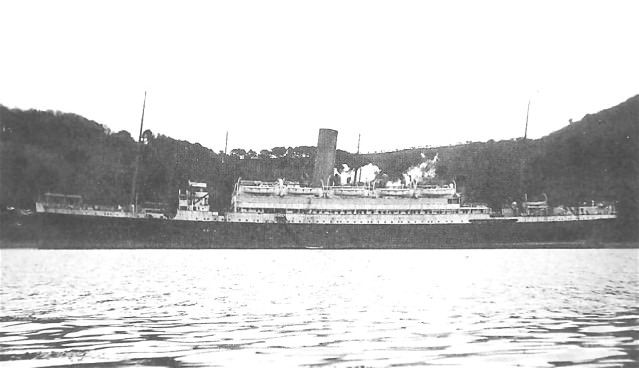
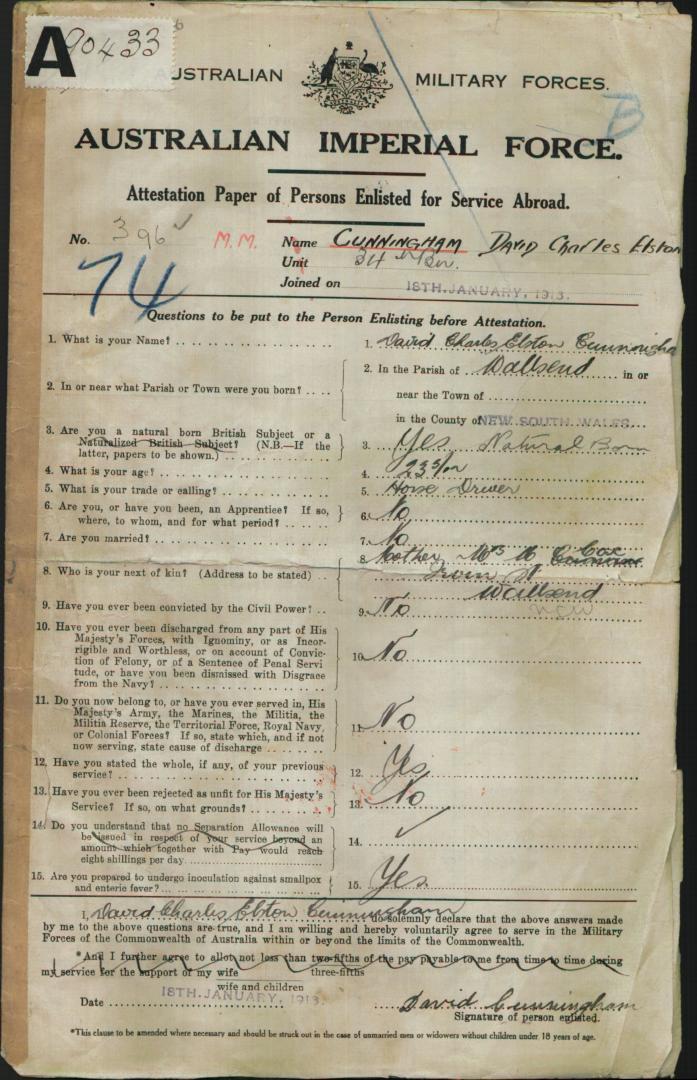

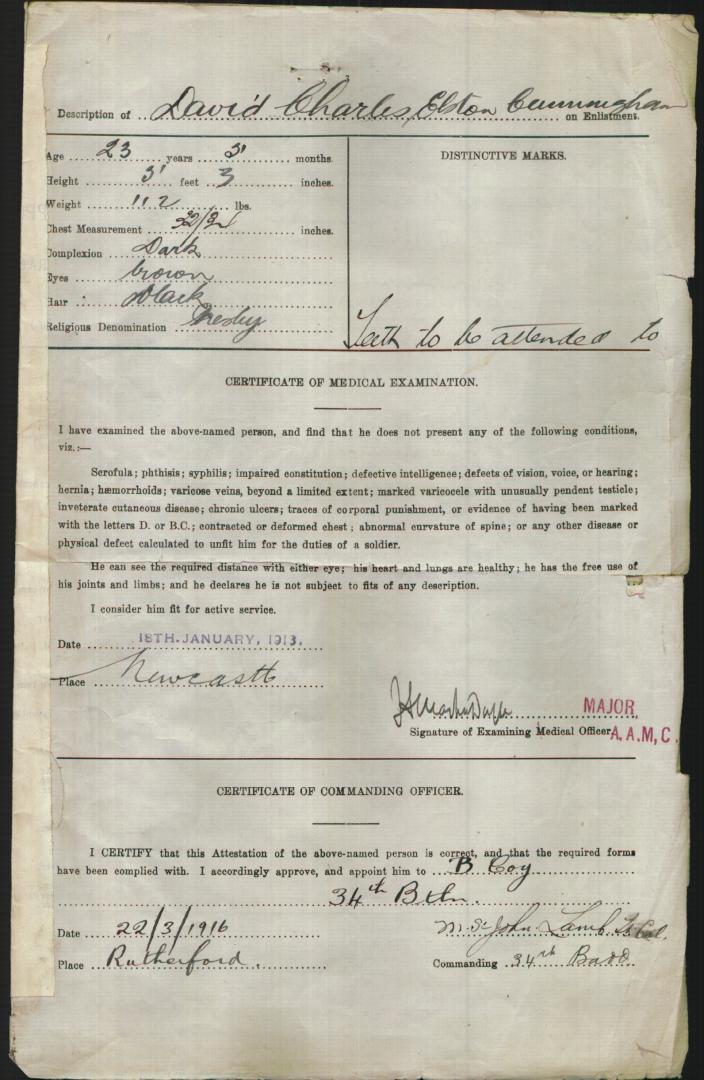
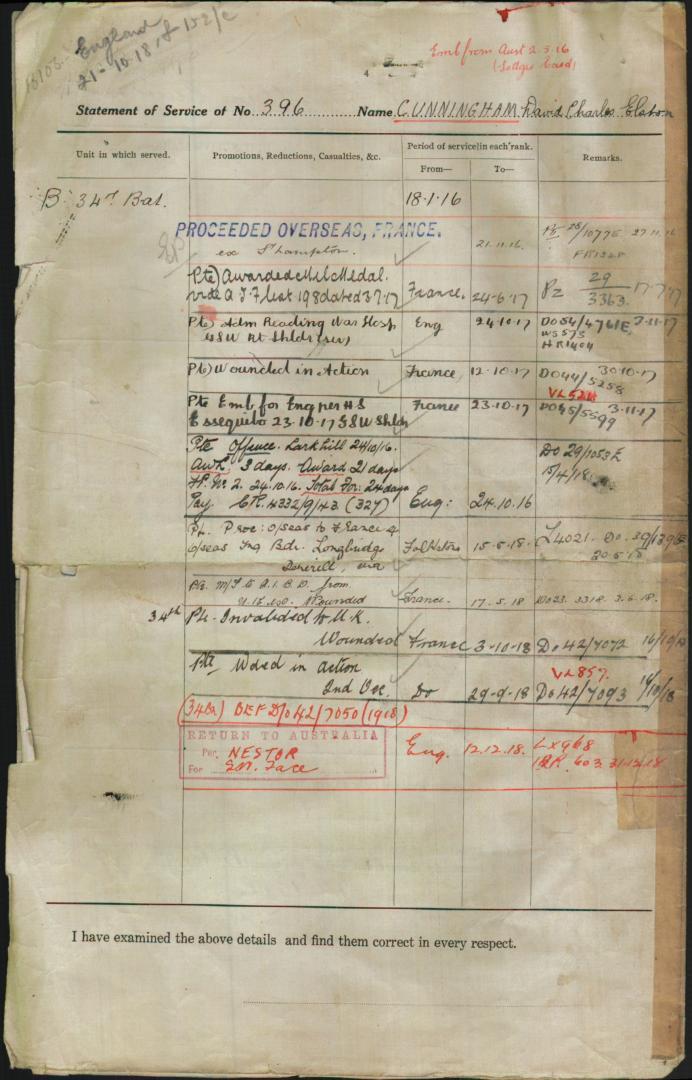

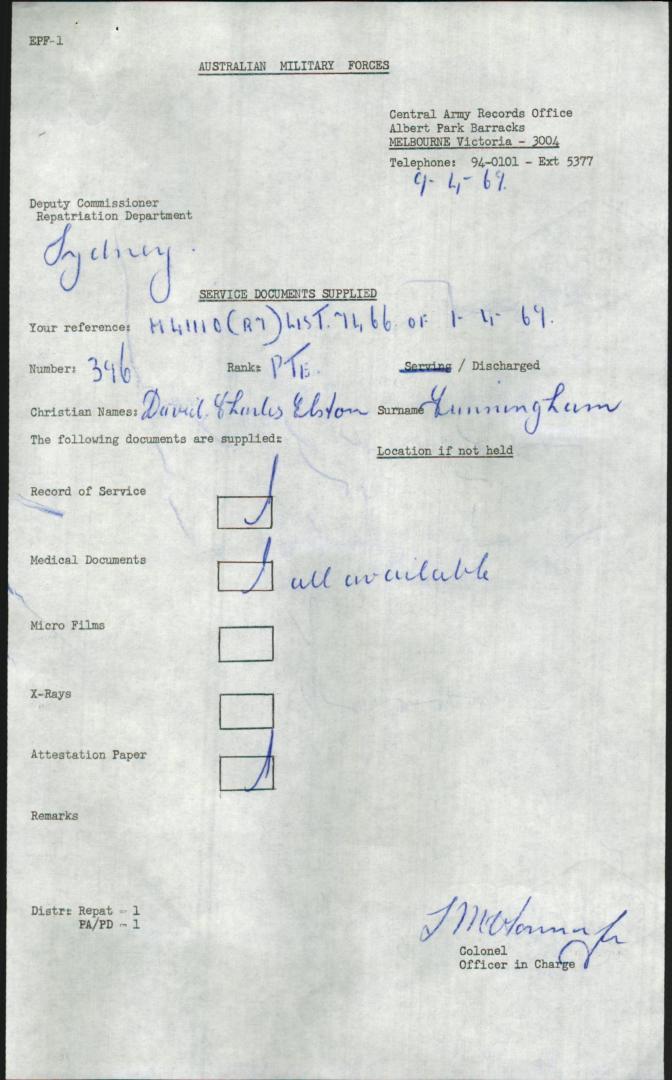

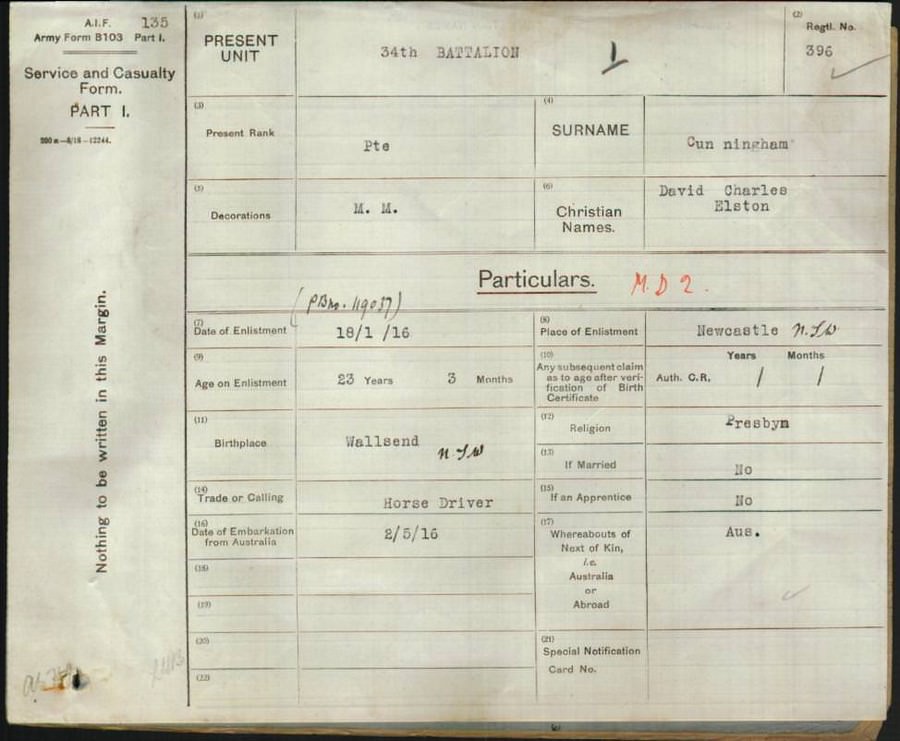

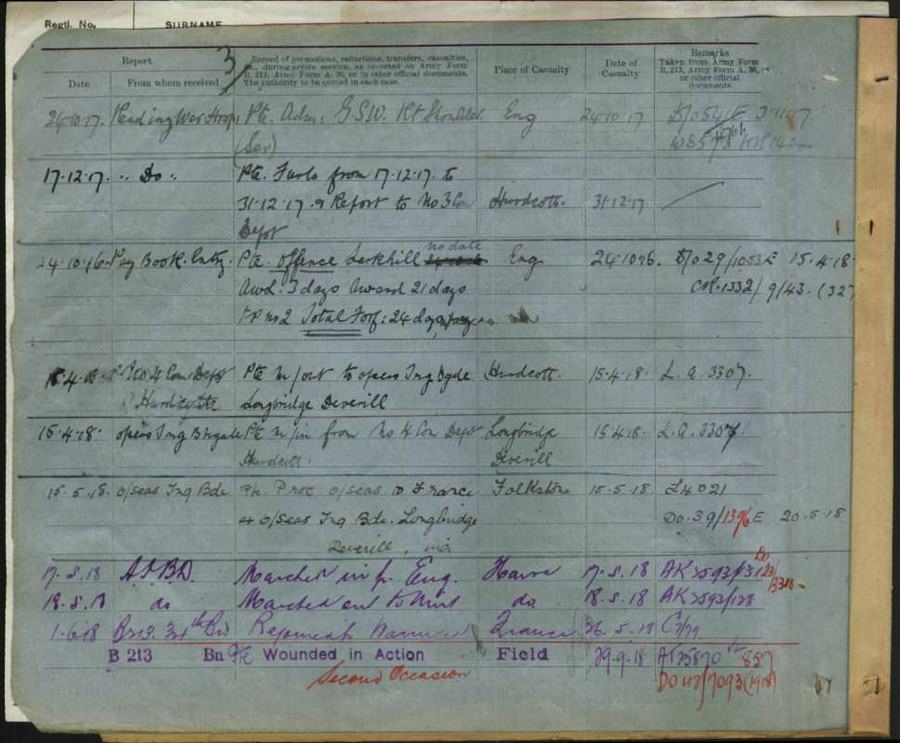
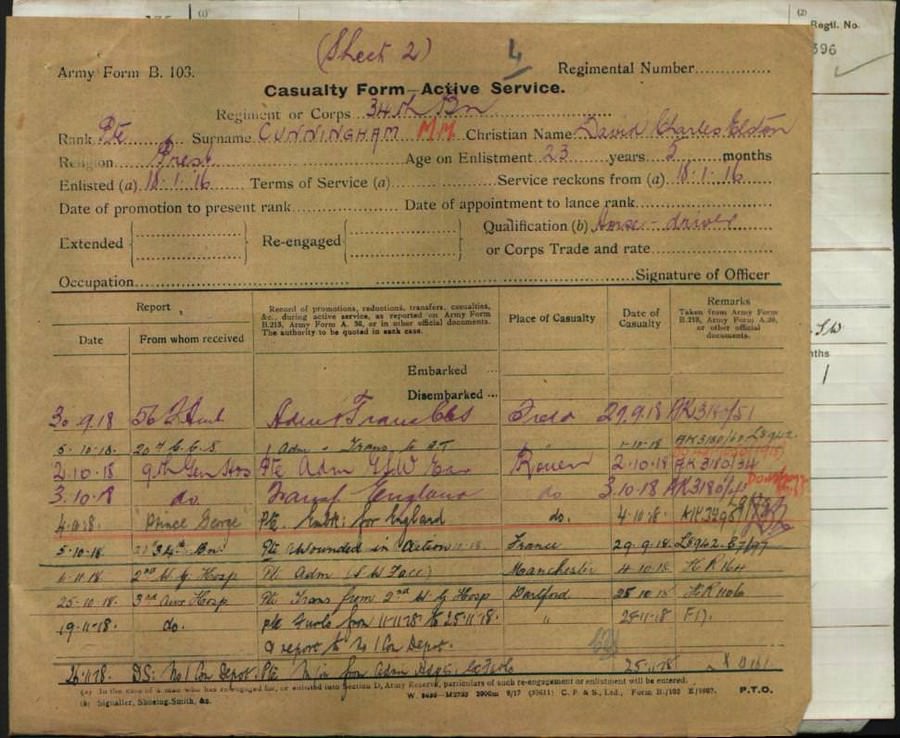
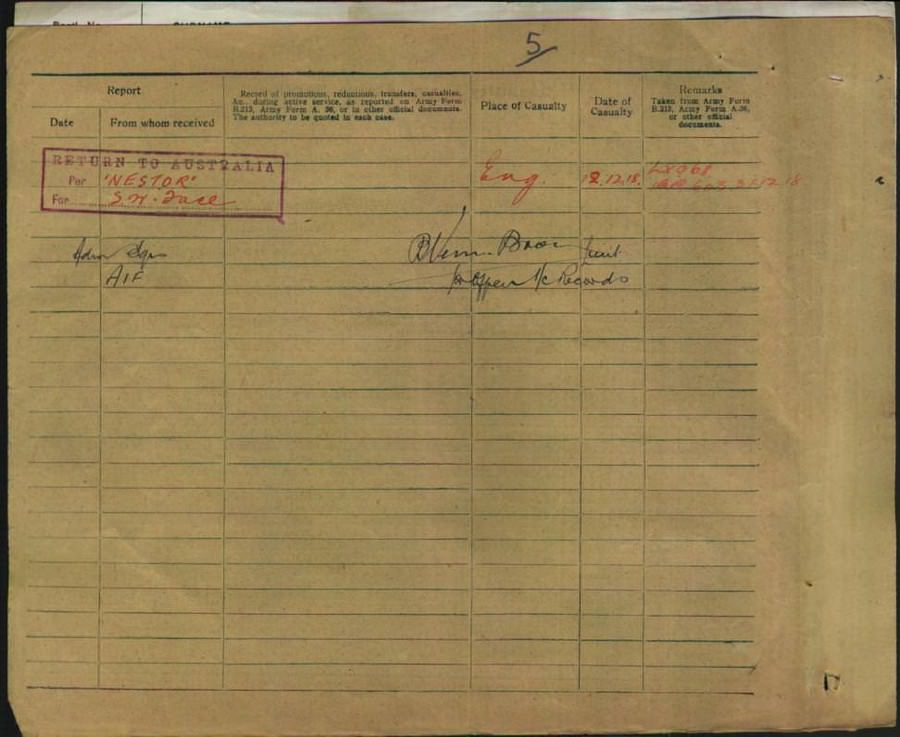
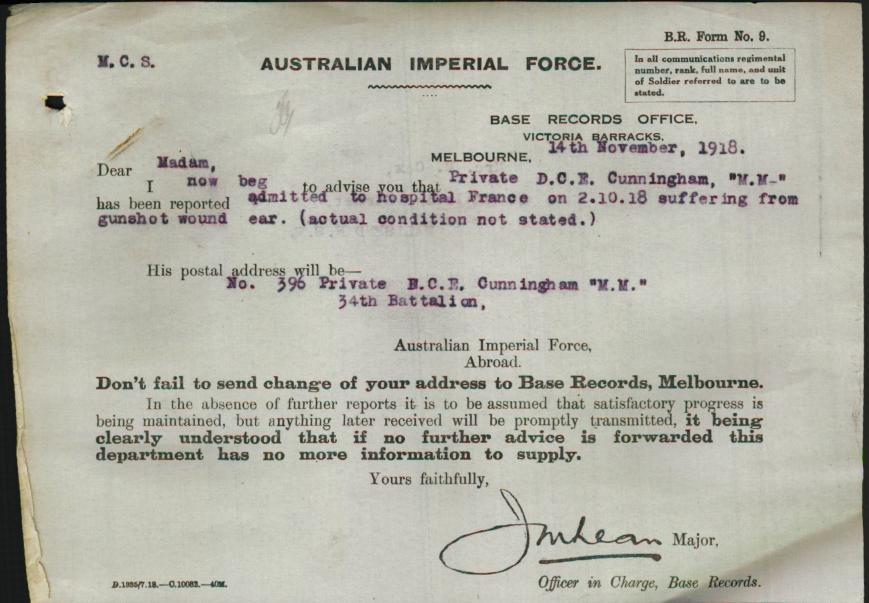

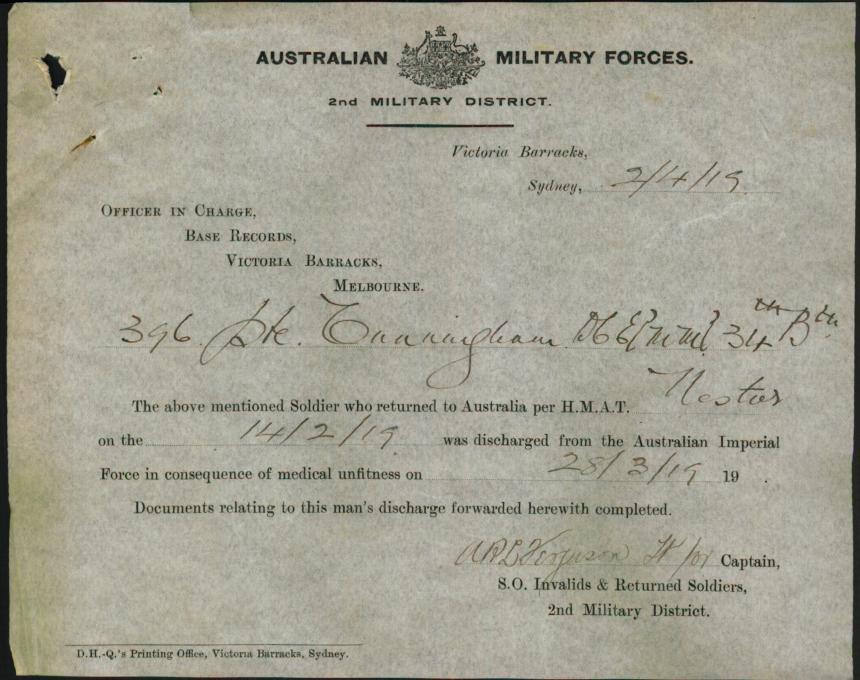
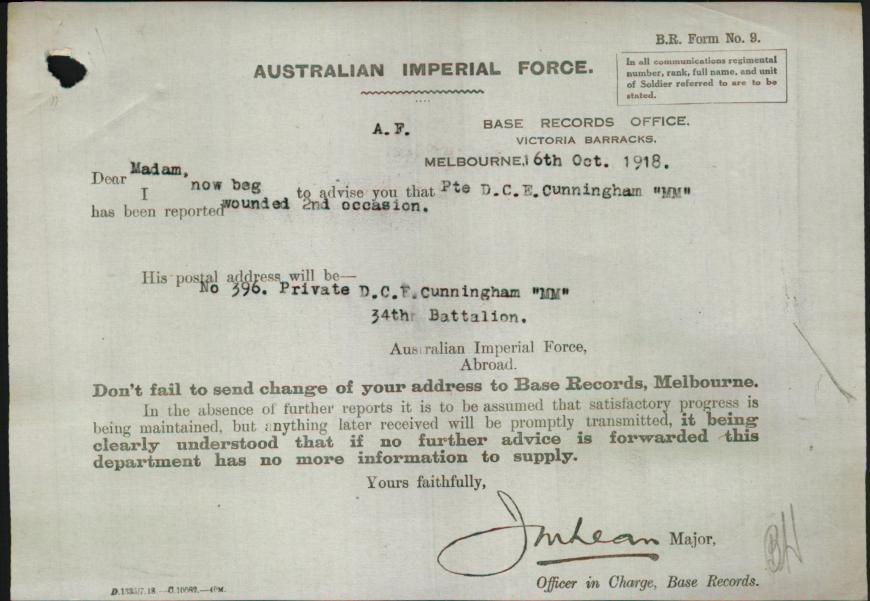
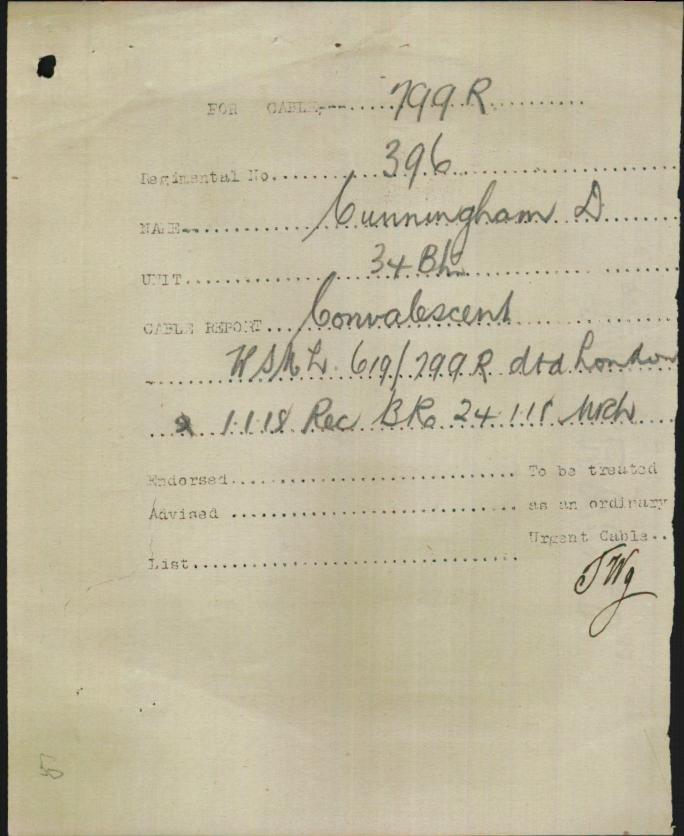
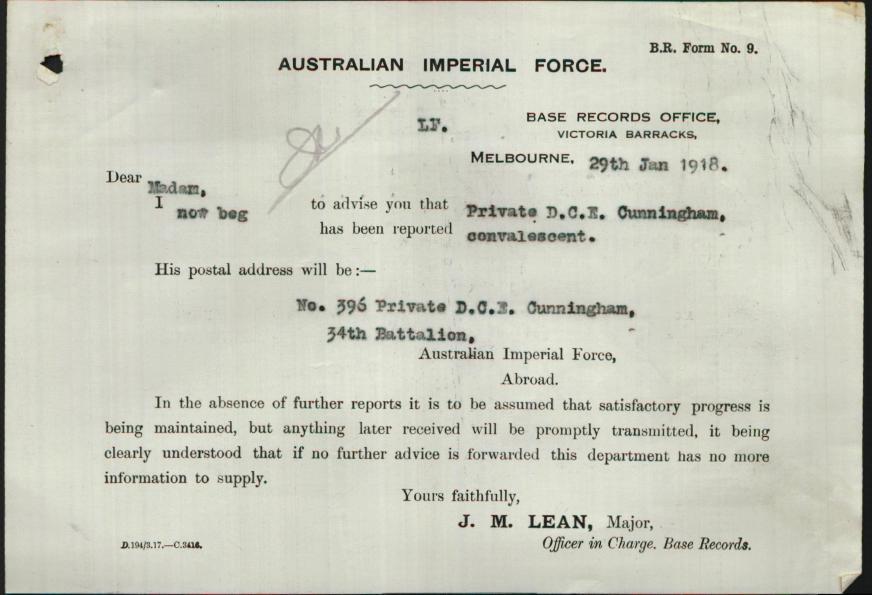
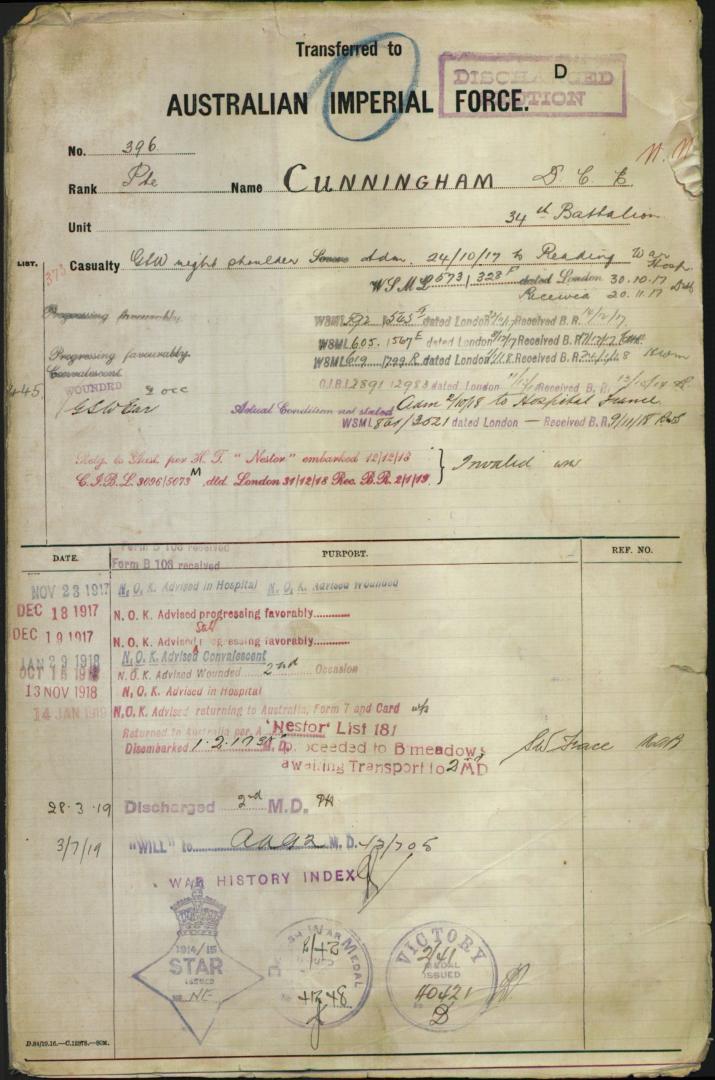
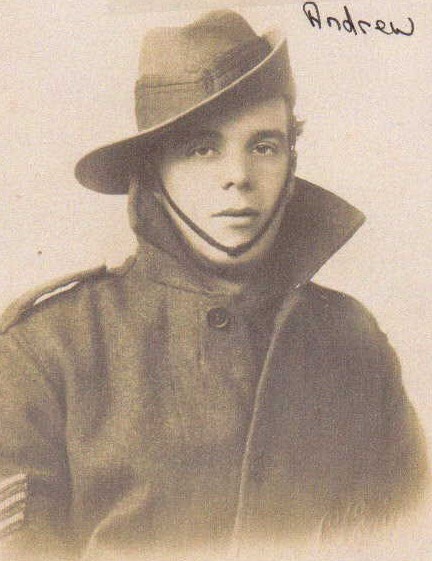 34th BATTALION A.I.F.
34th BATTALION A.I.F.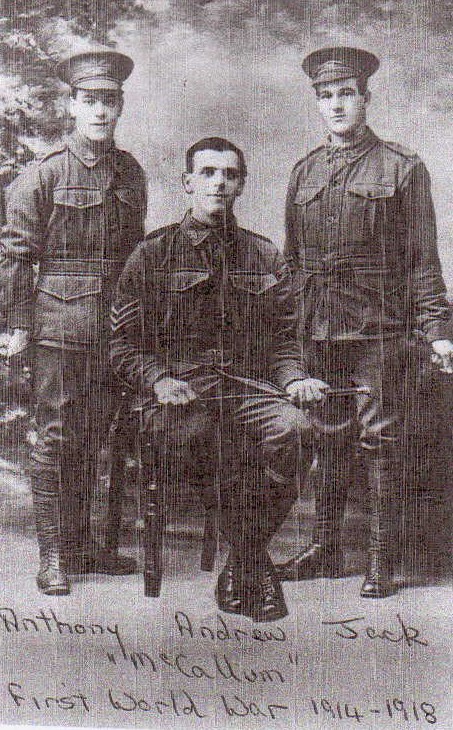

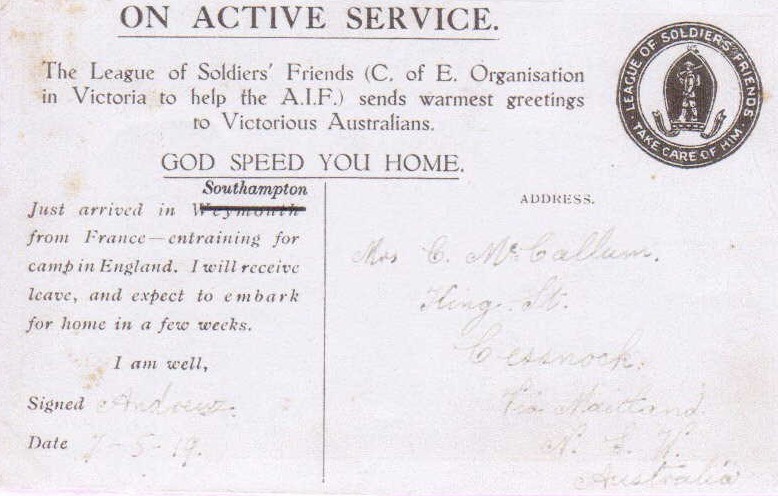 Postcard from Andrew to his mother at Cessnock upon arrival at Southampton, England.
Postcard from Andrew to his mother at Cessnock upon arrival at Southampton, England. Sergeant Andrew McCallum
Sergeant Andrew McCallum


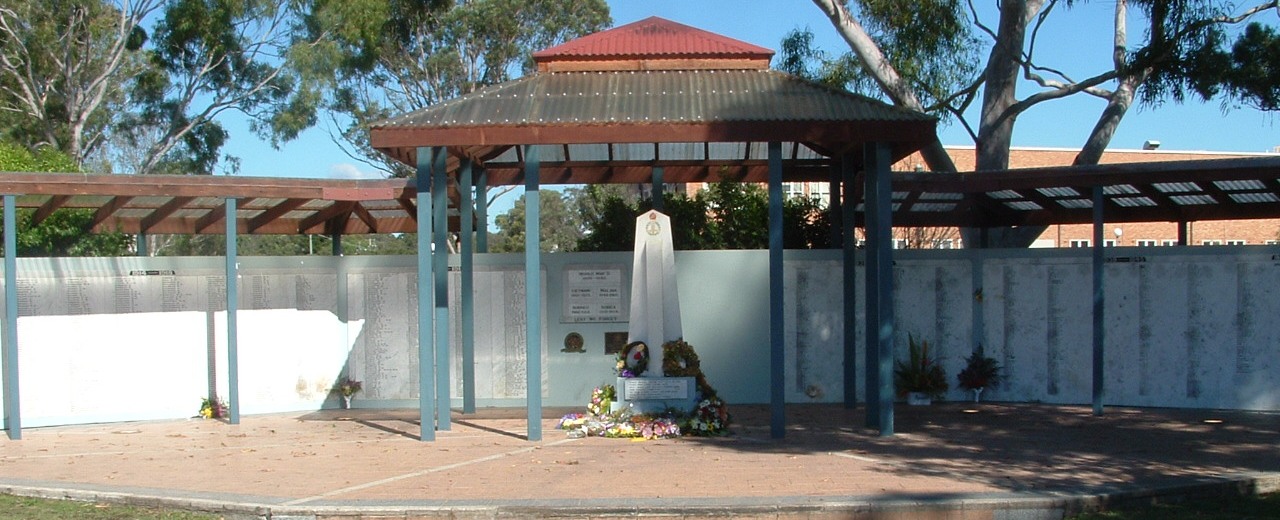 Cessnock War Memorial
Cessnock War Memorial
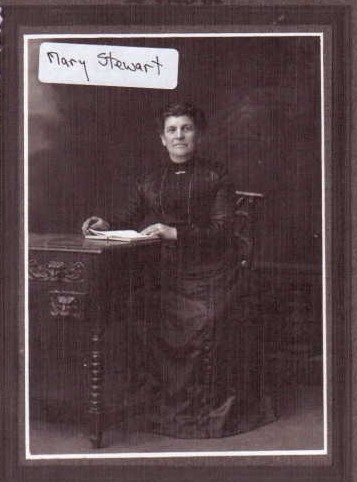

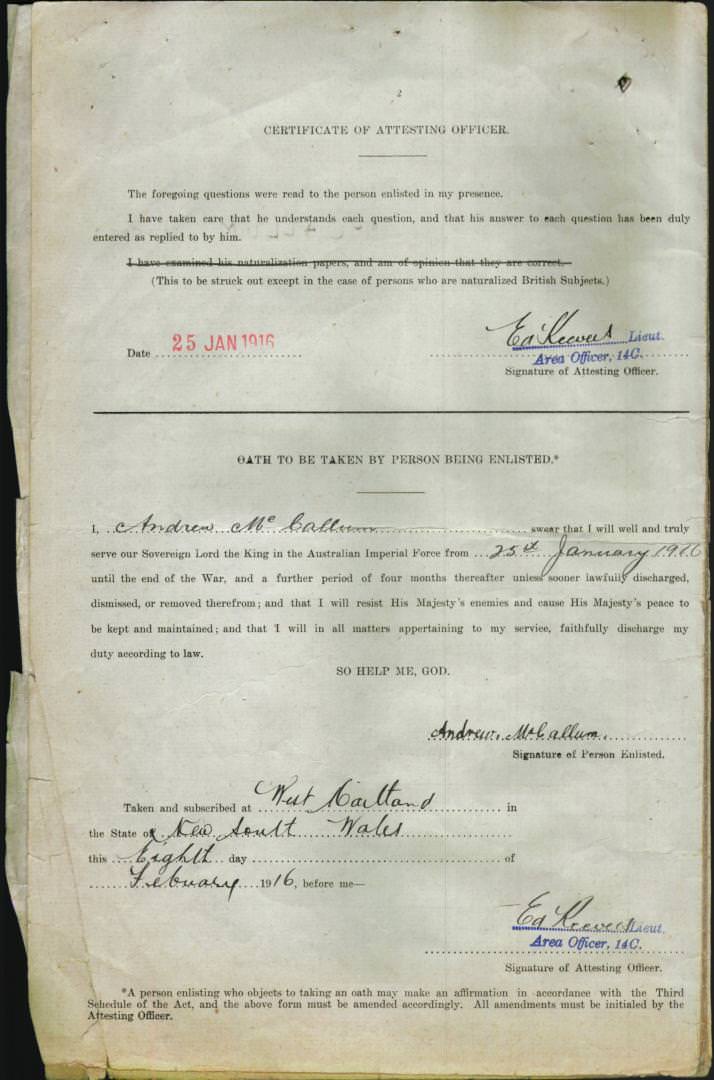

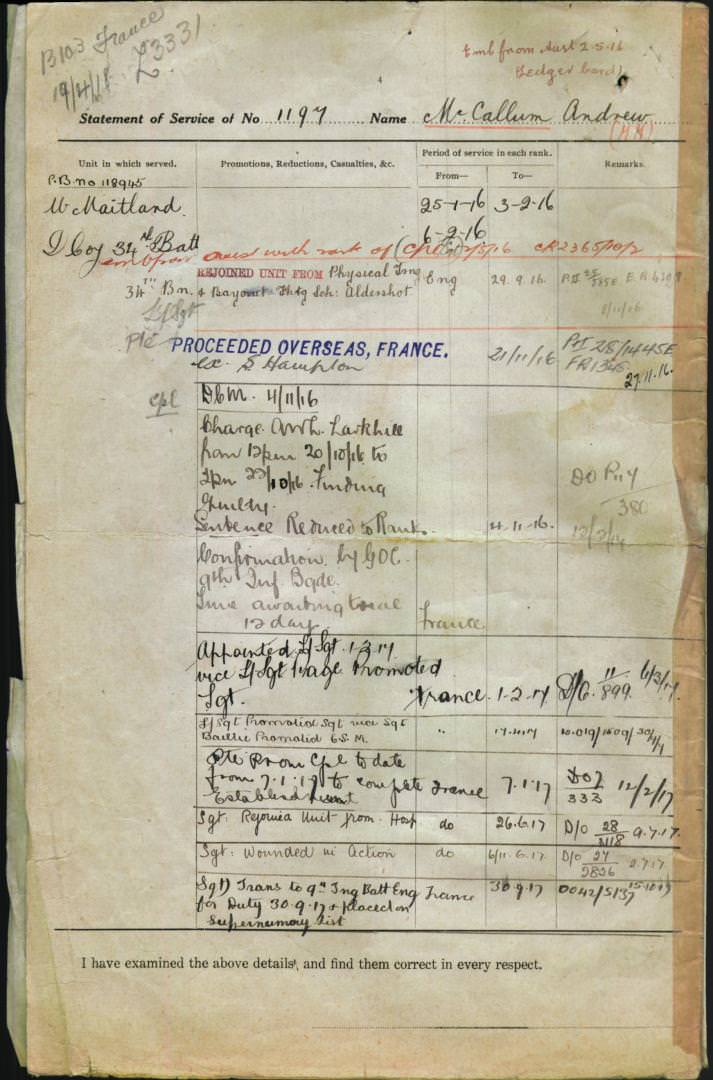

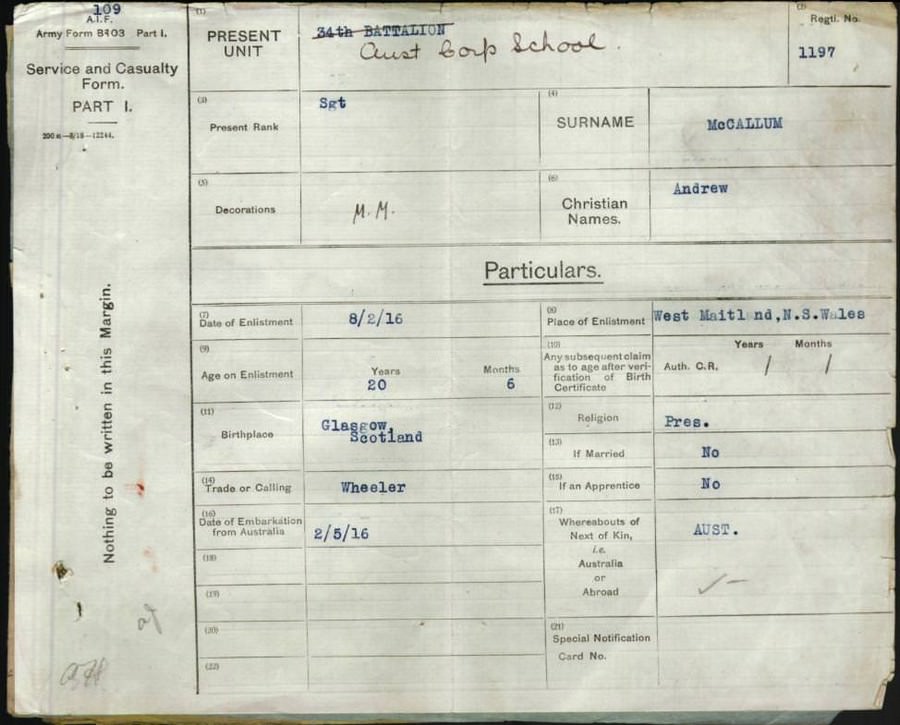

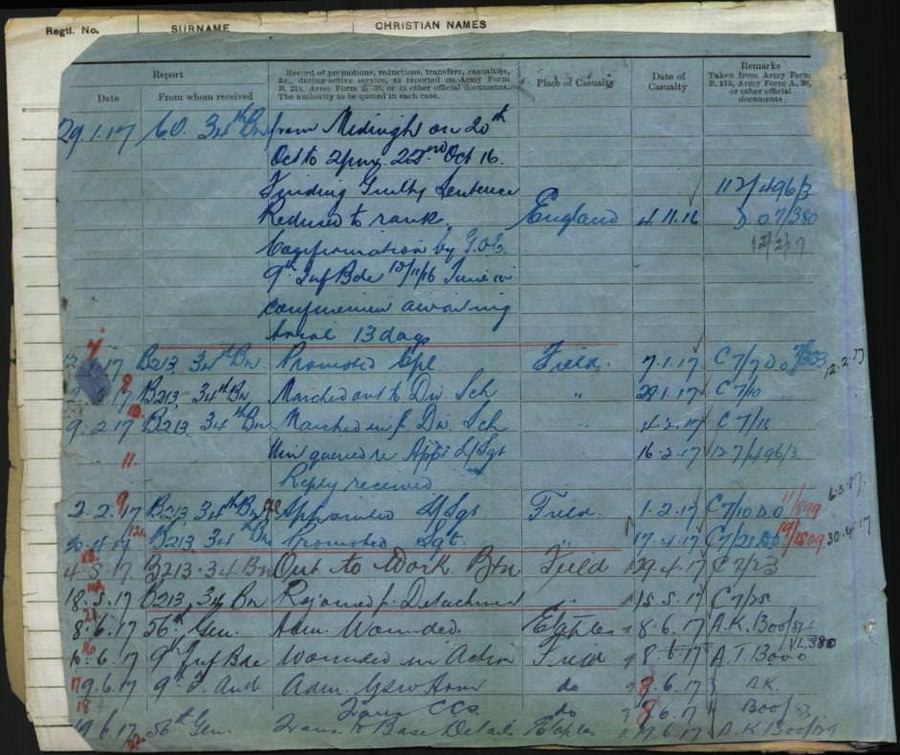
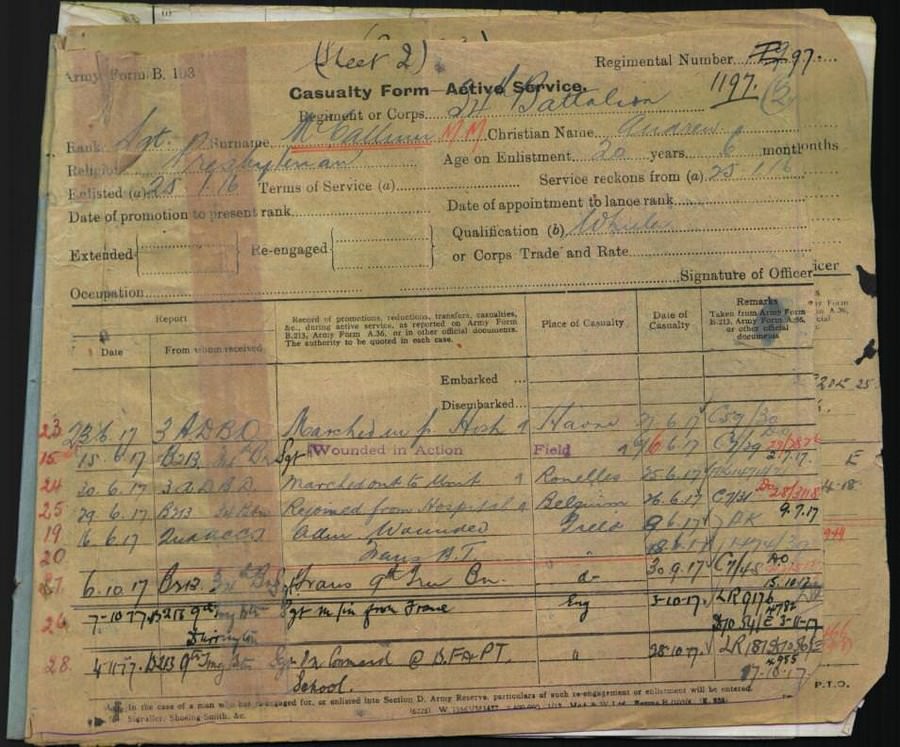
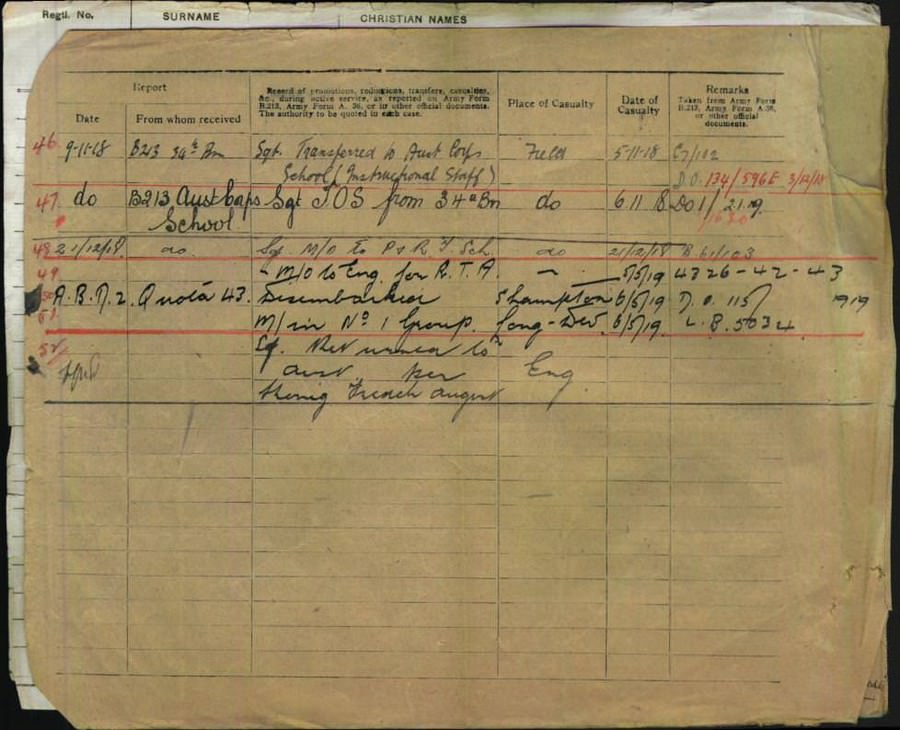
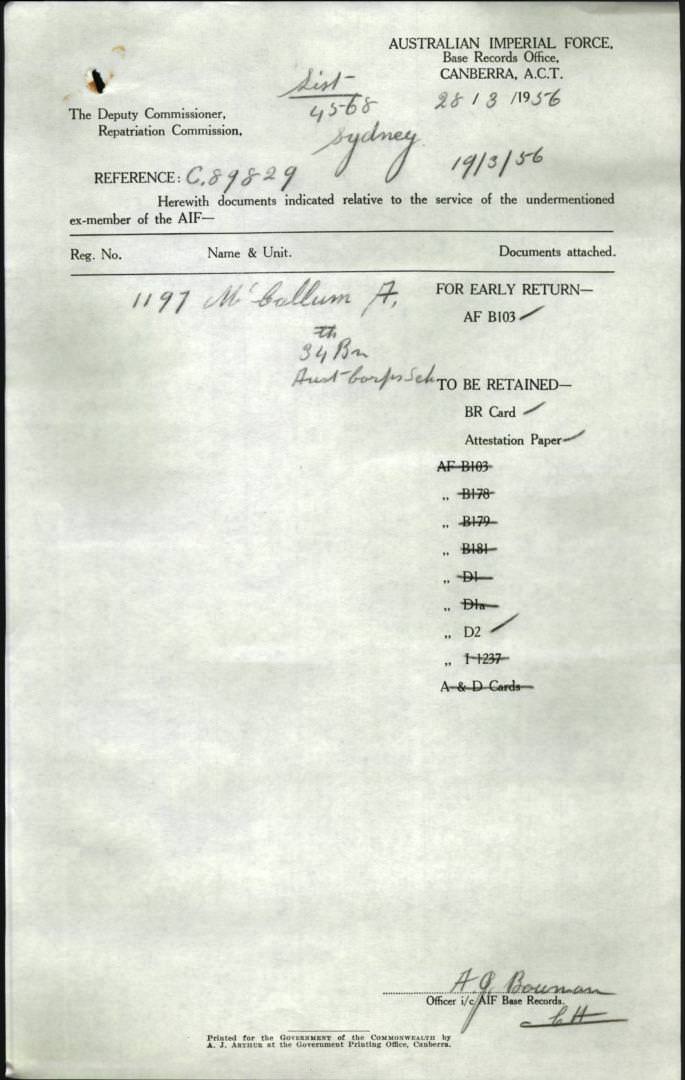

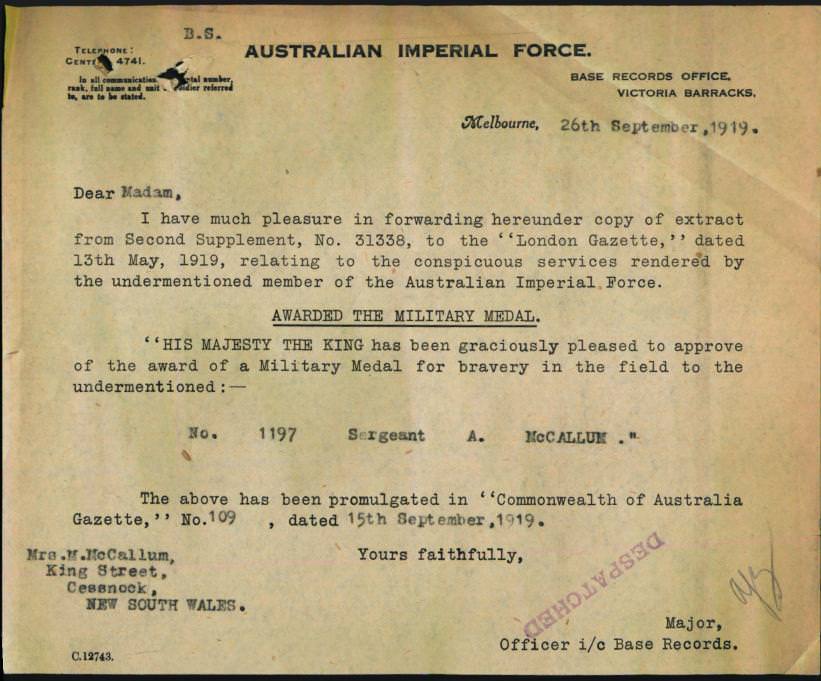
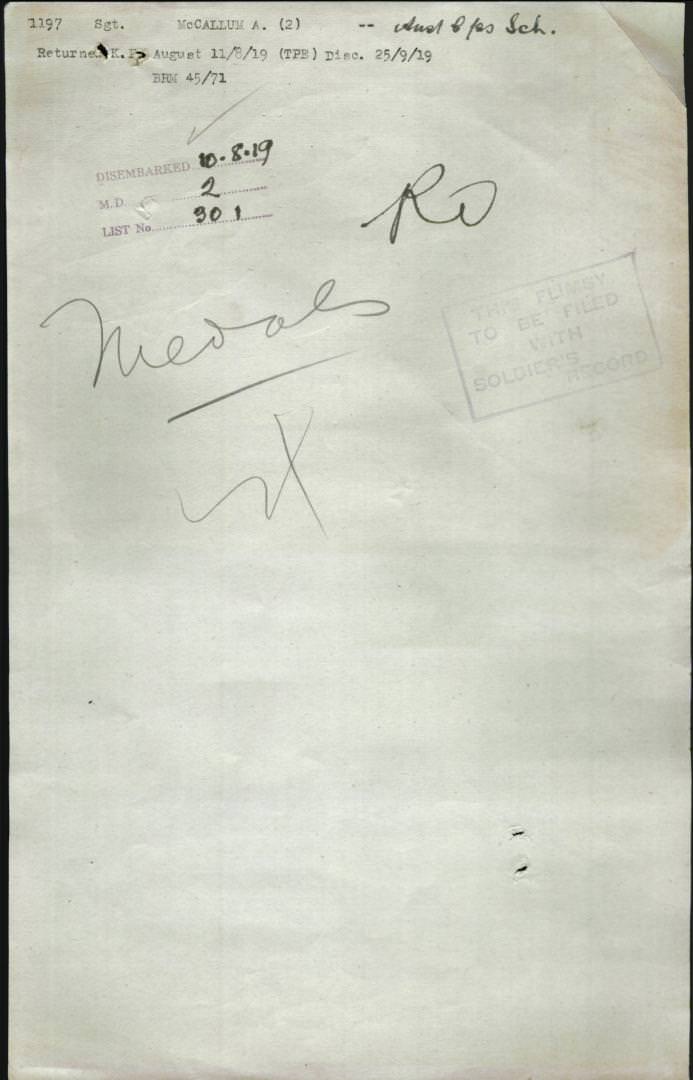
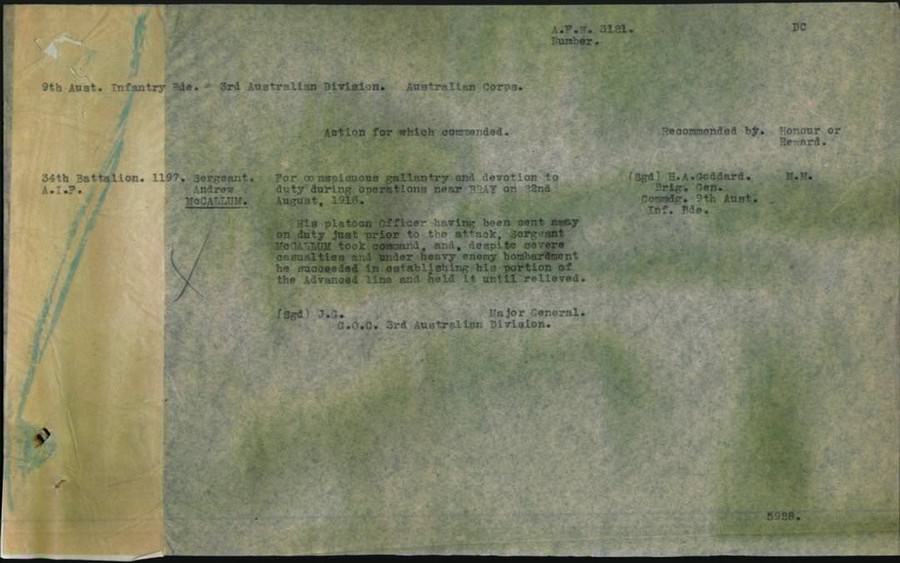
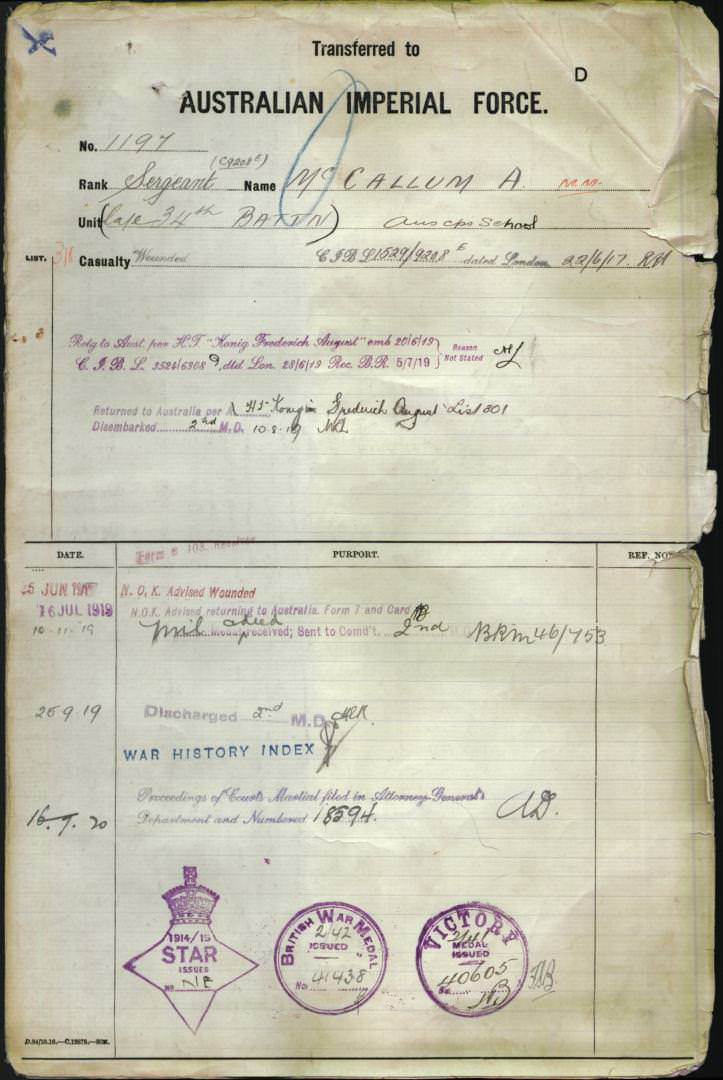
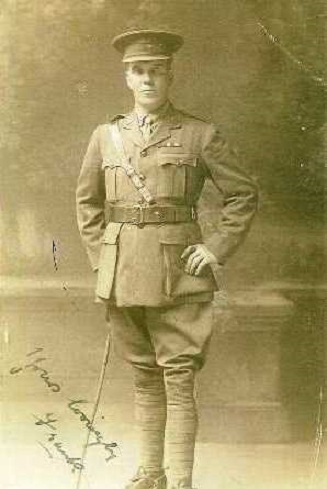
 Frank was promoted to 2nd Lieutenant on the 12th of August and proceeded overseas for France on the 21st of November 1916.
Frank was promoted to 2nd Lieutenant on the 12th of August and proceeded overseas for France on the 21st of November 1916.
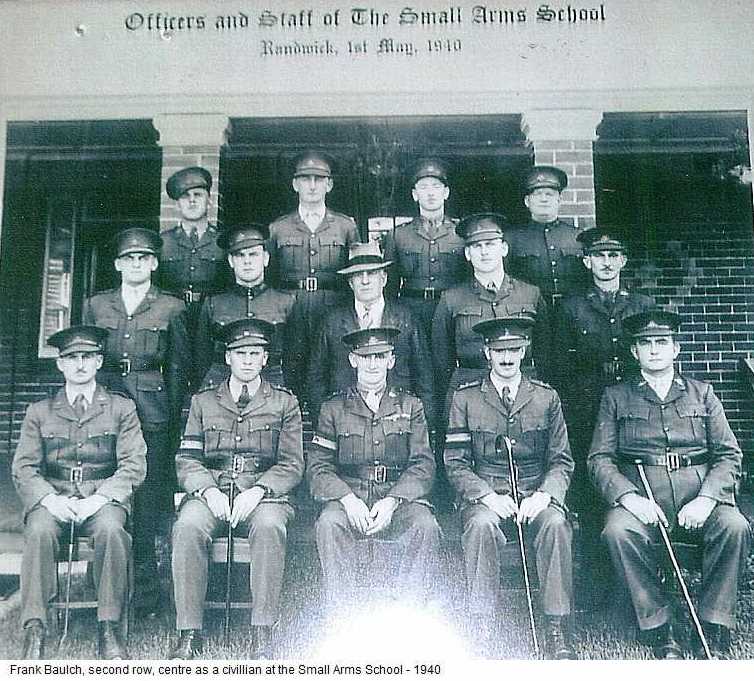
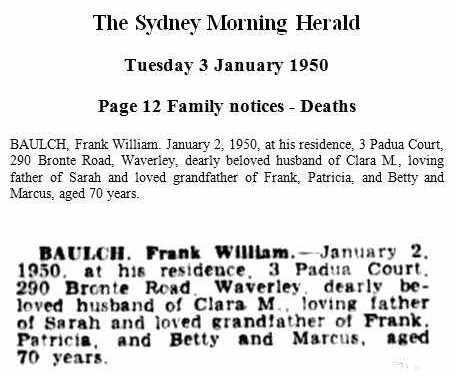


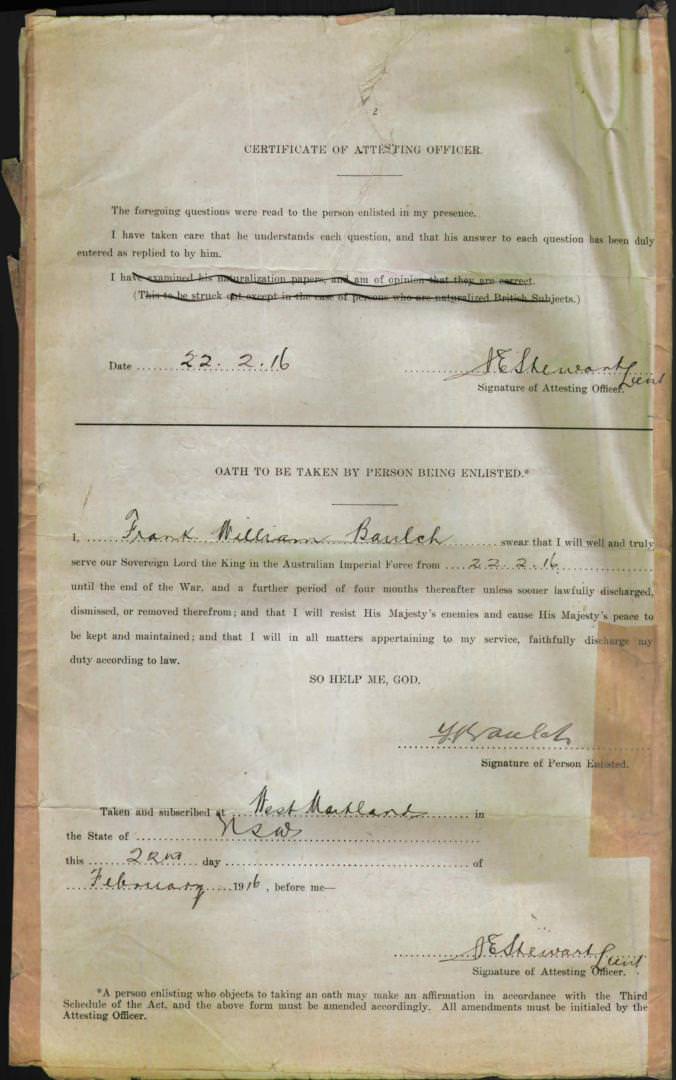
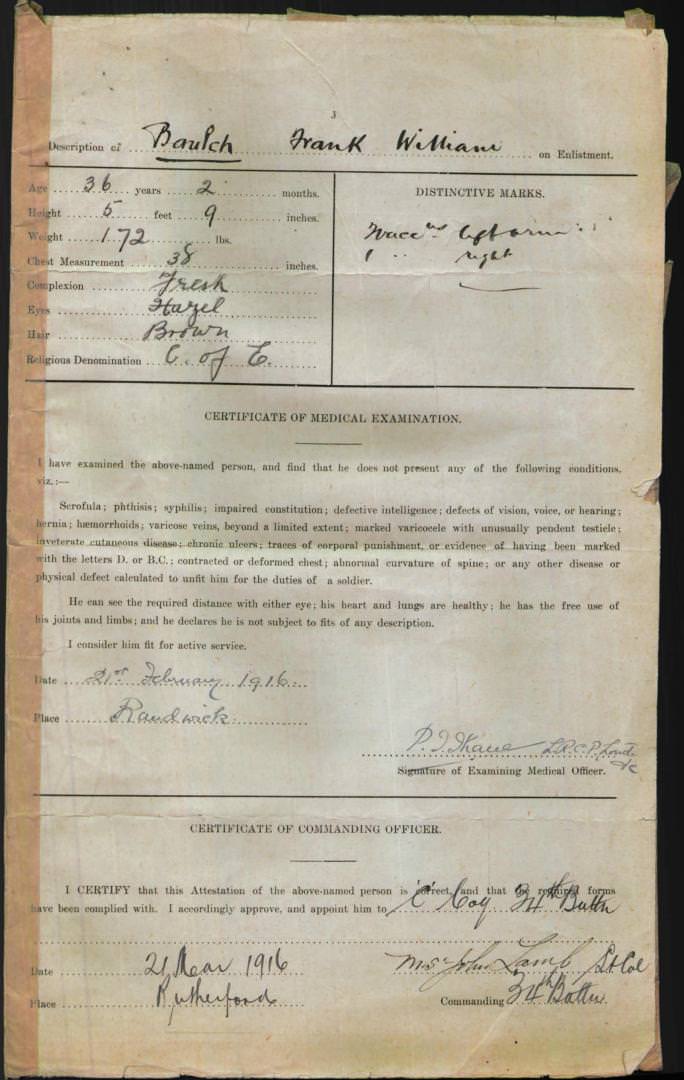
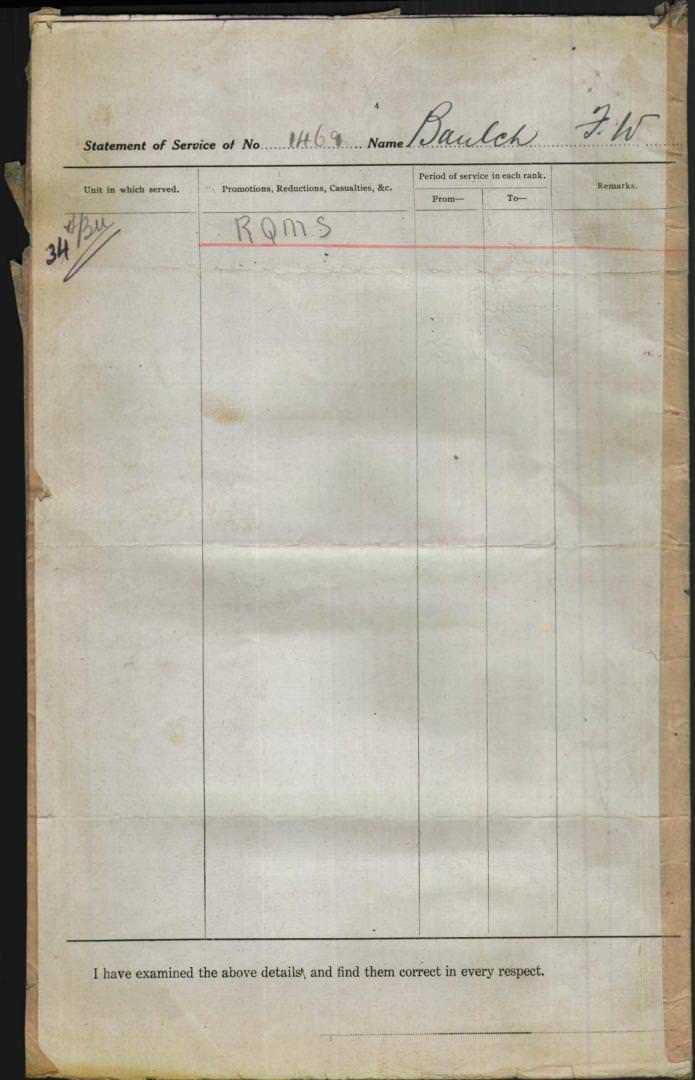
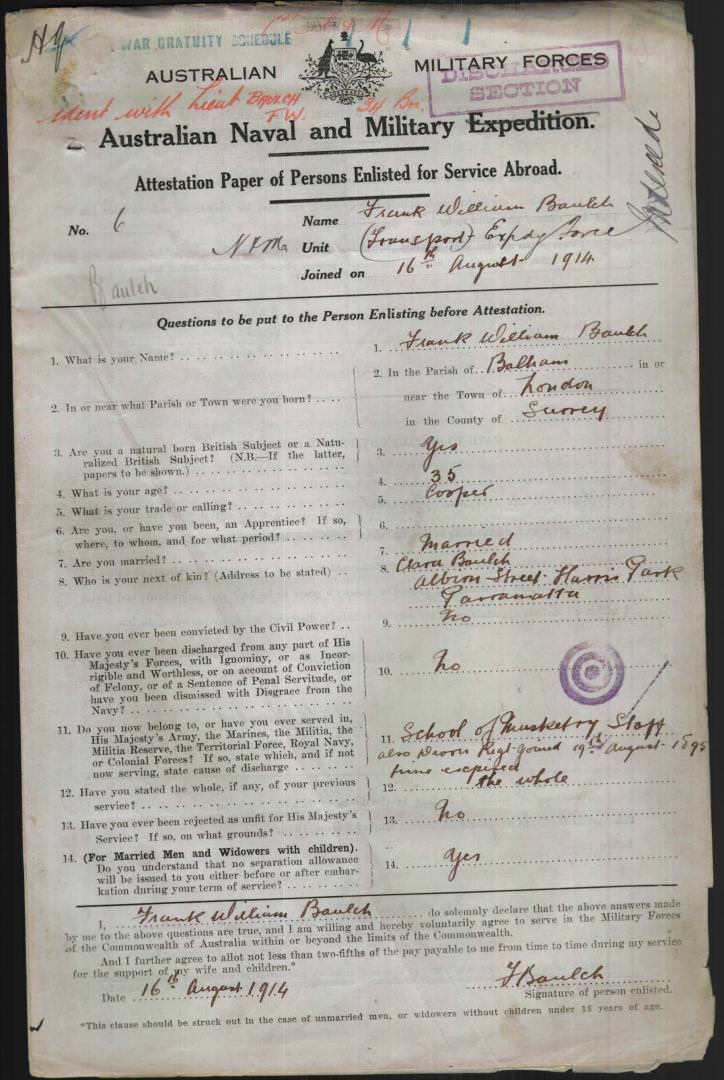
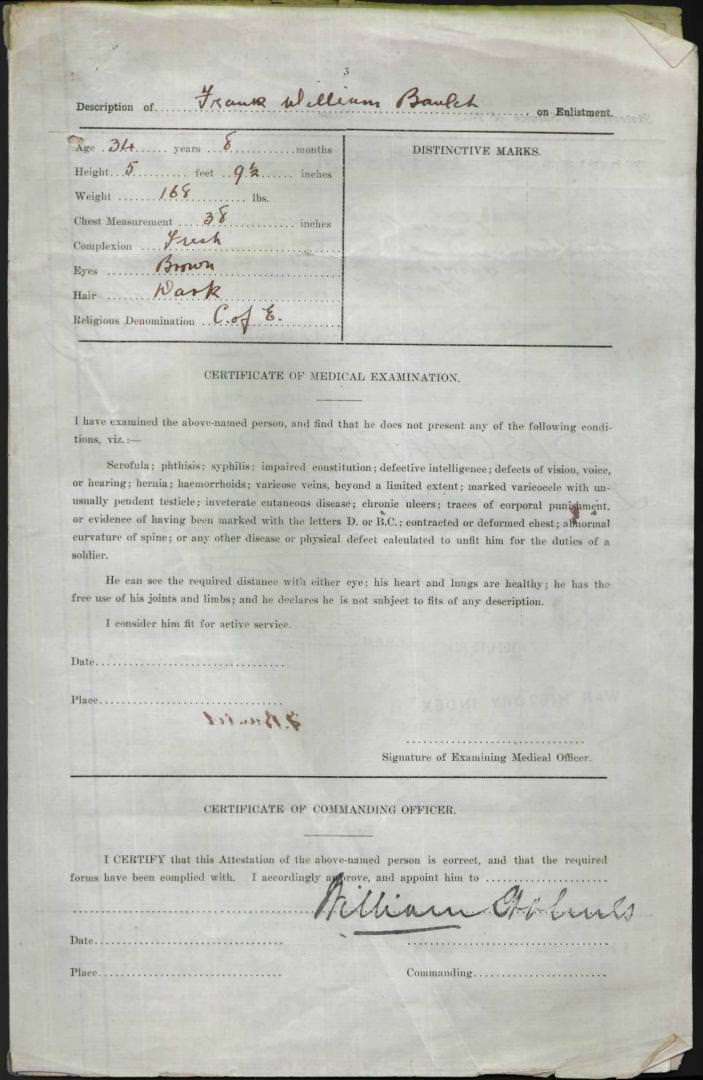

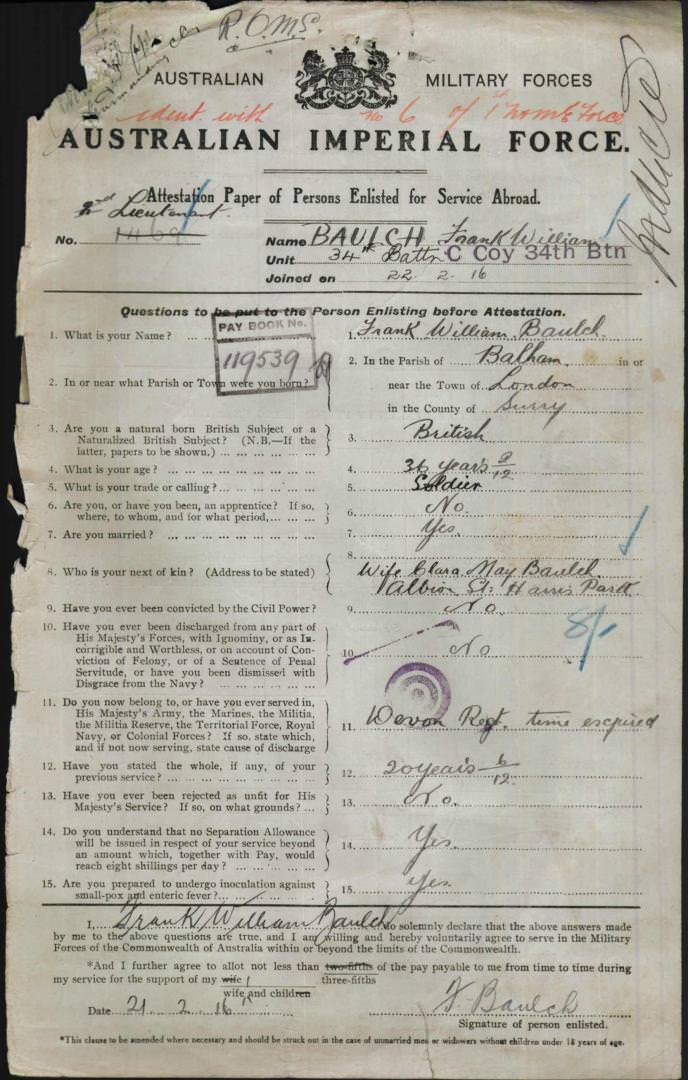
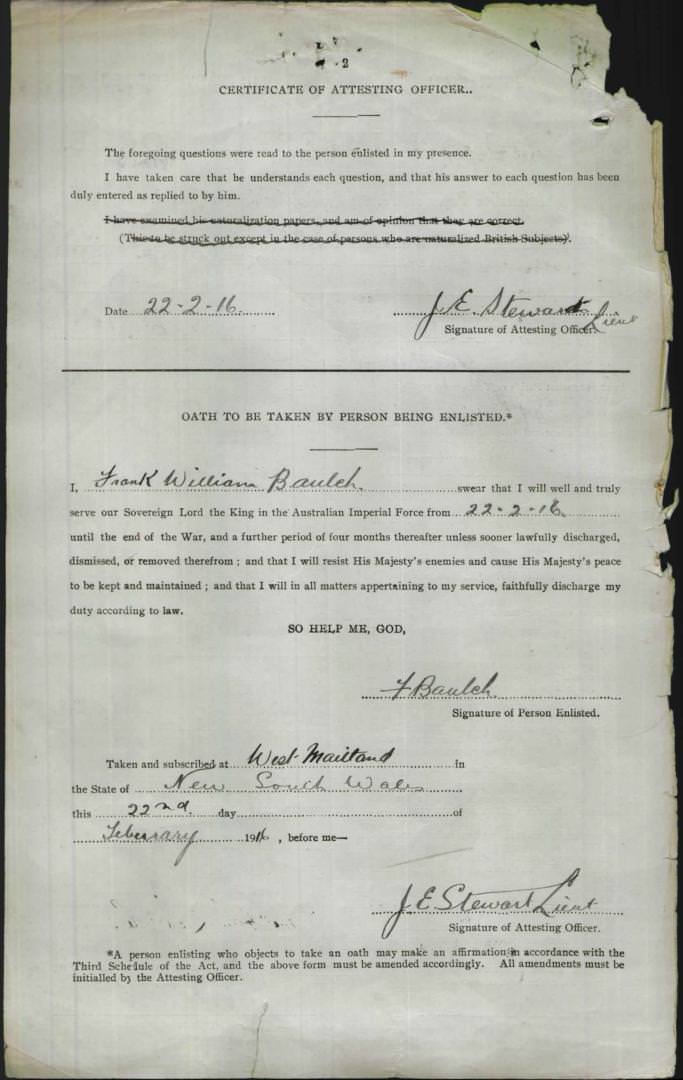
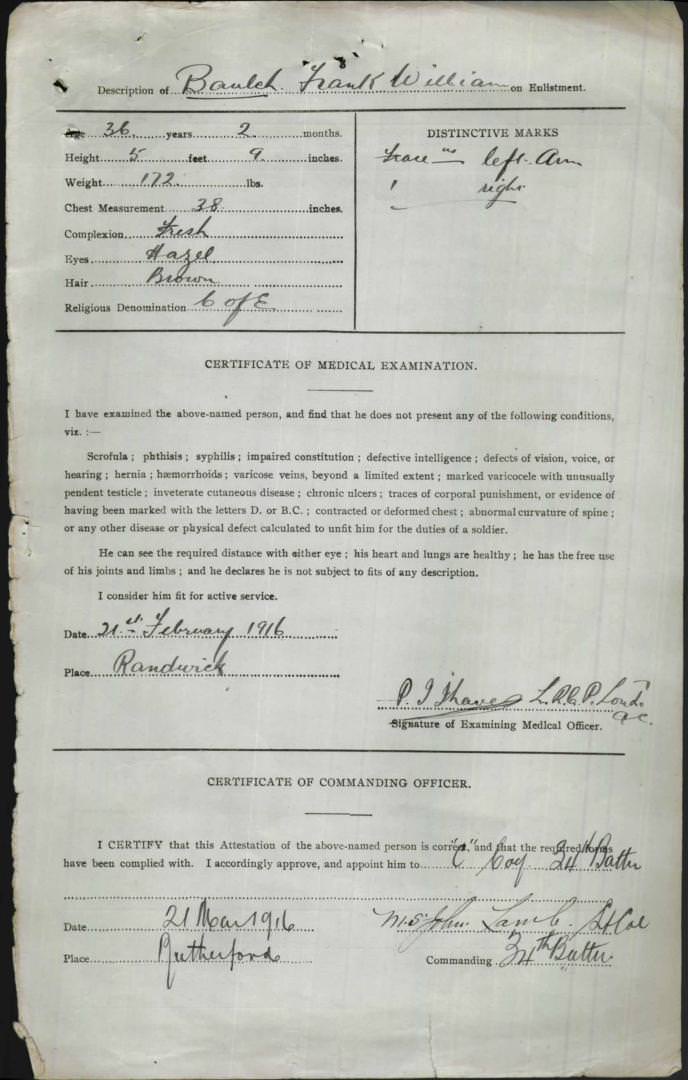
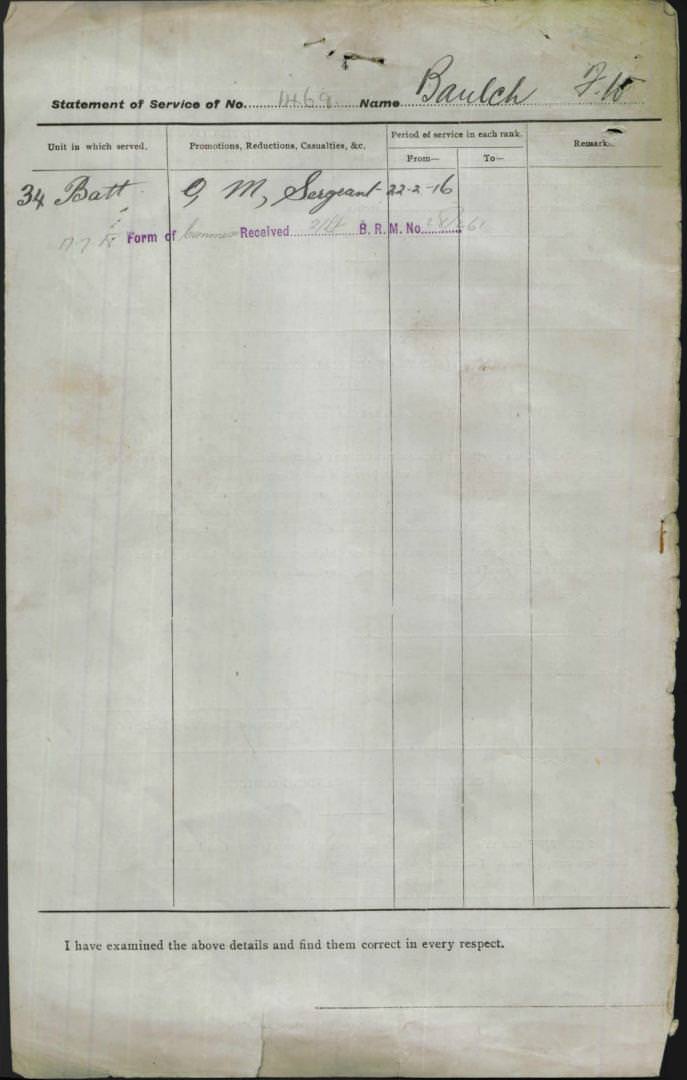
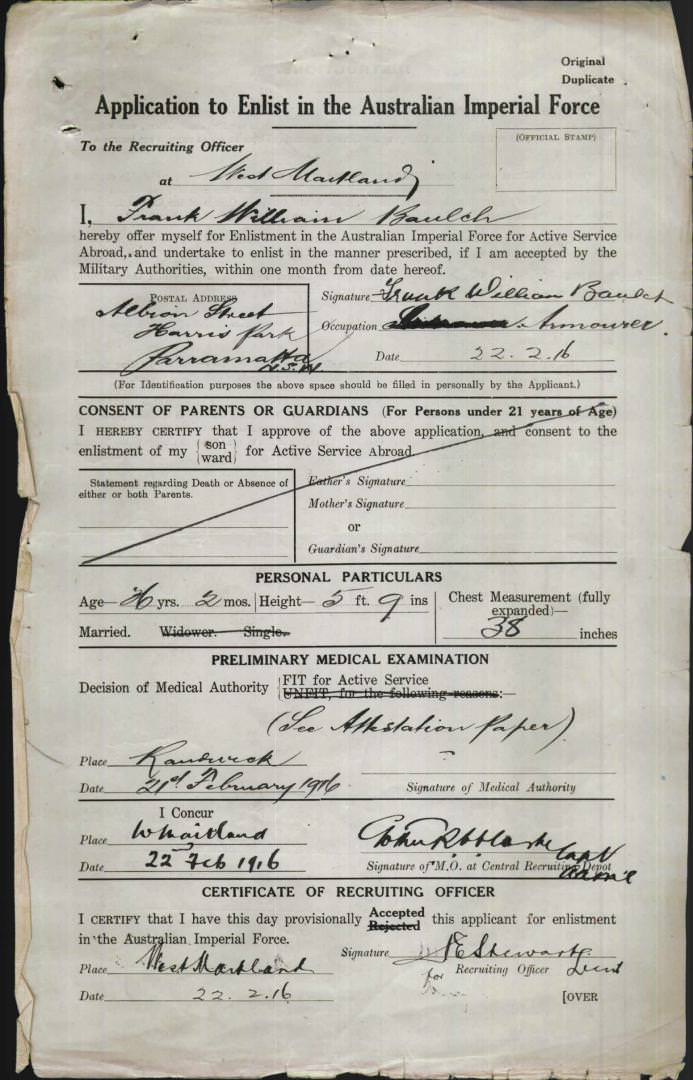

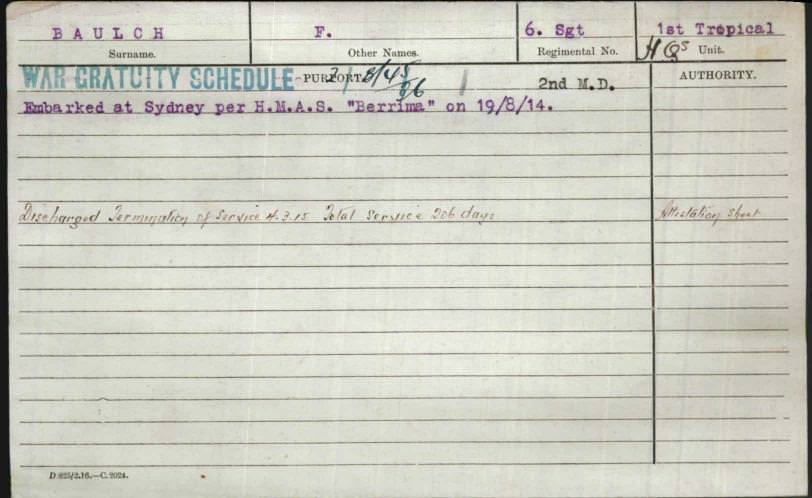
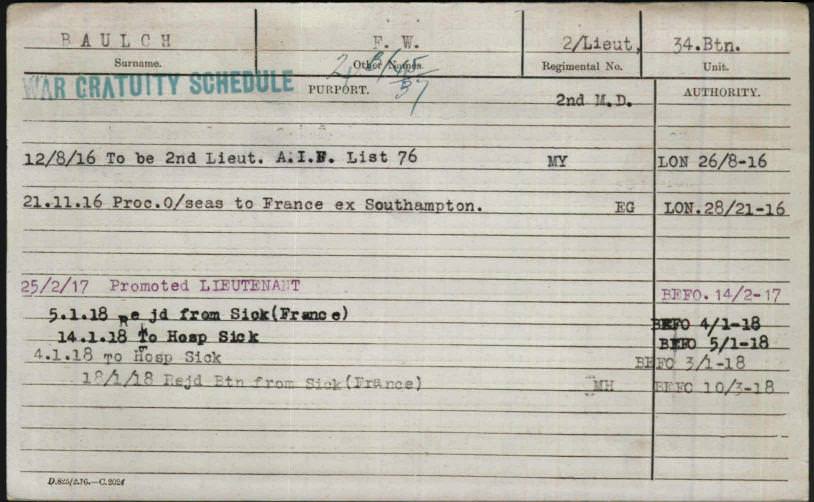

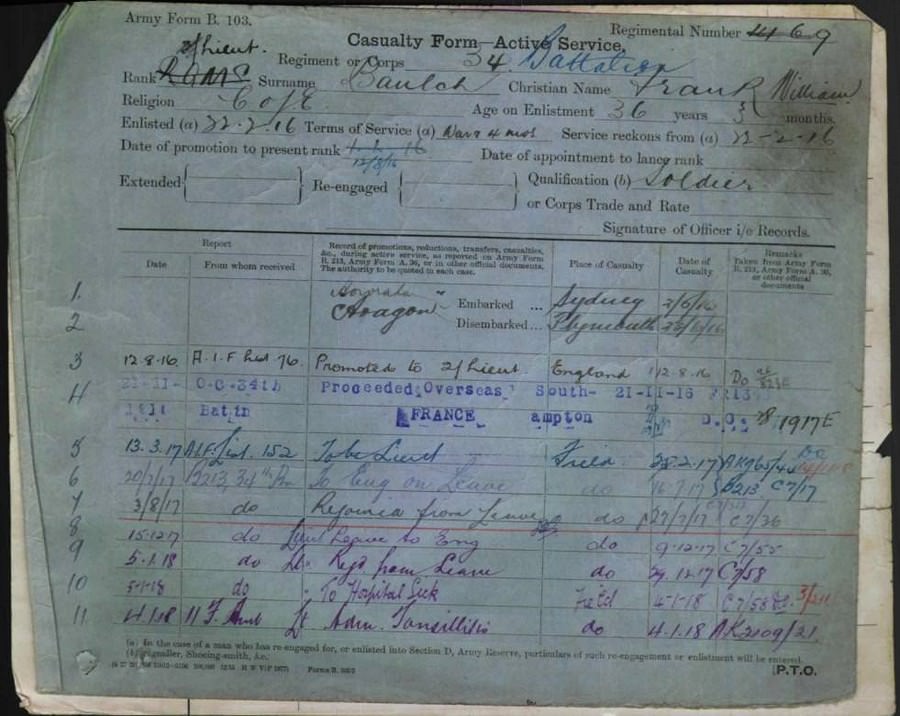
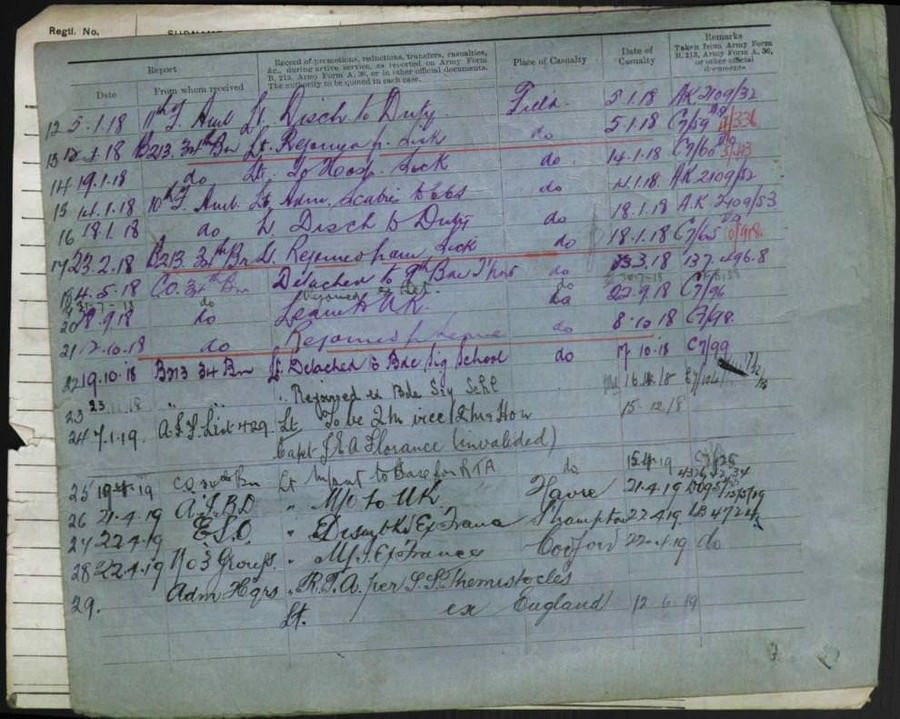
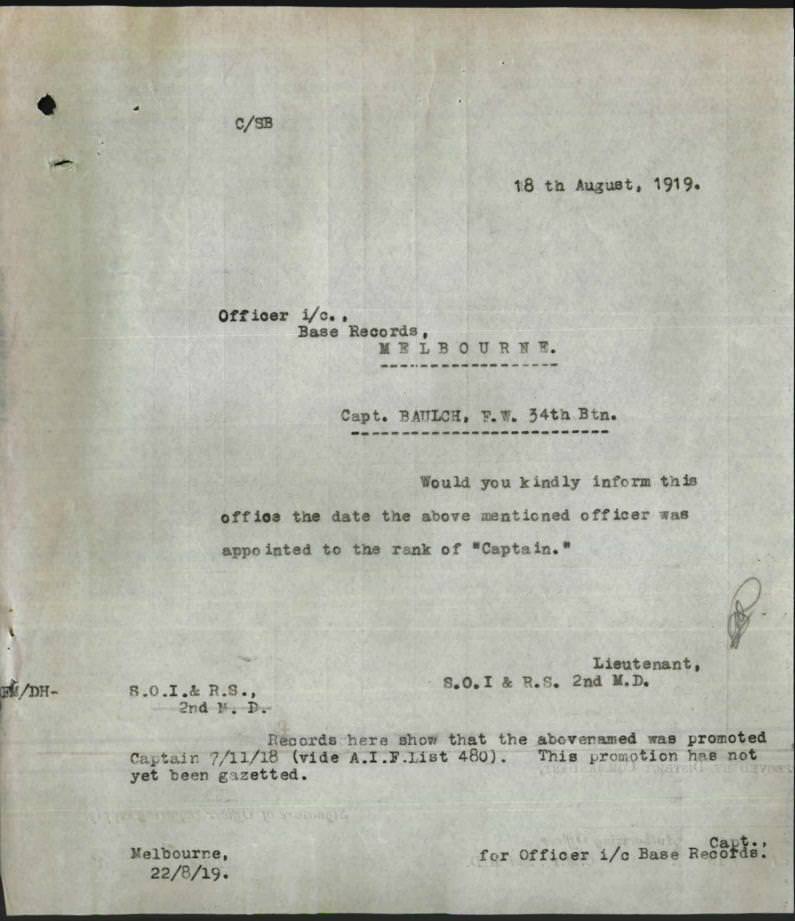
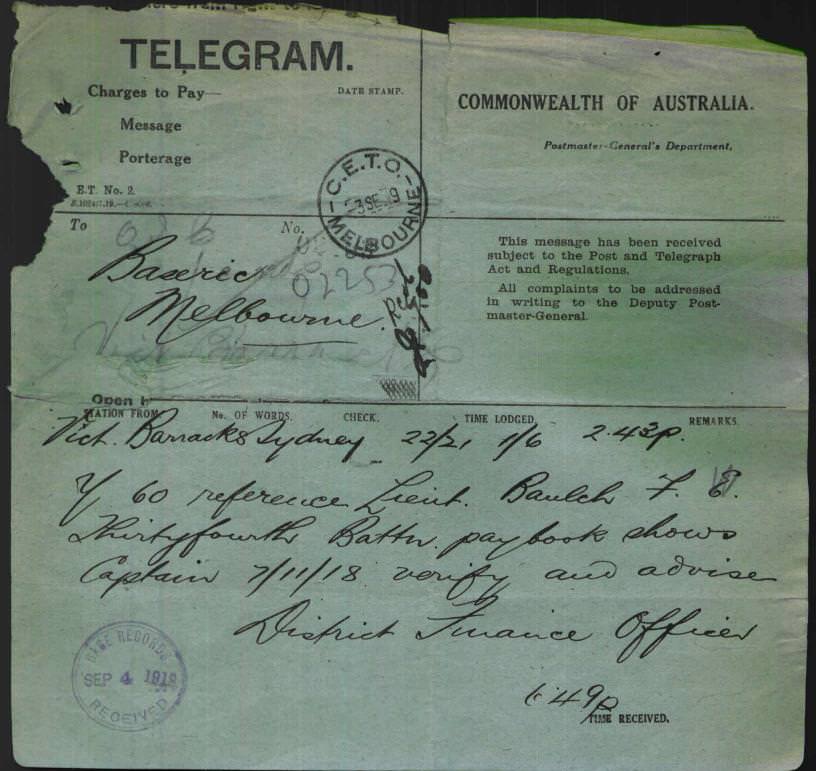
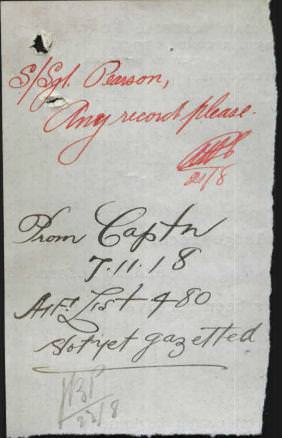
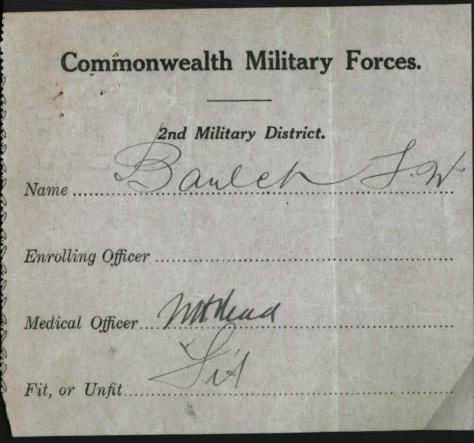
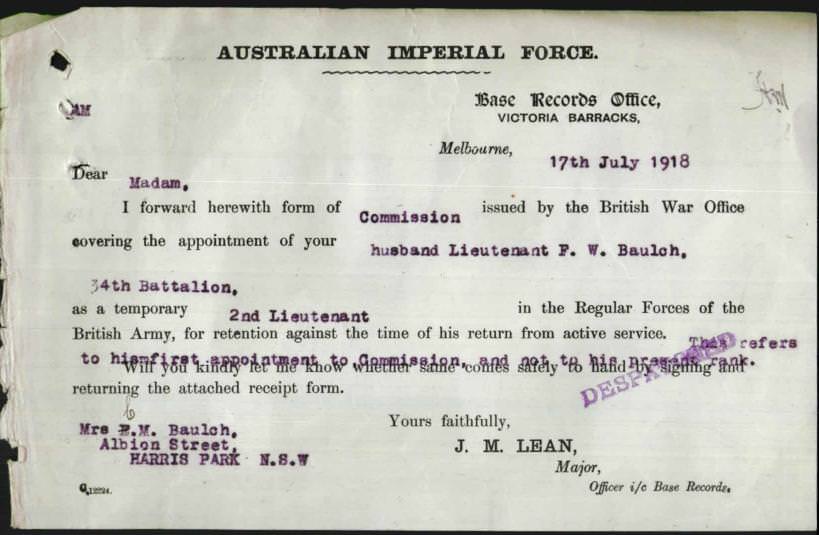

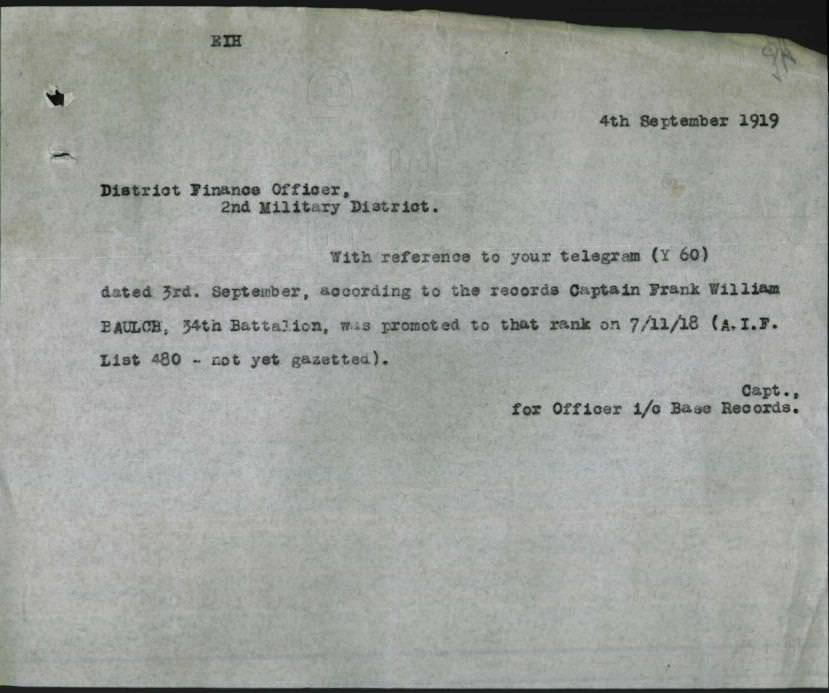
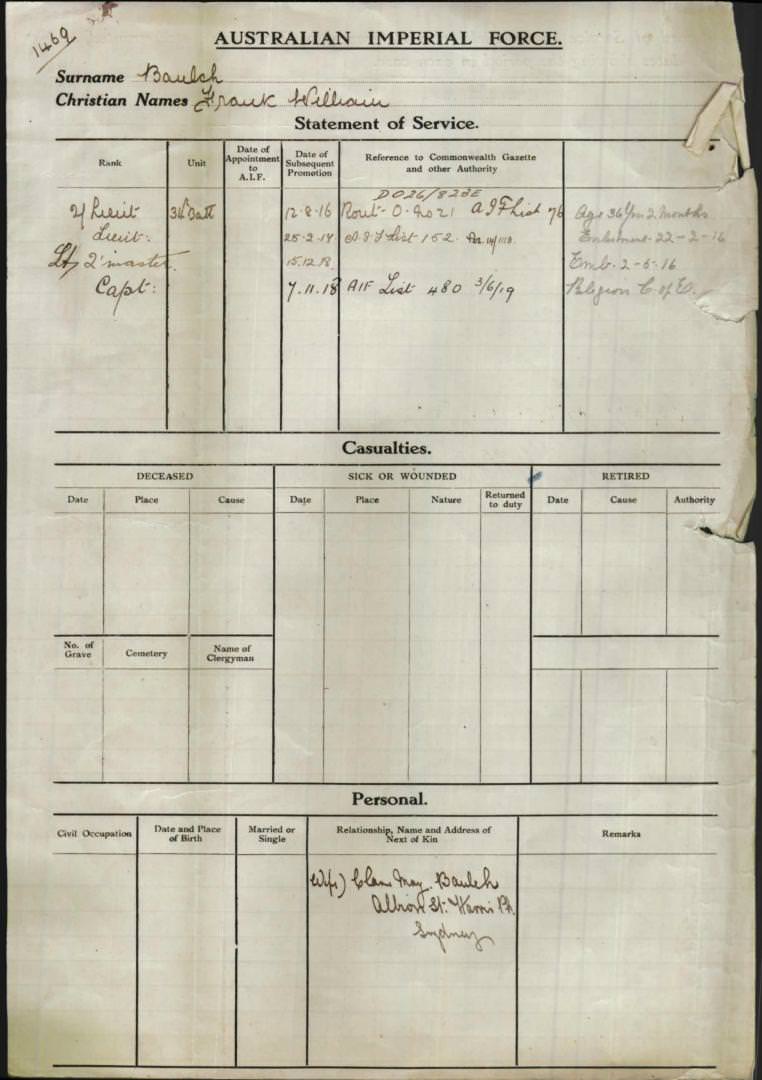
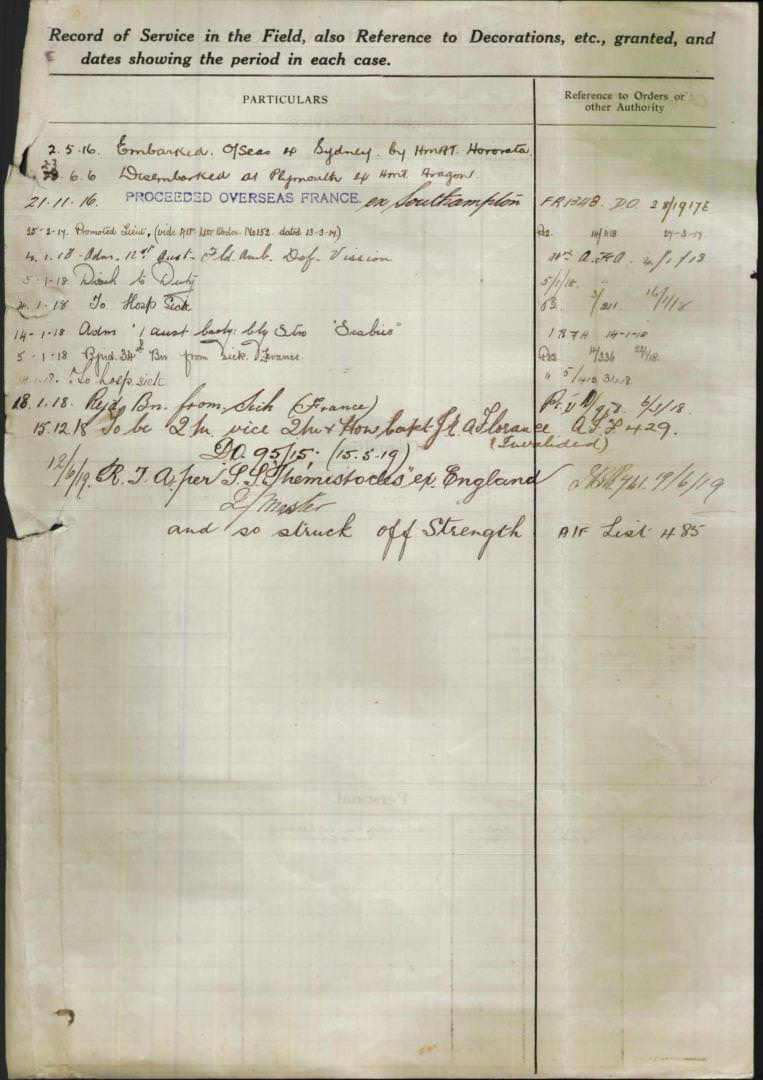
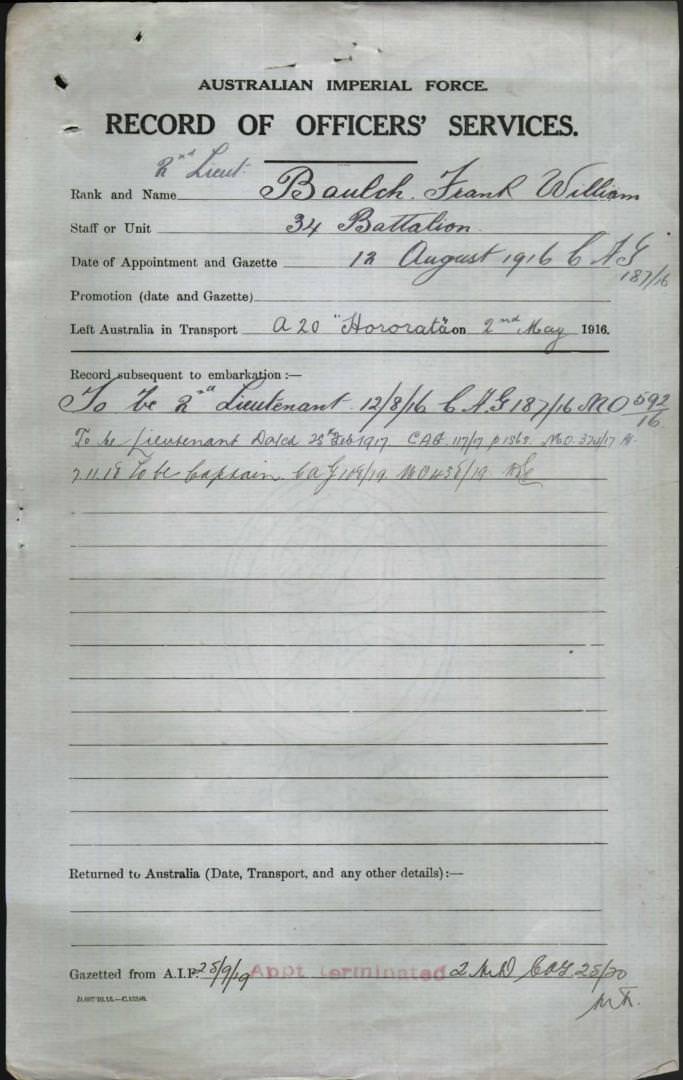

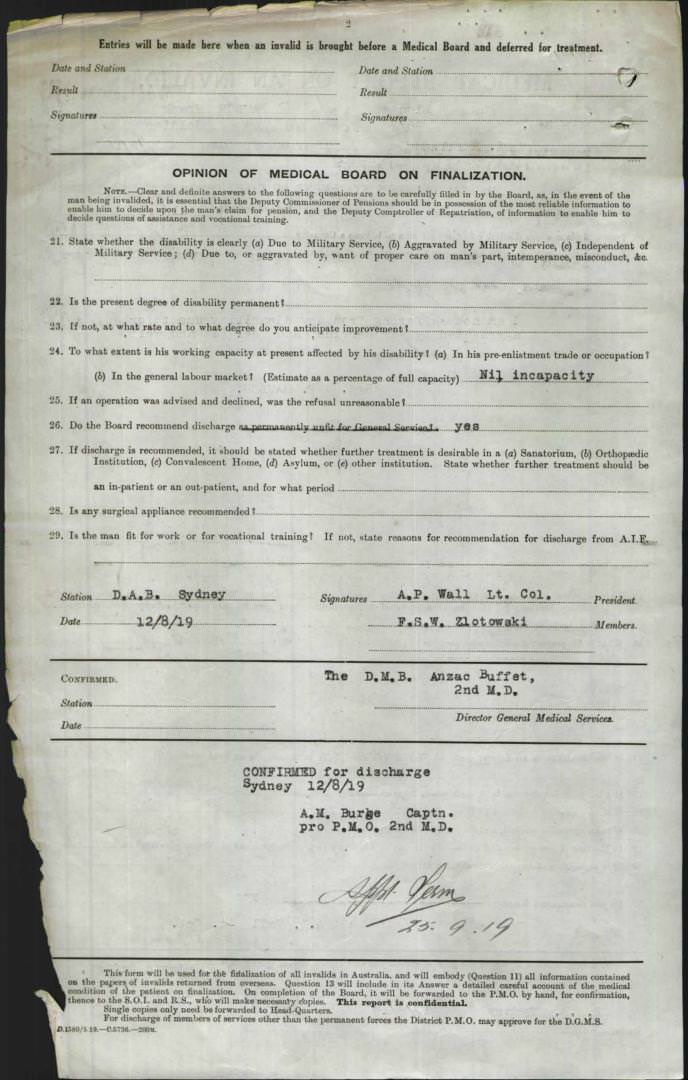

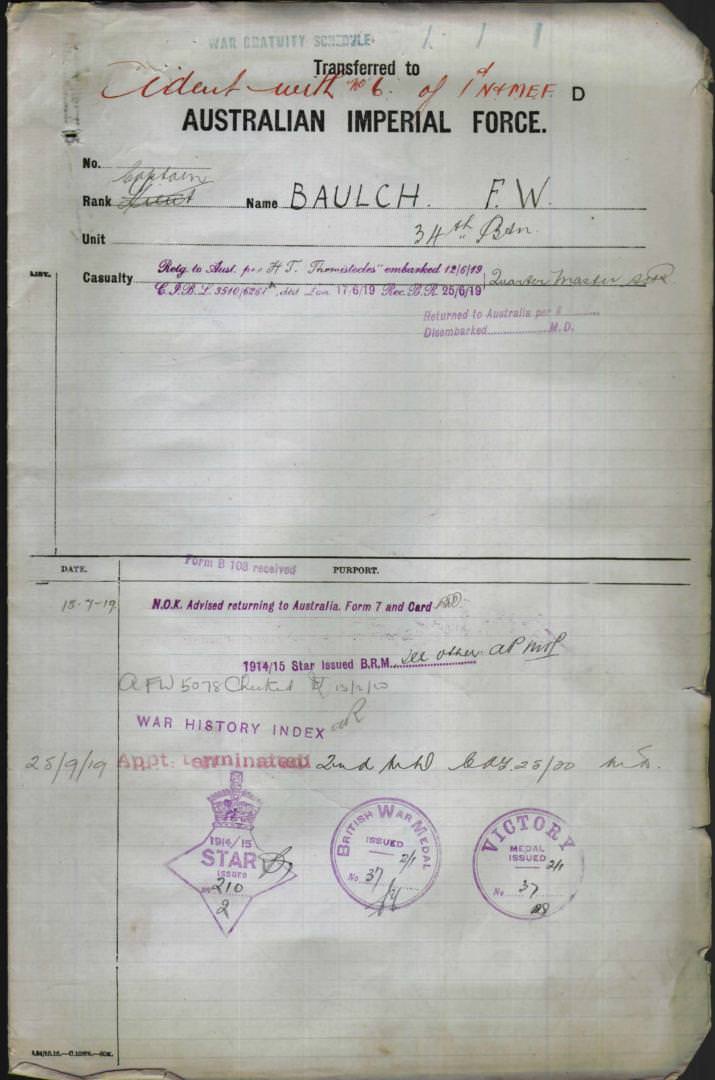
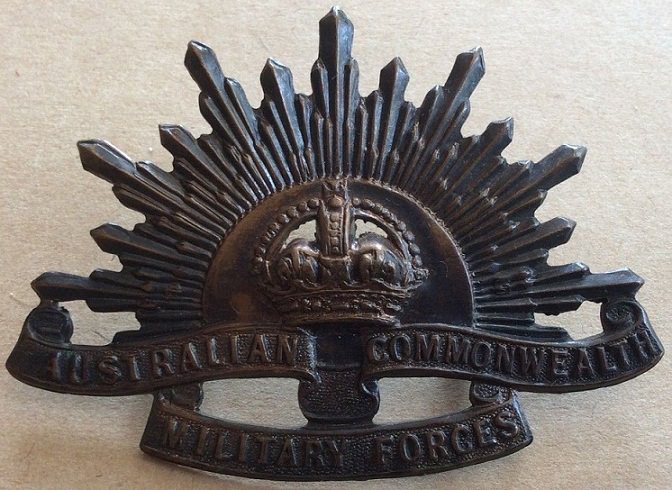

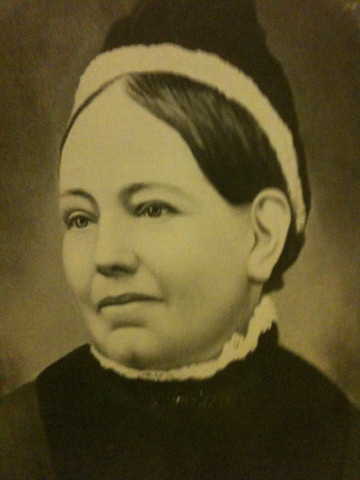
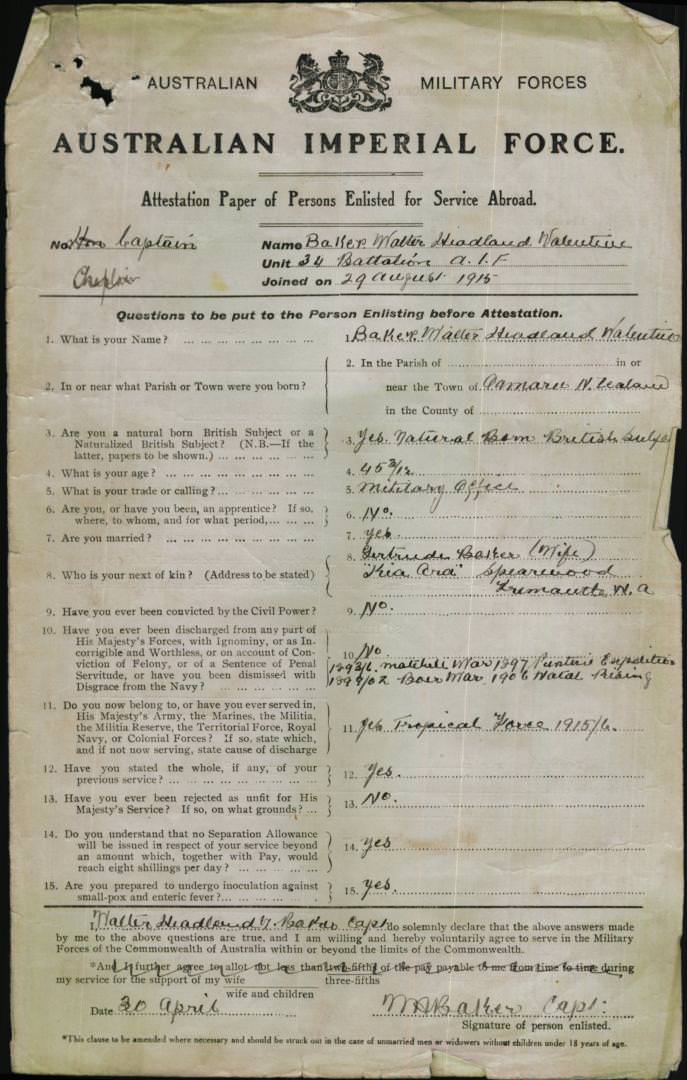
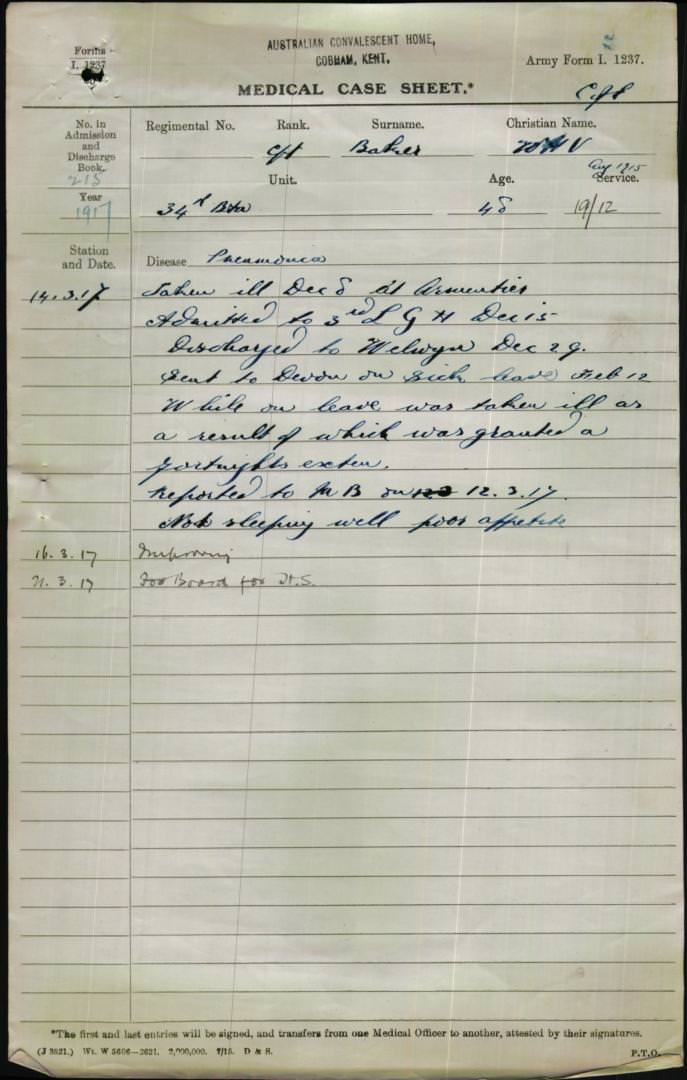

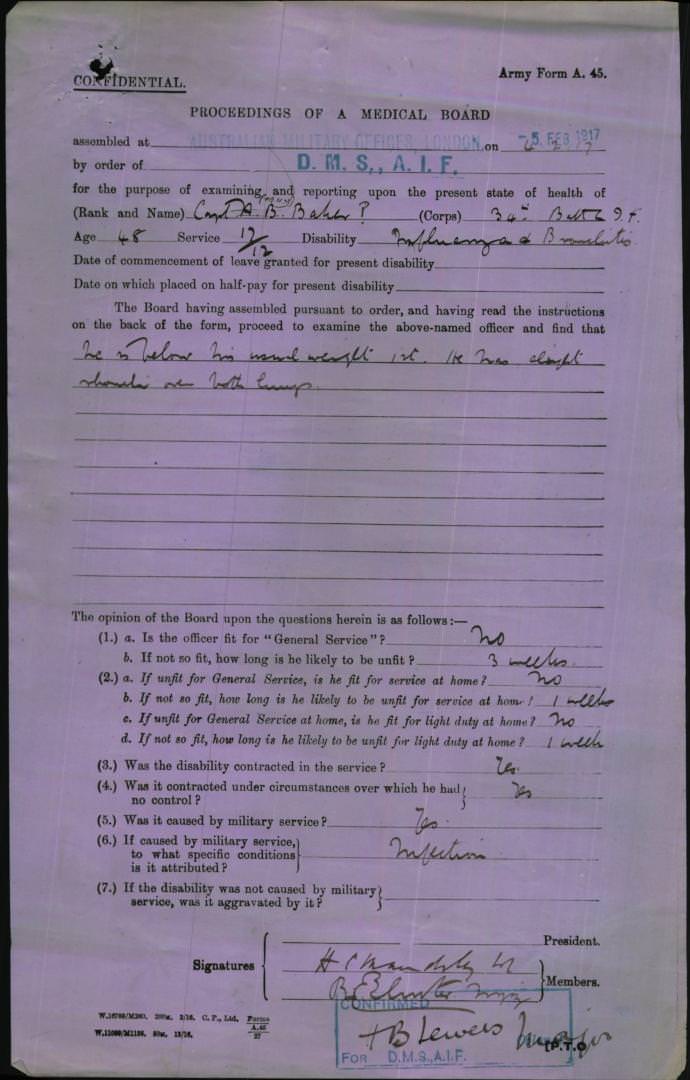
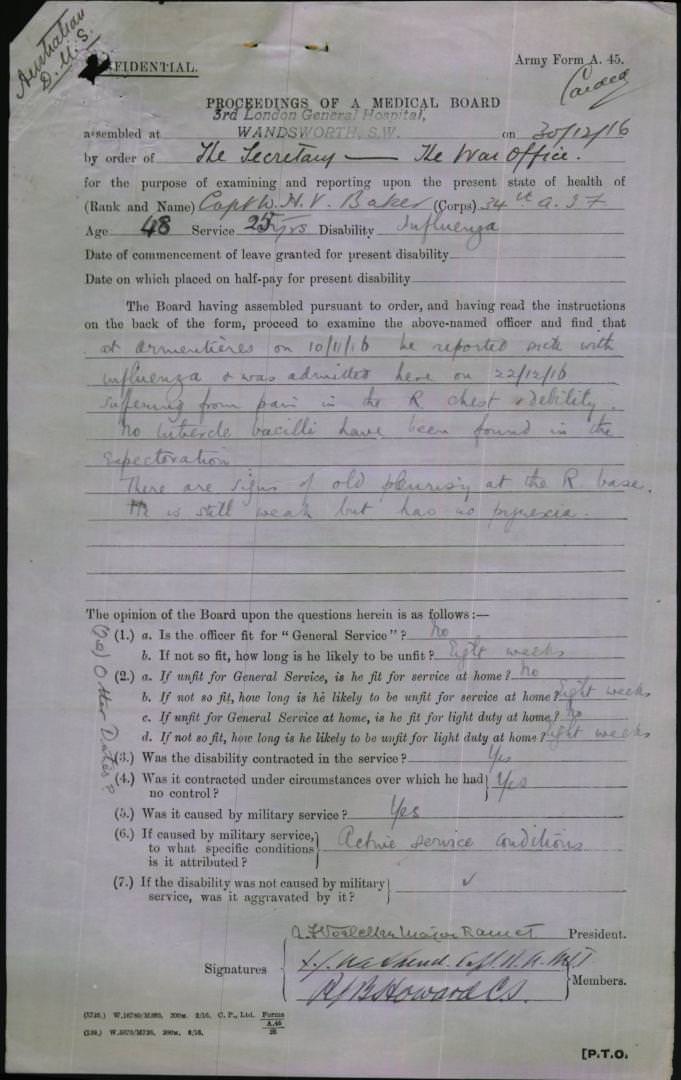
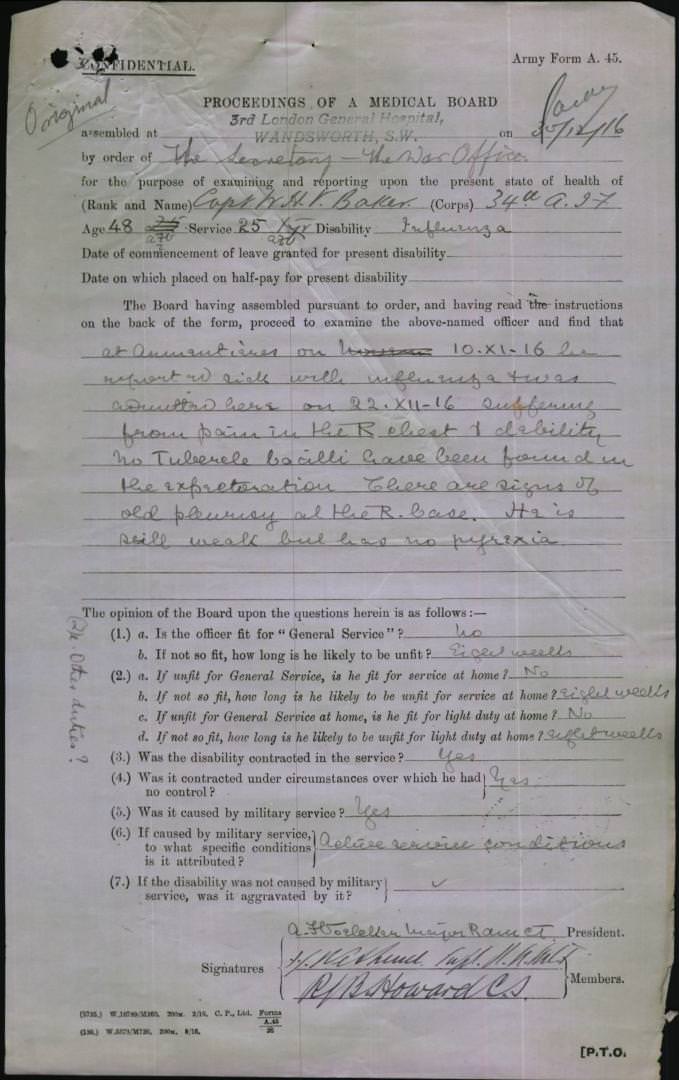

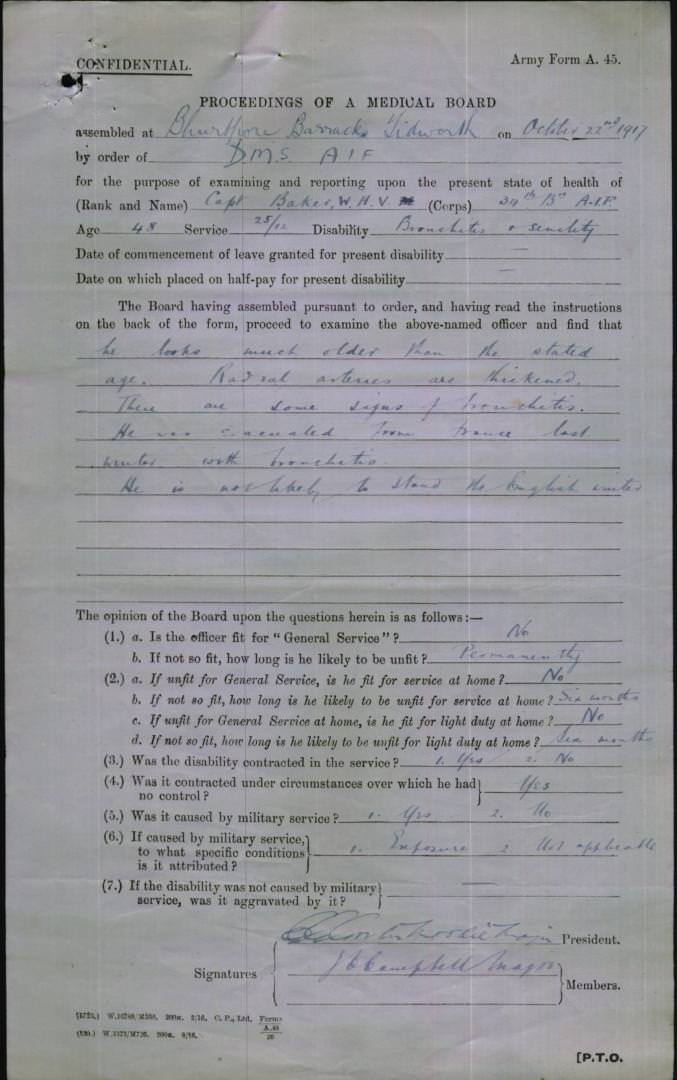




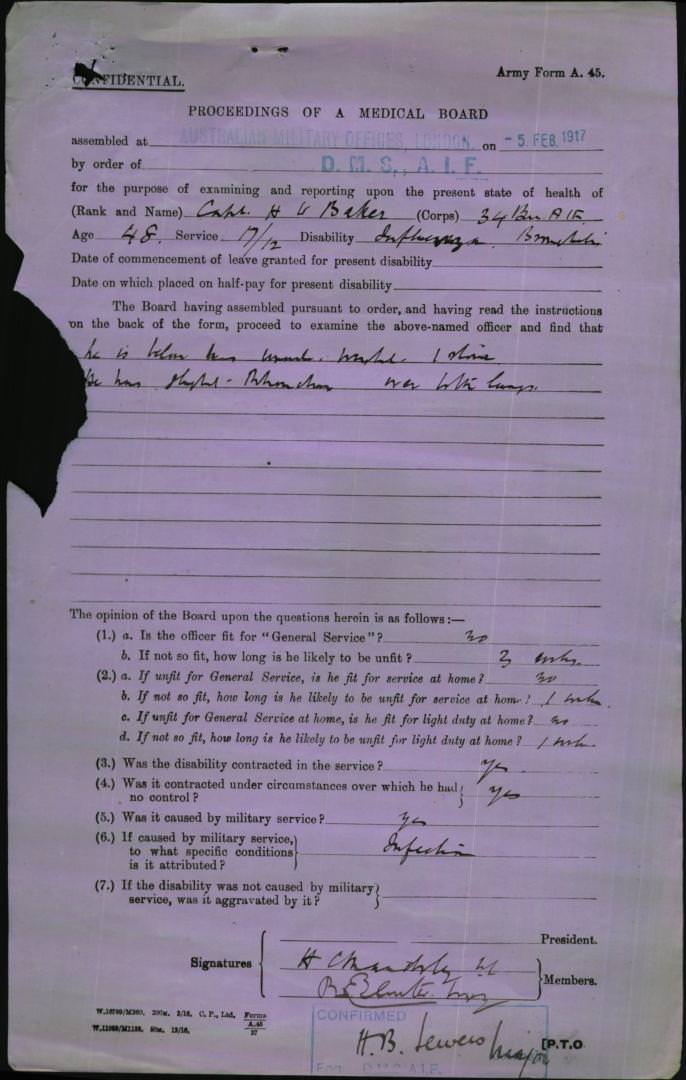
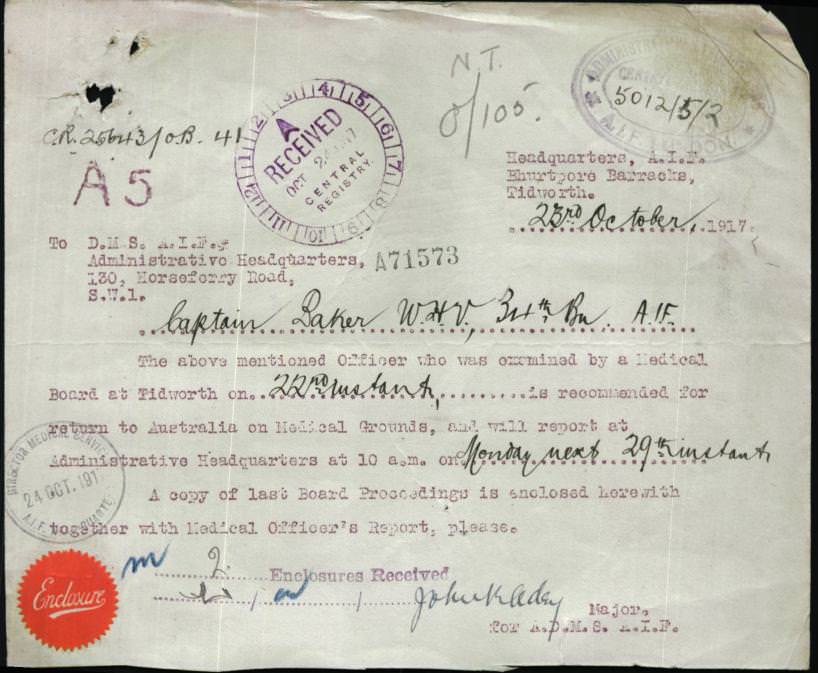
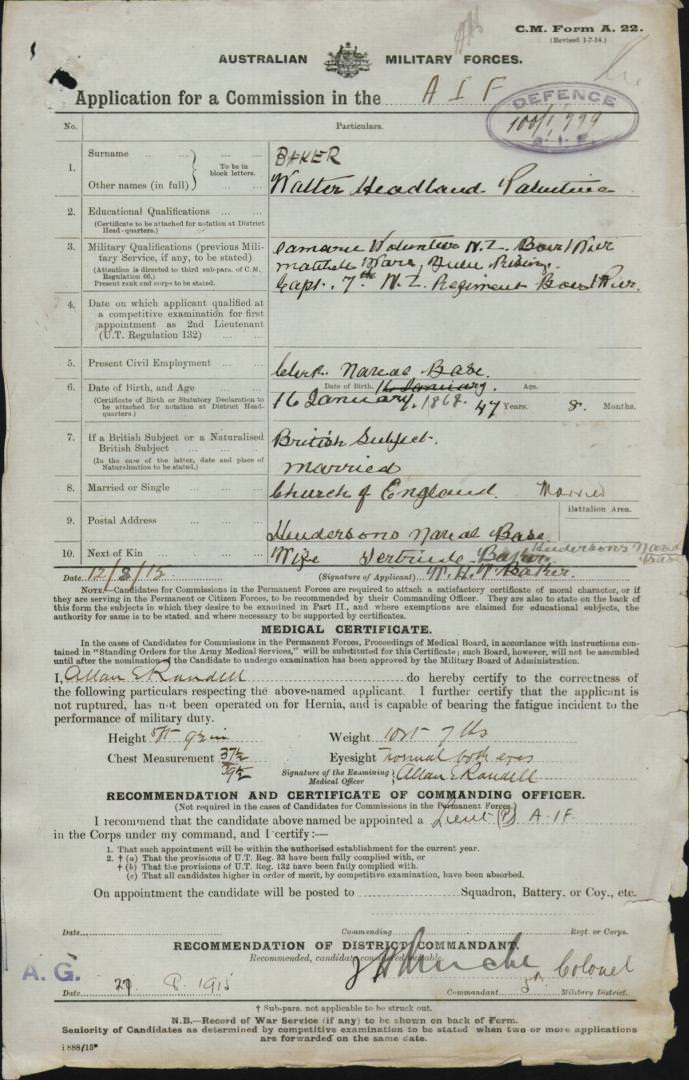
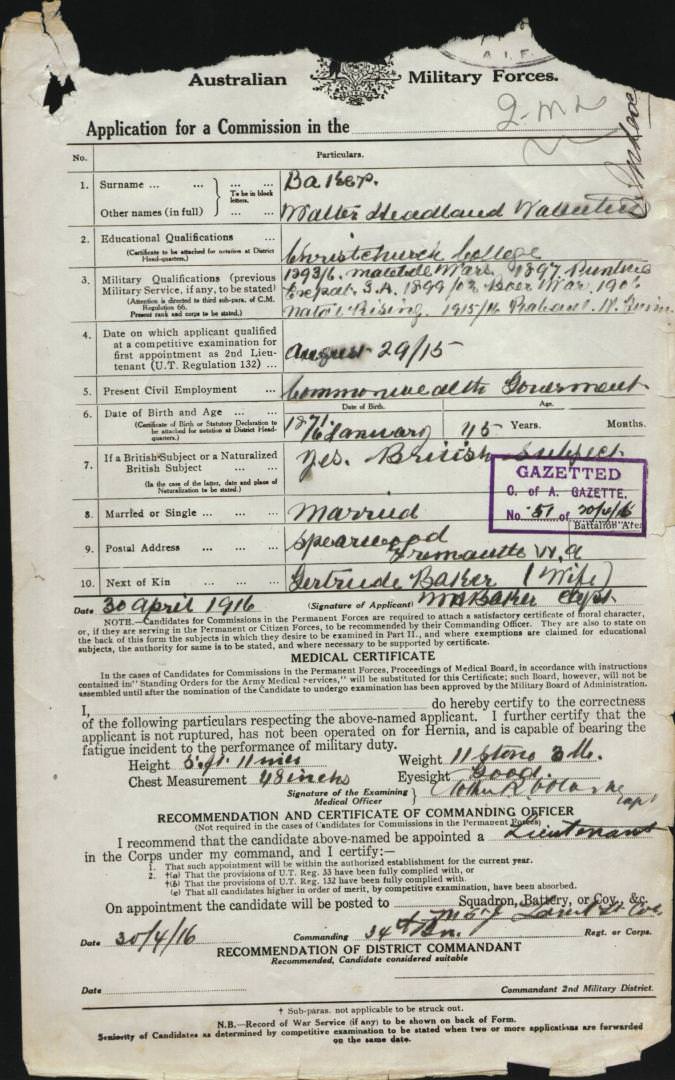
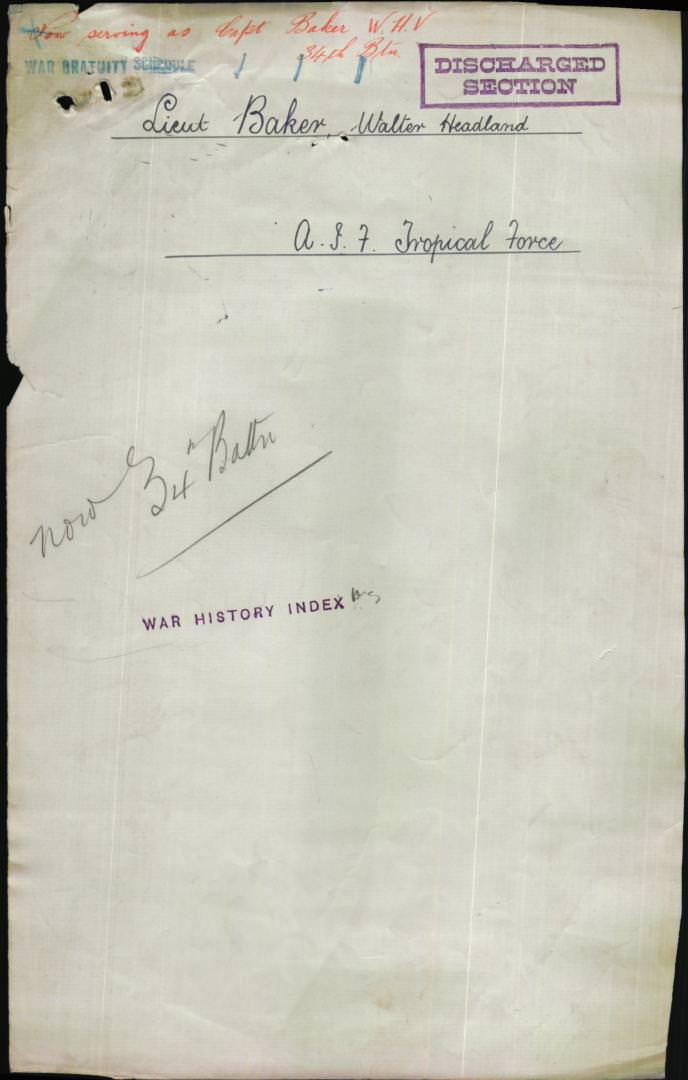
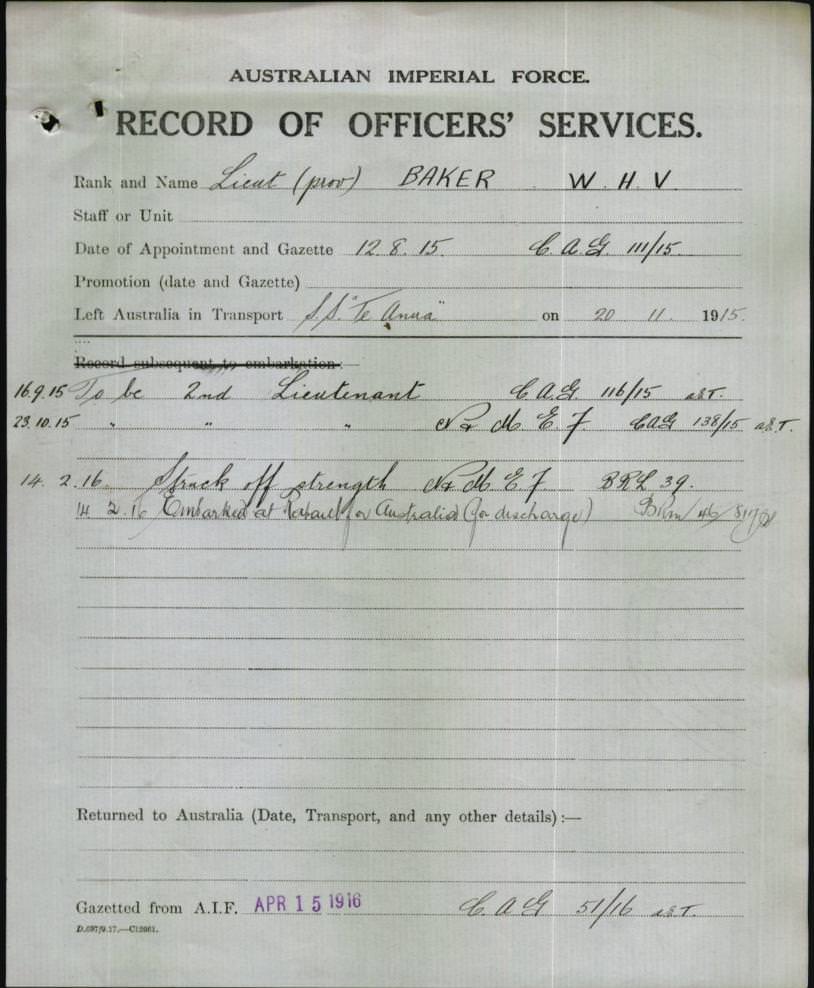
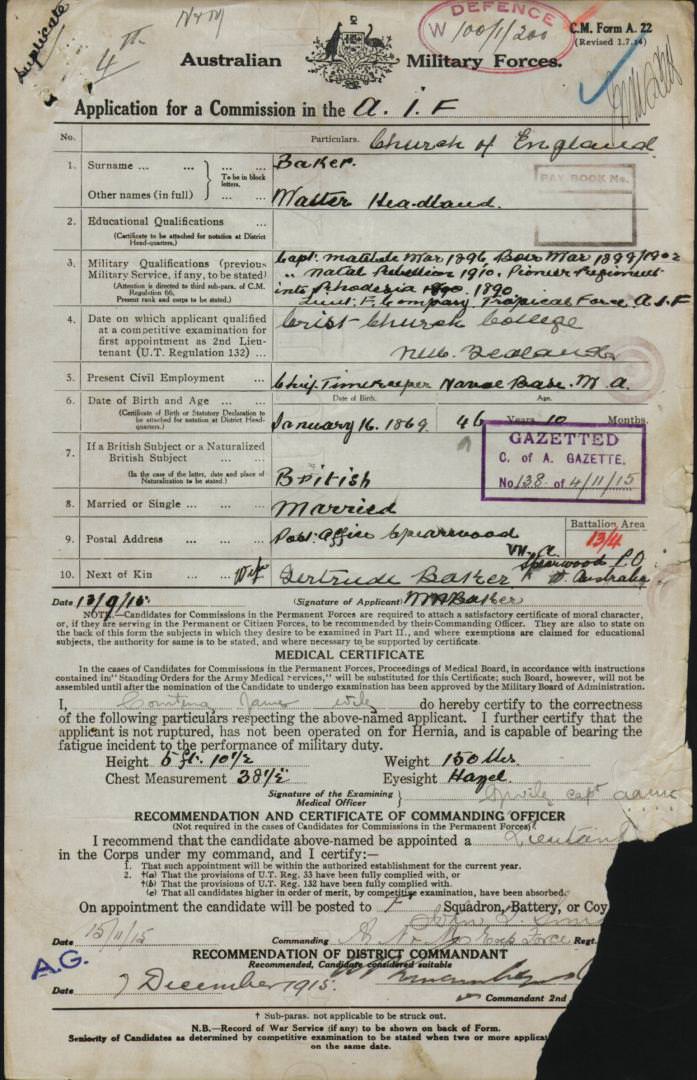
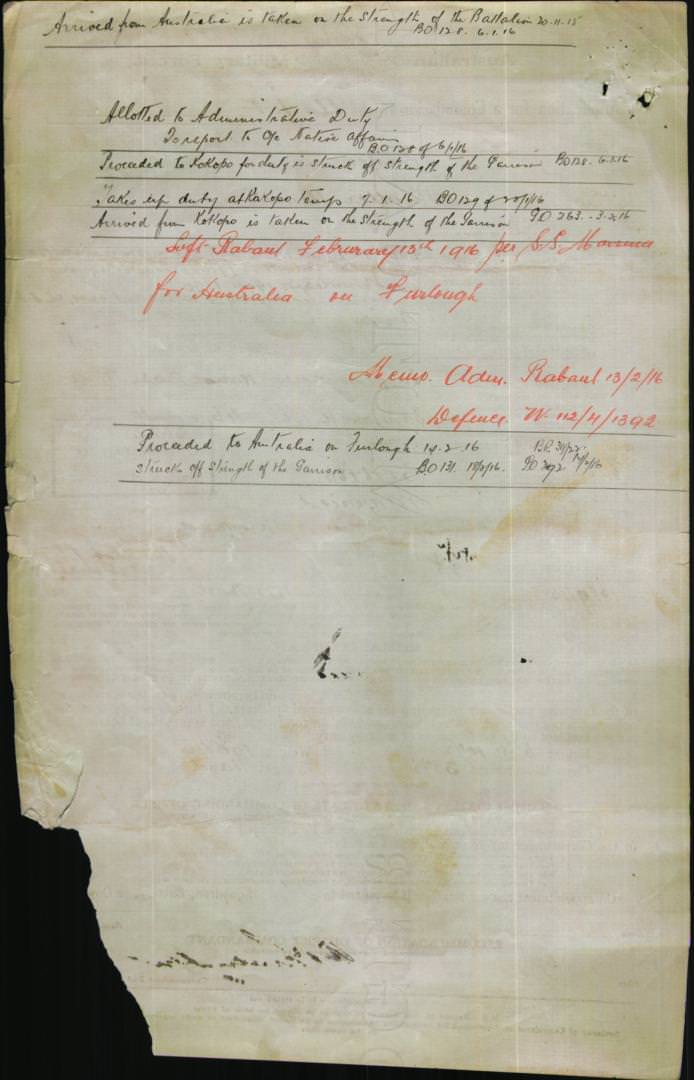
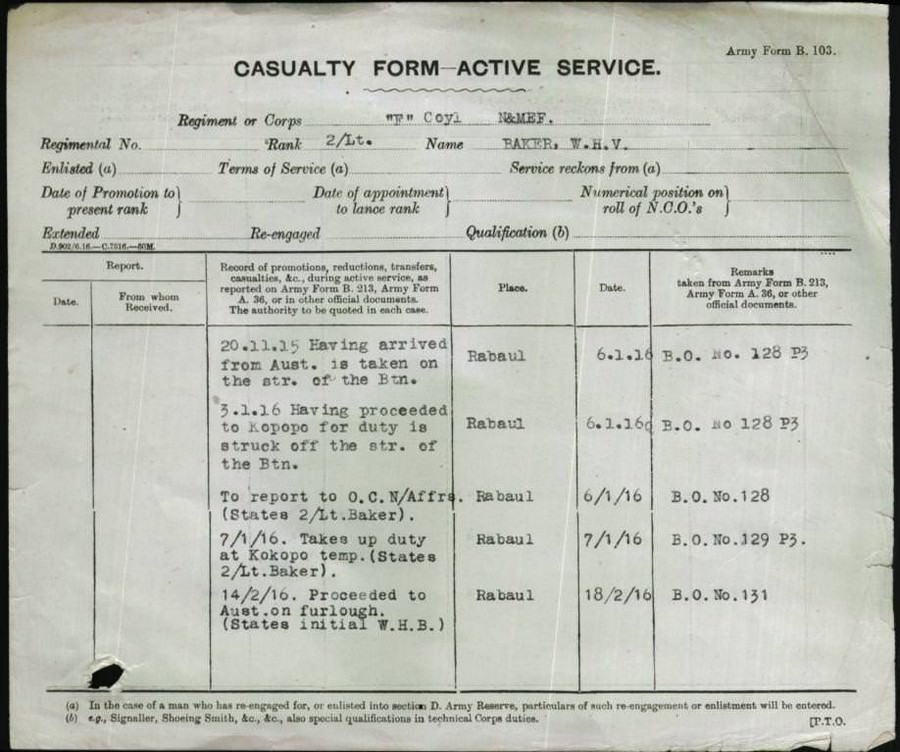
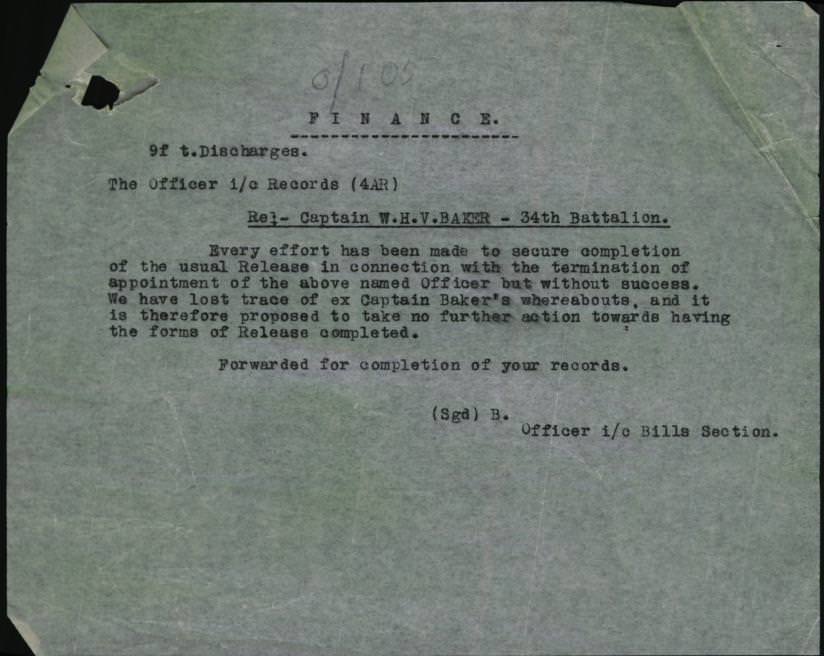

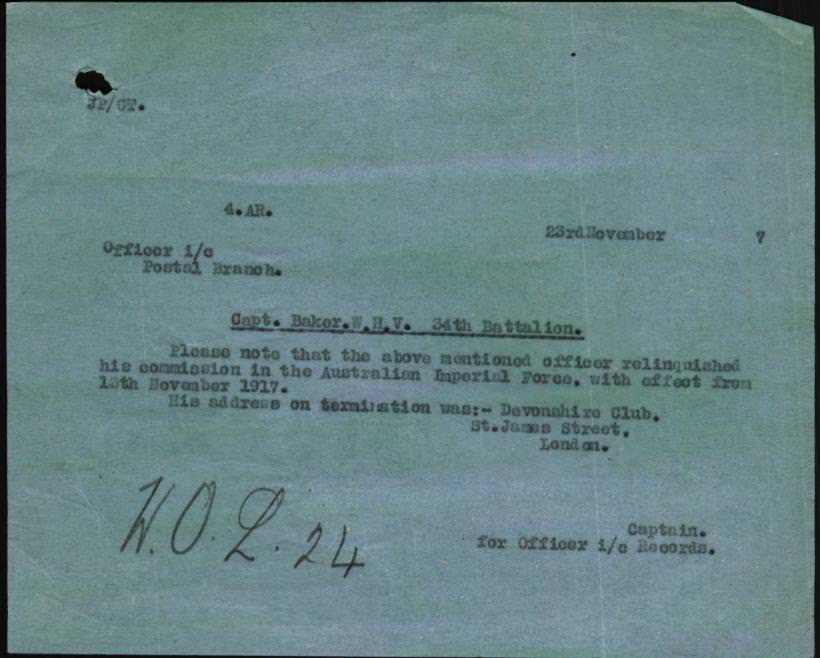

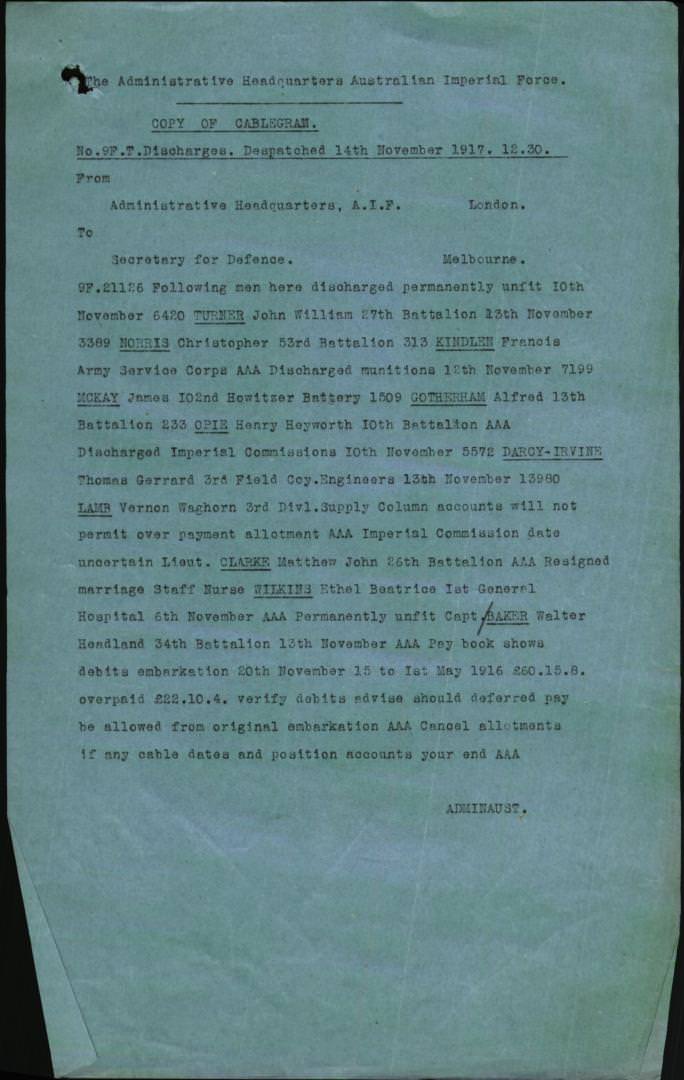
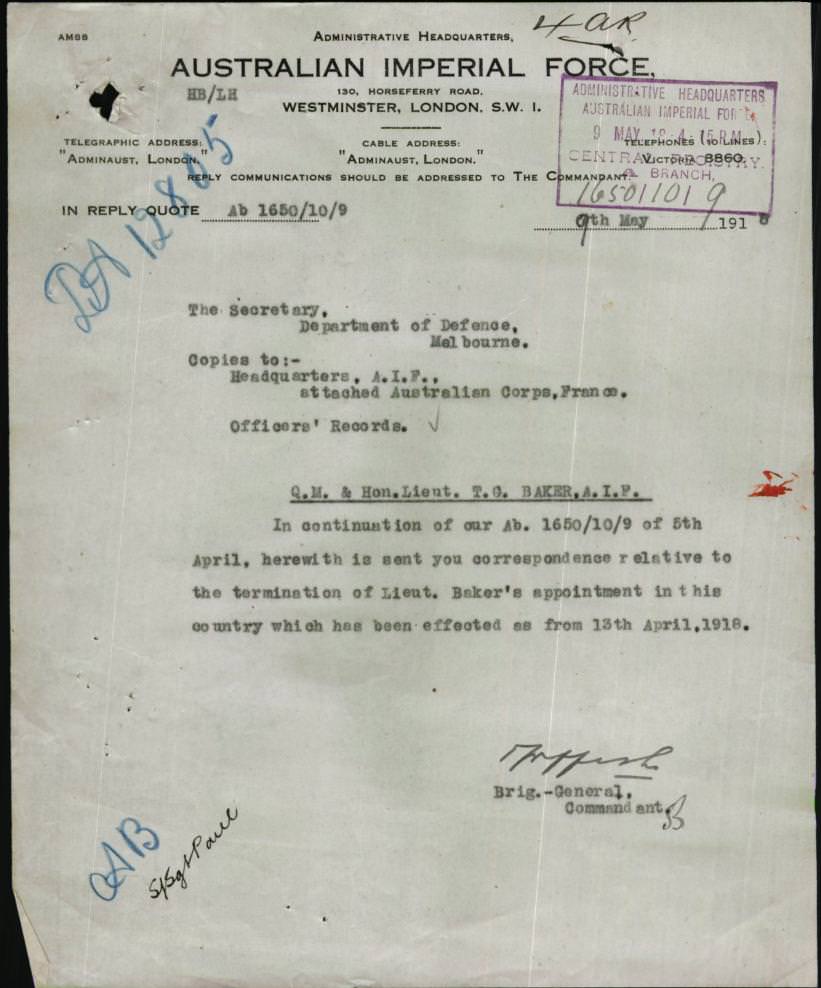


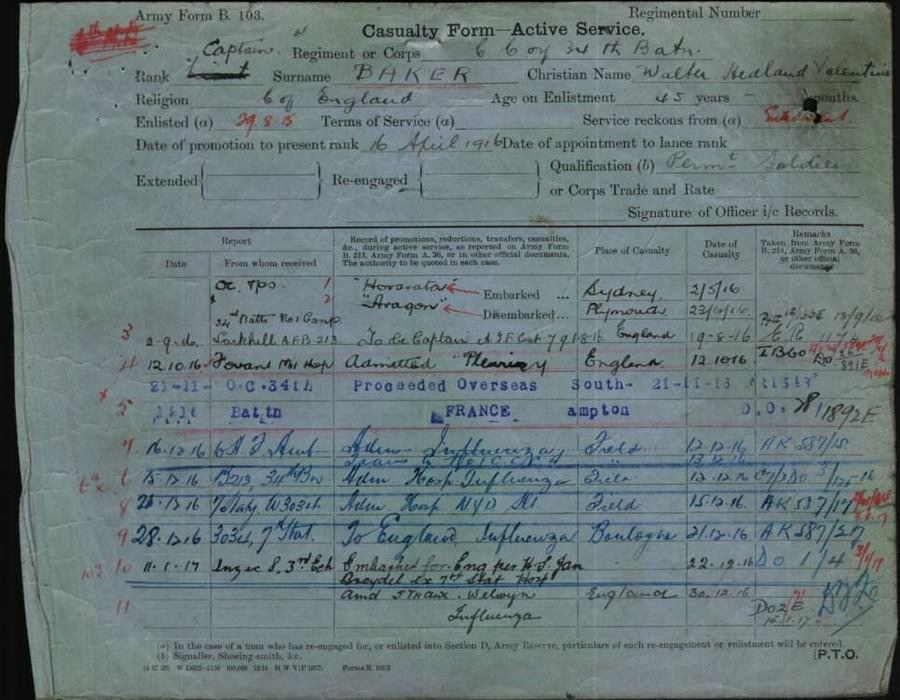
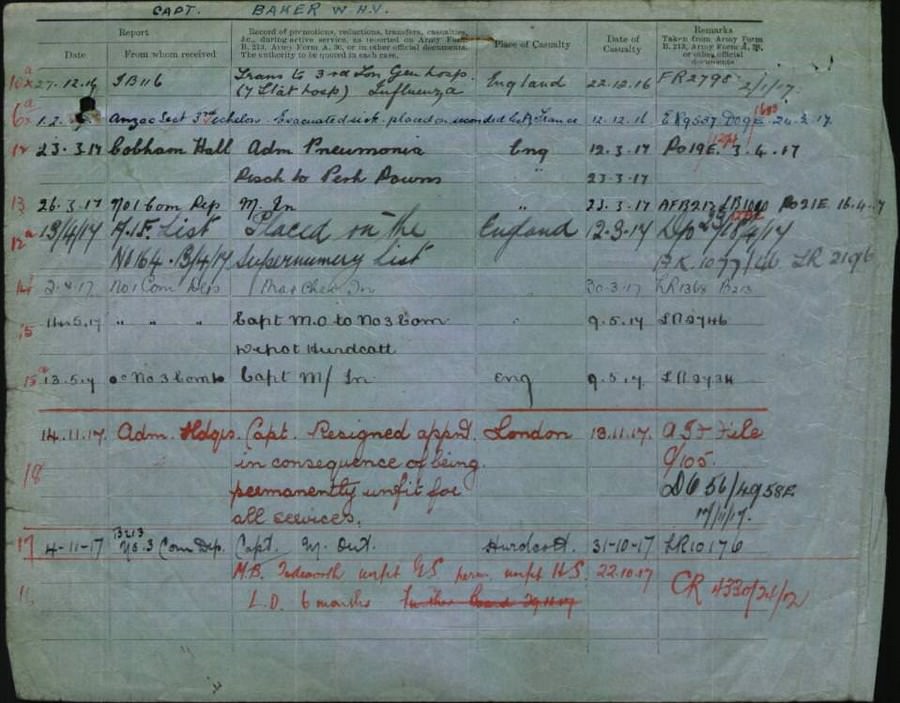

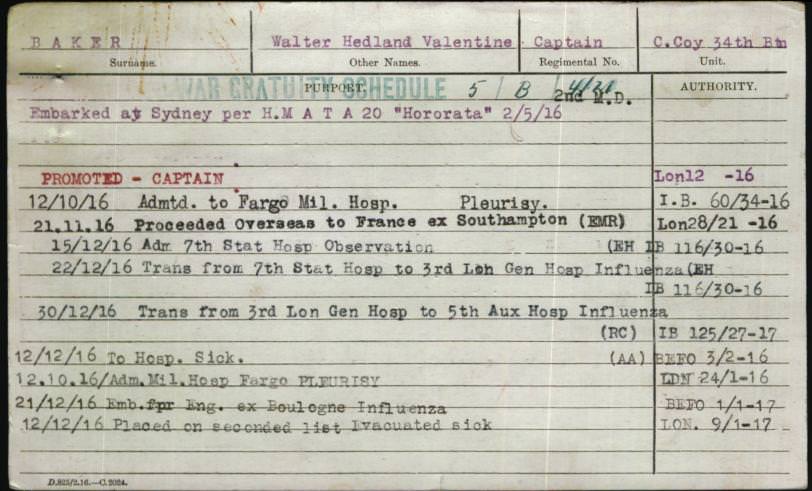
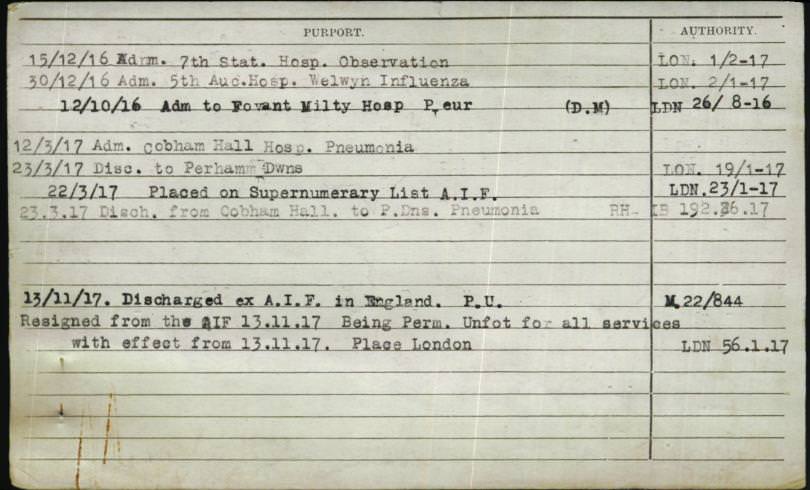
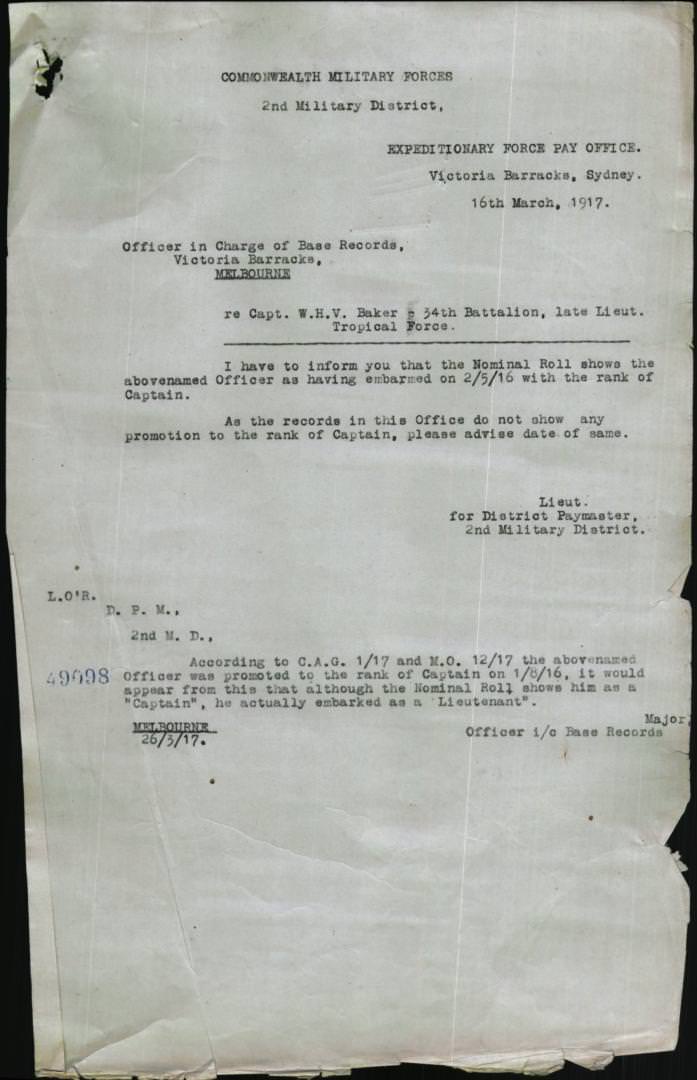
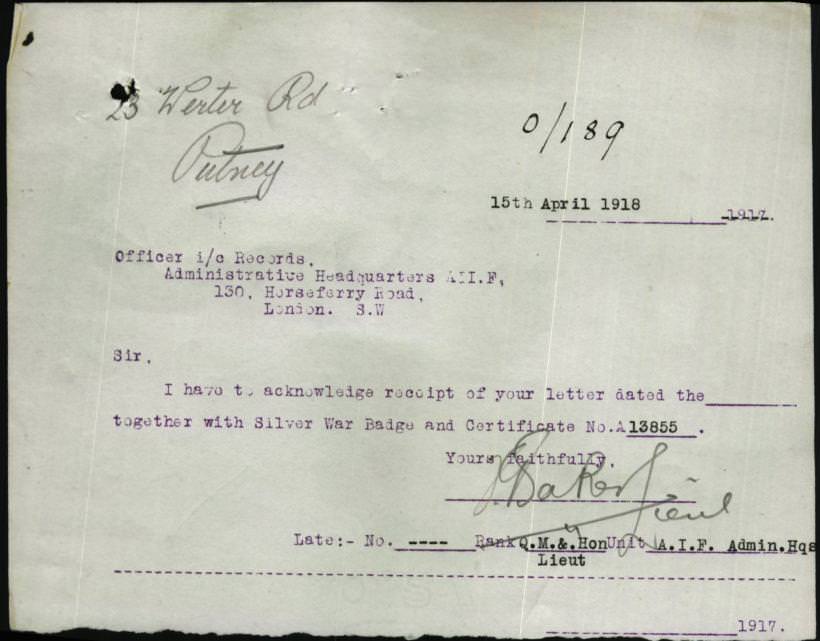

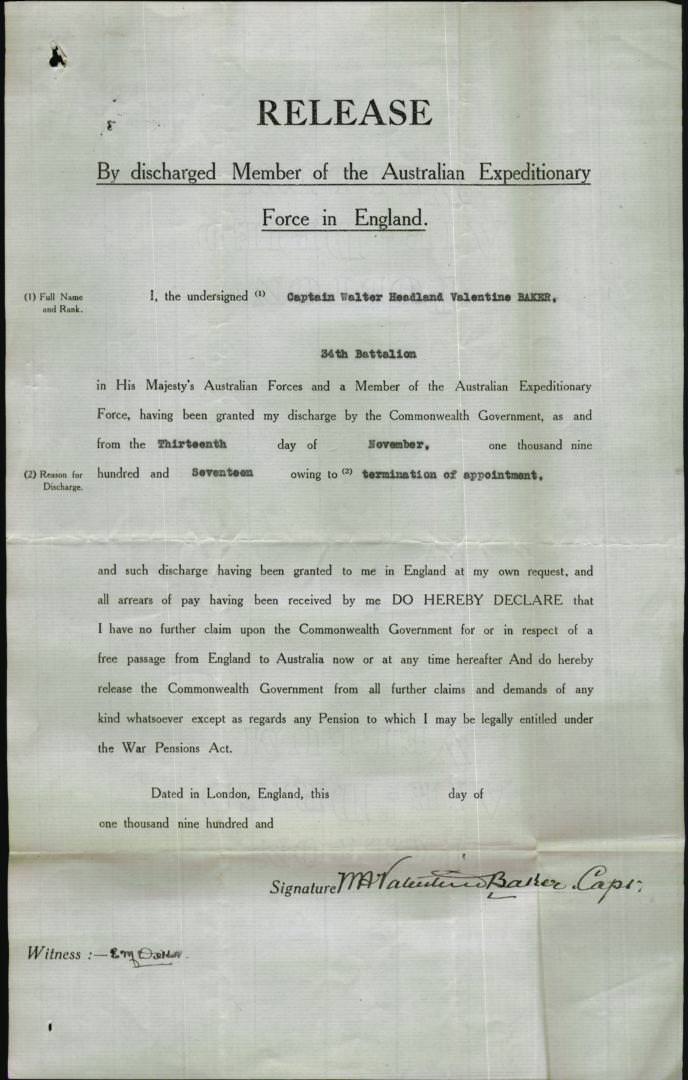
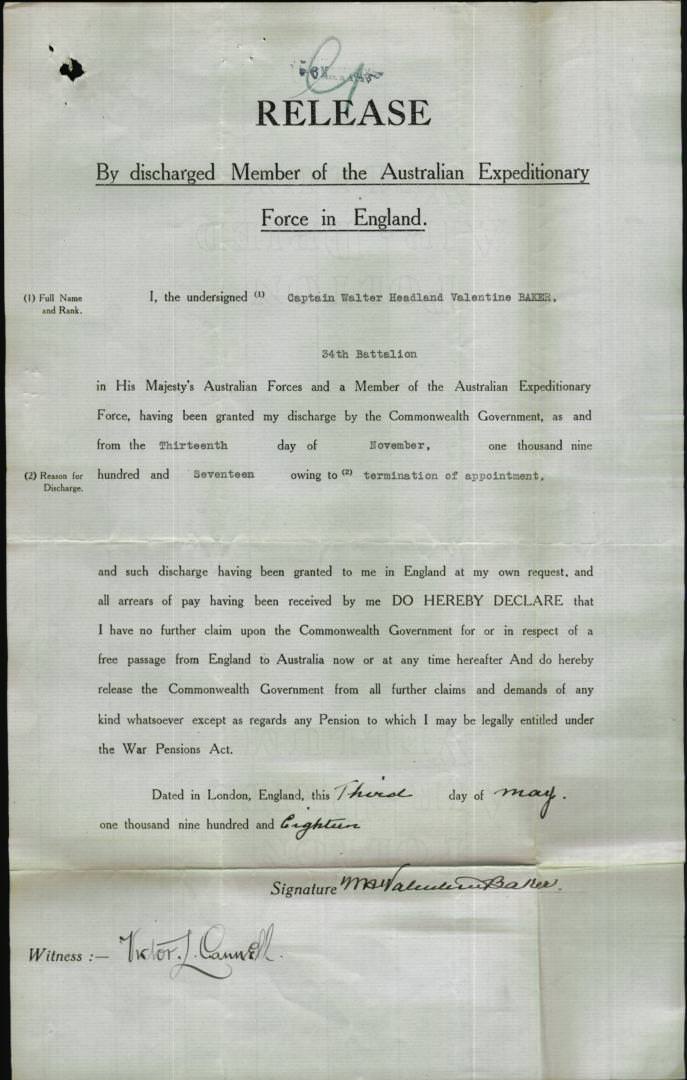
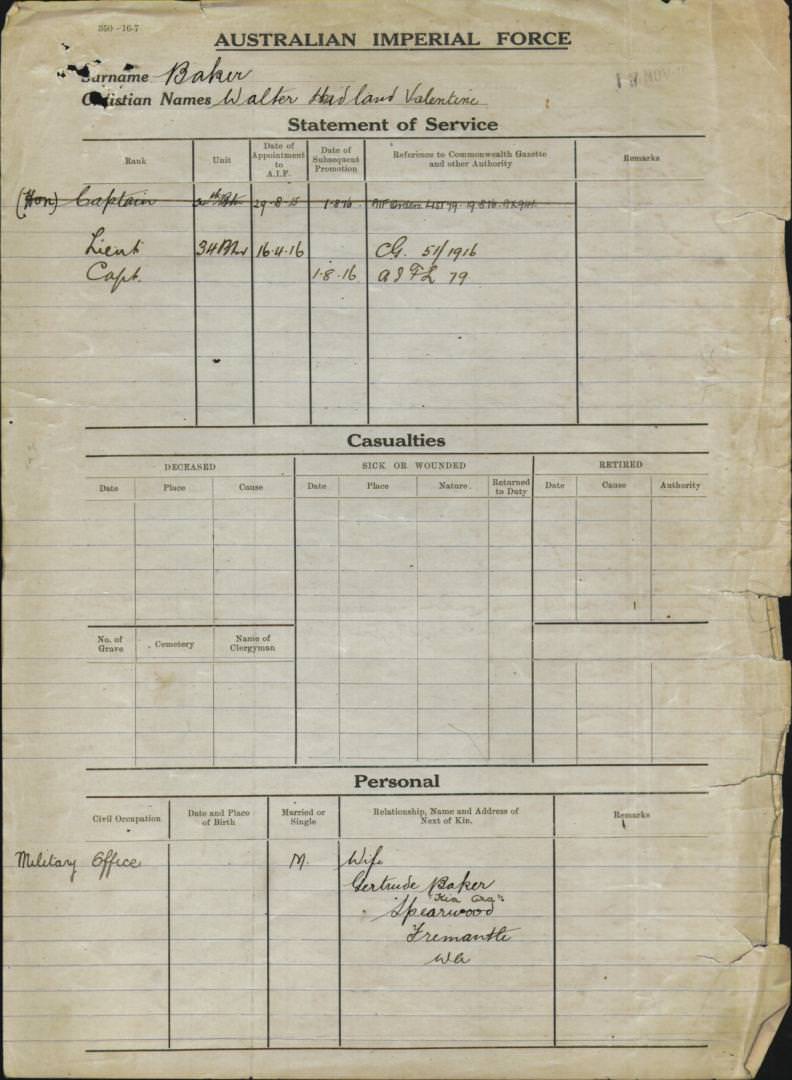
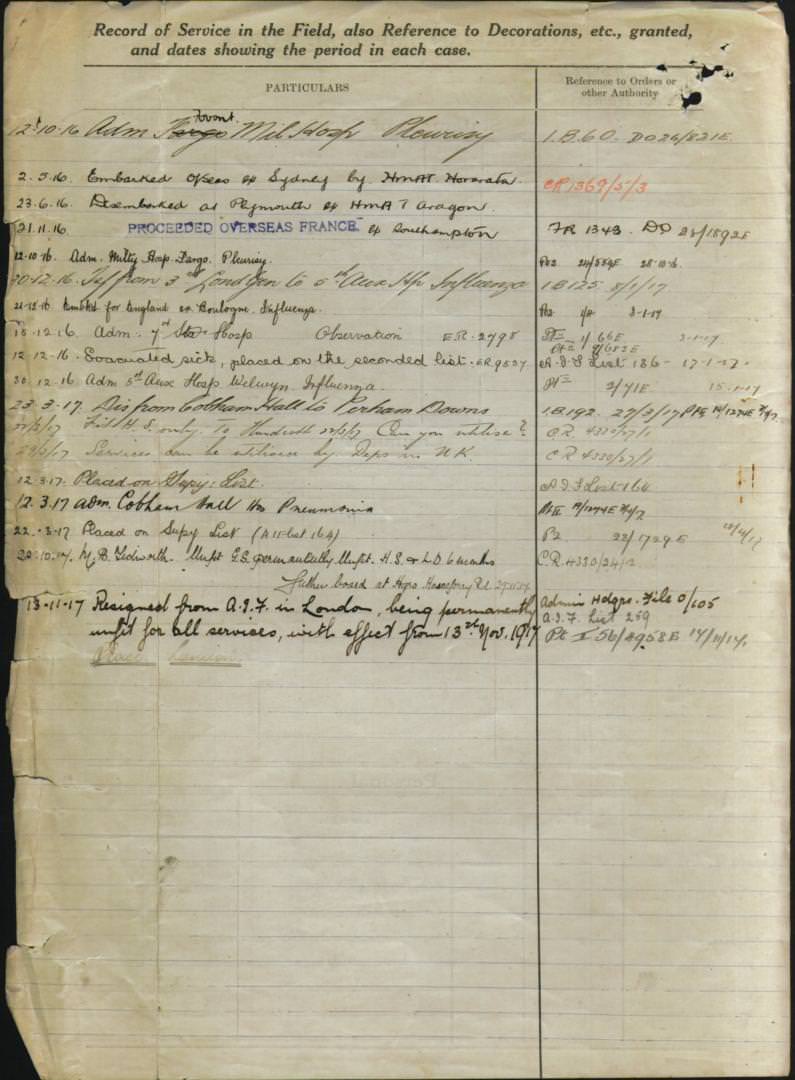
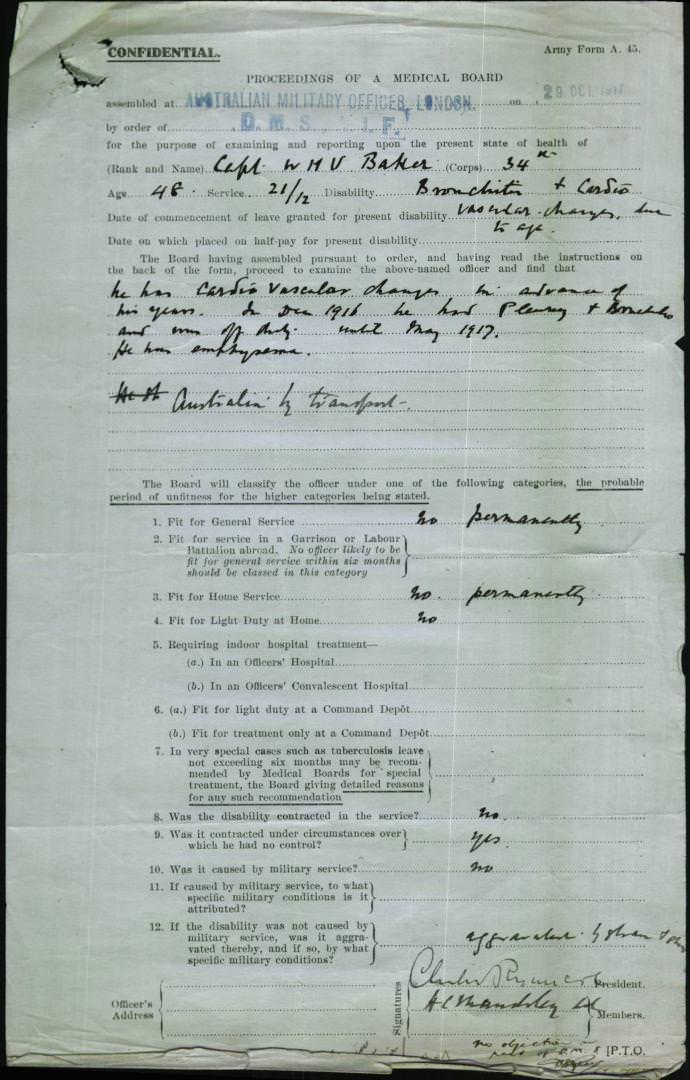
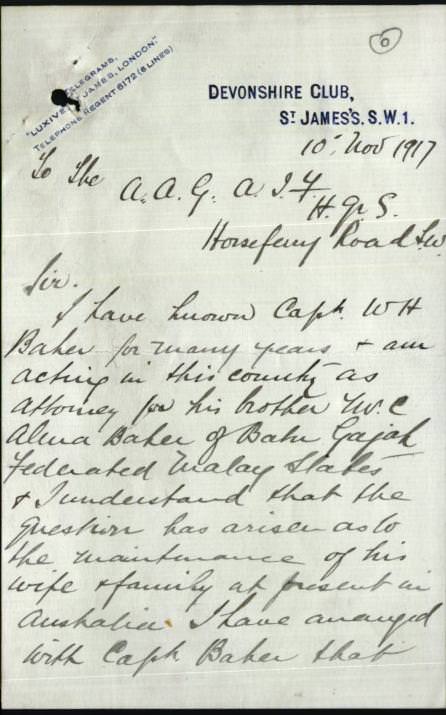
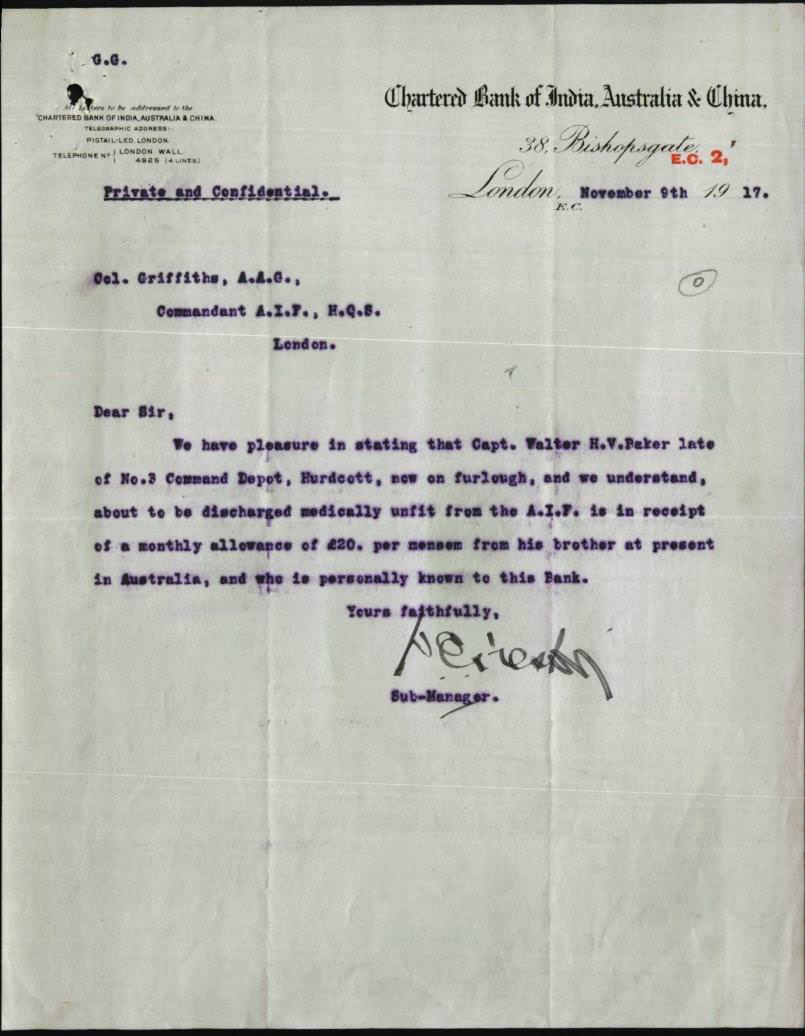
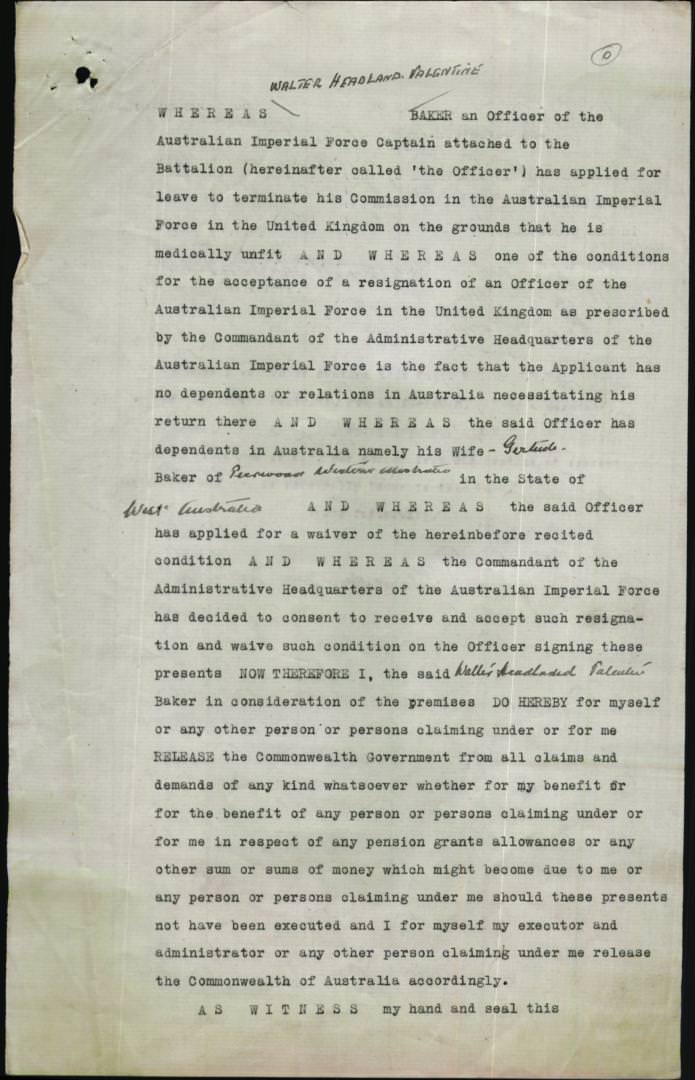
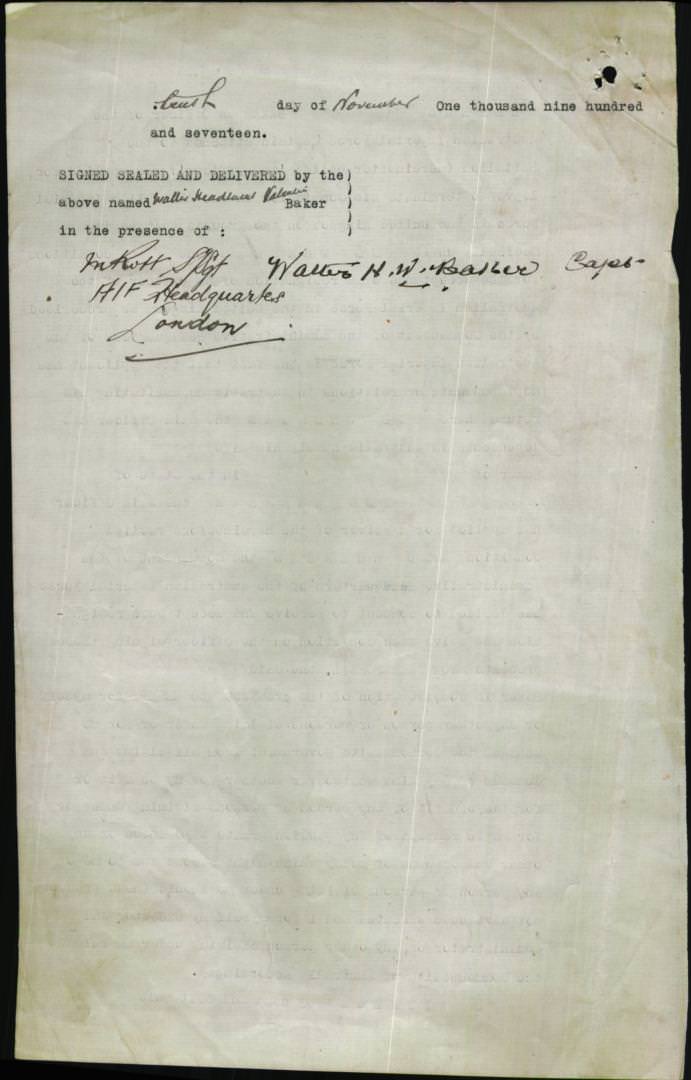

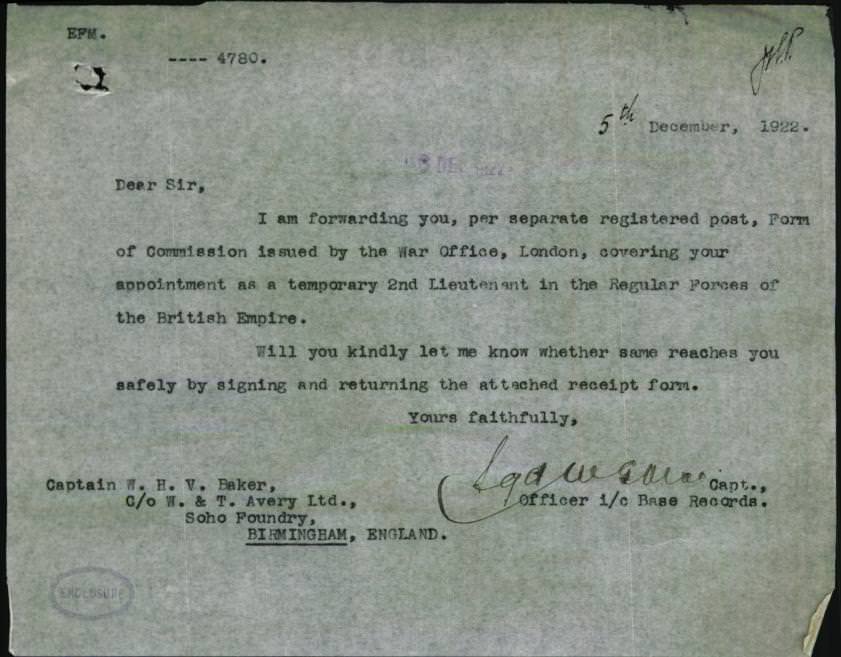
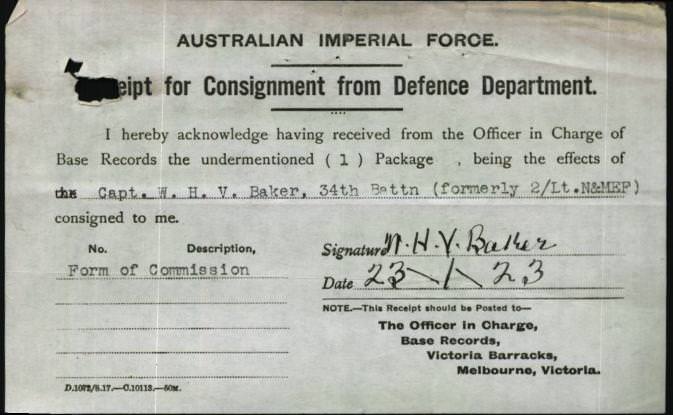
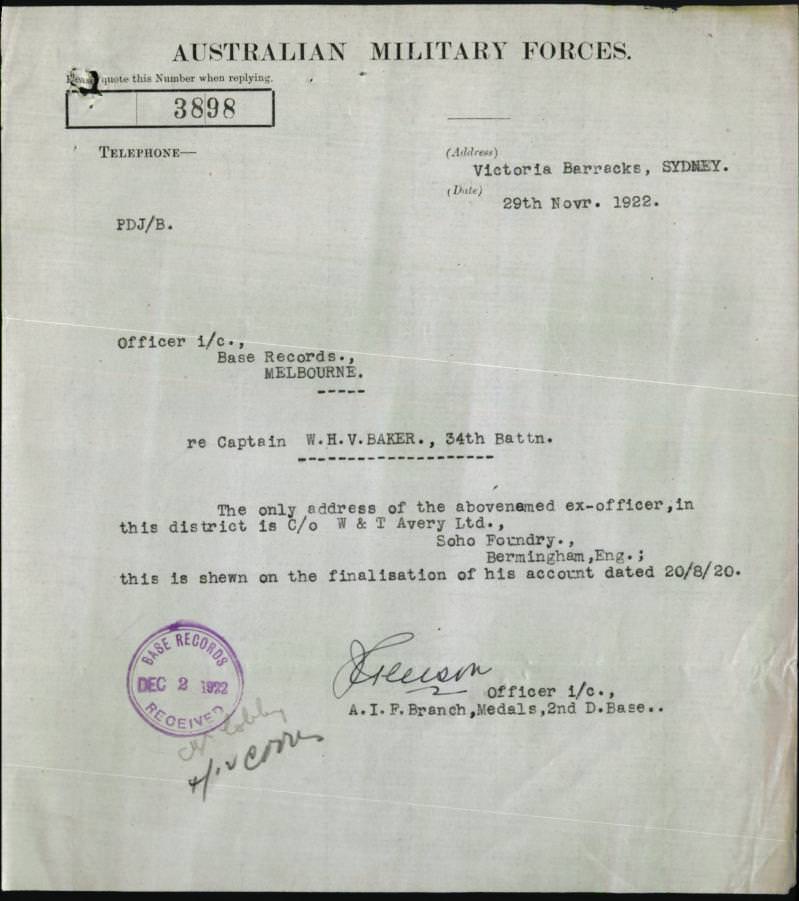
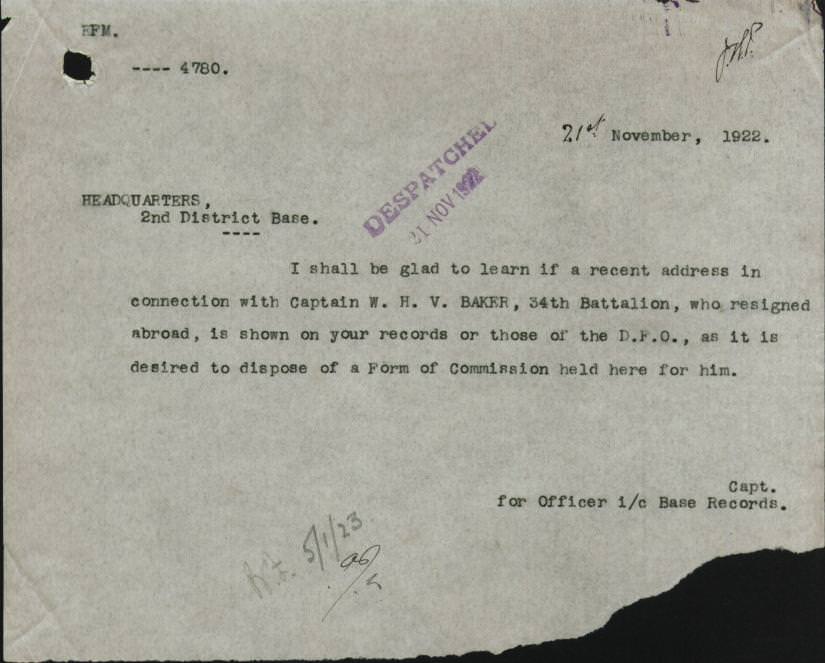
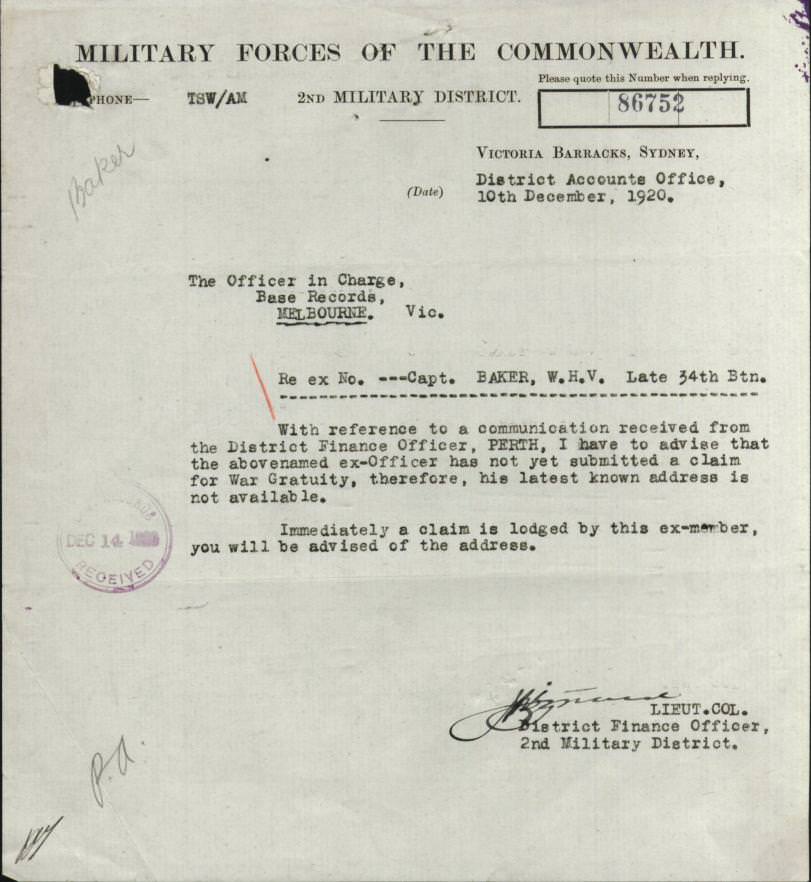
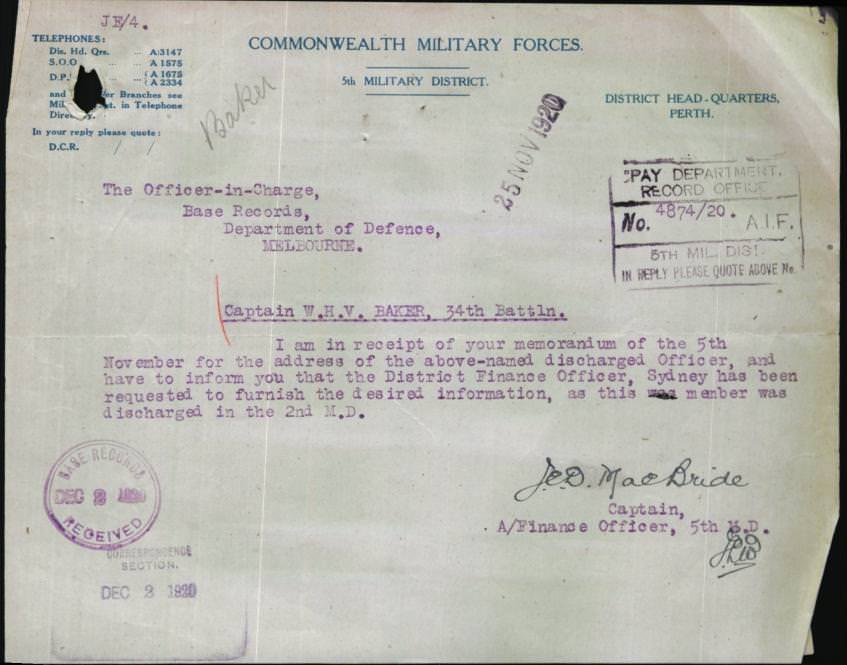

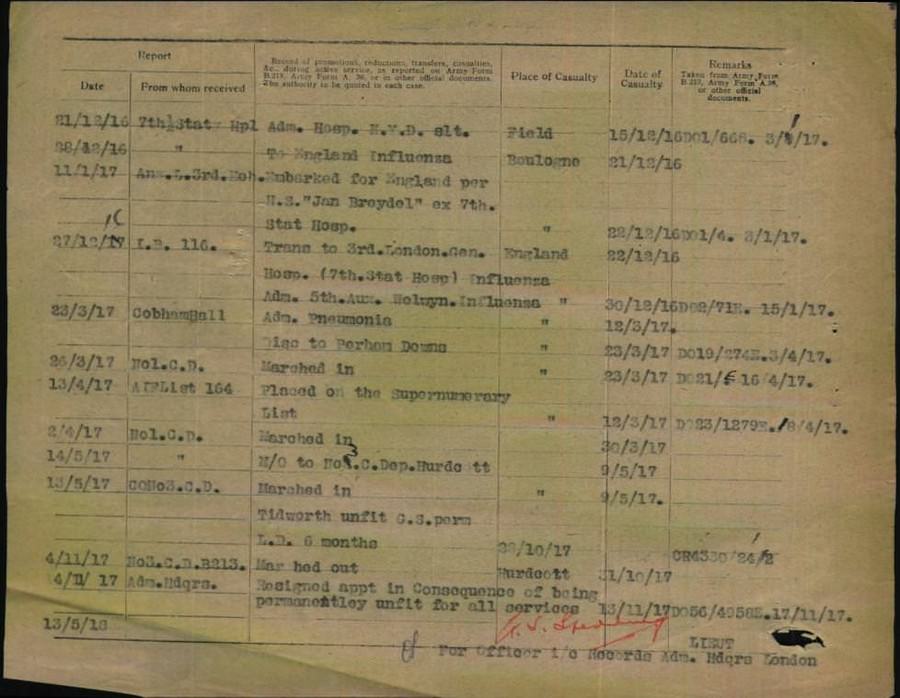
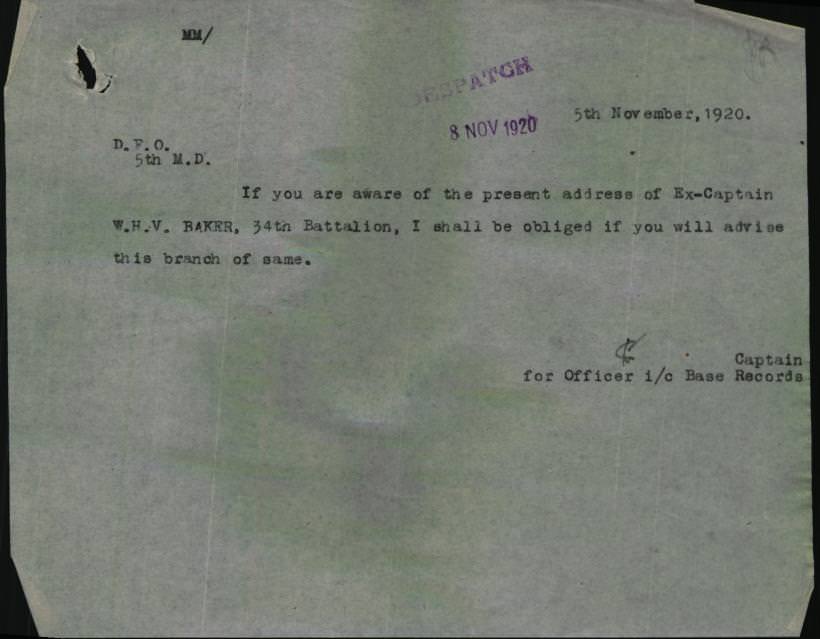
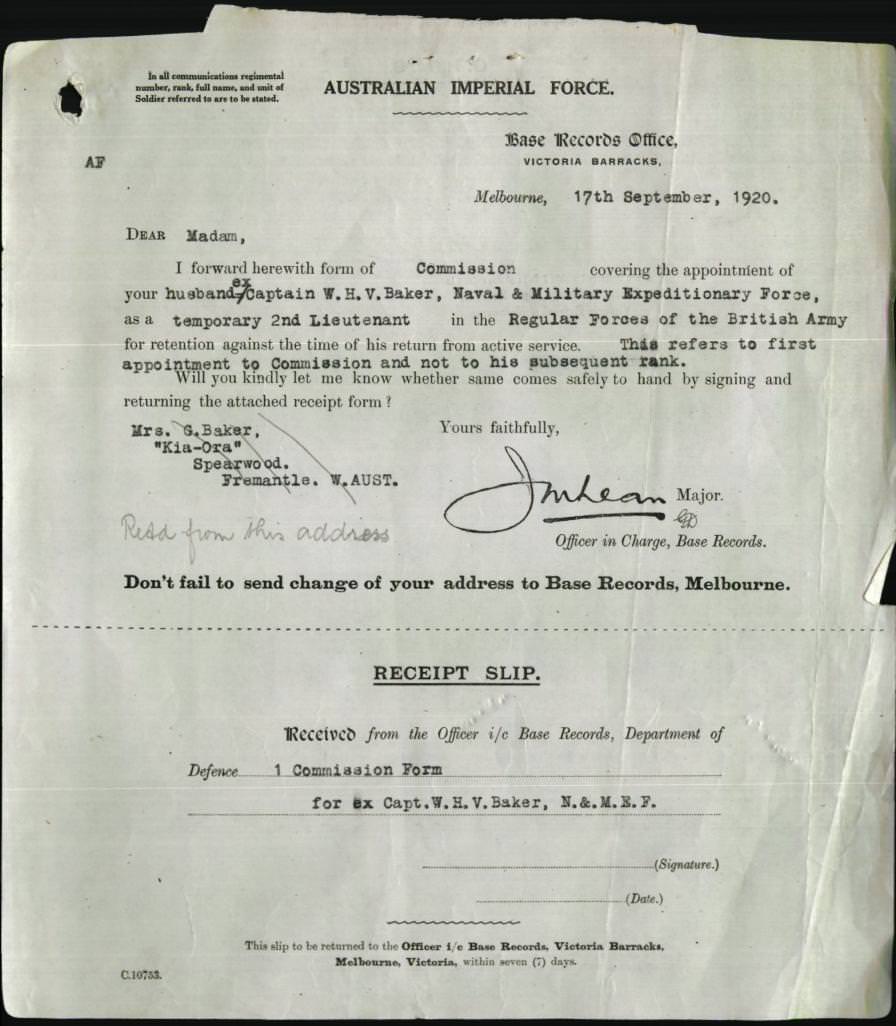
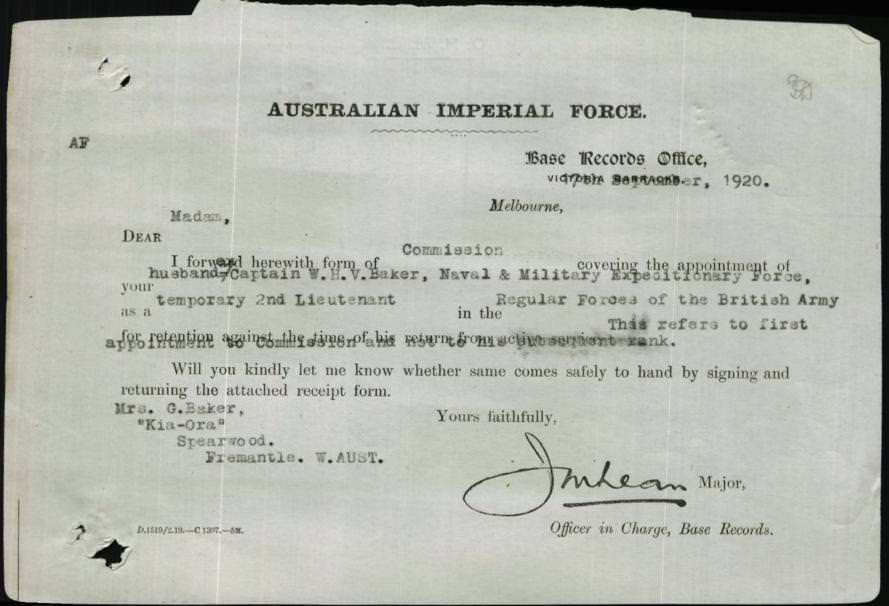
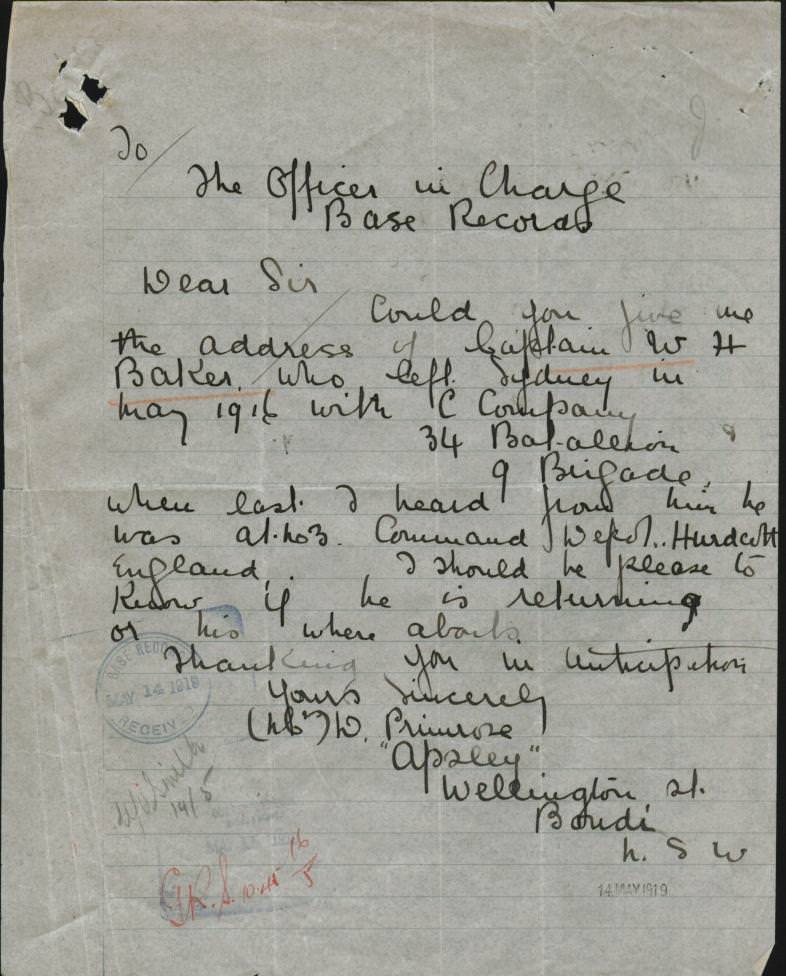

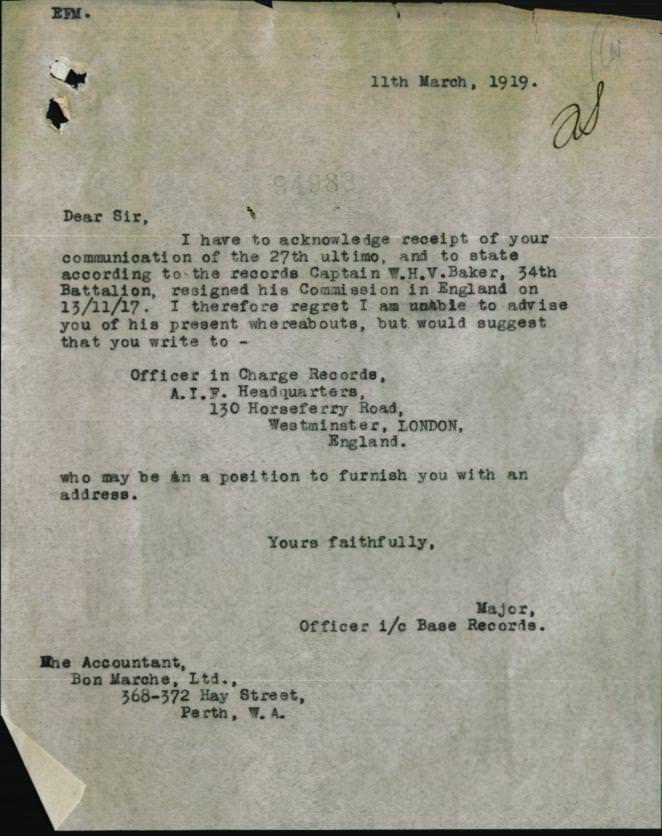
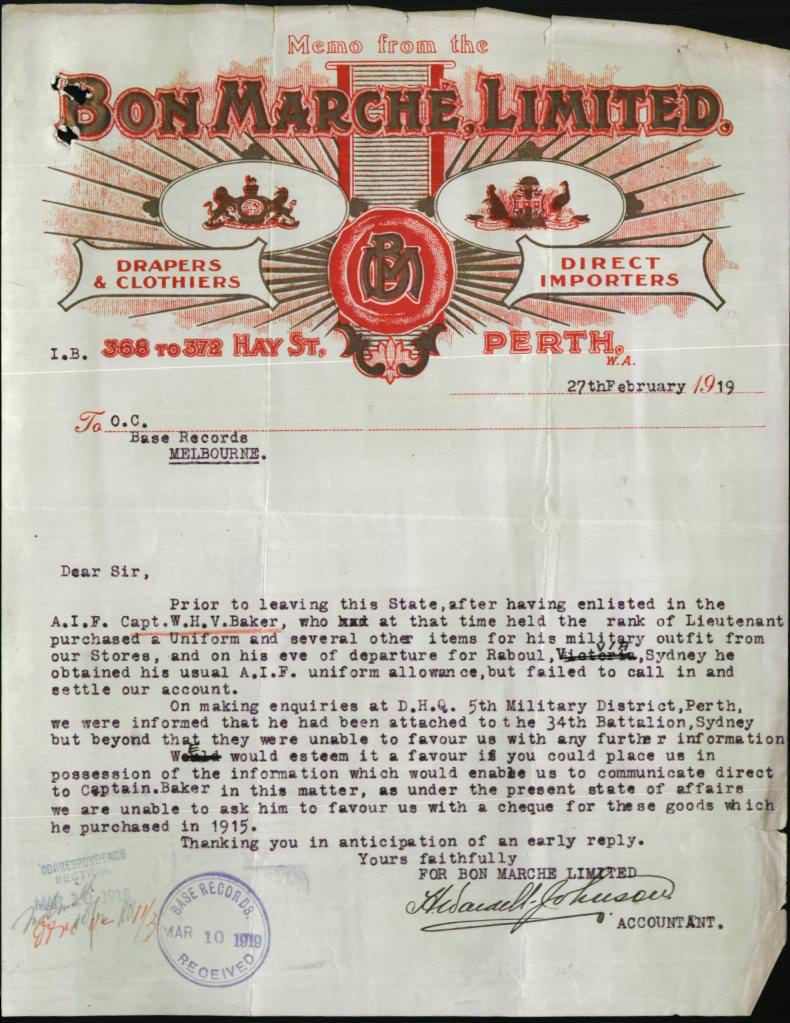
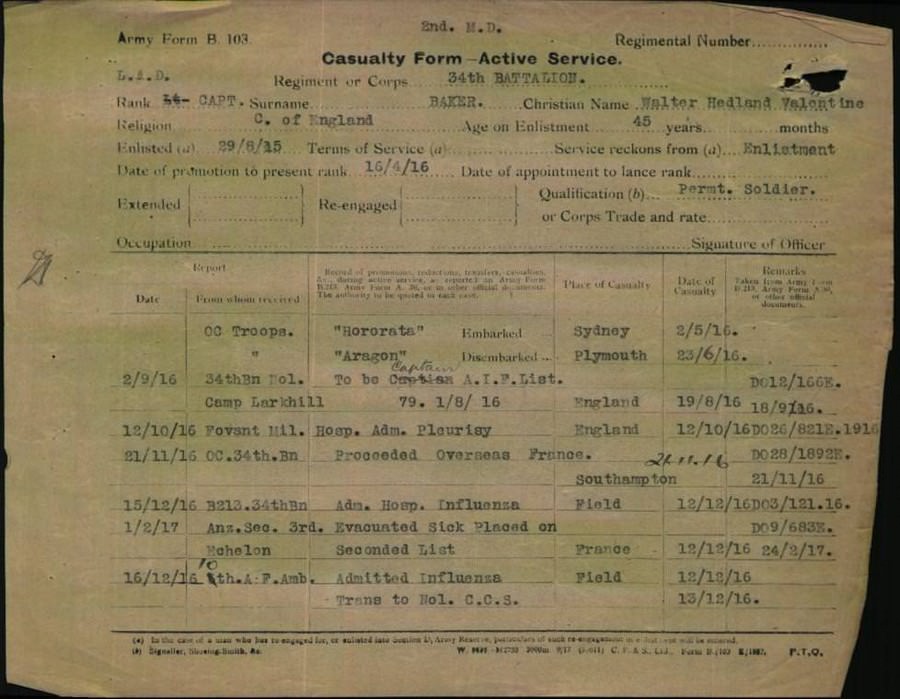
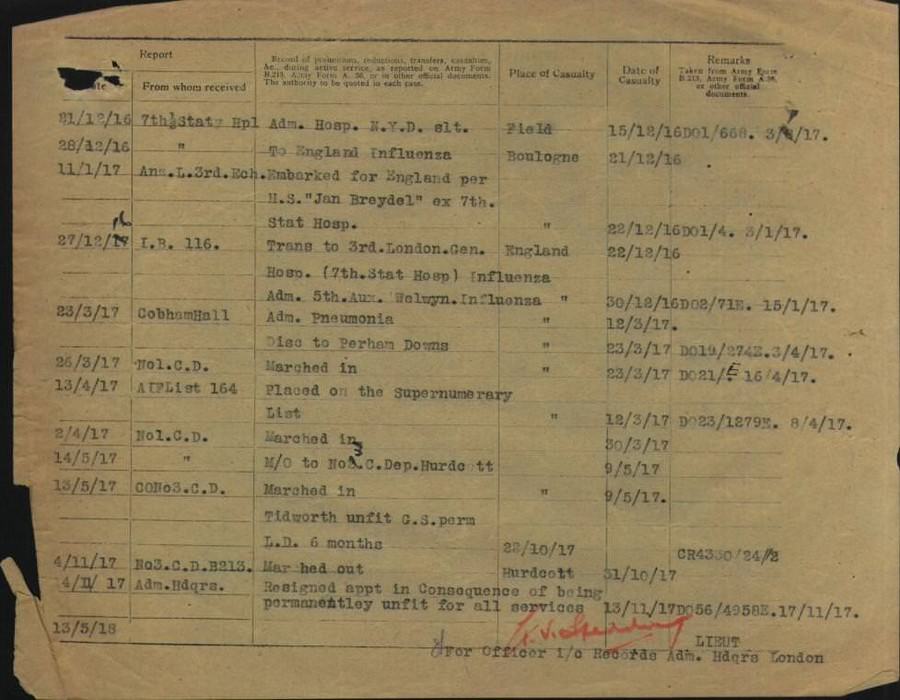
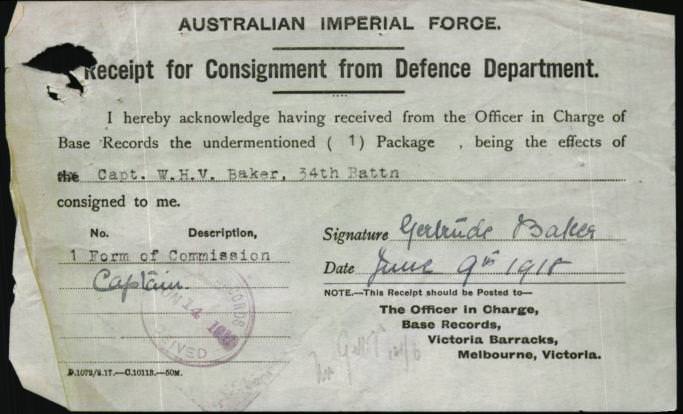
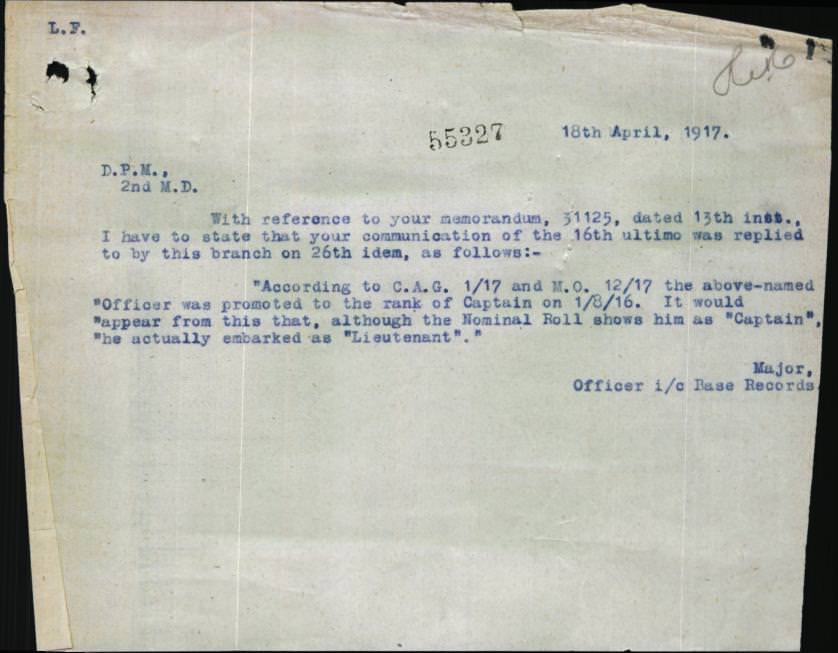
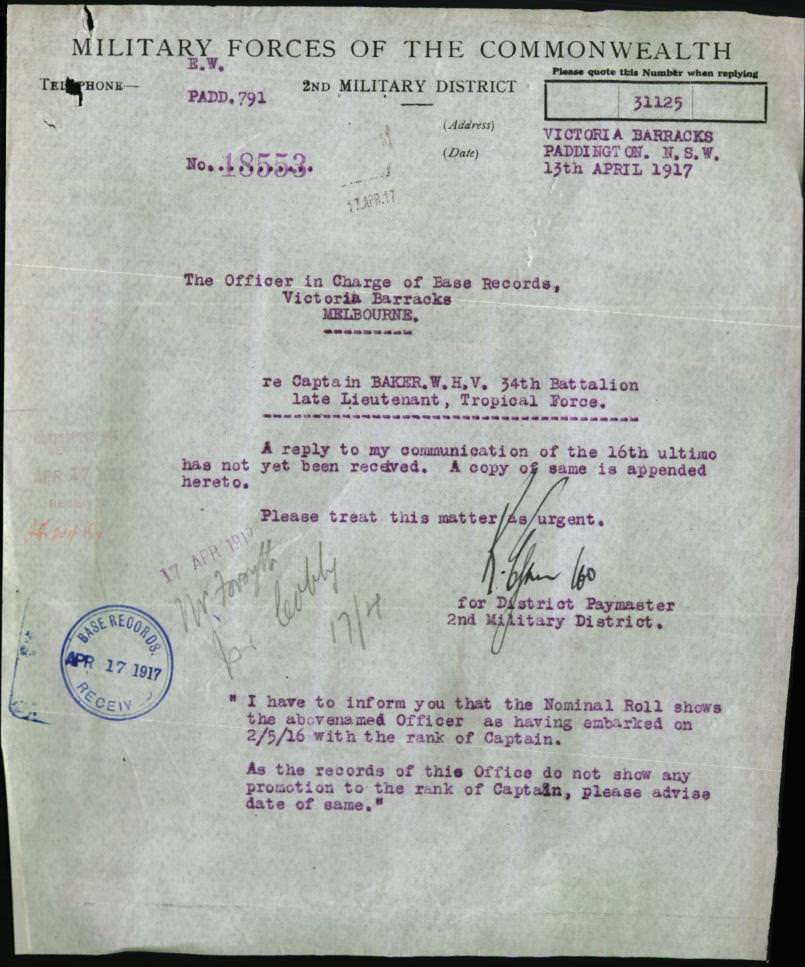

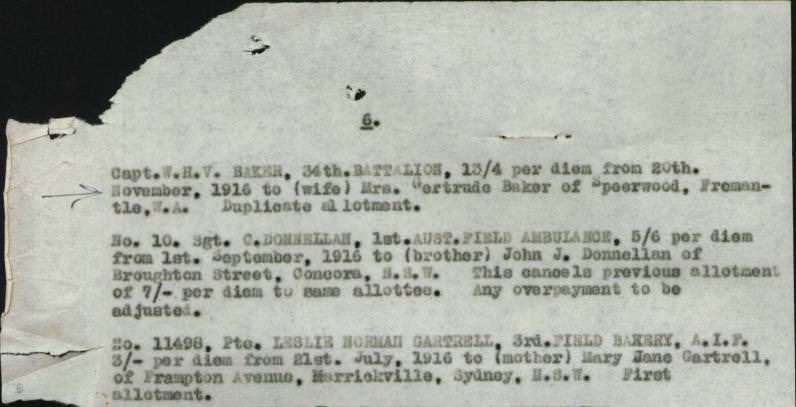
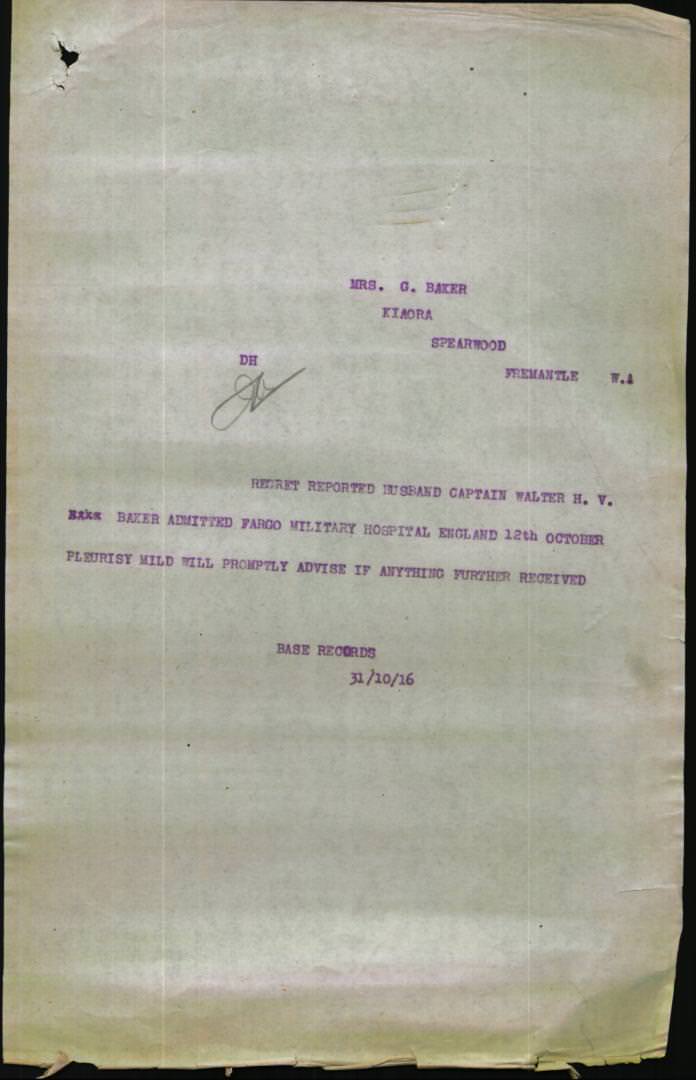
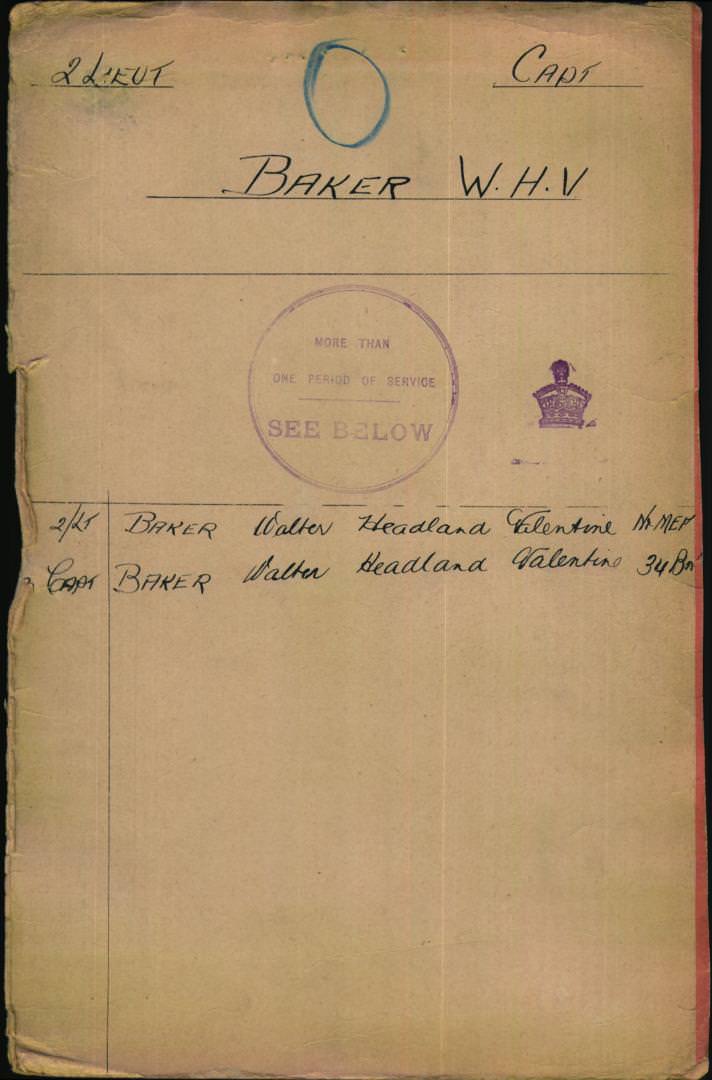
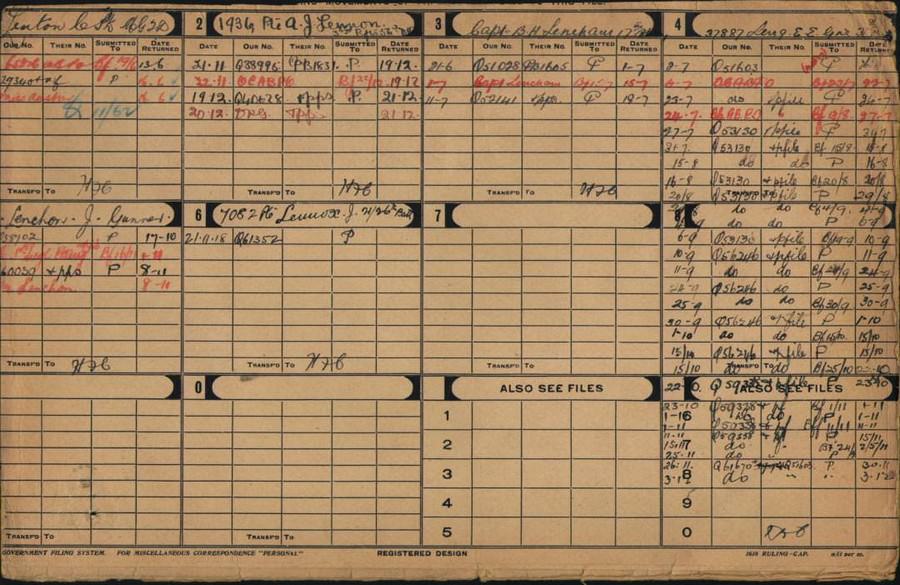
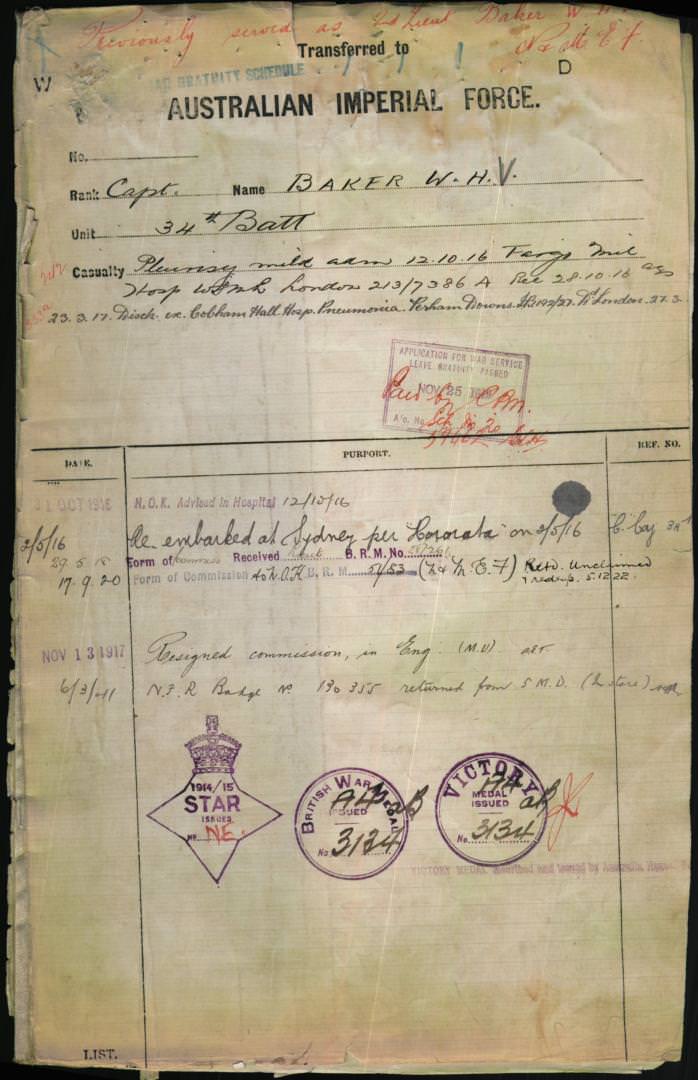 ©
©